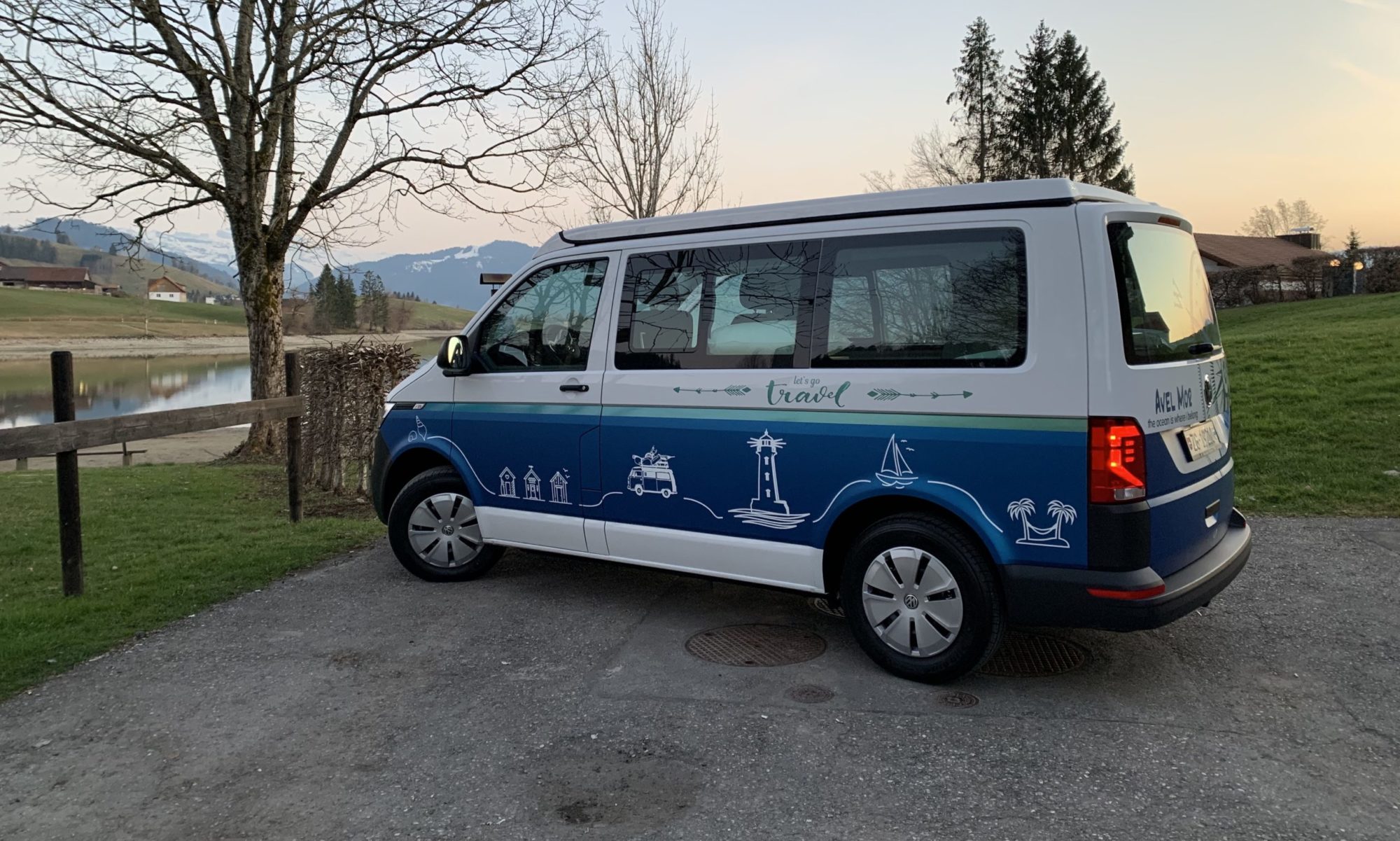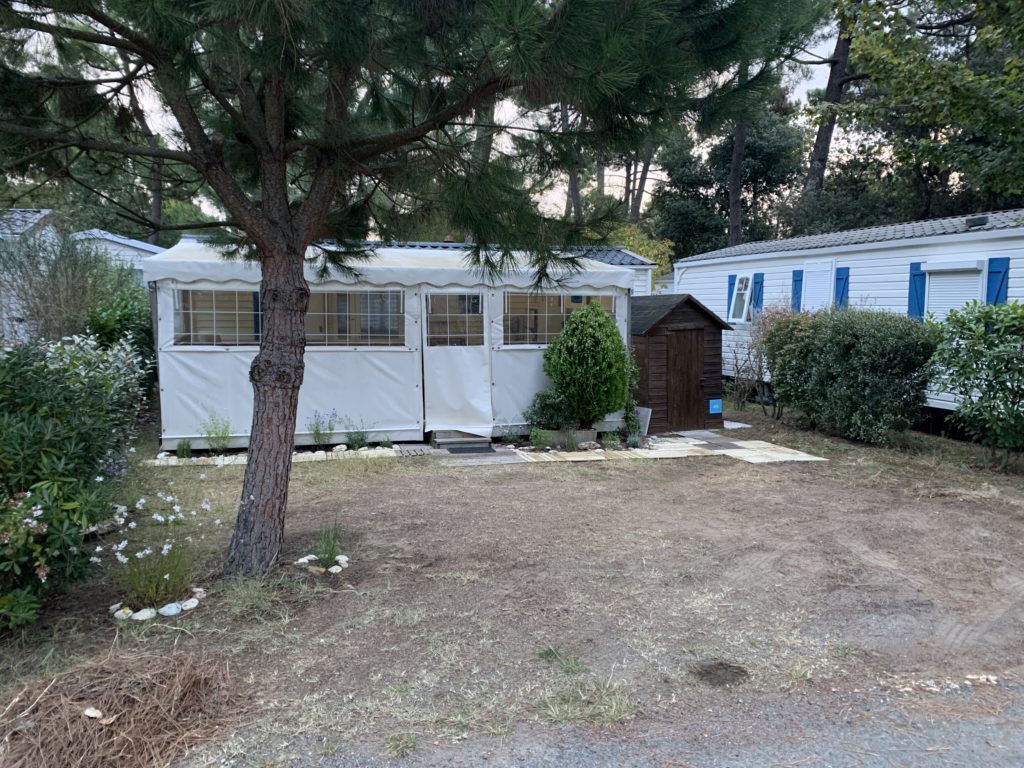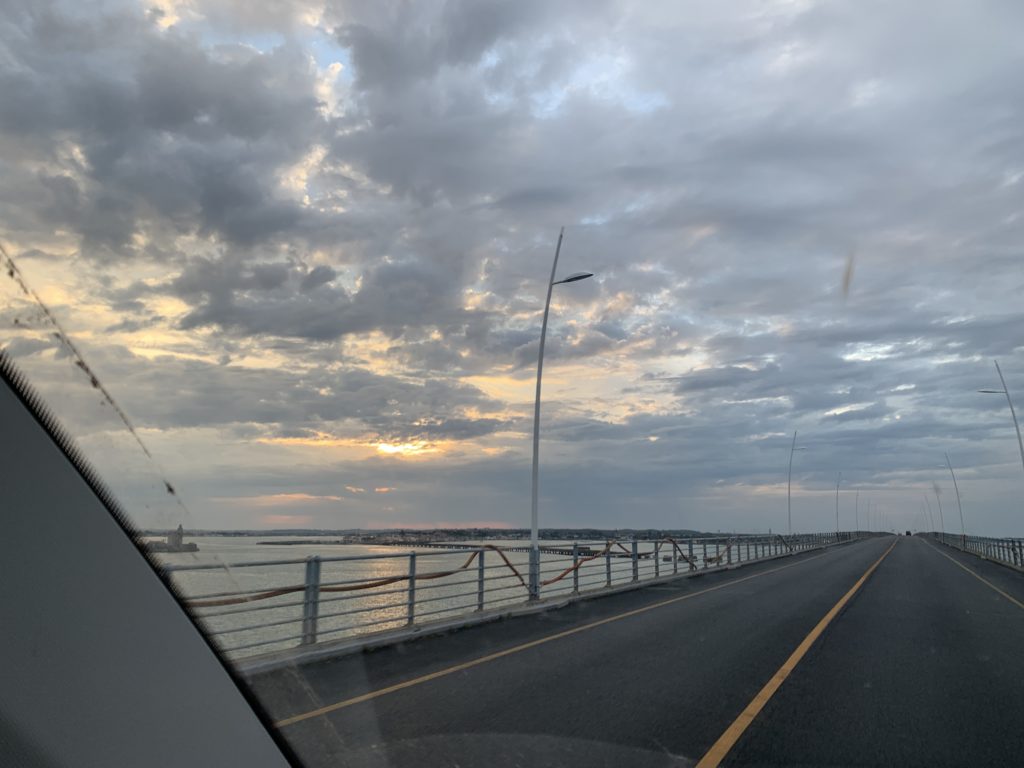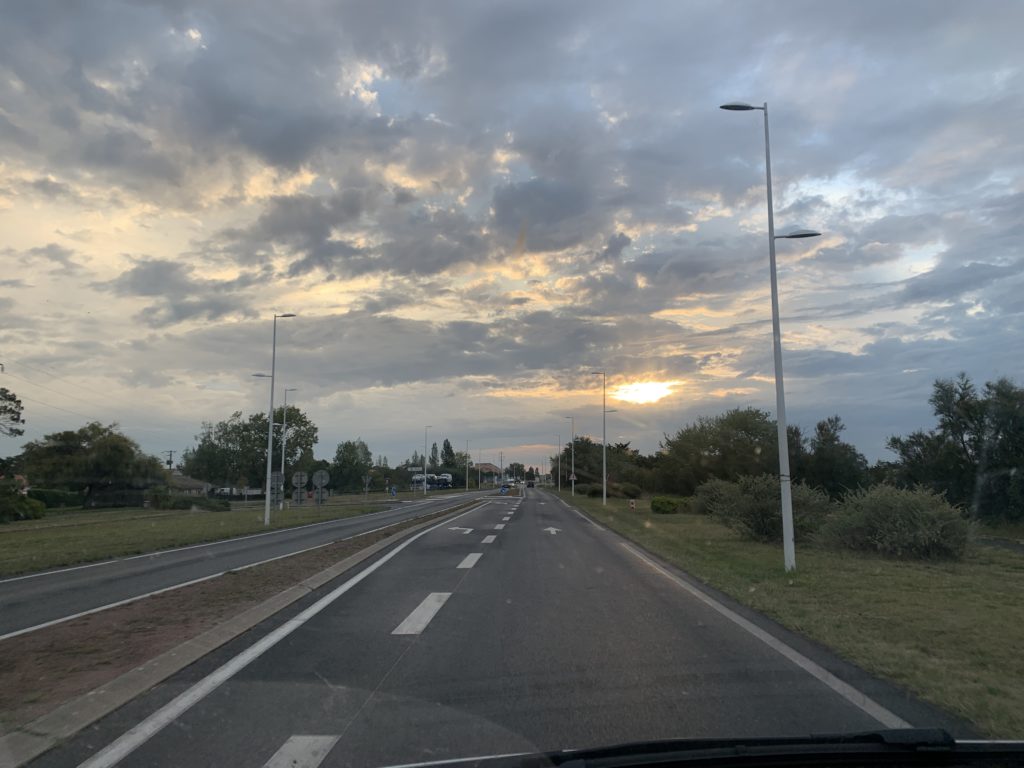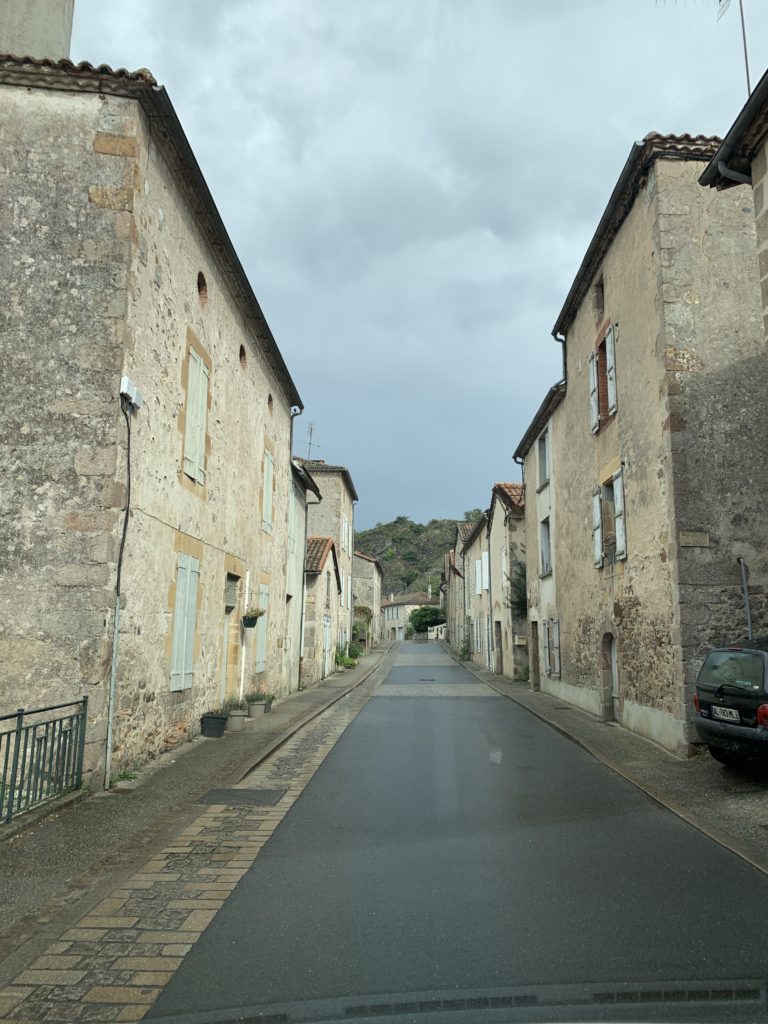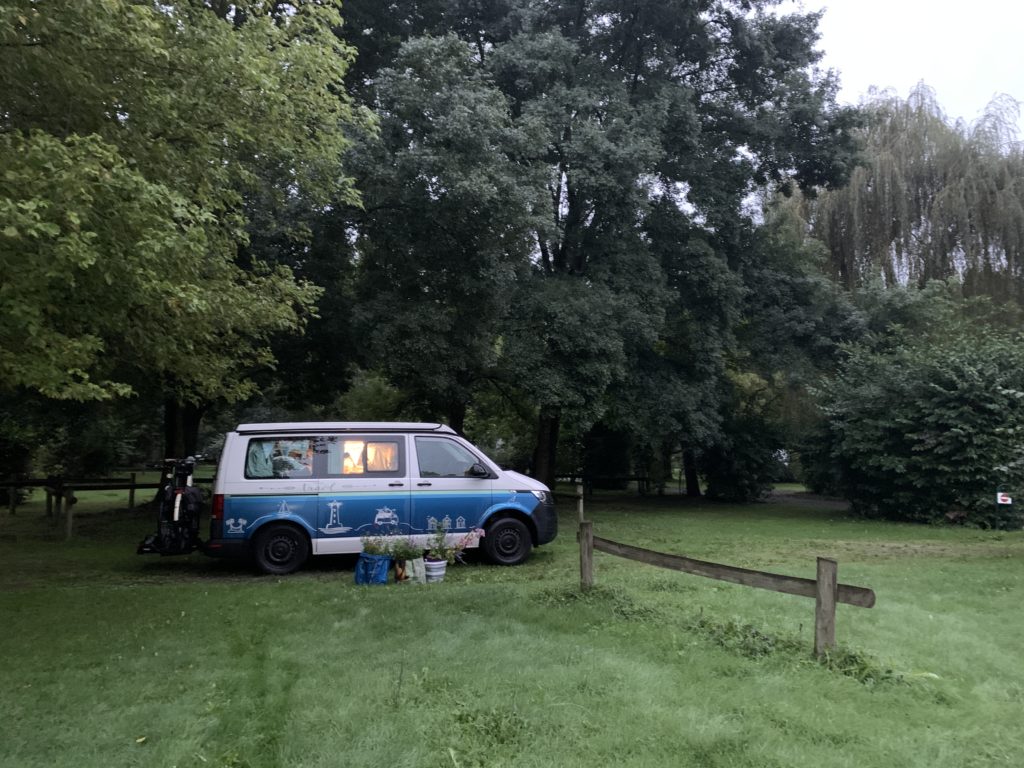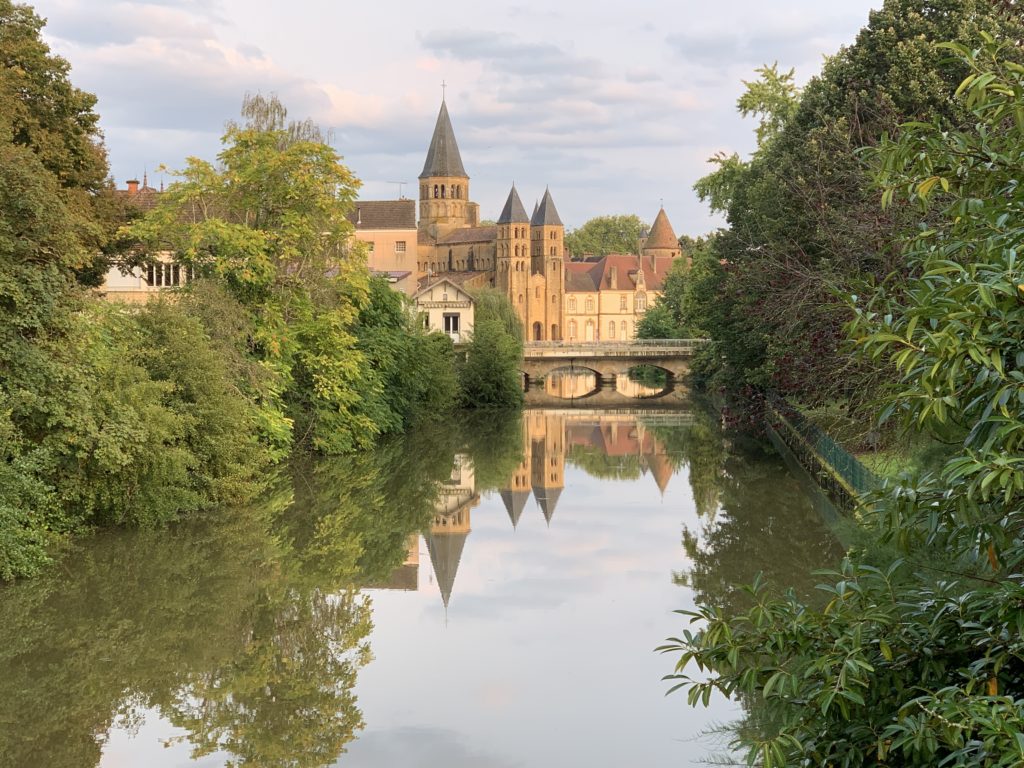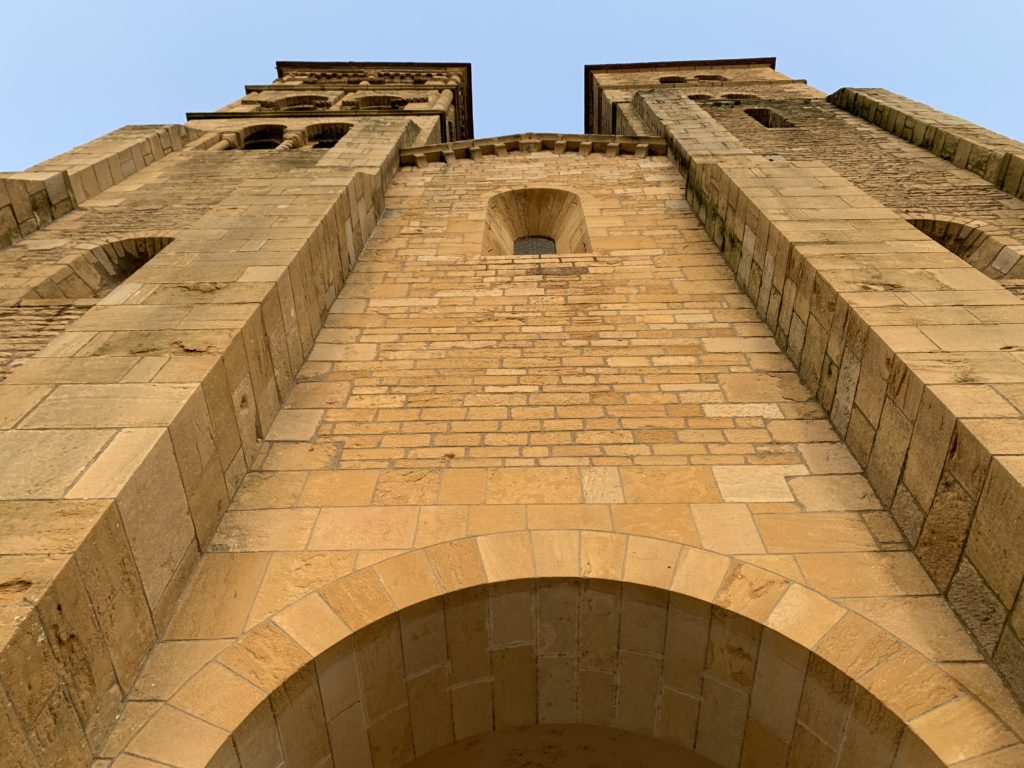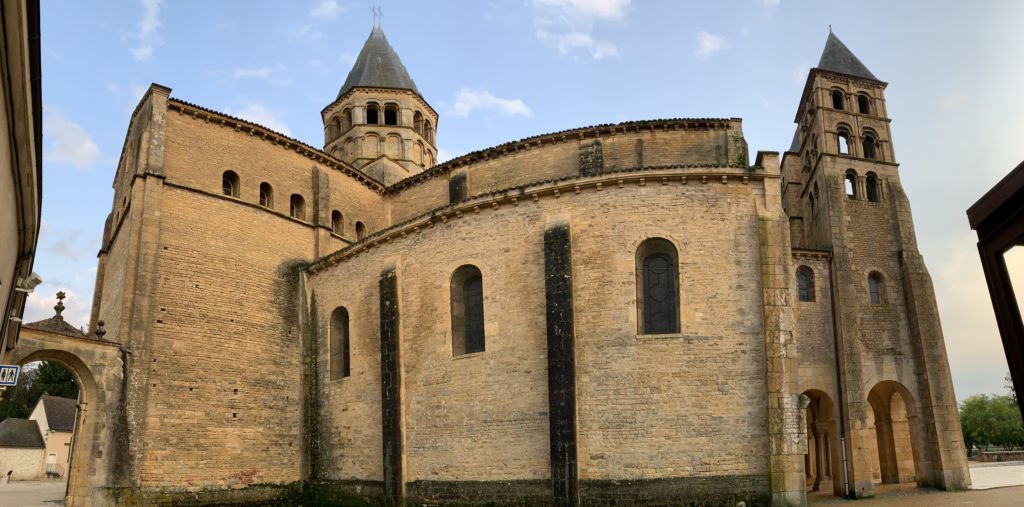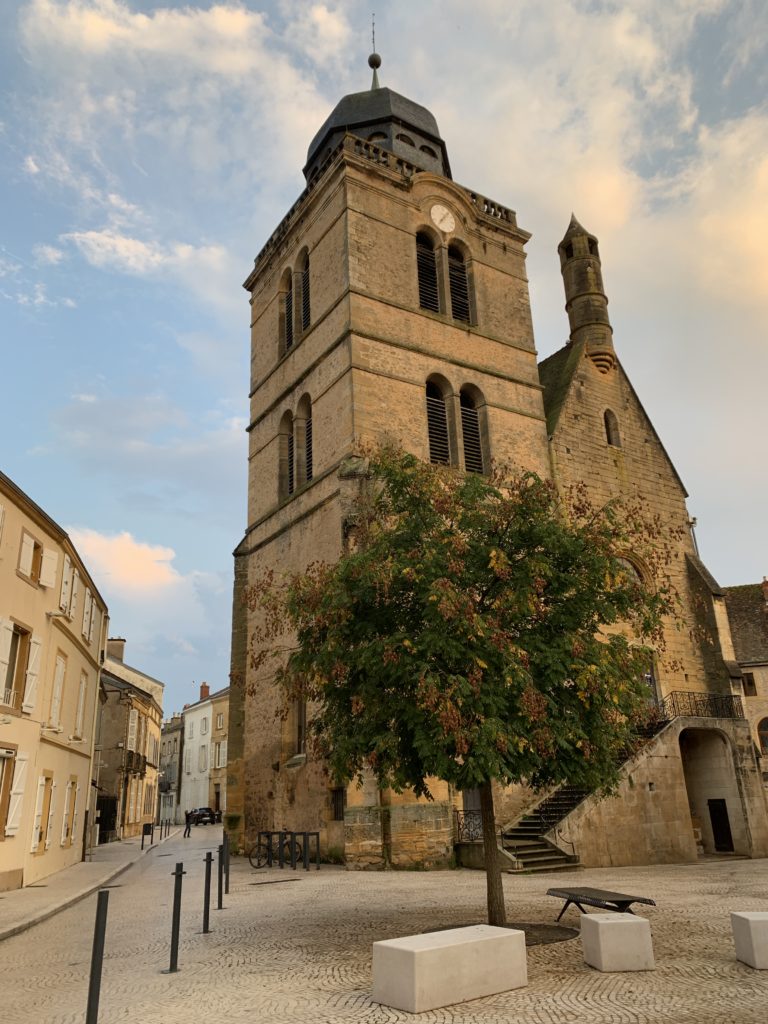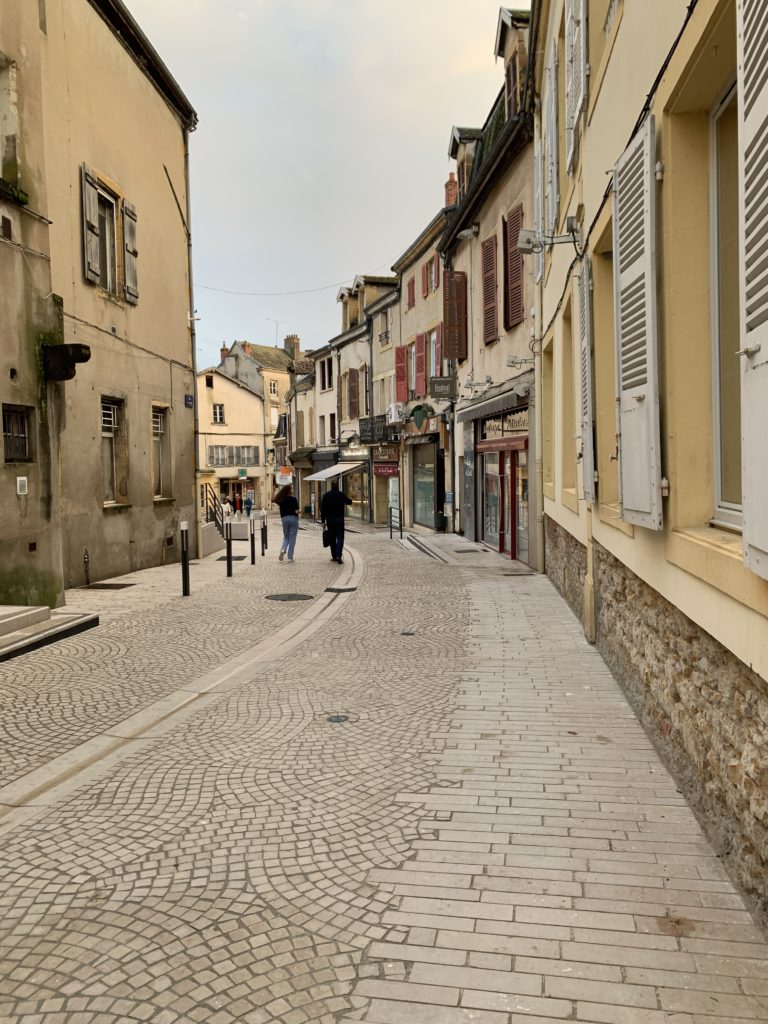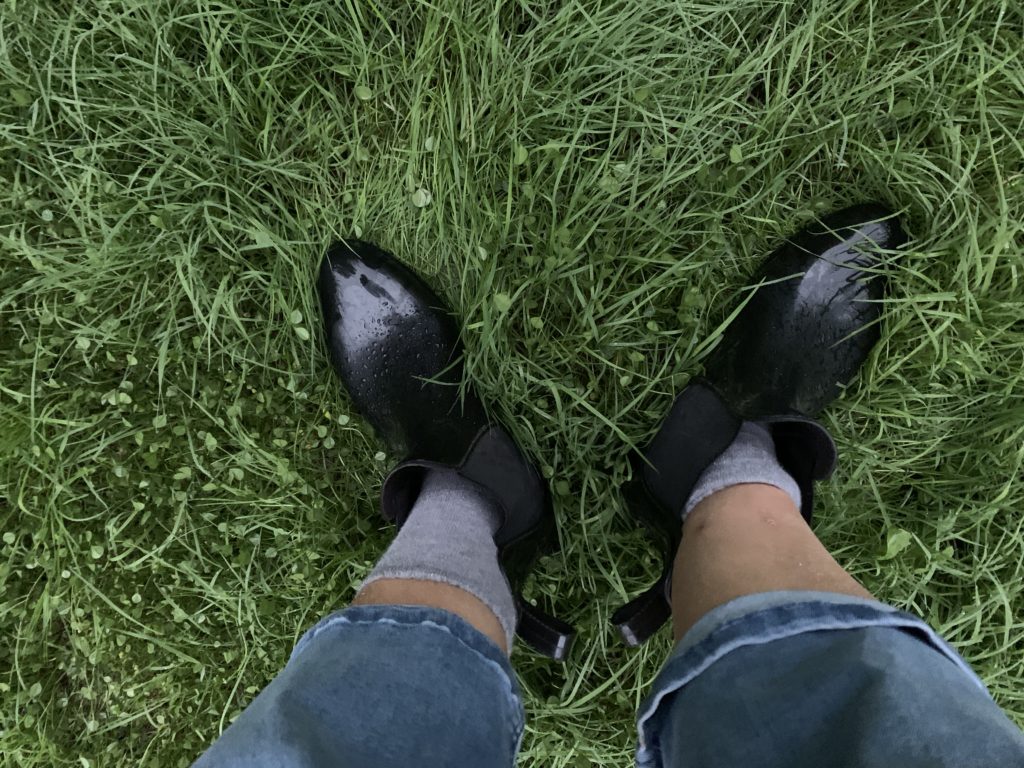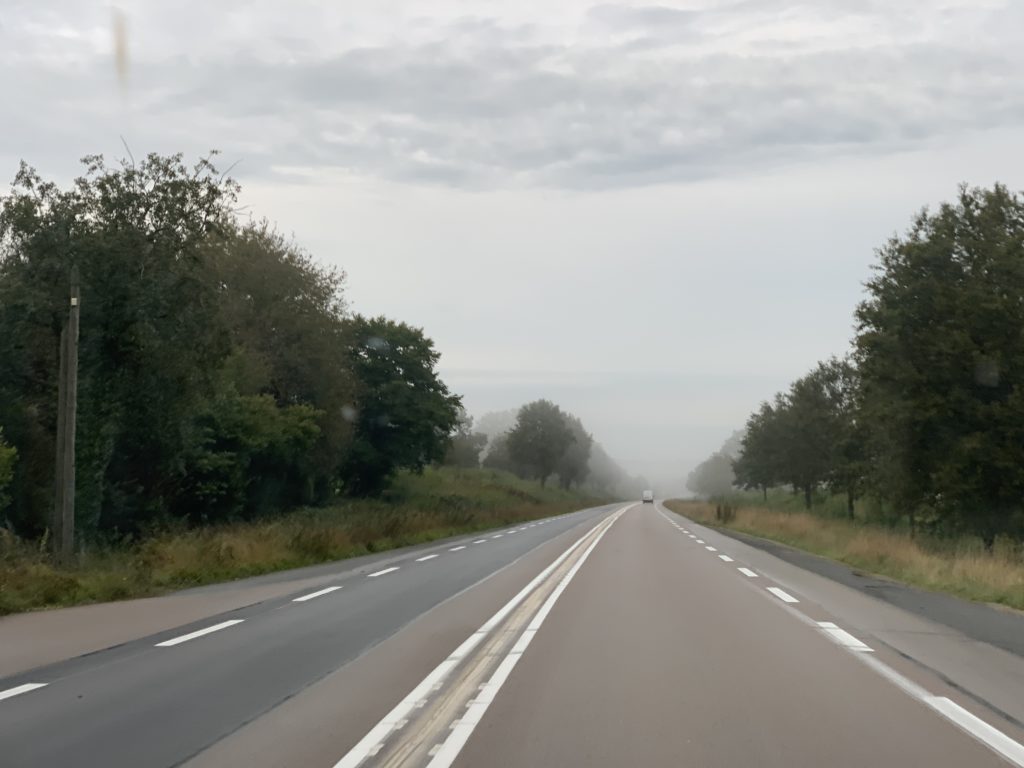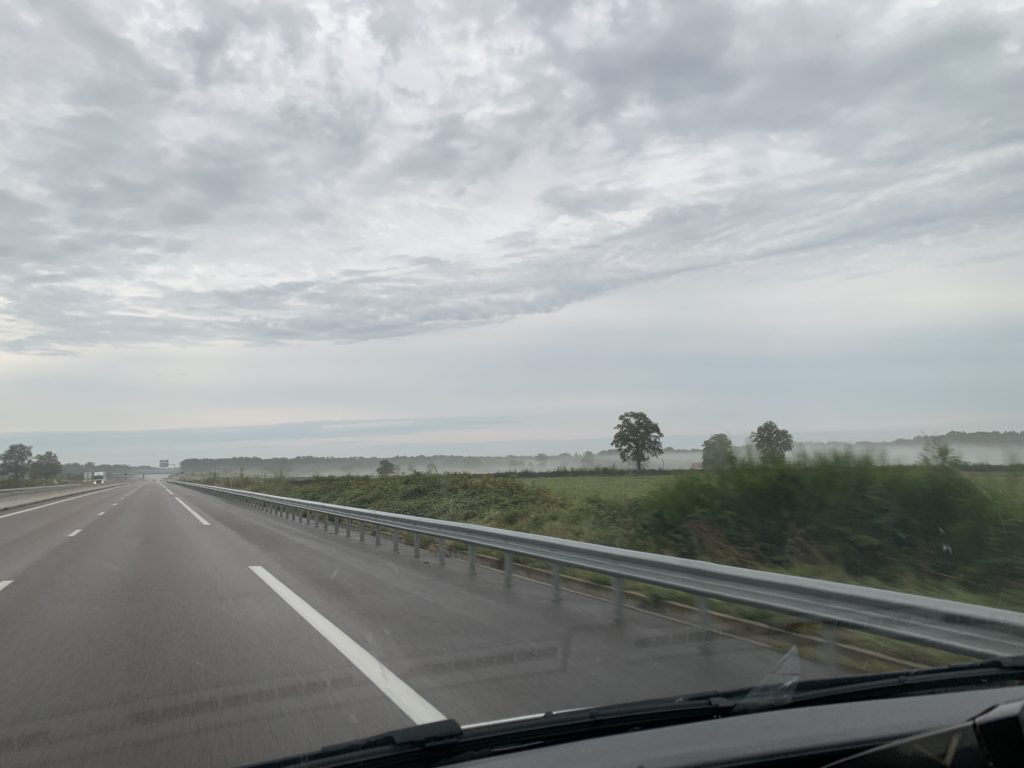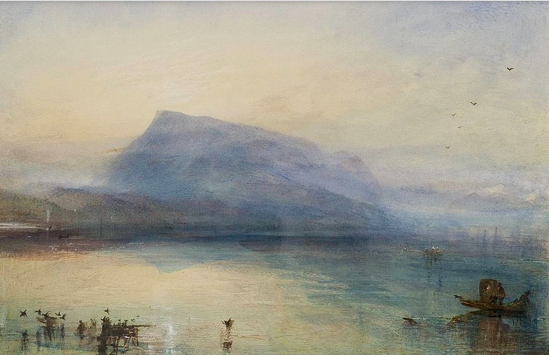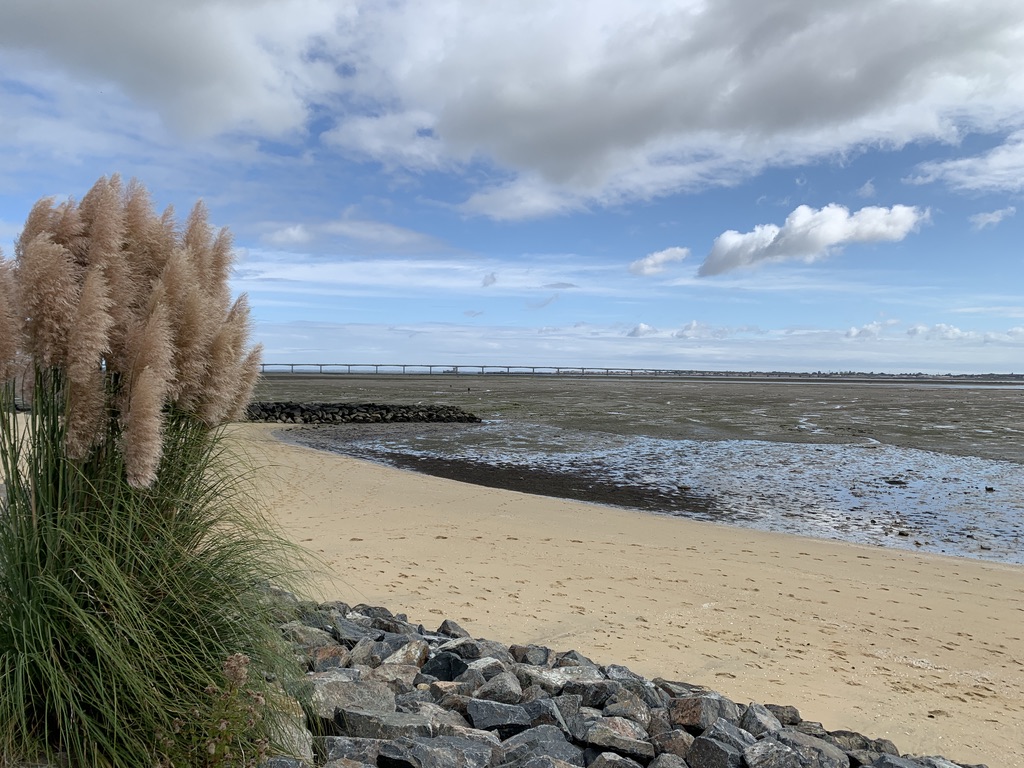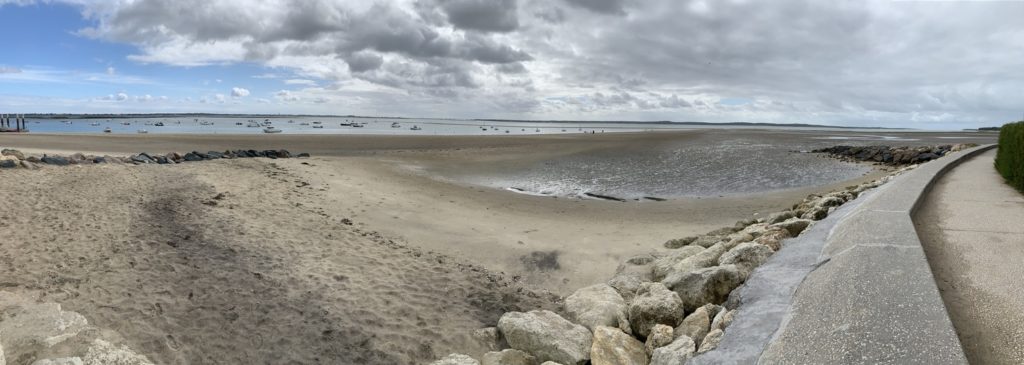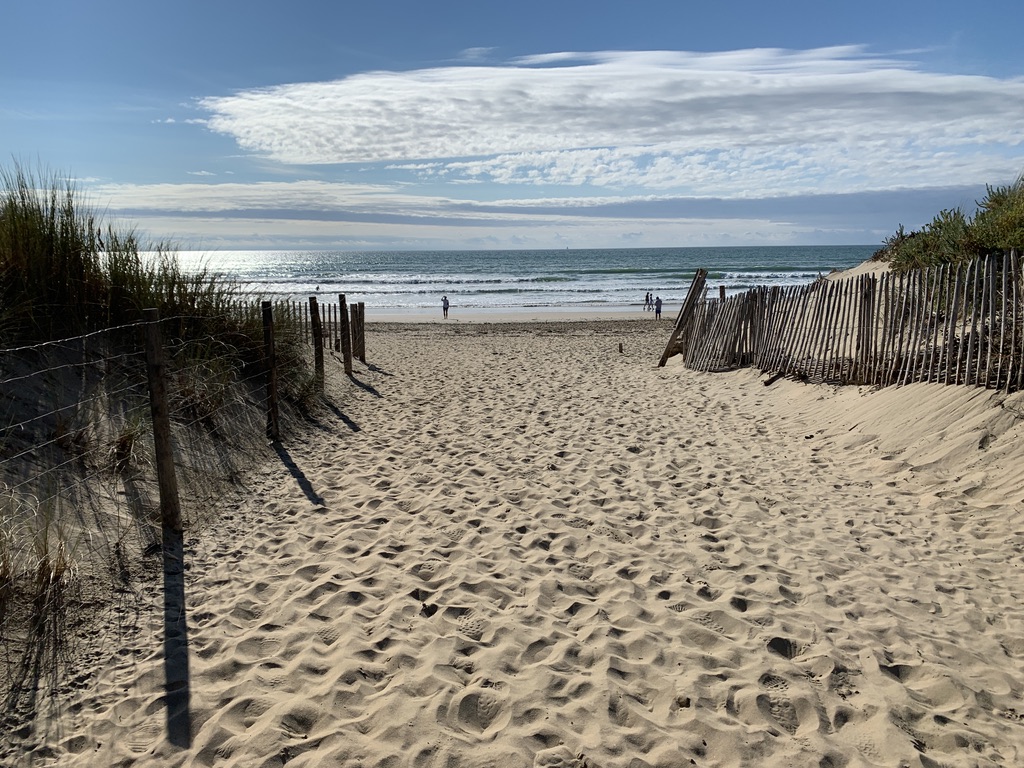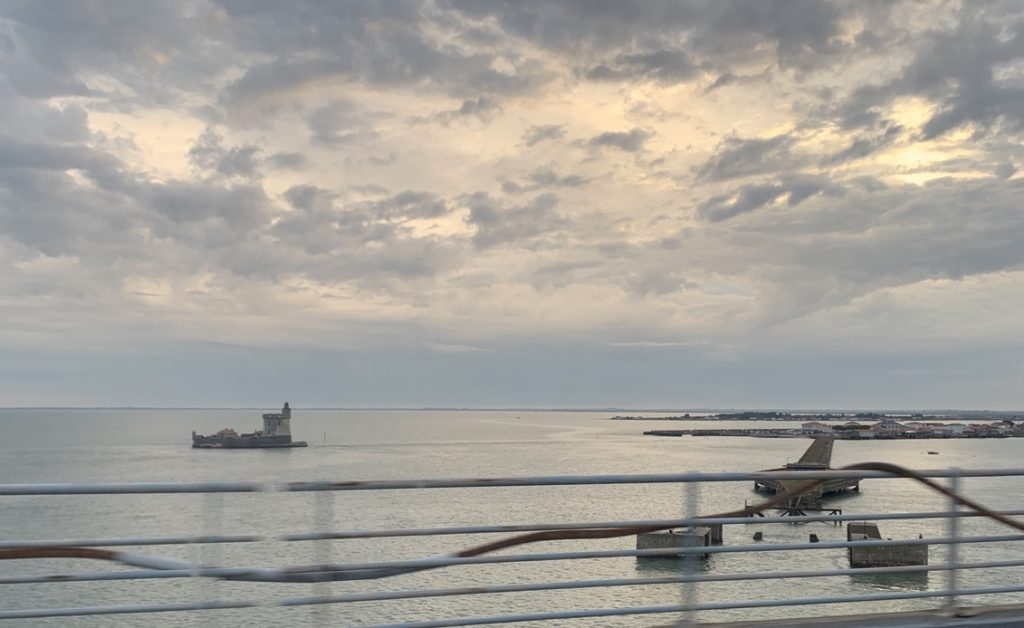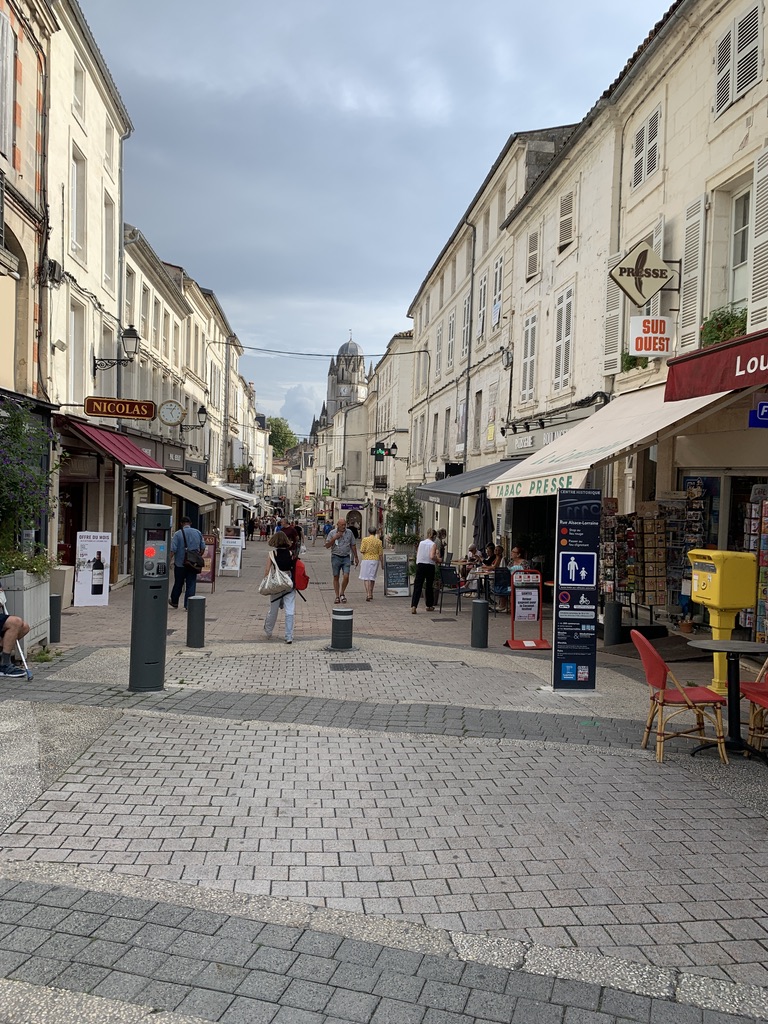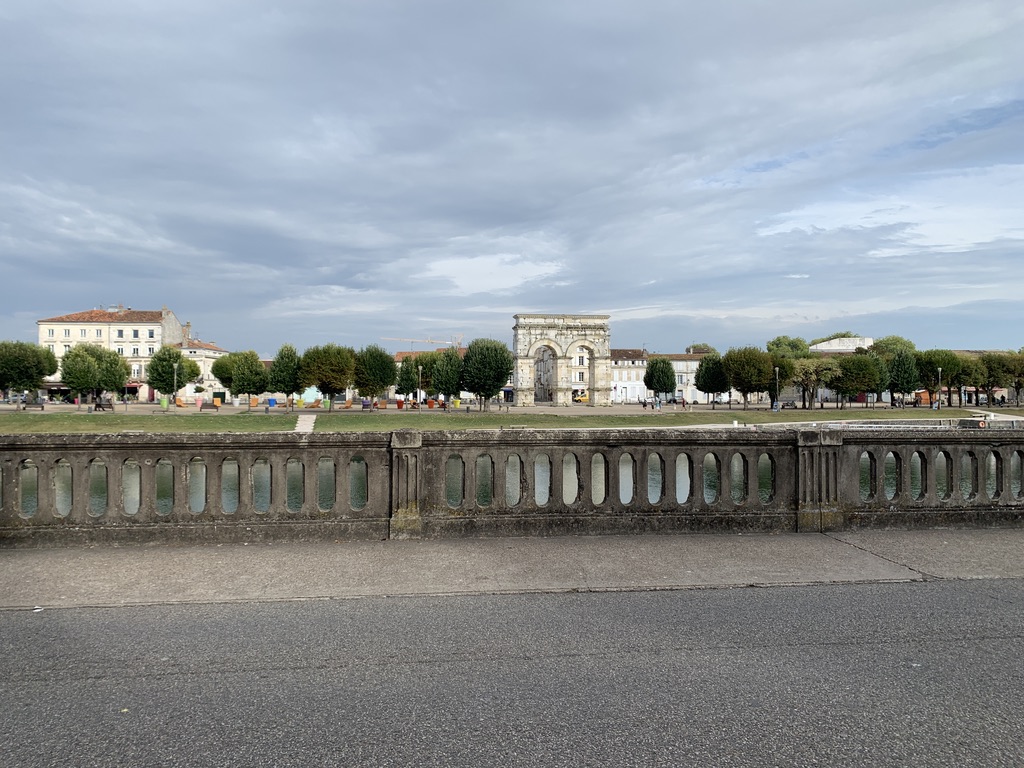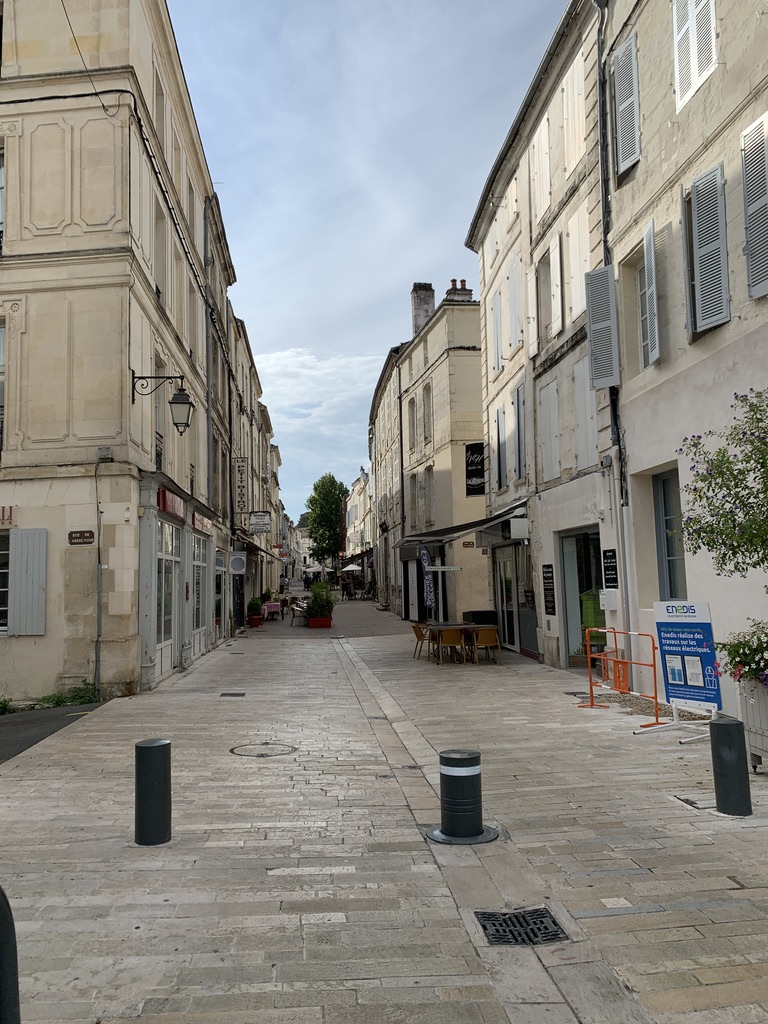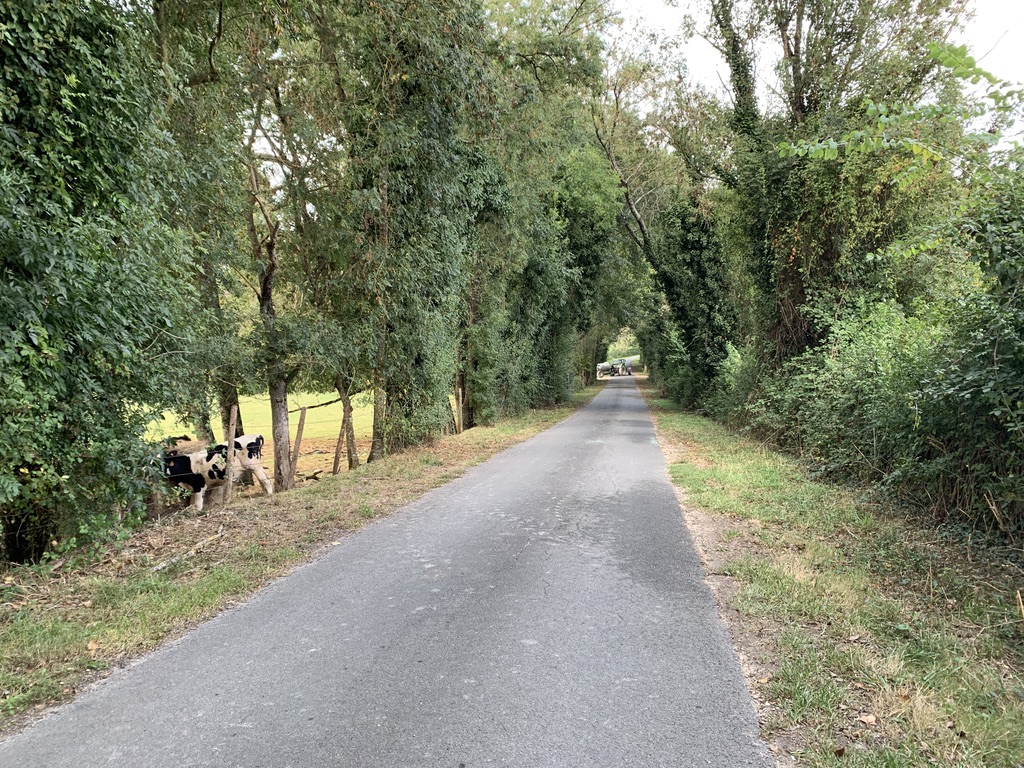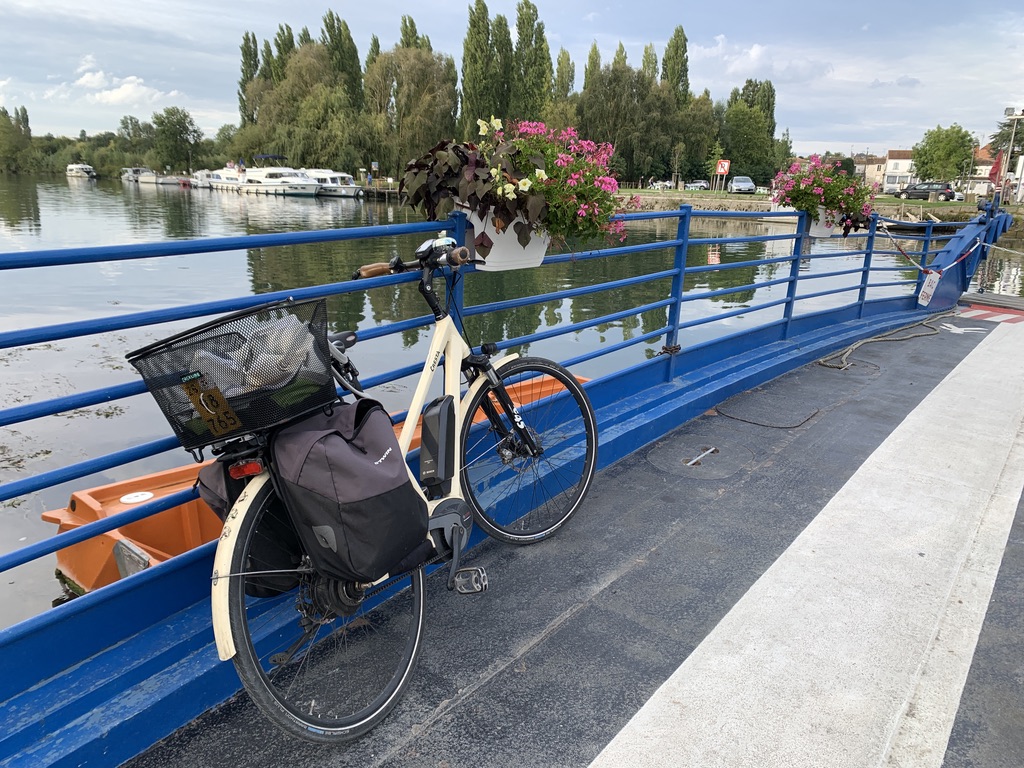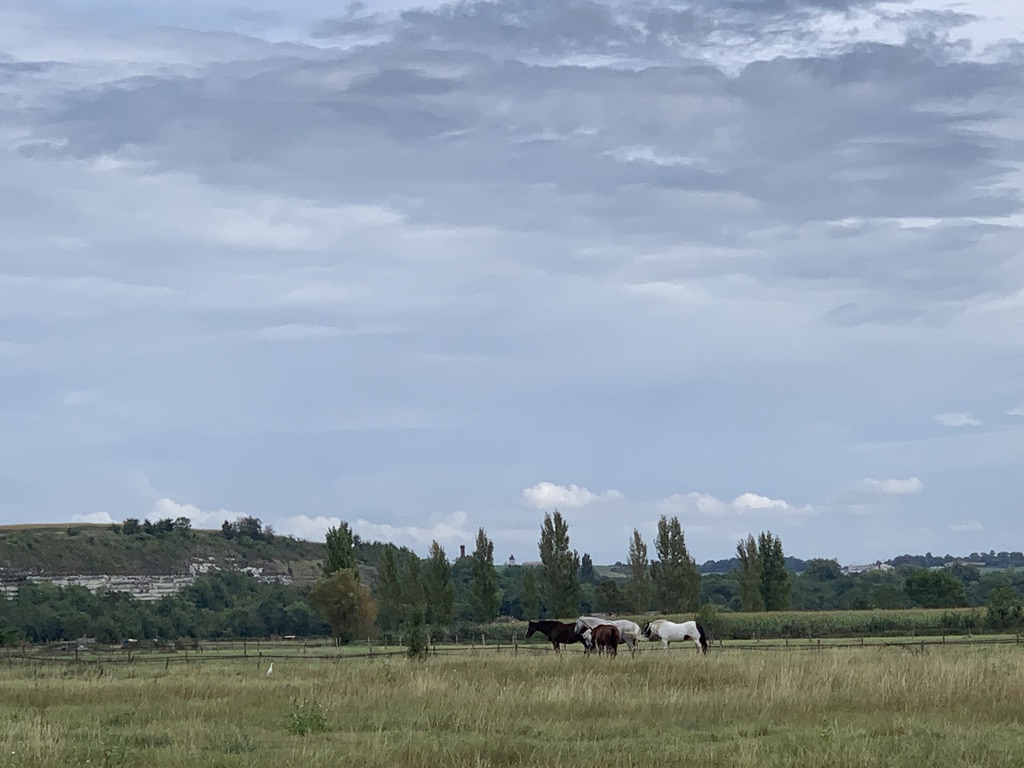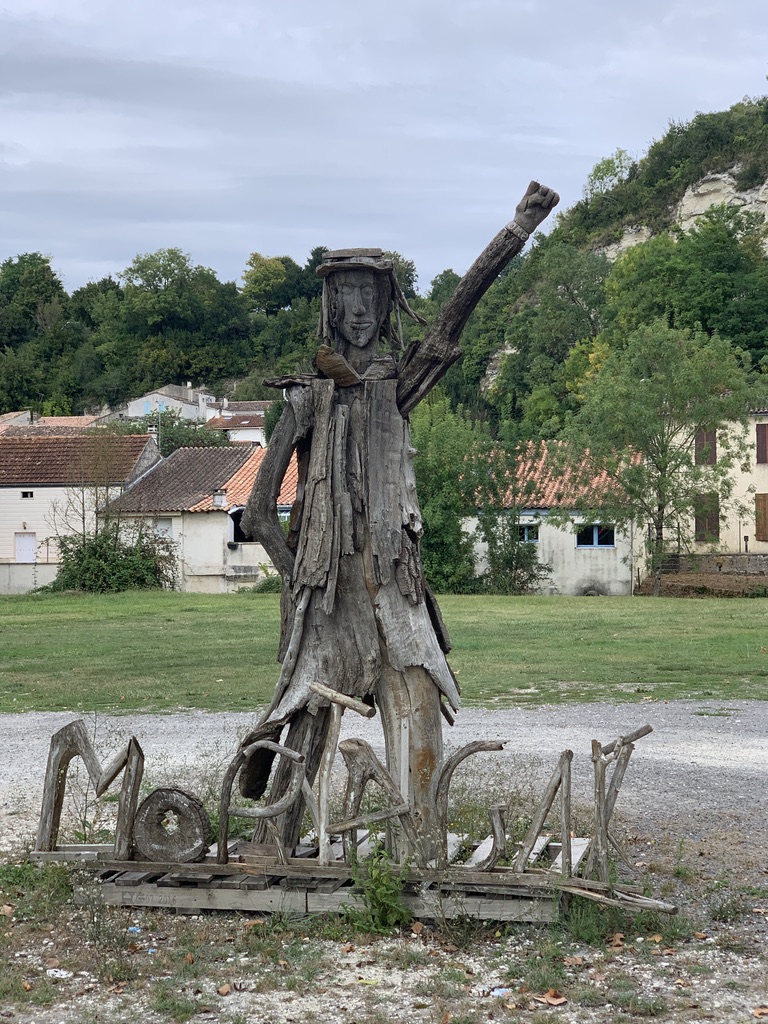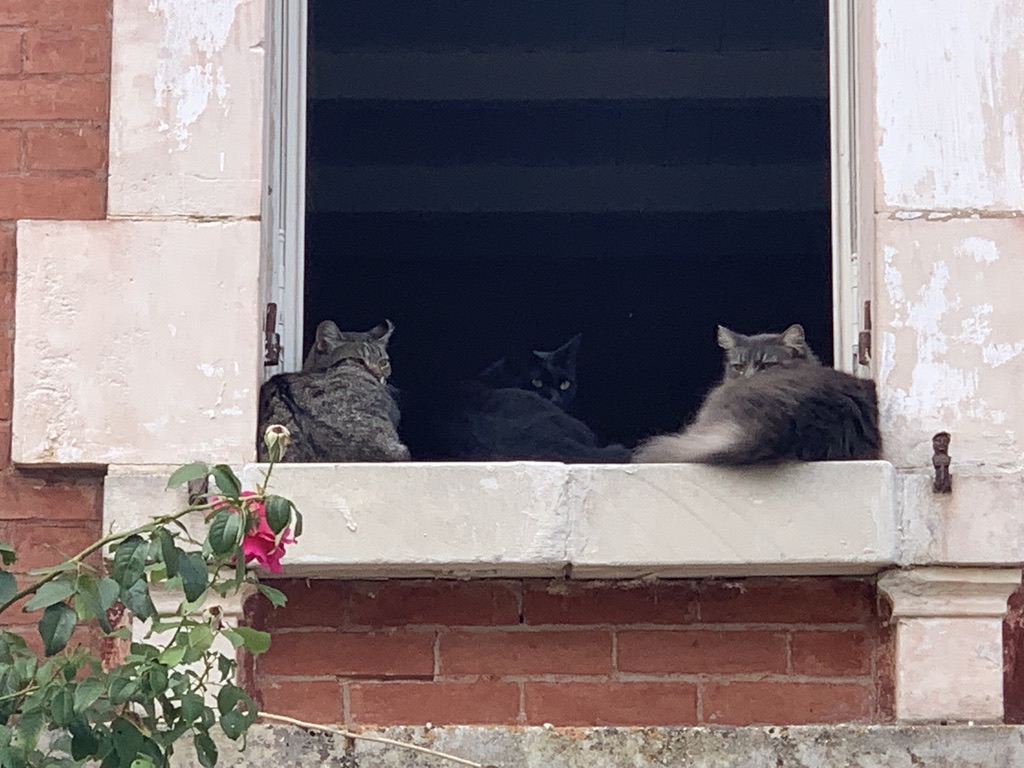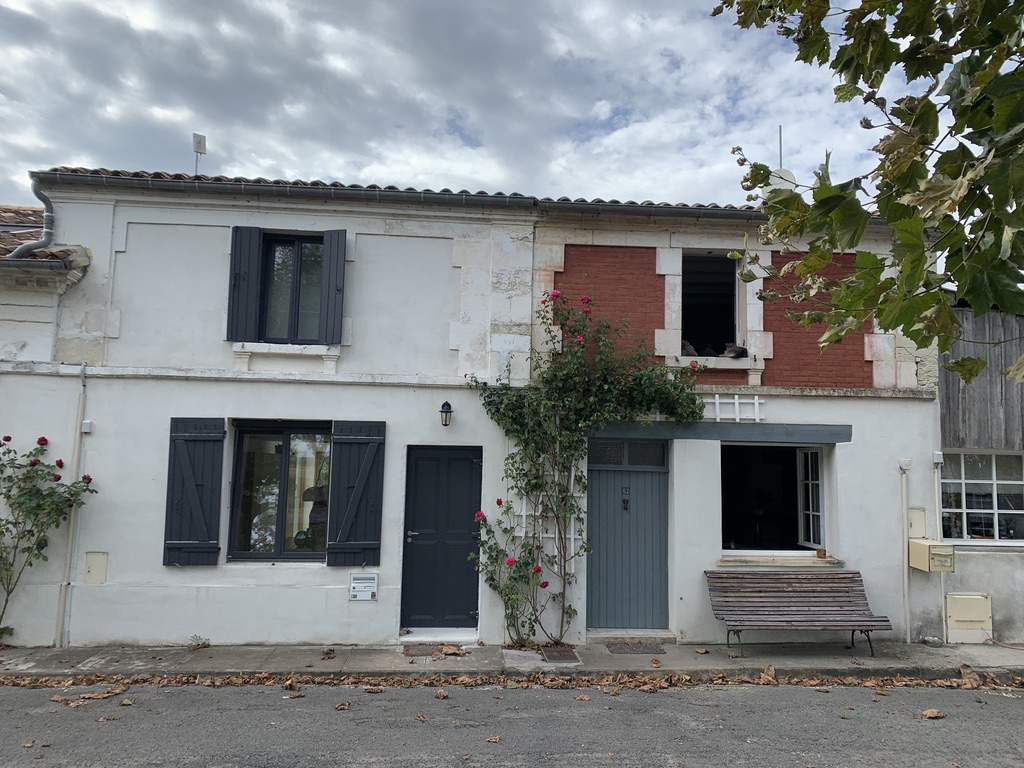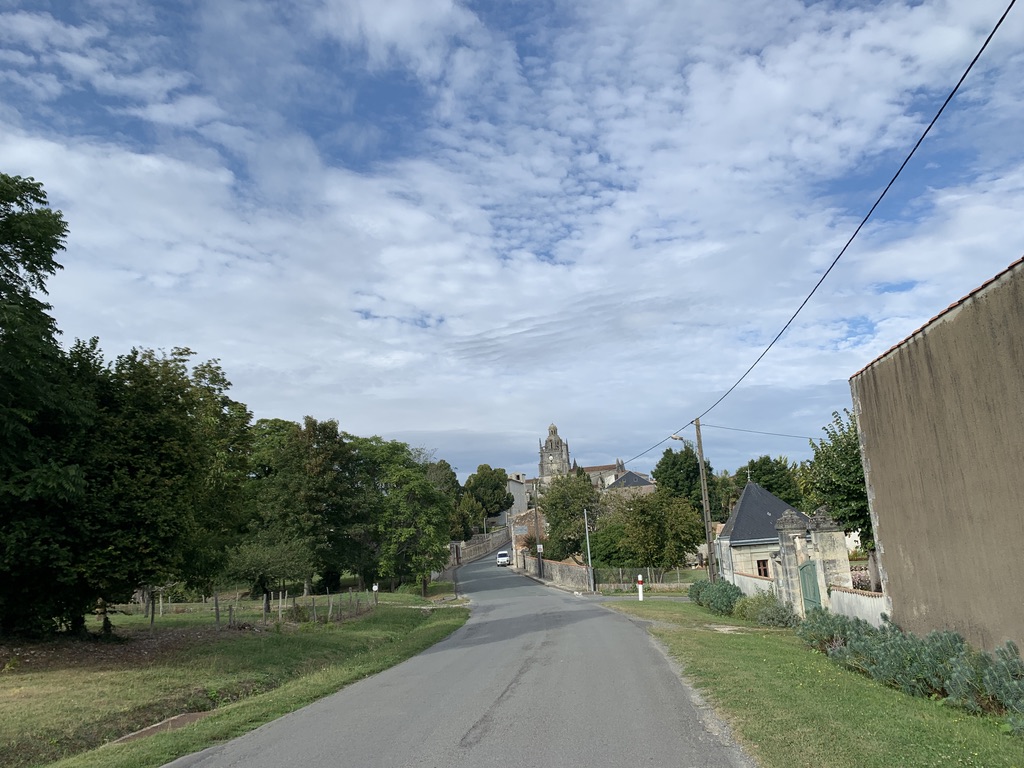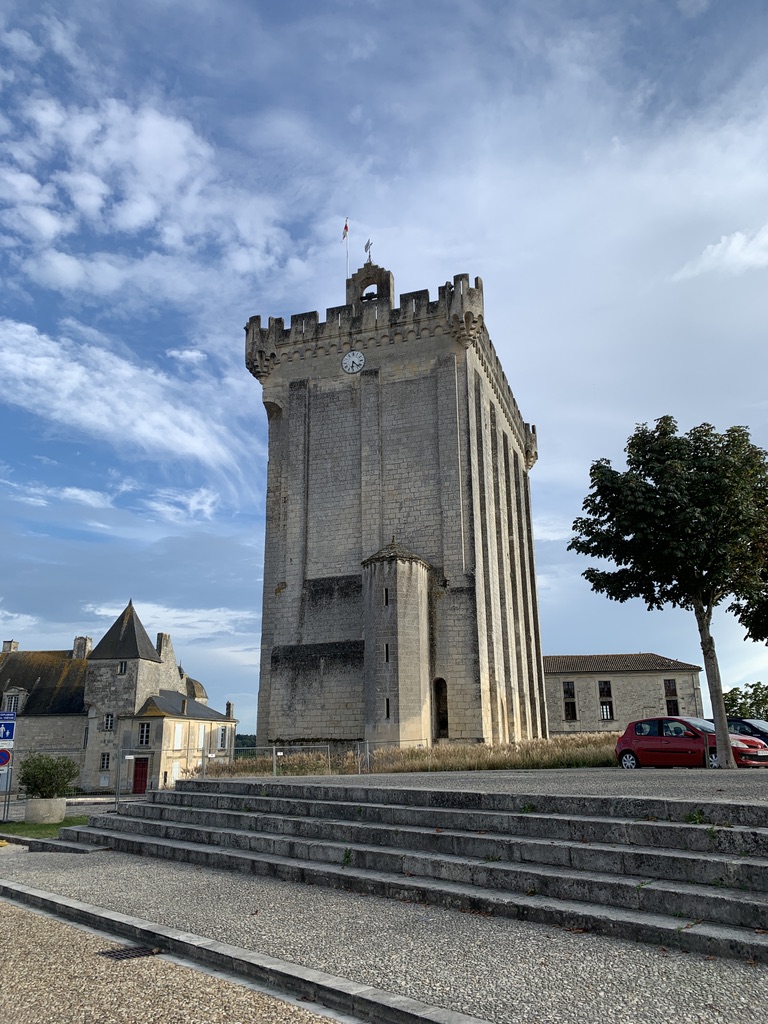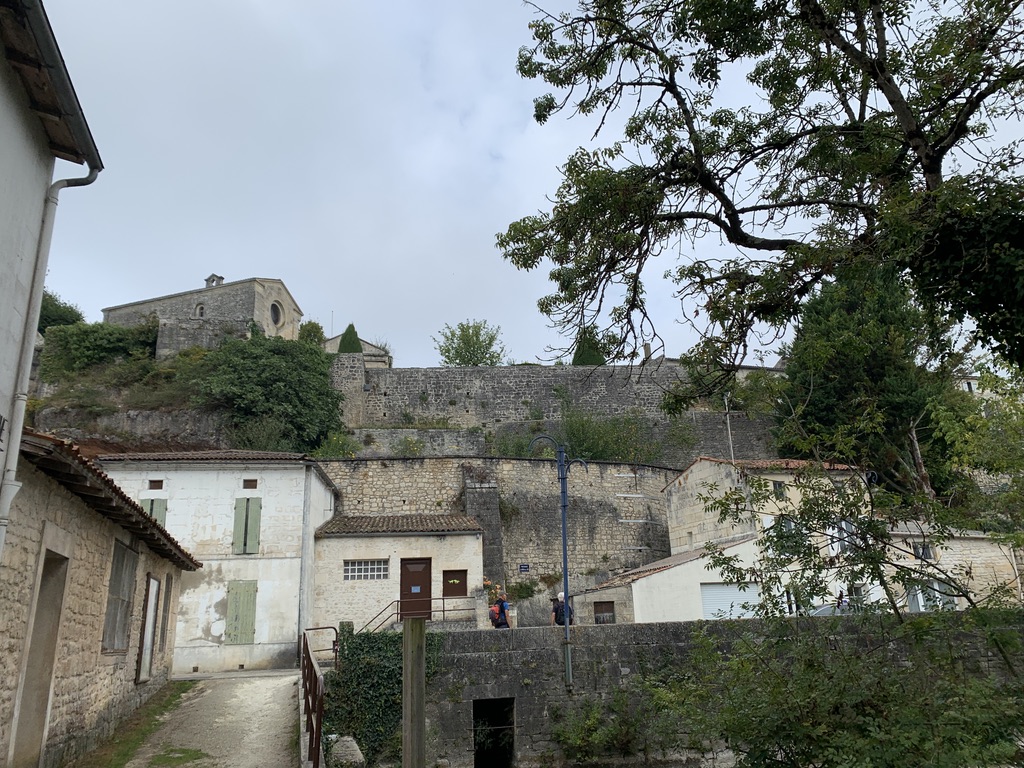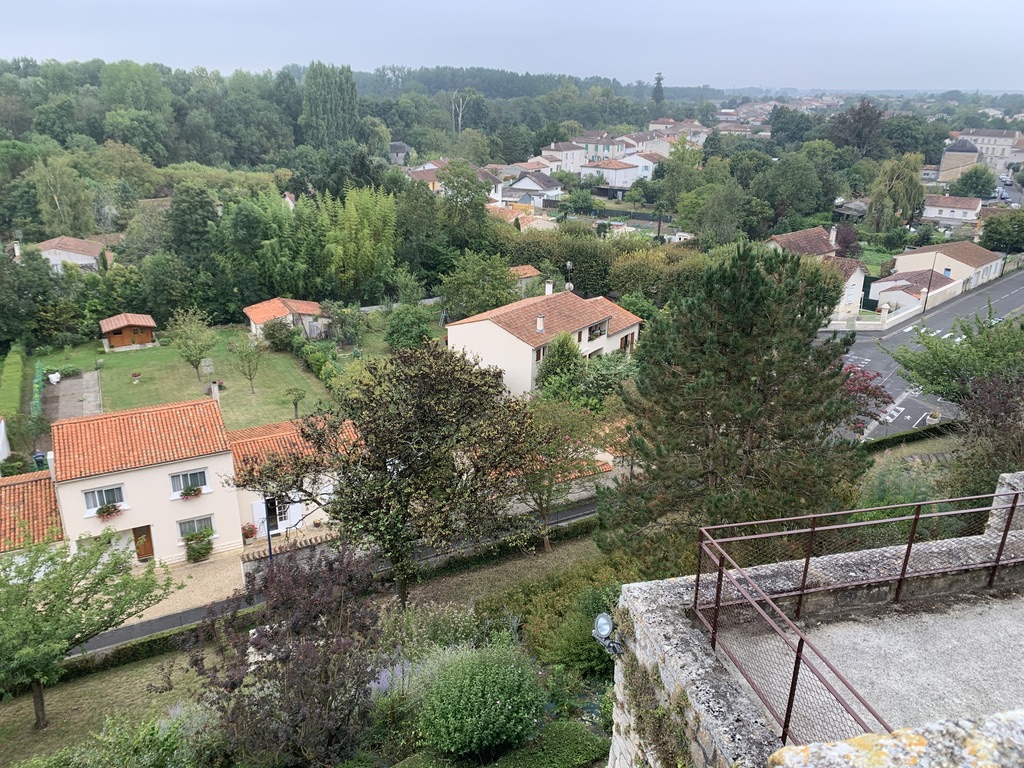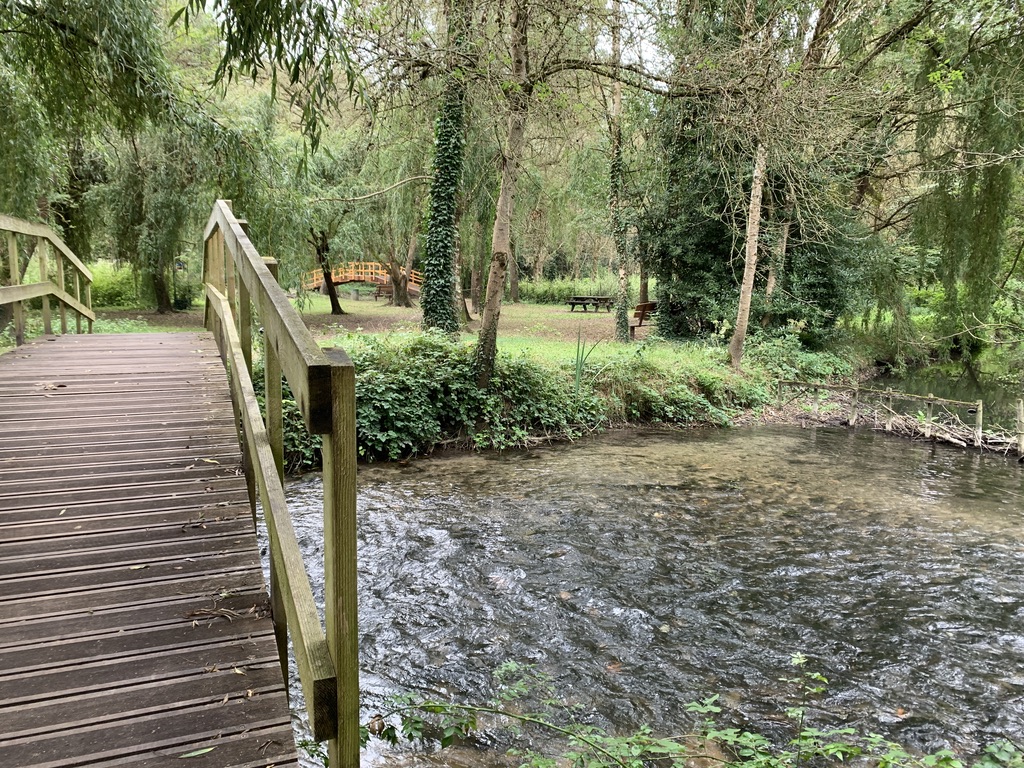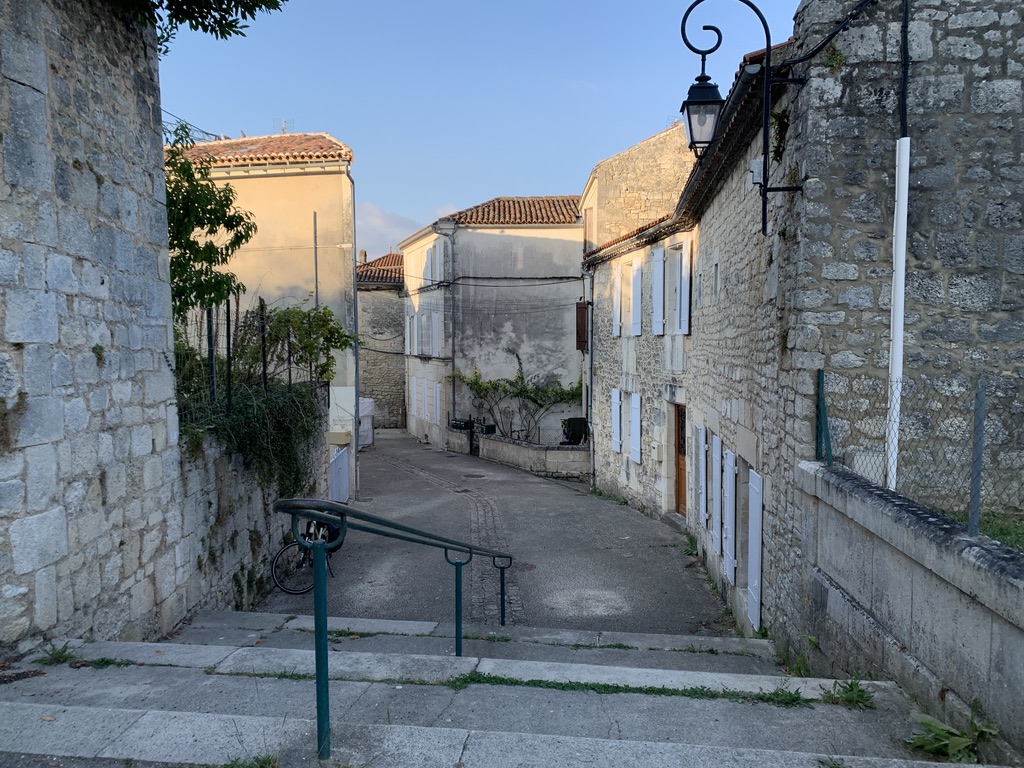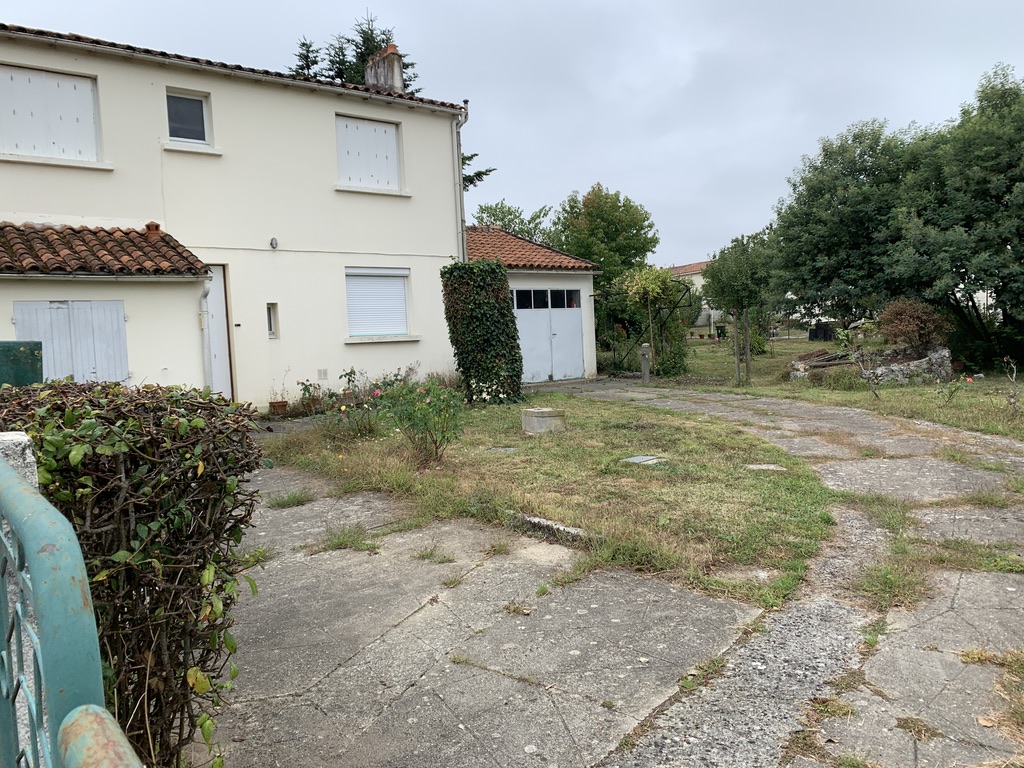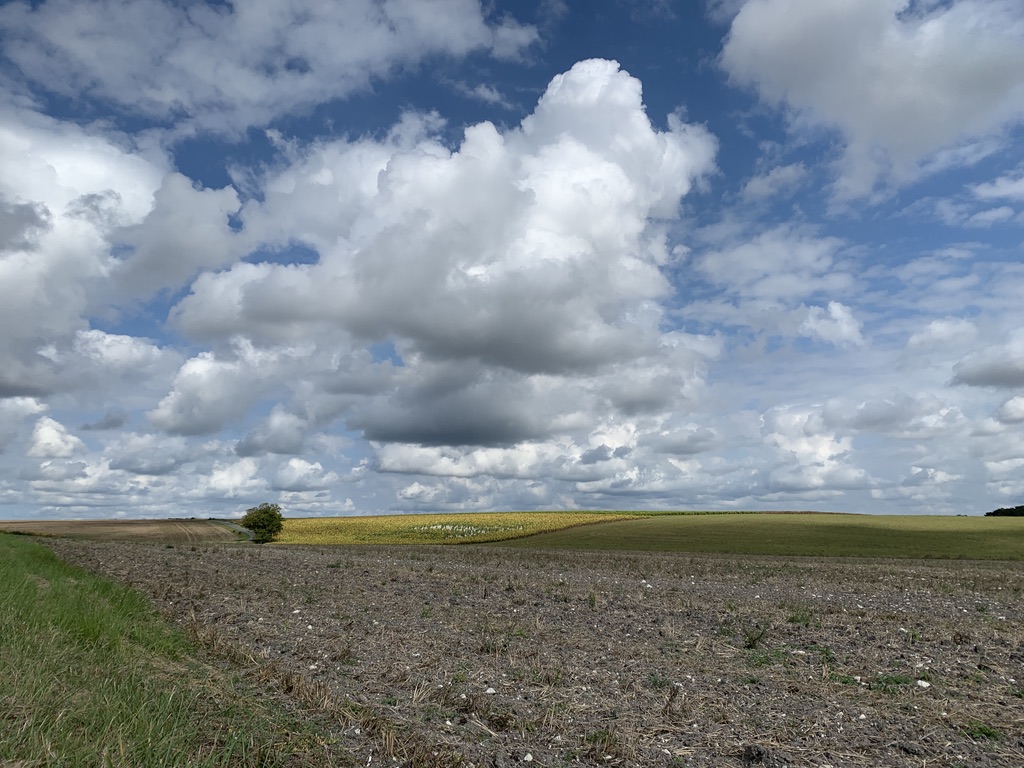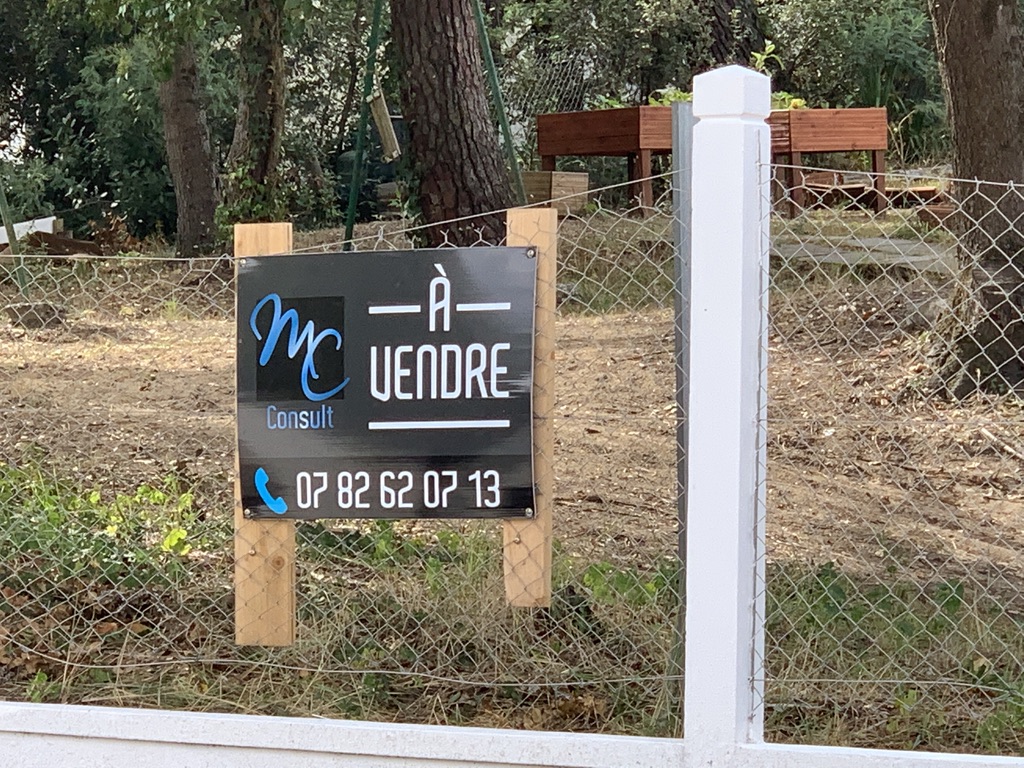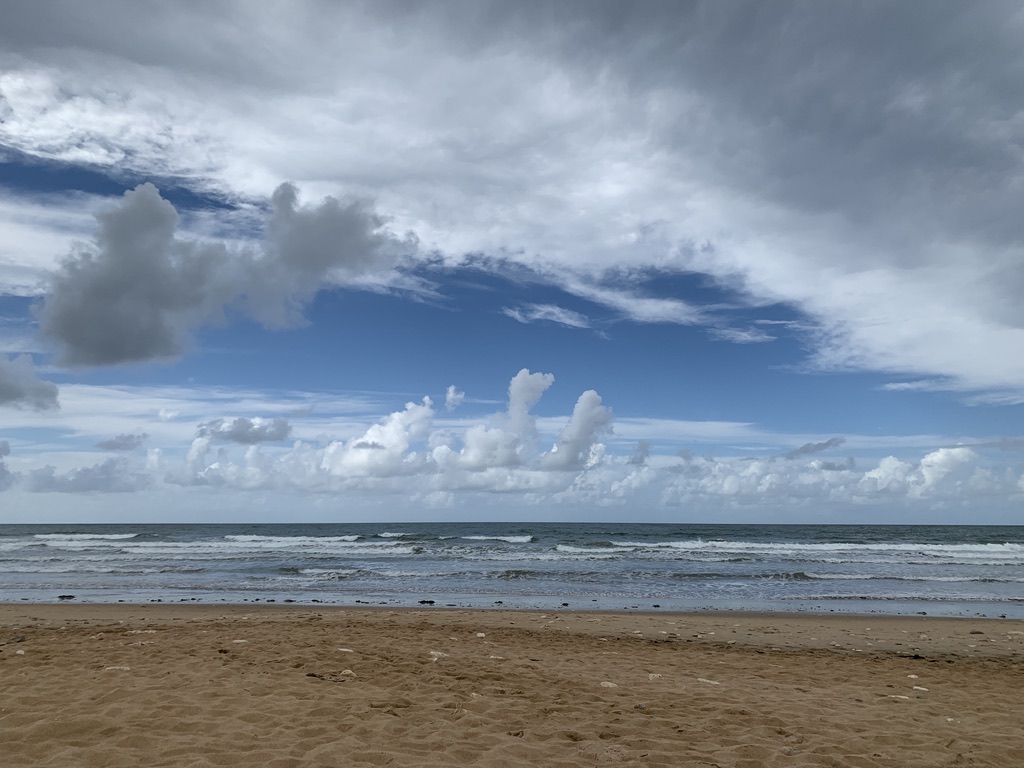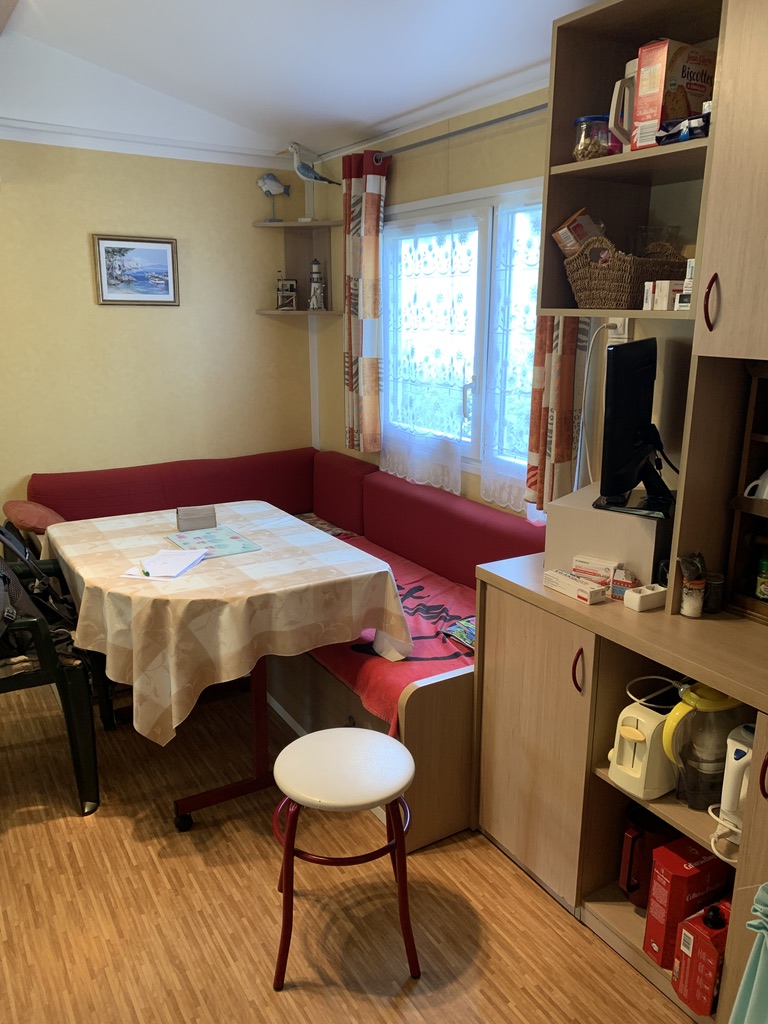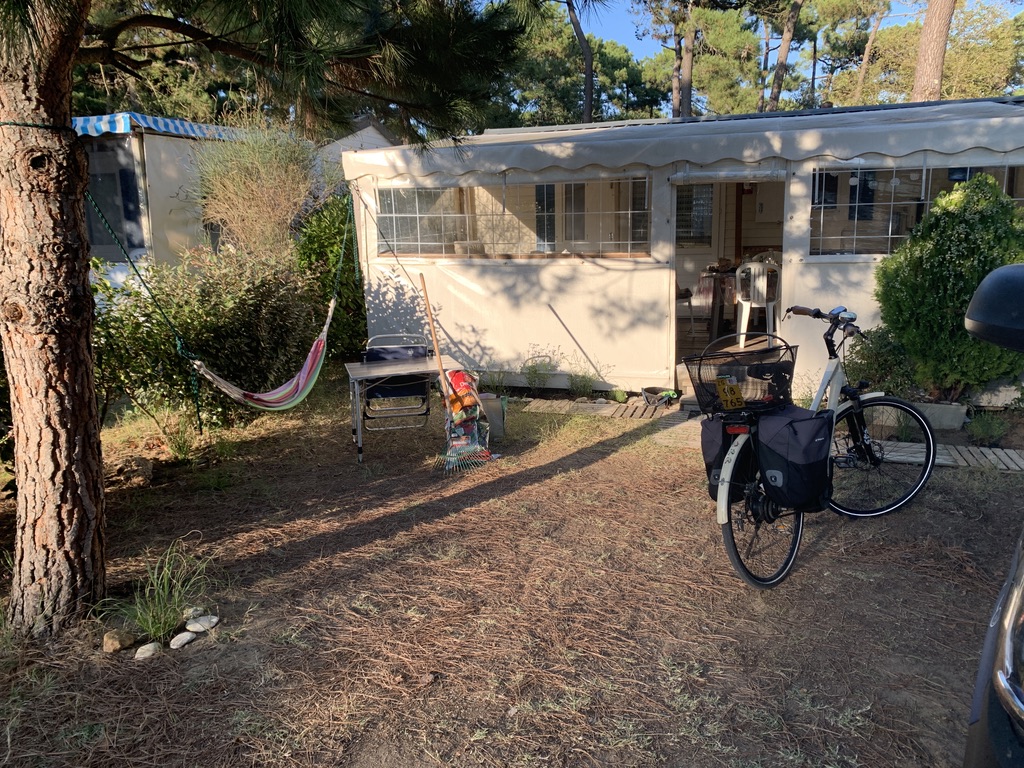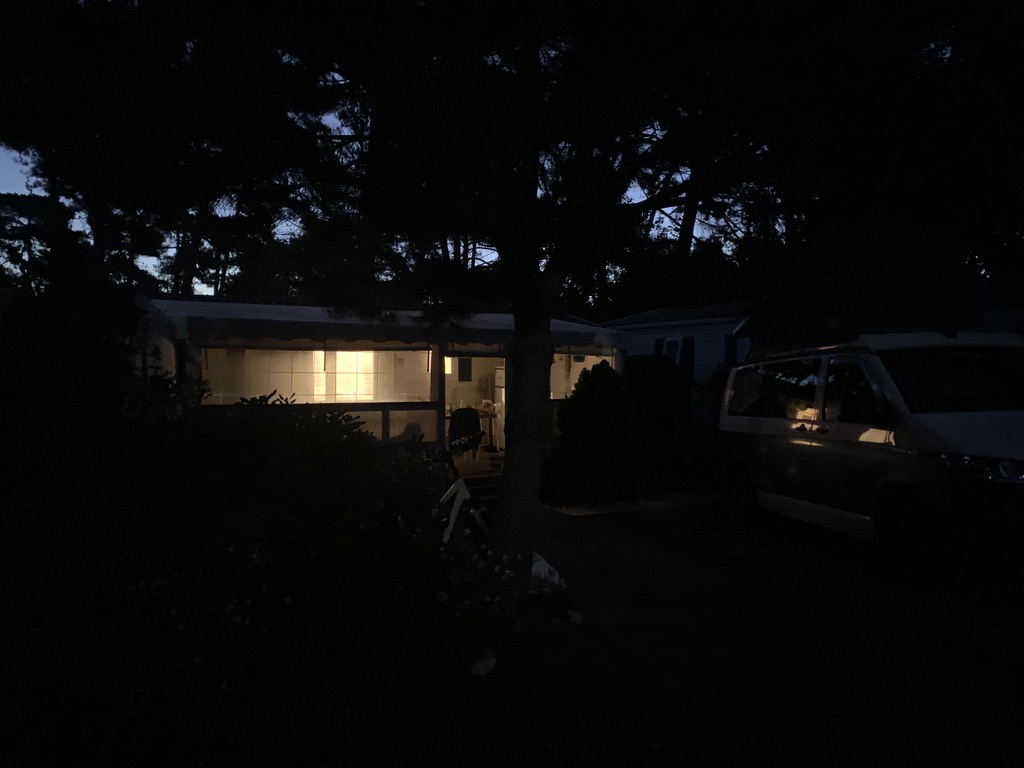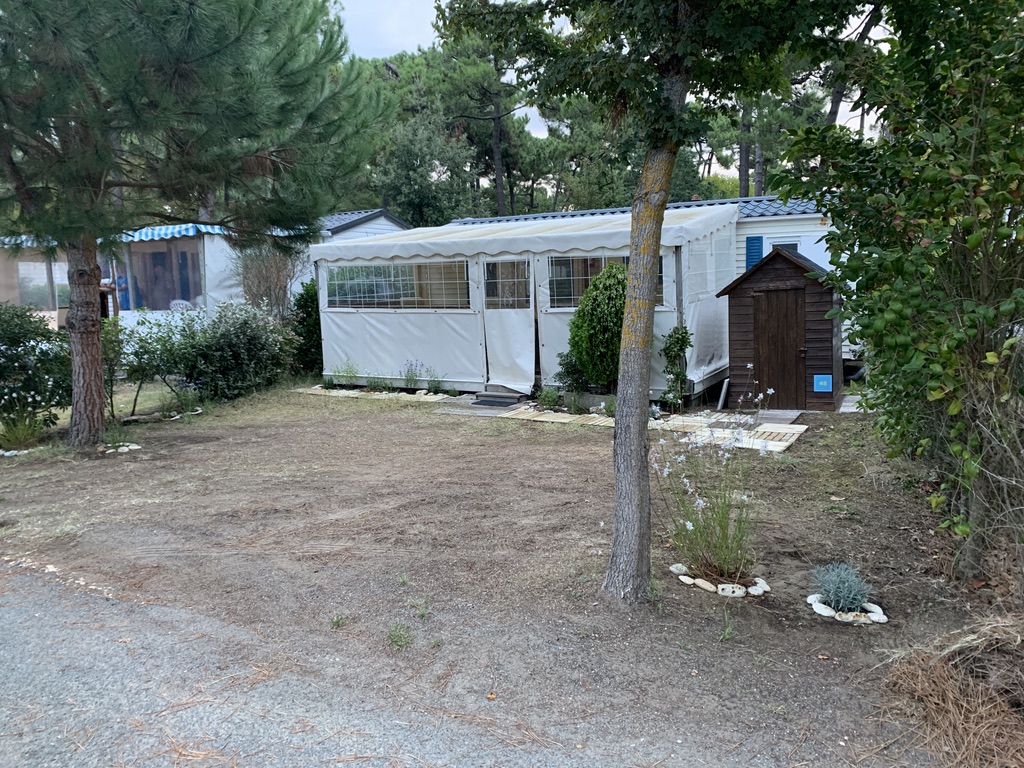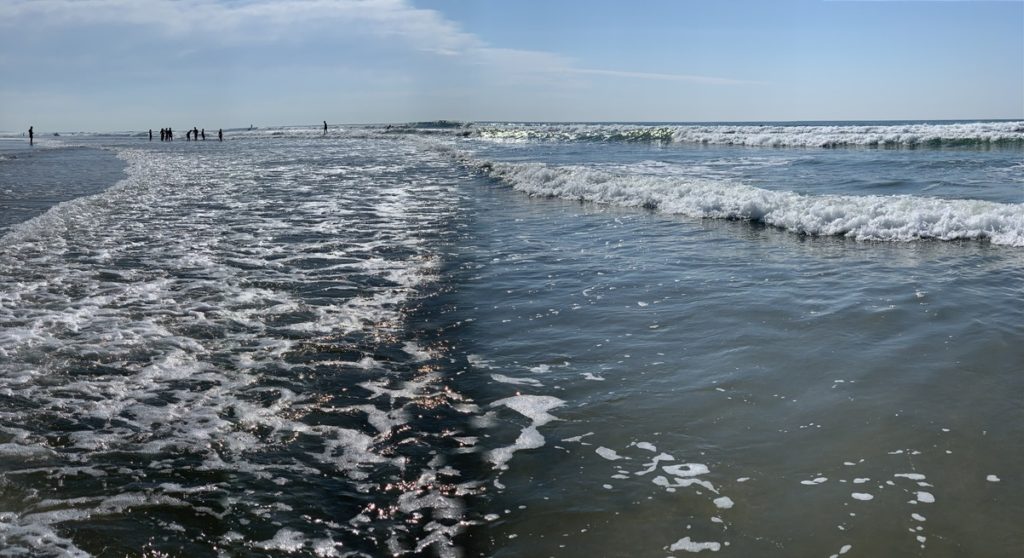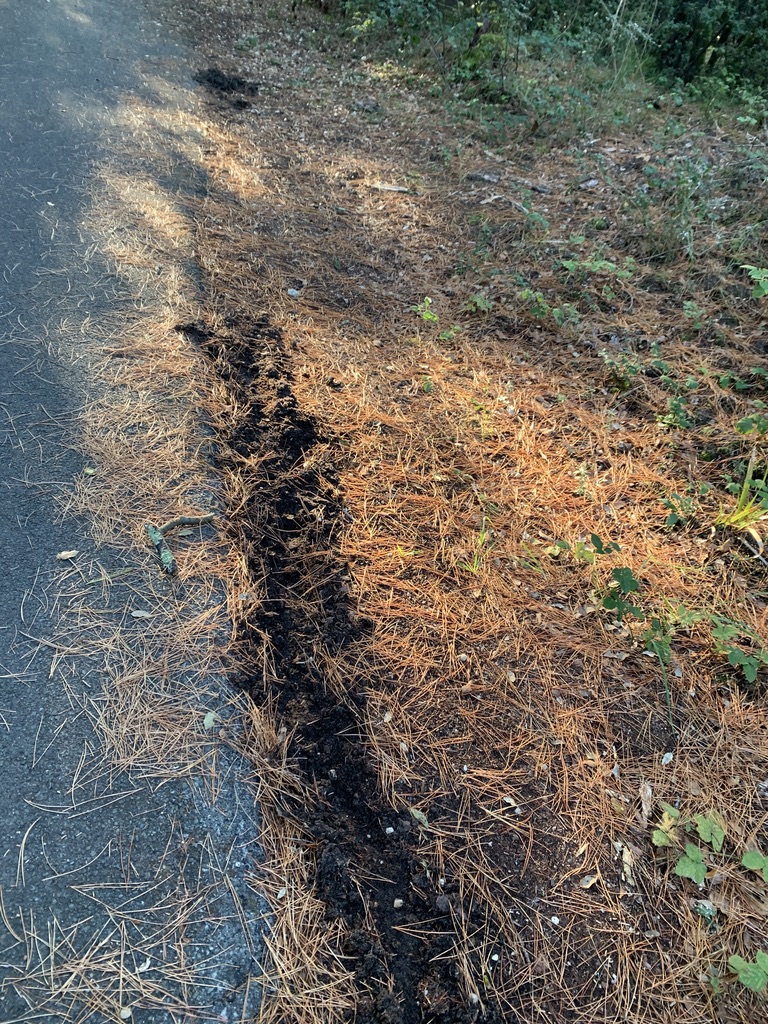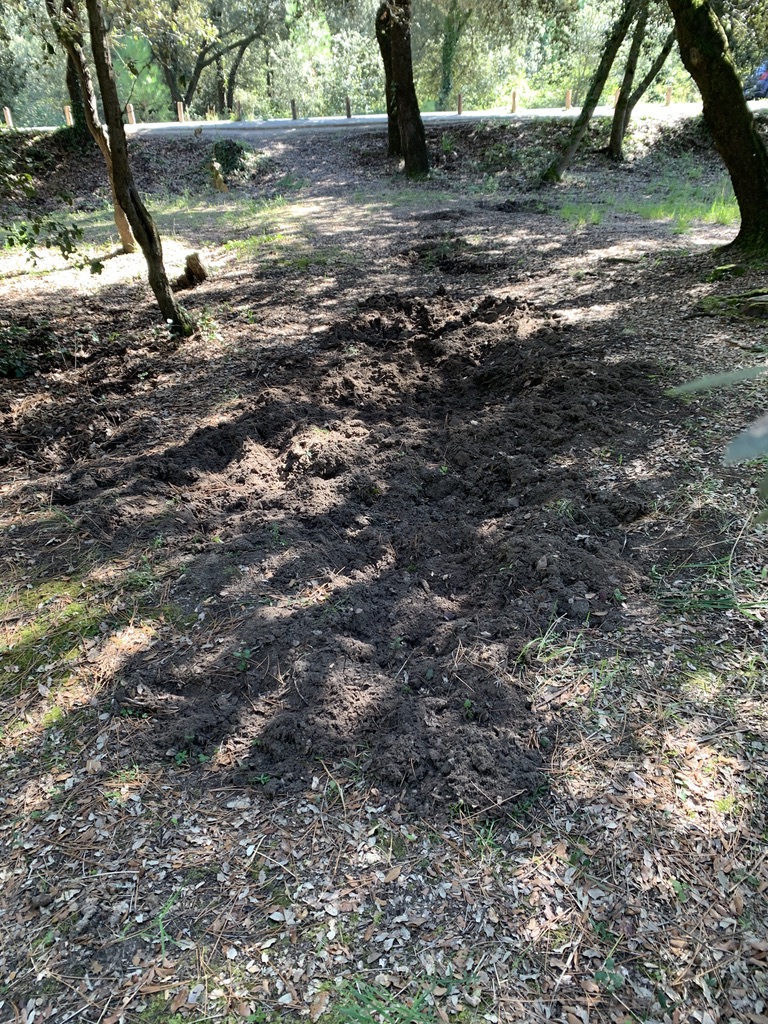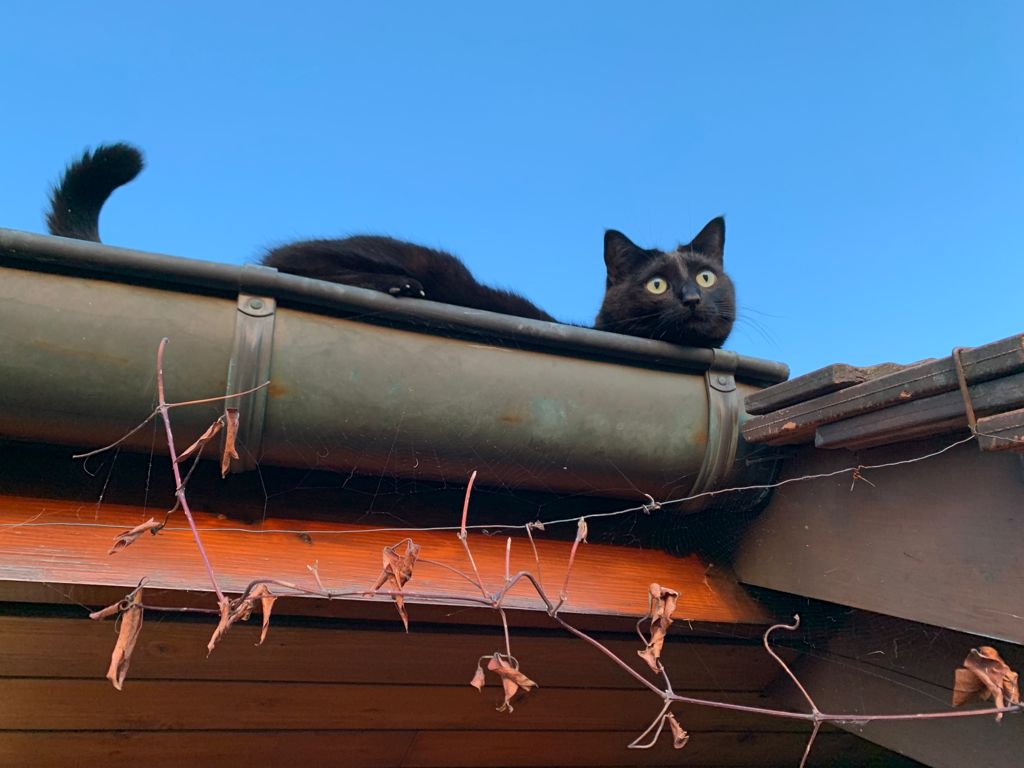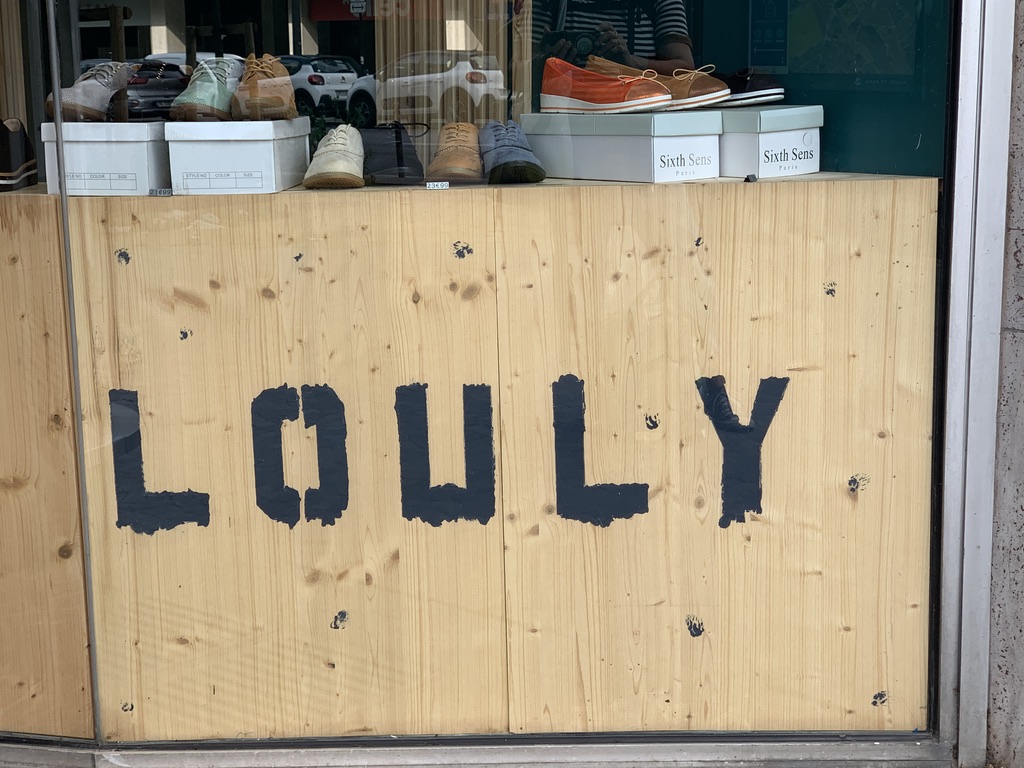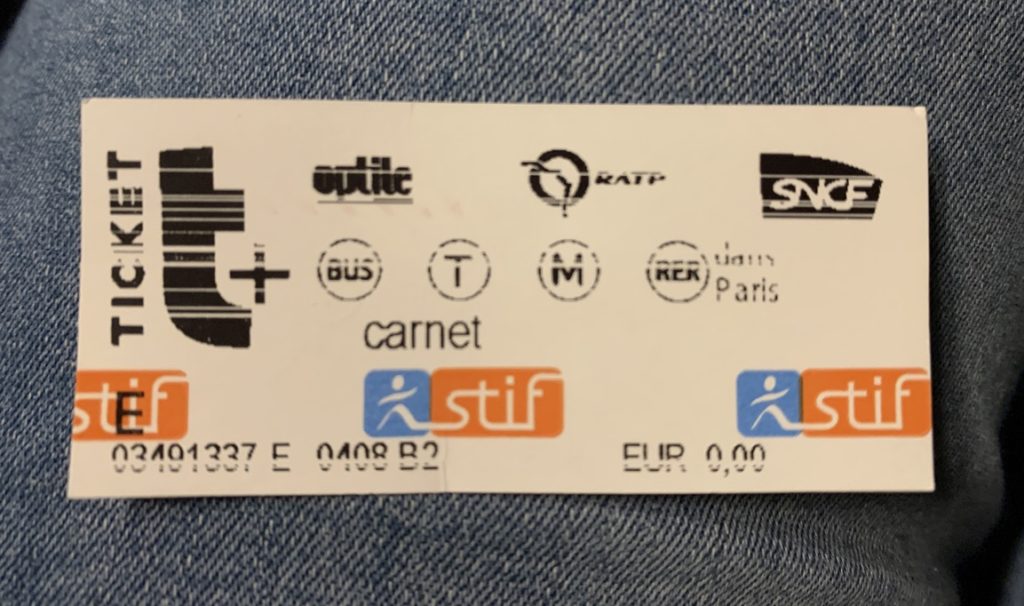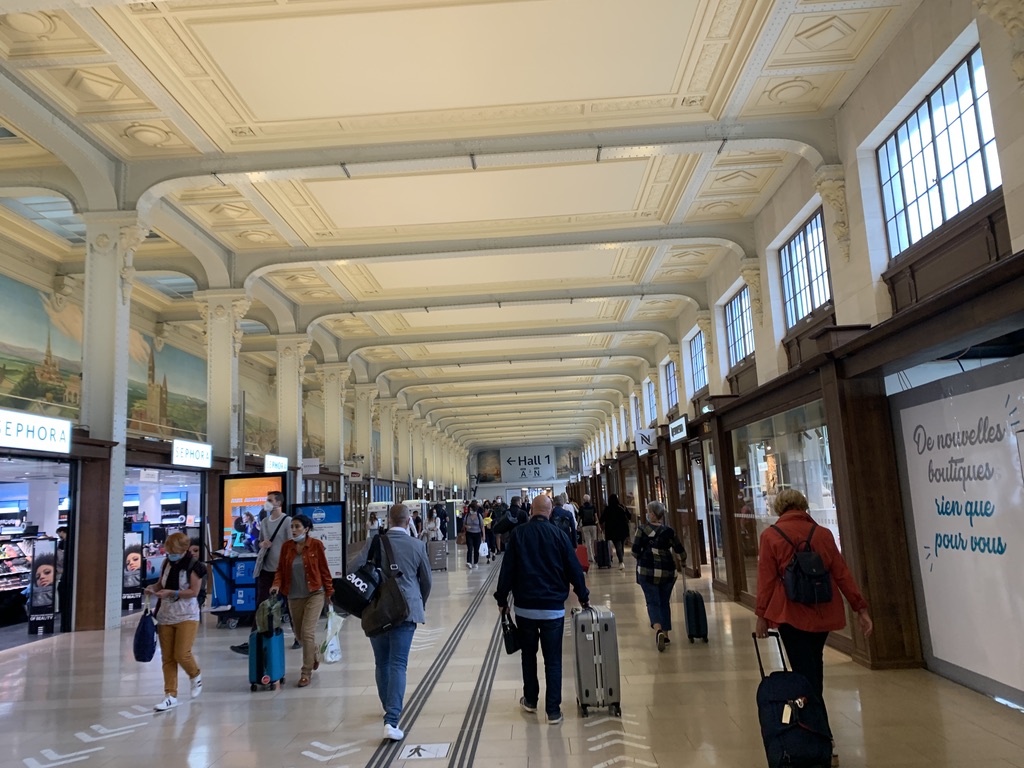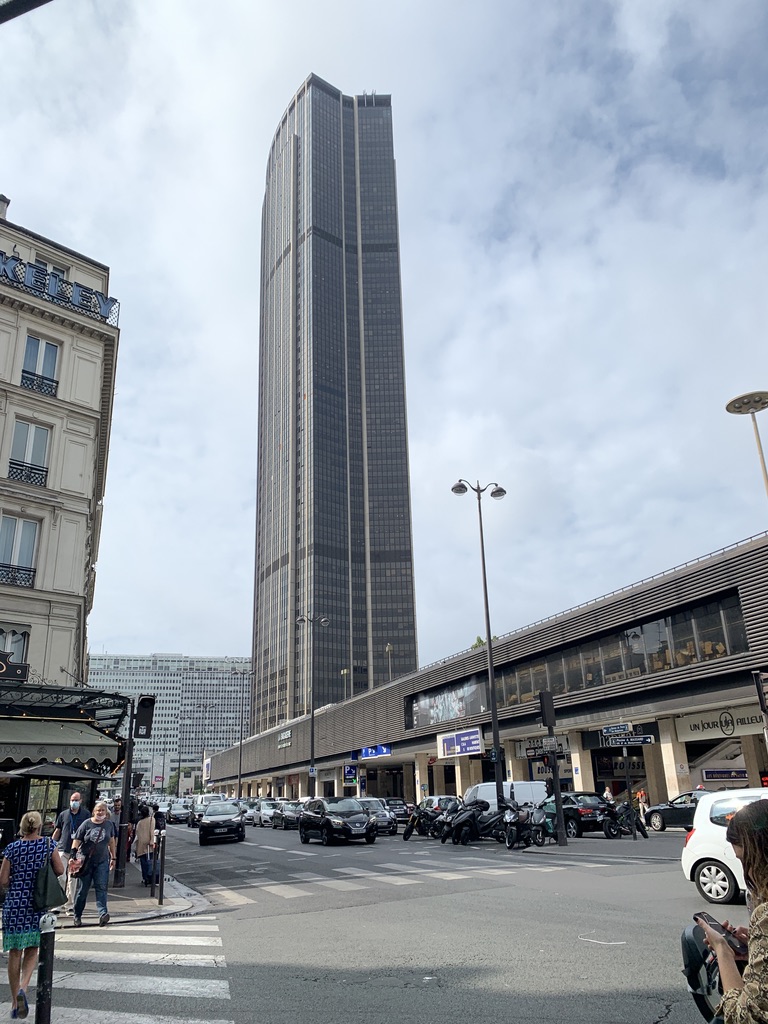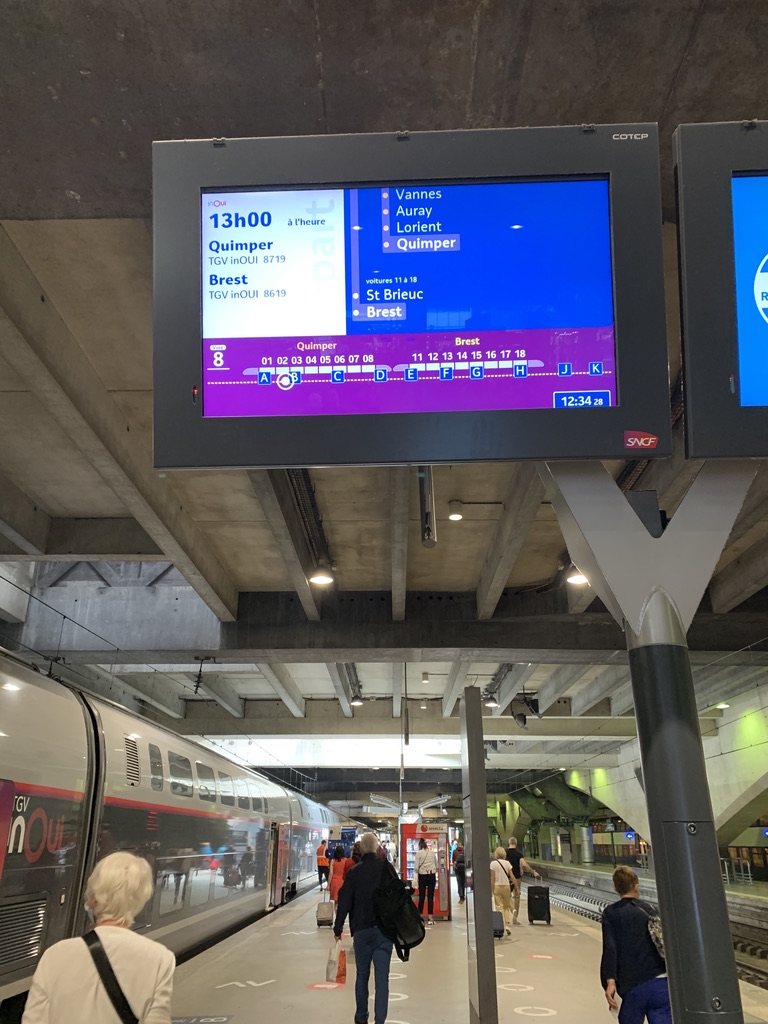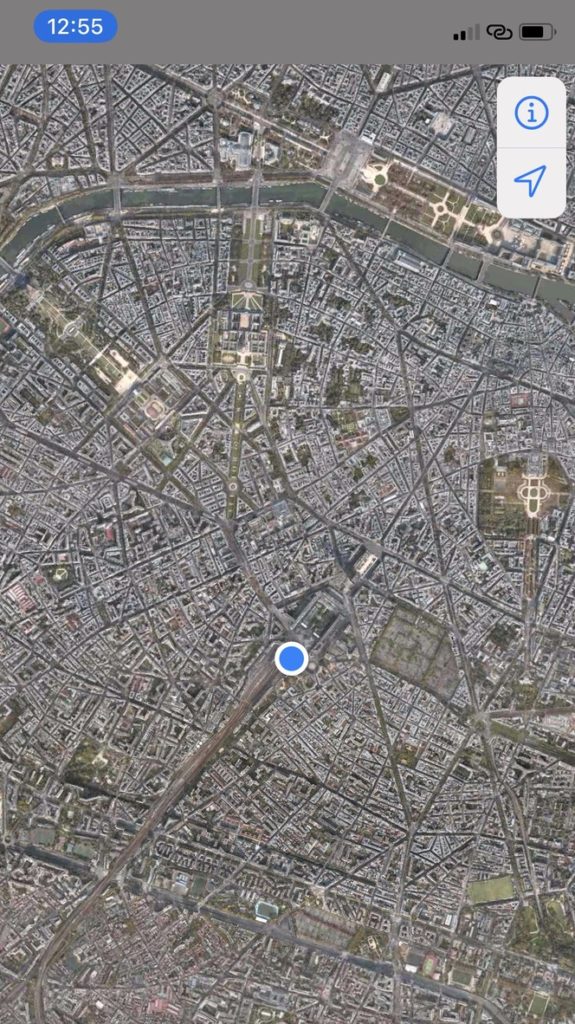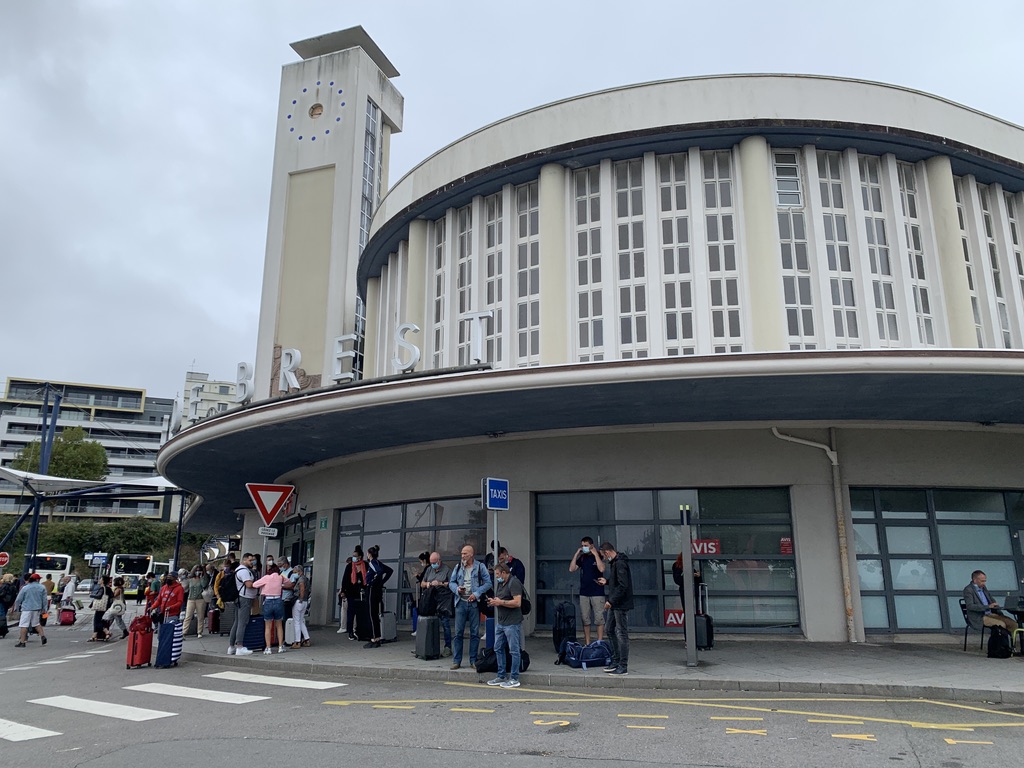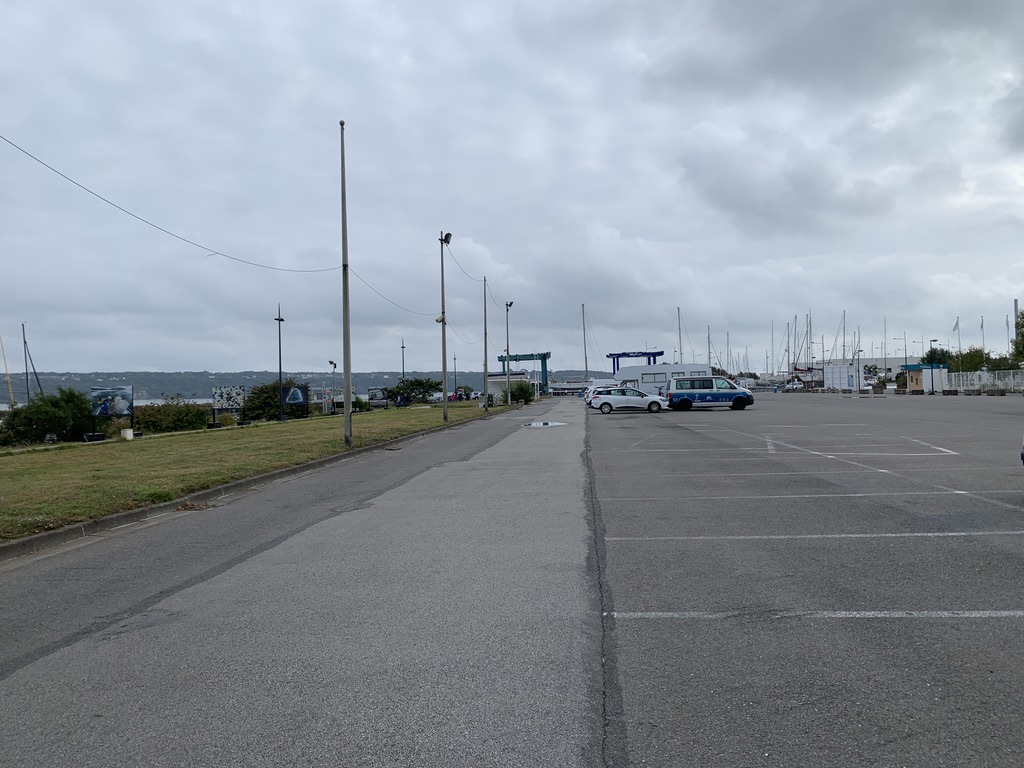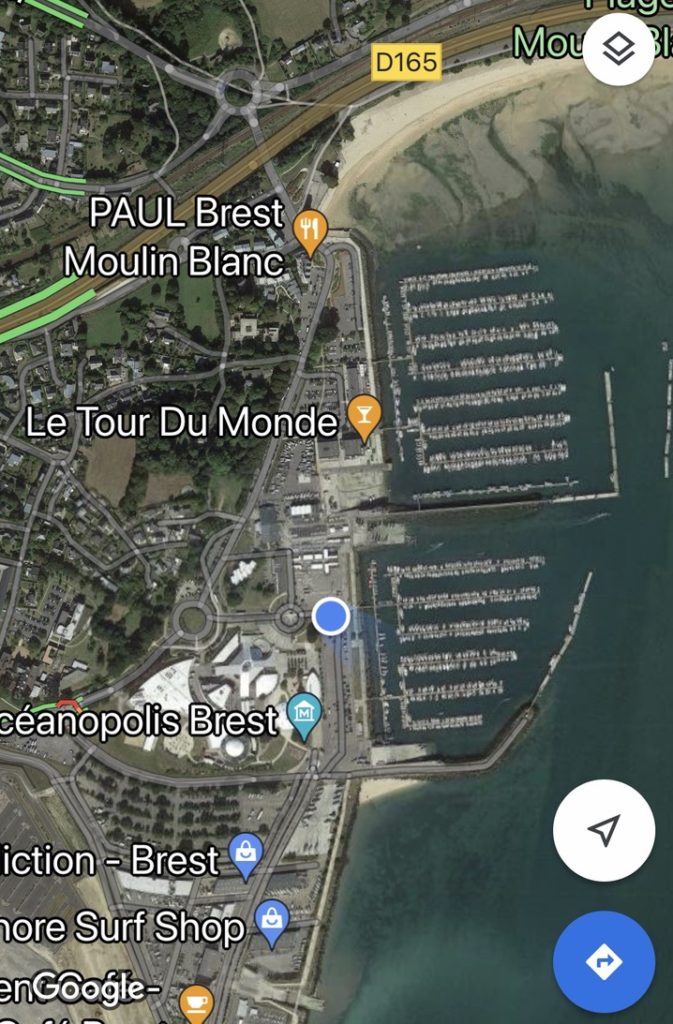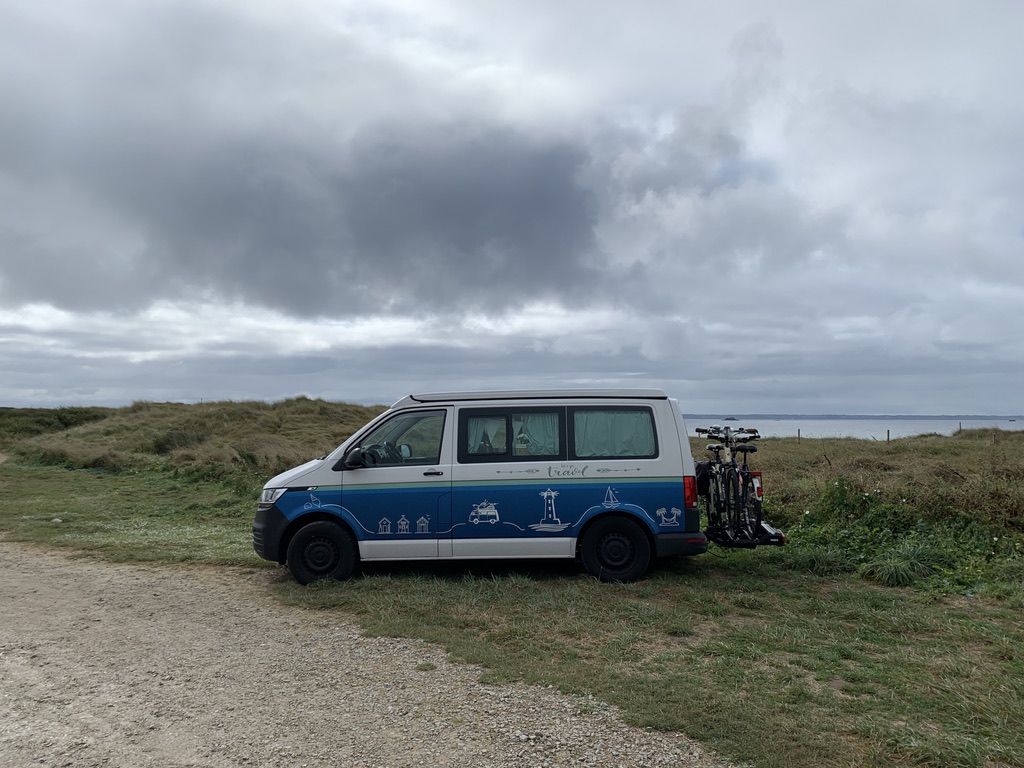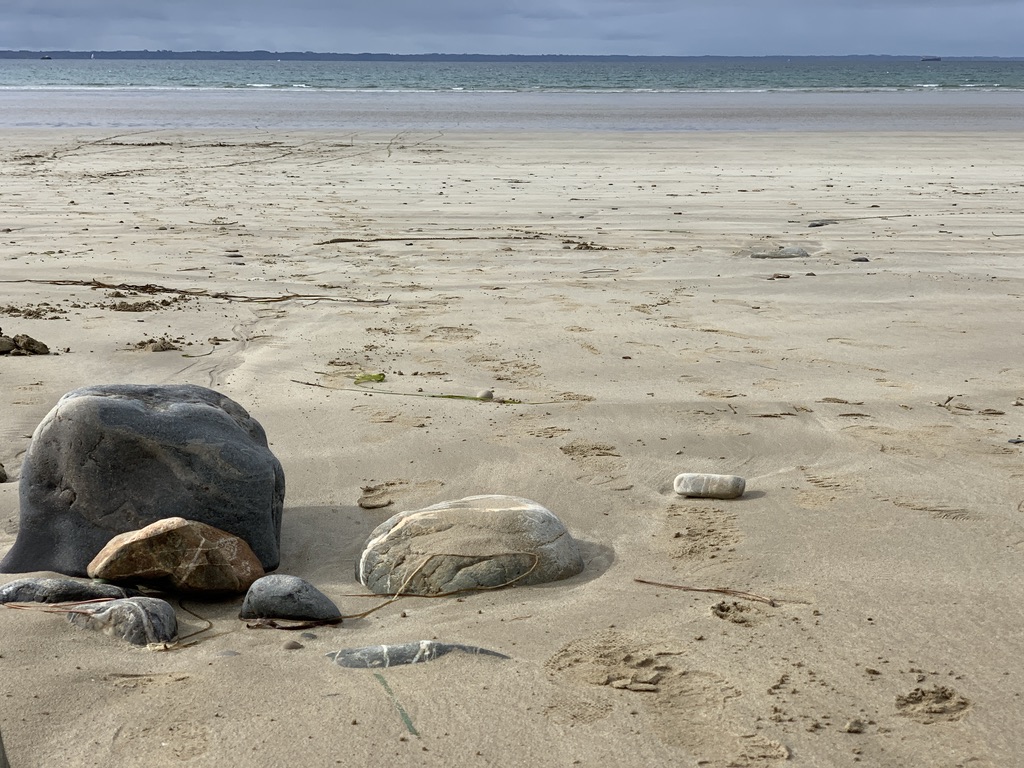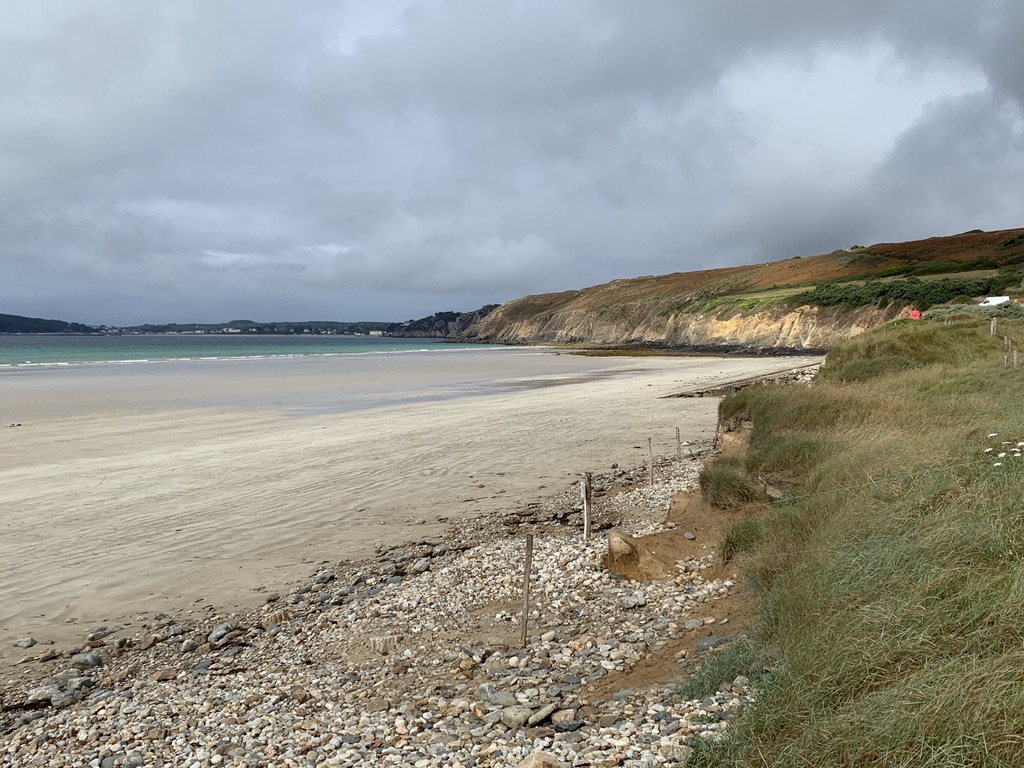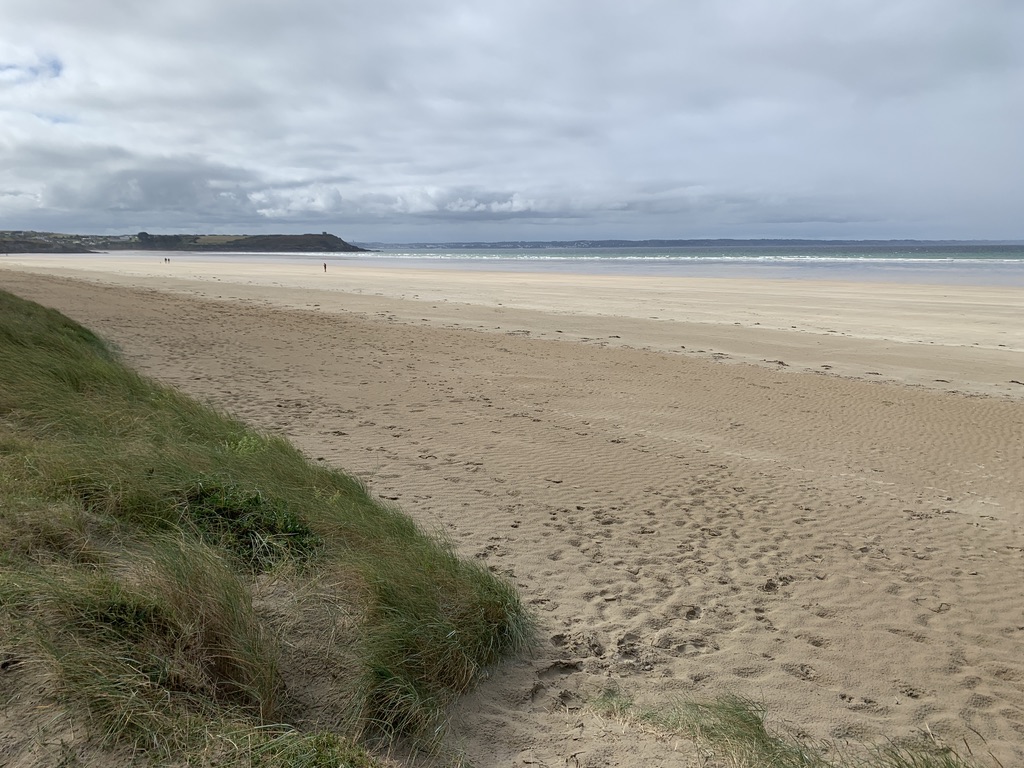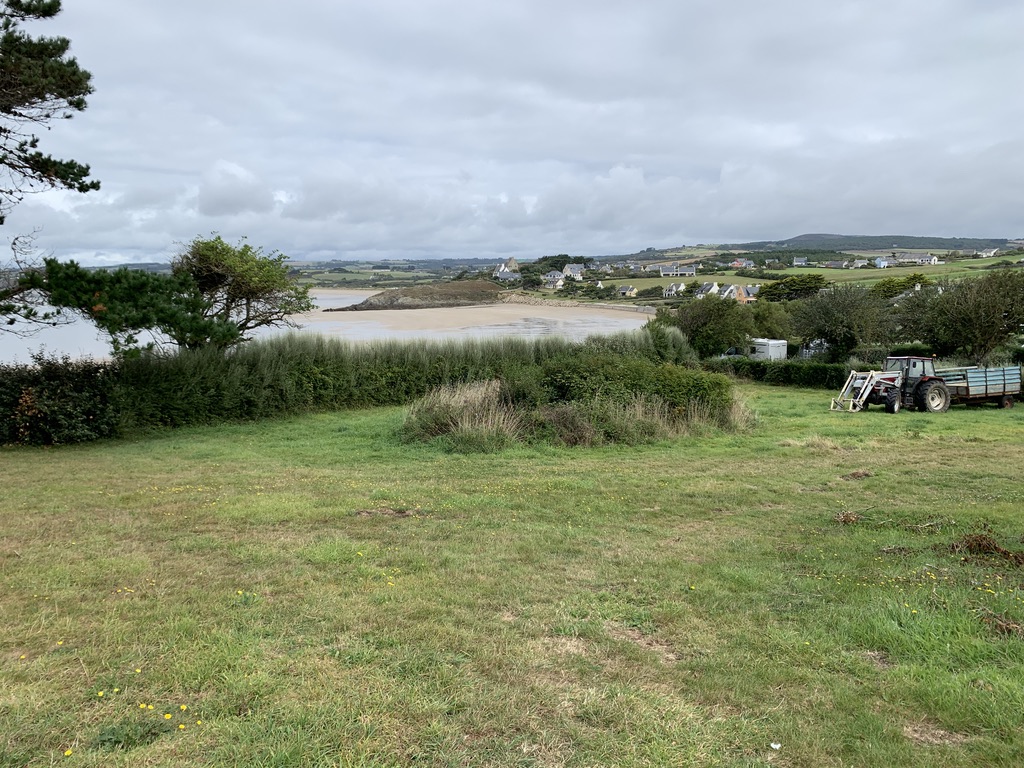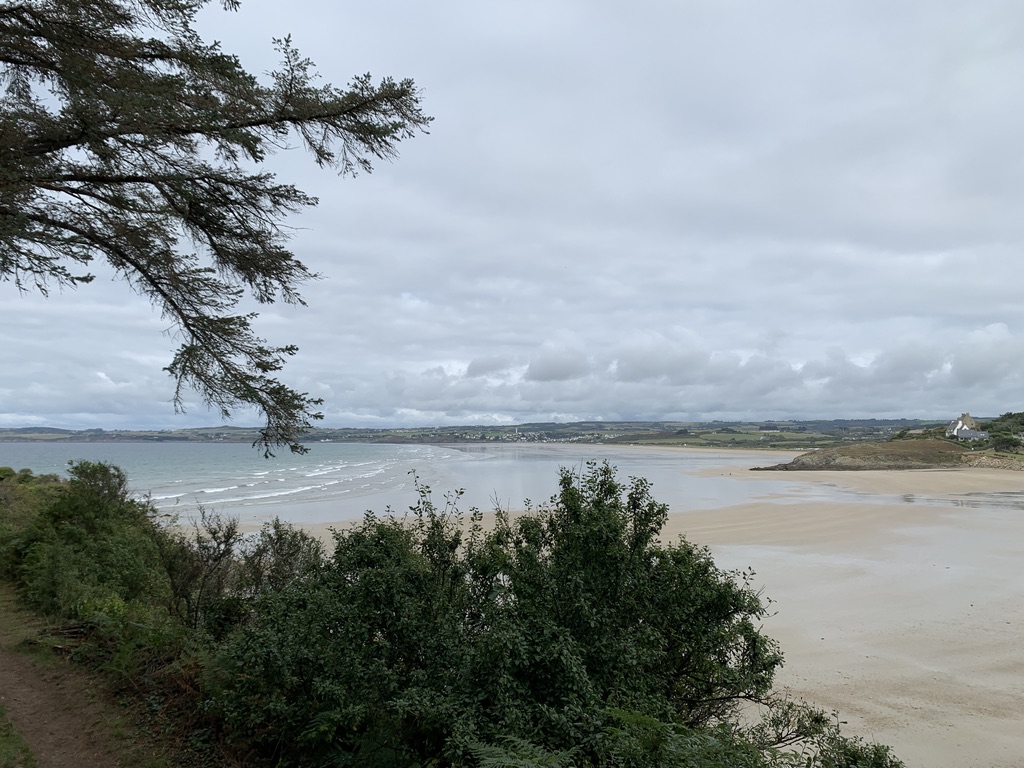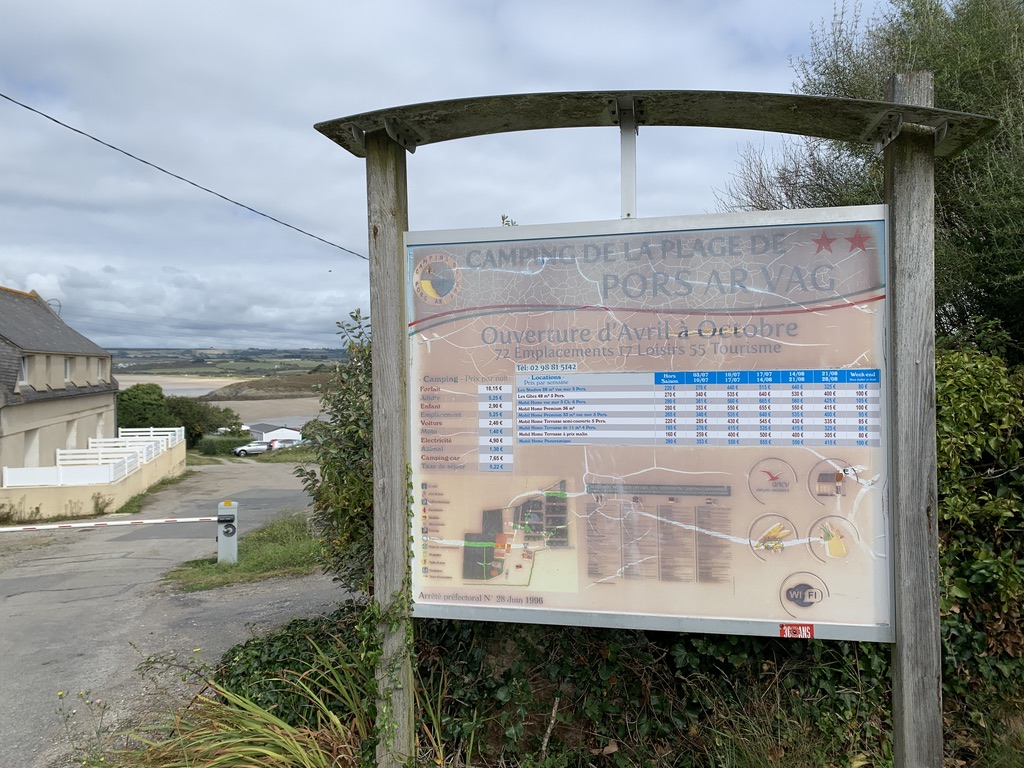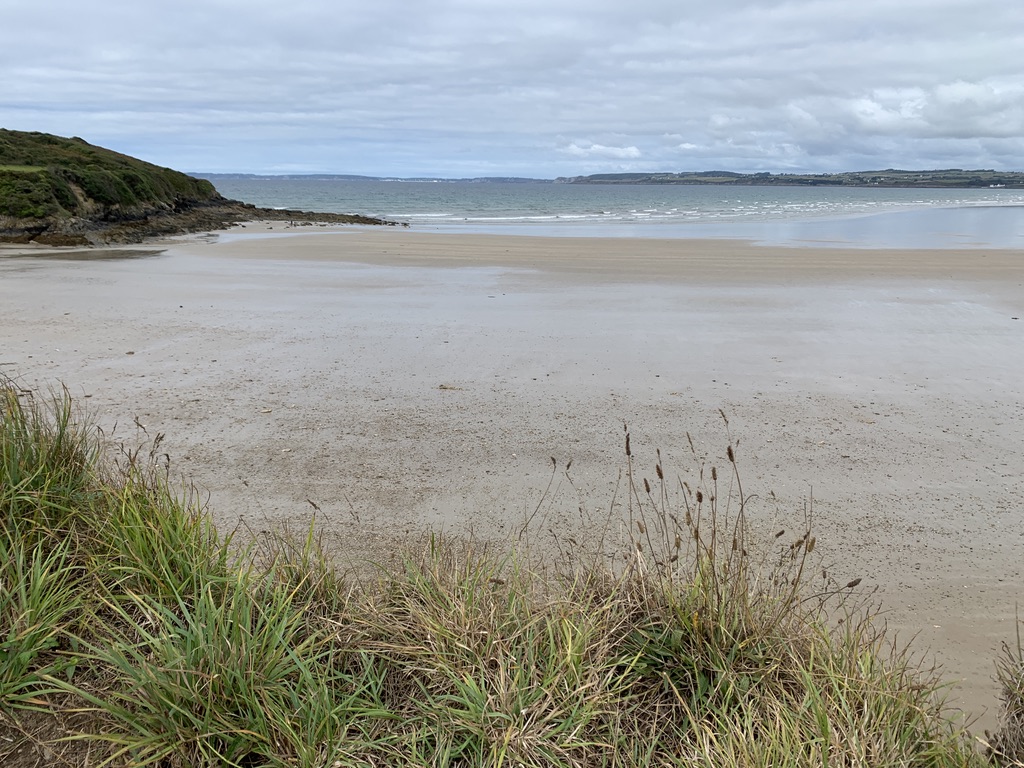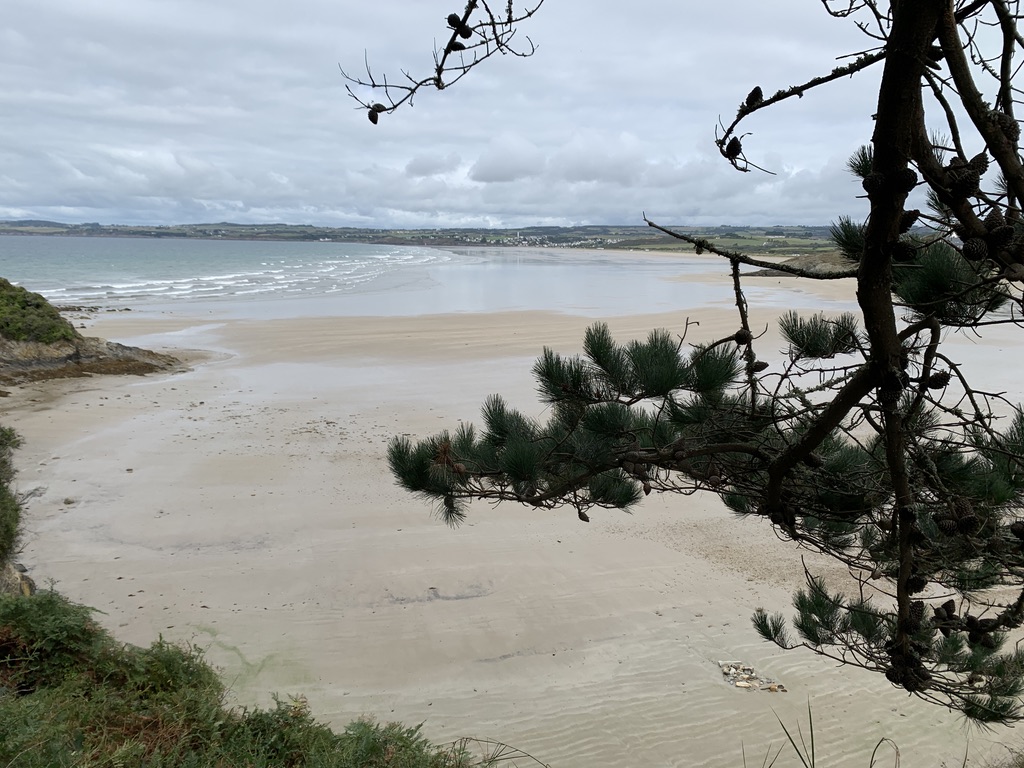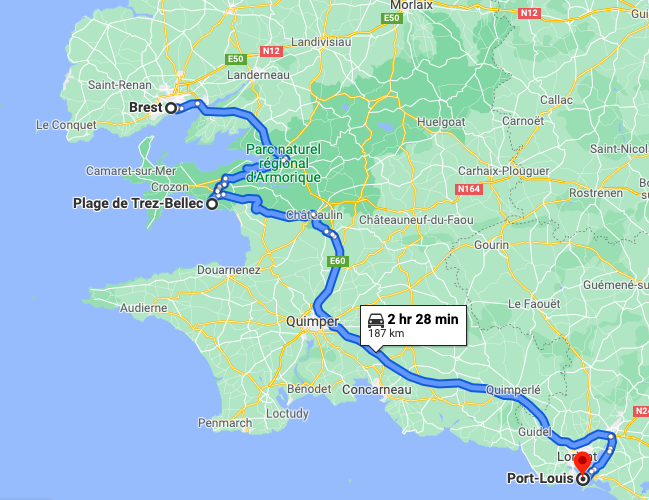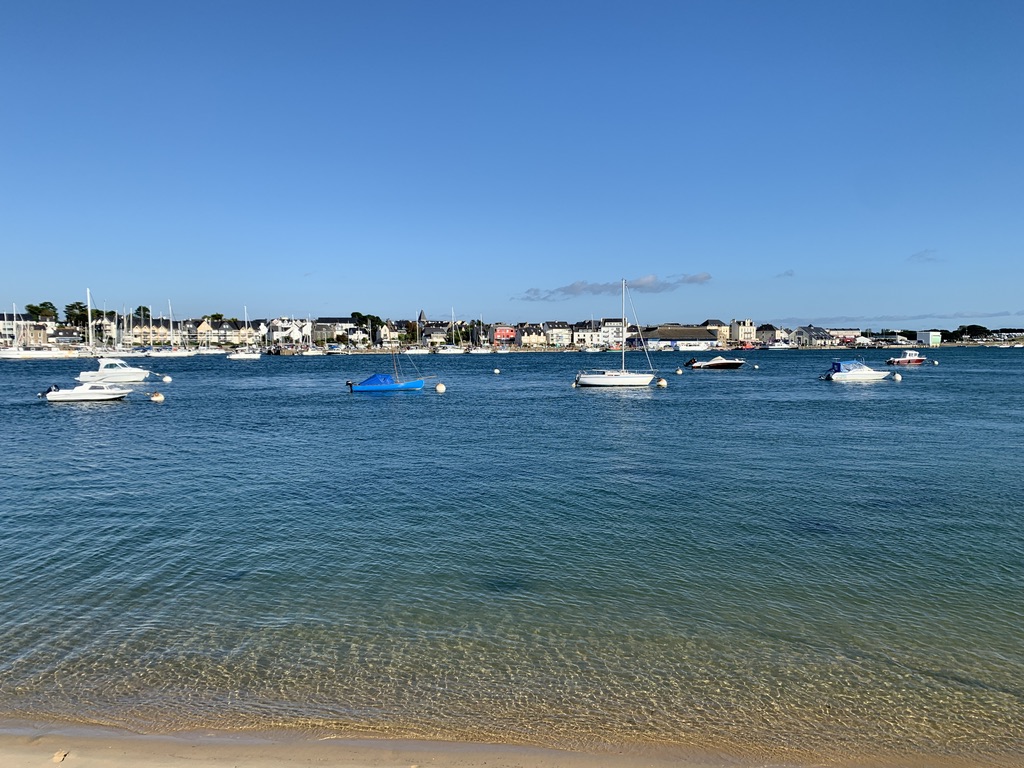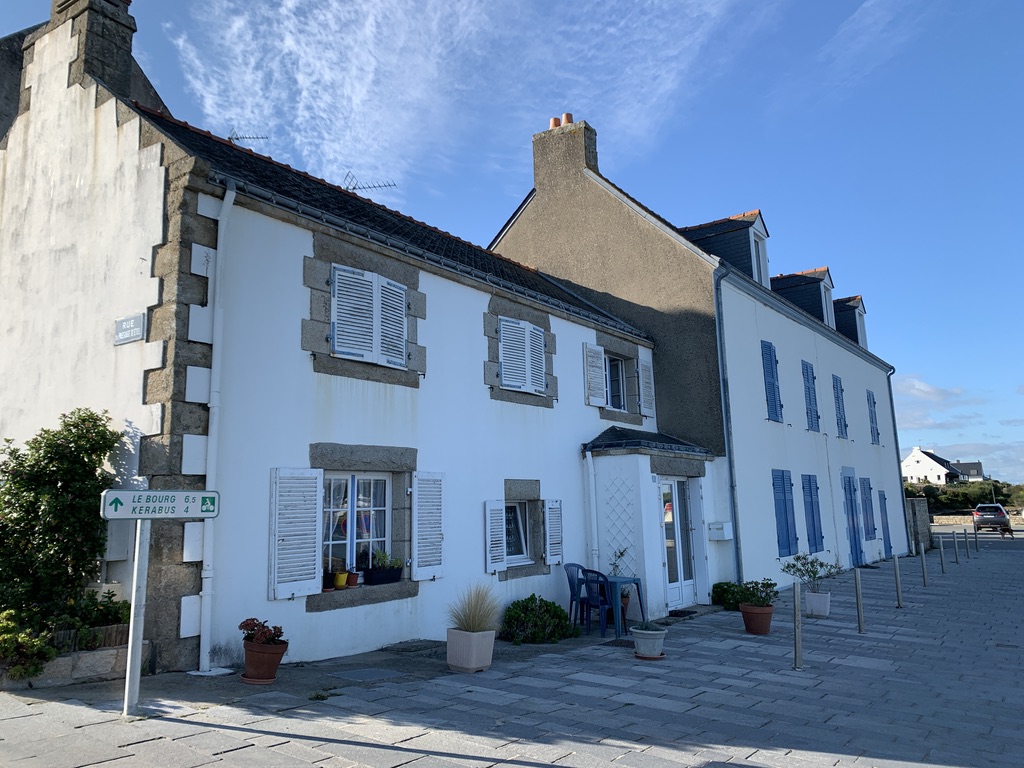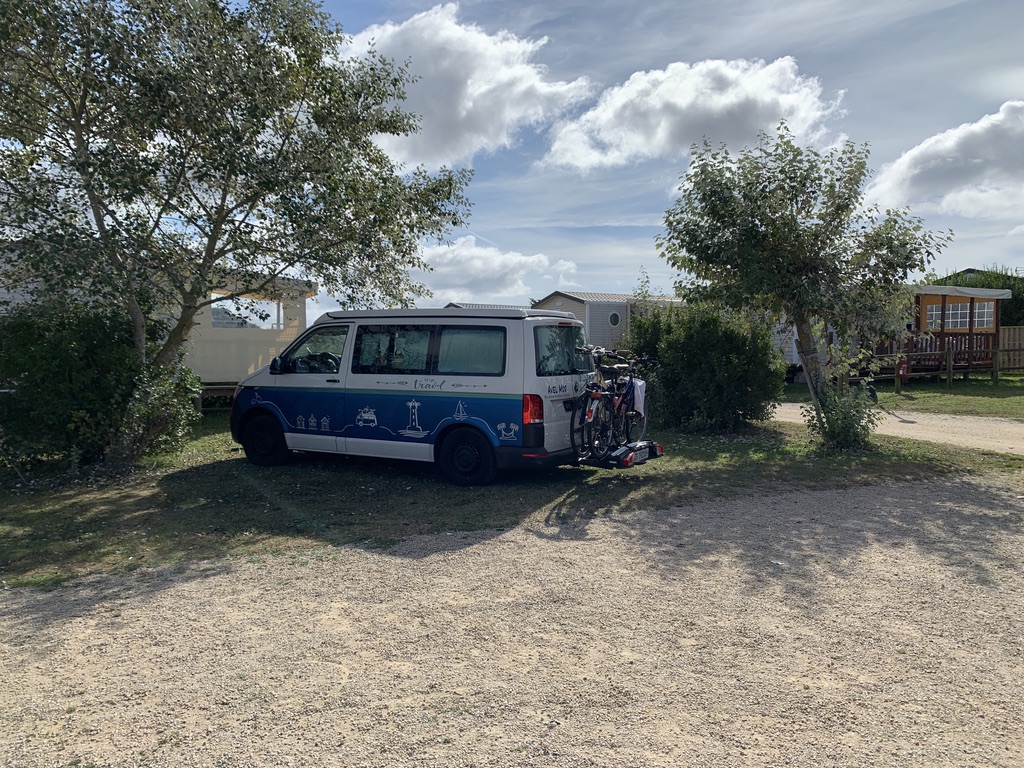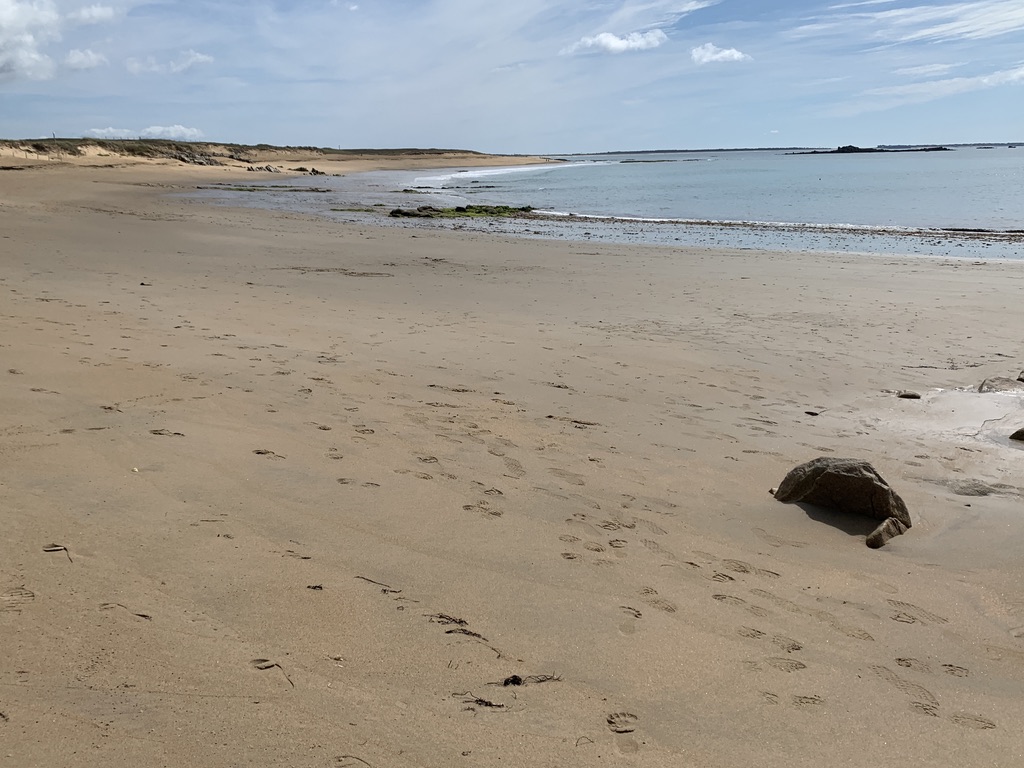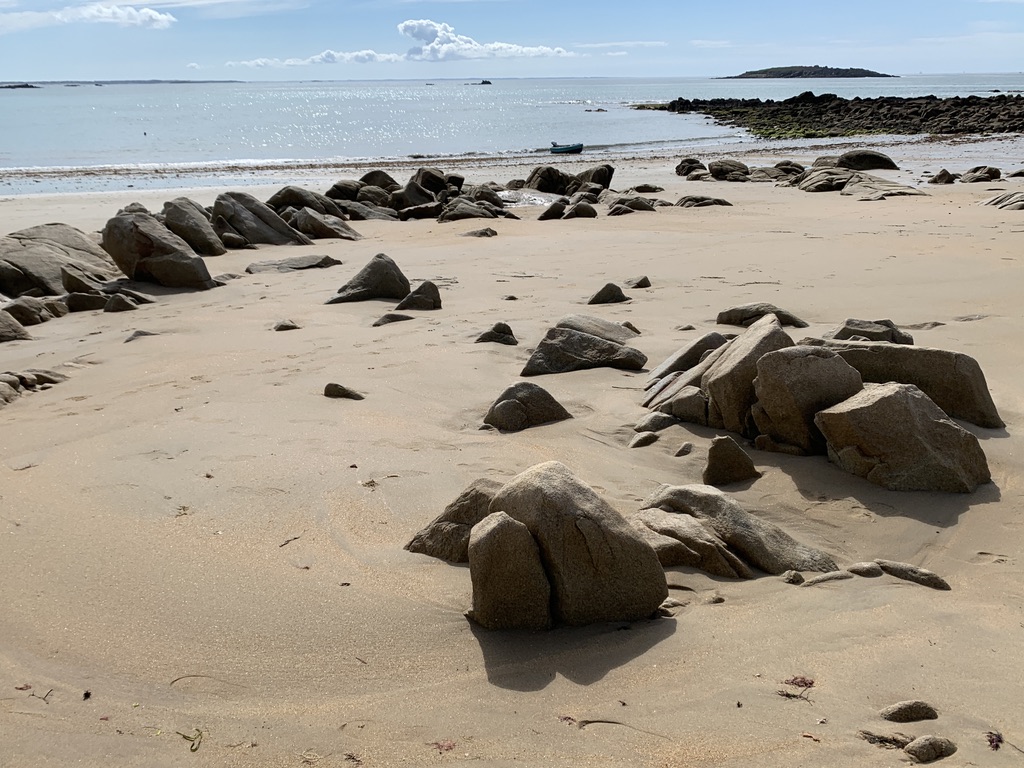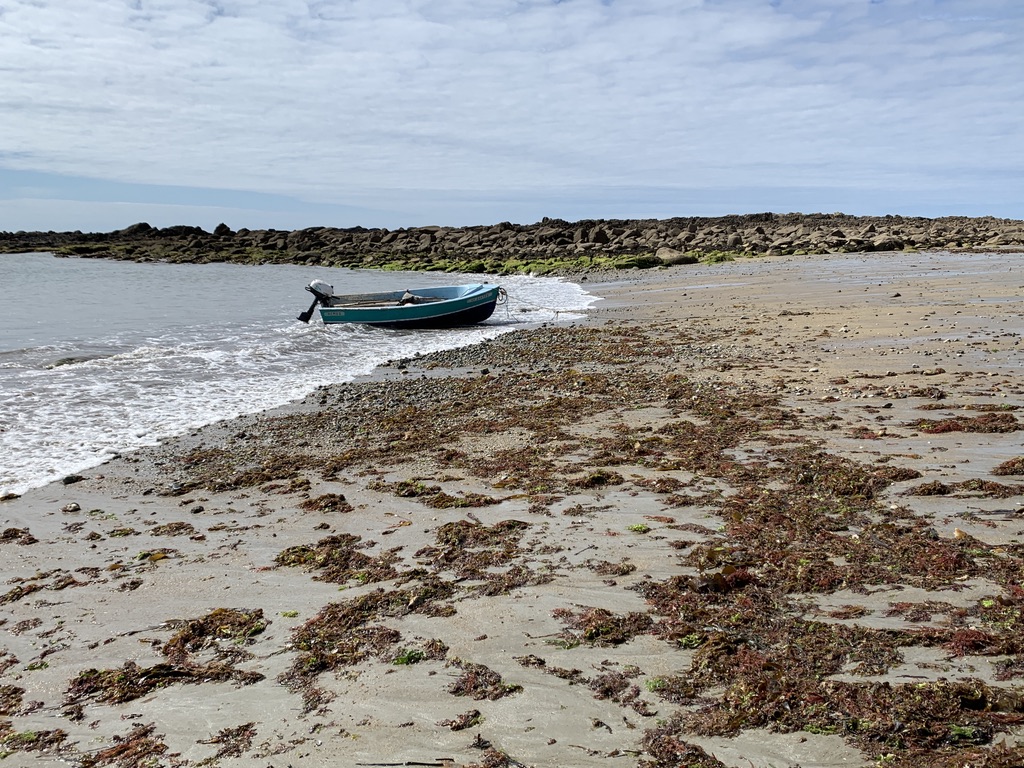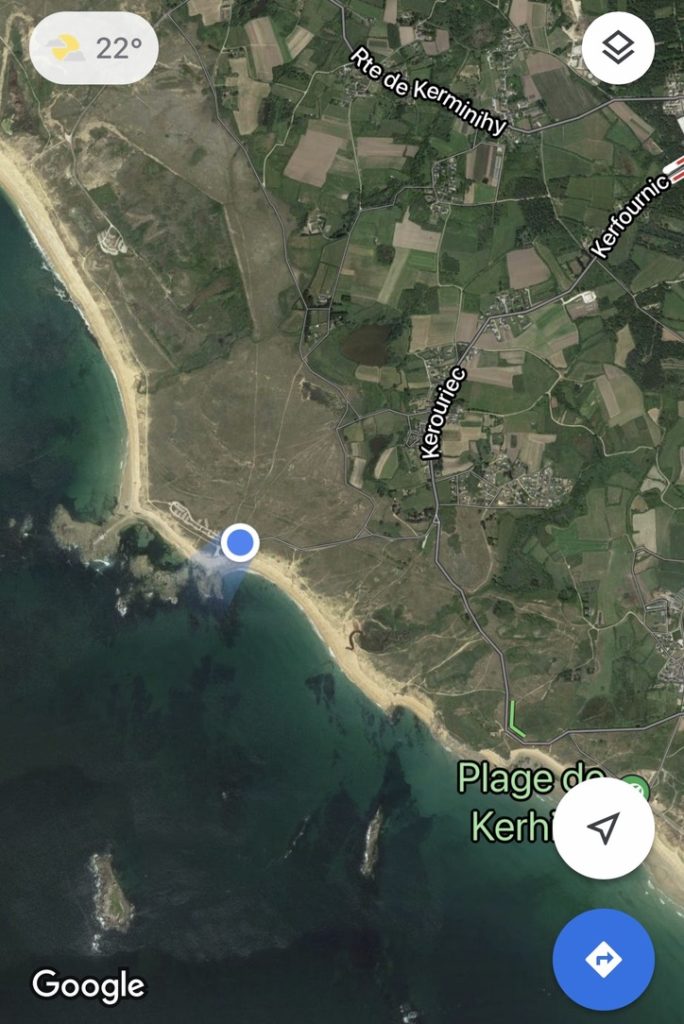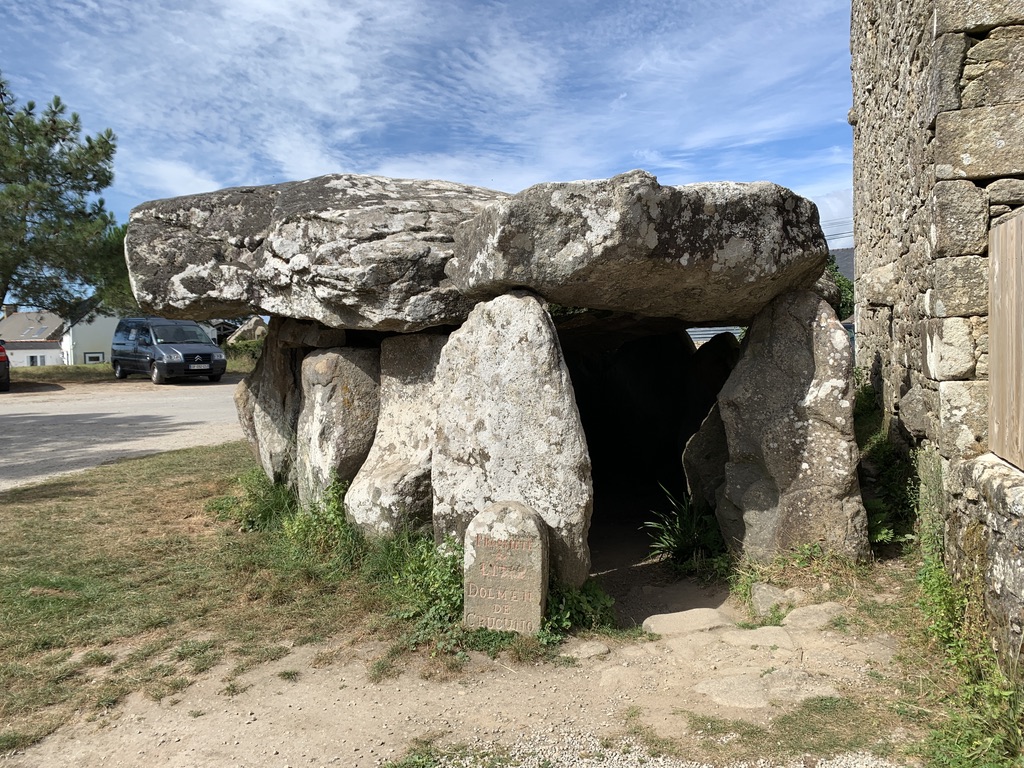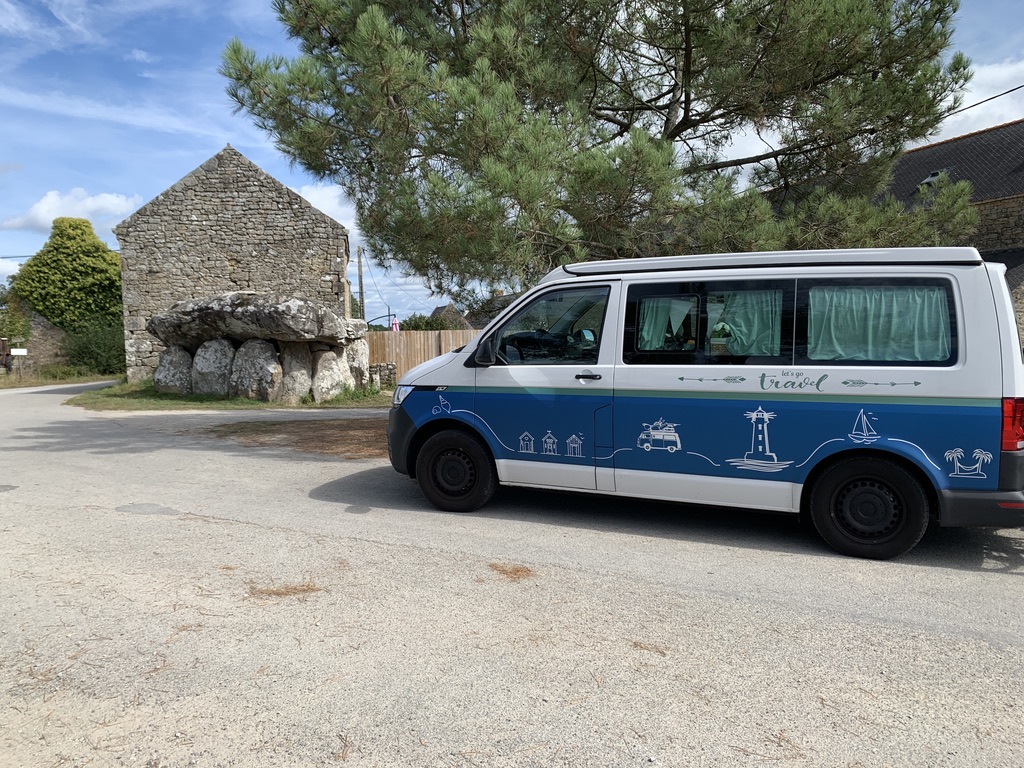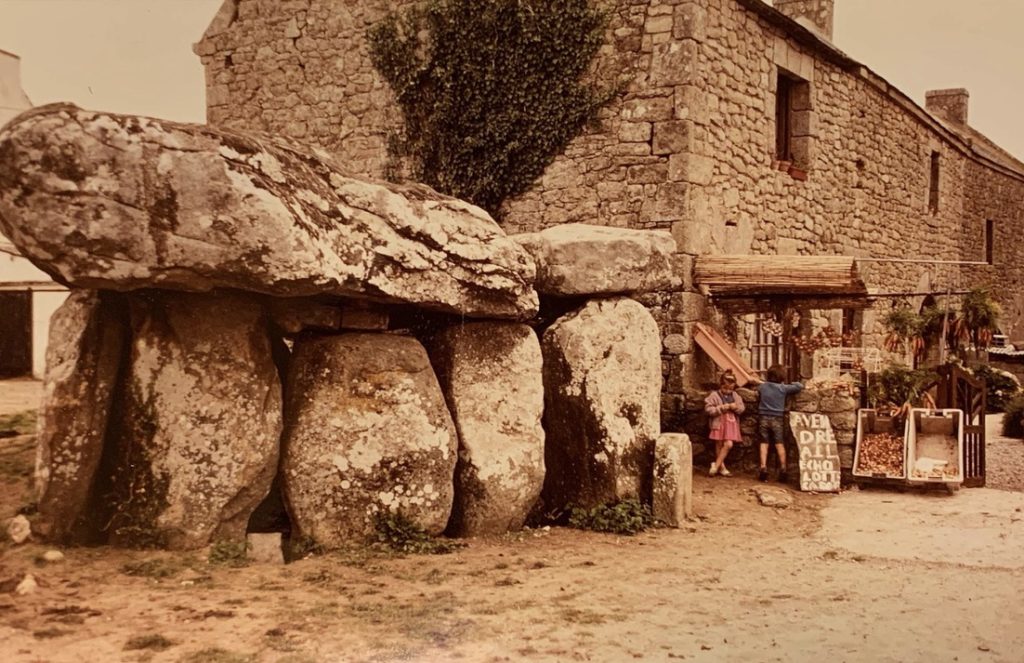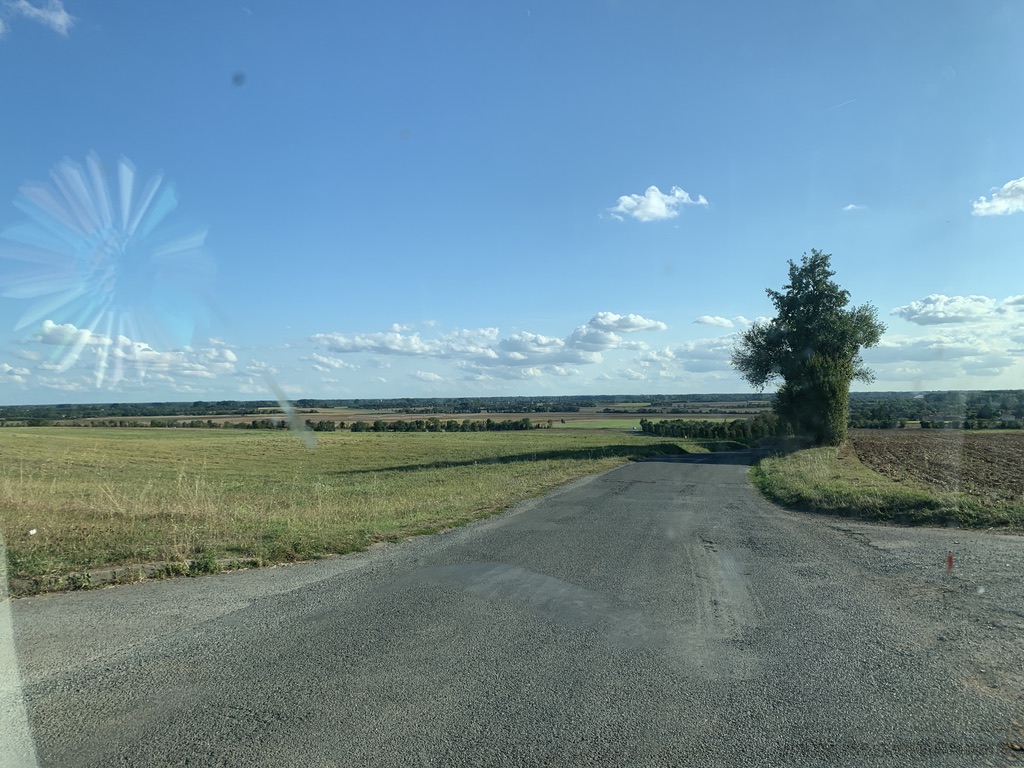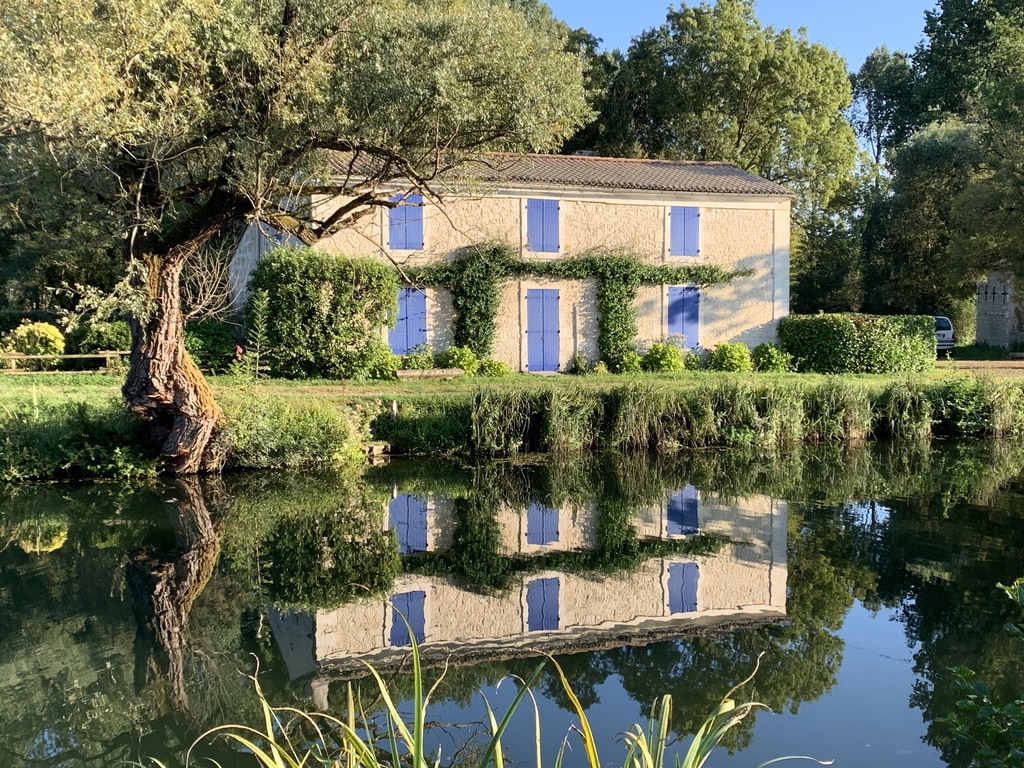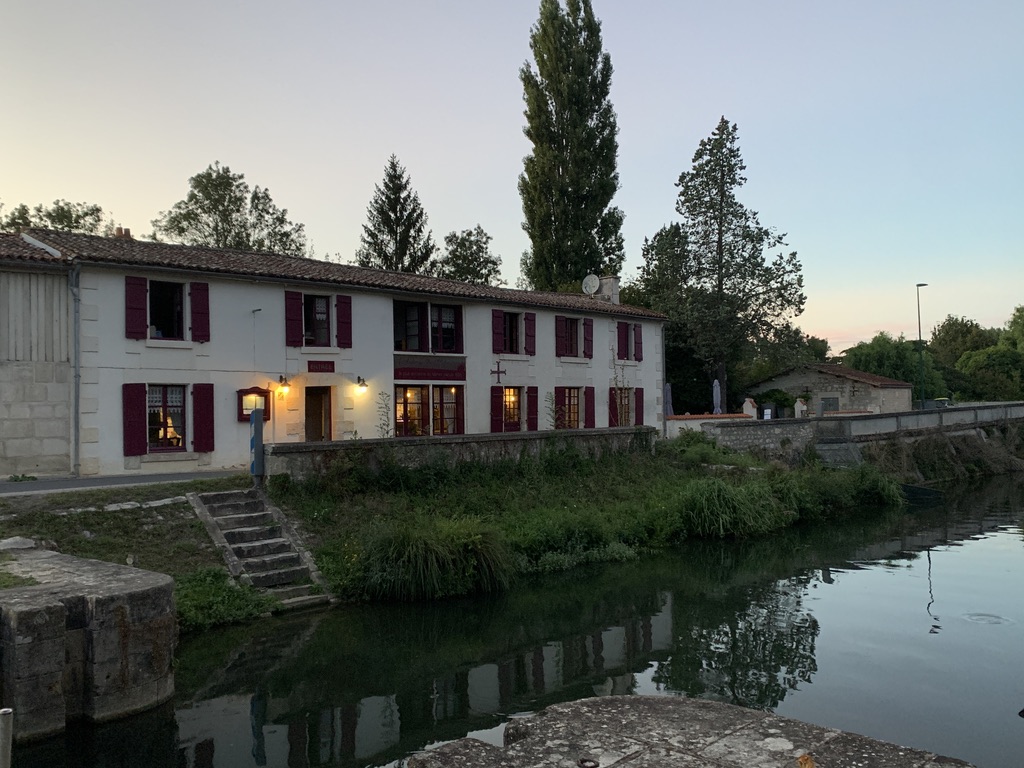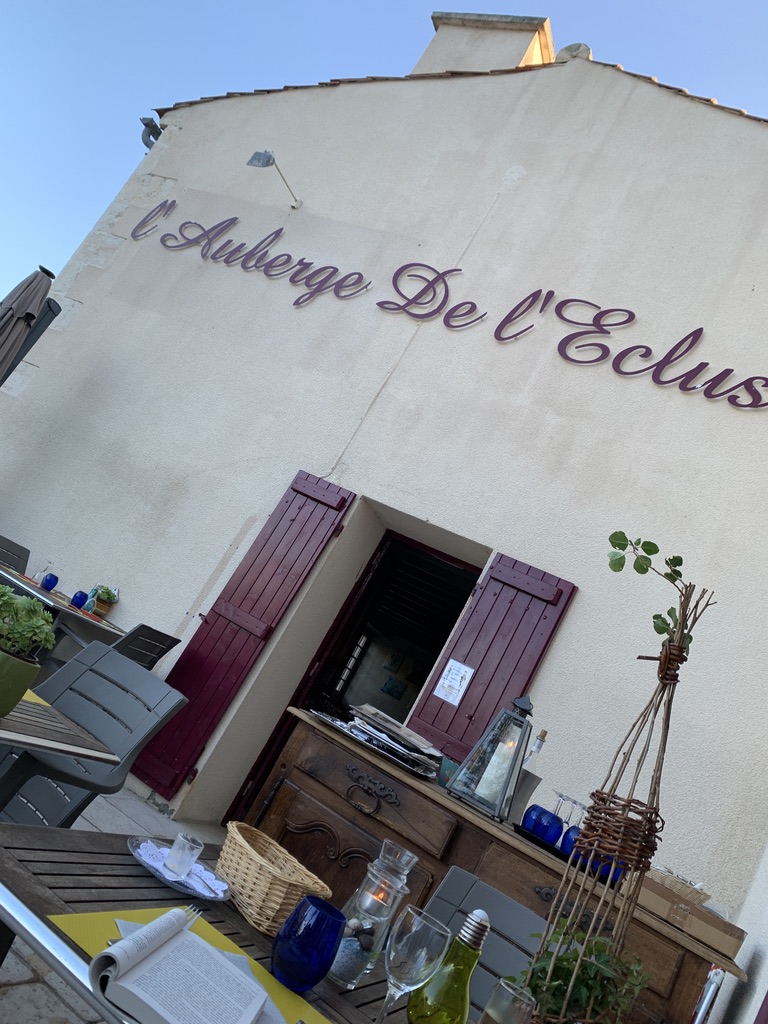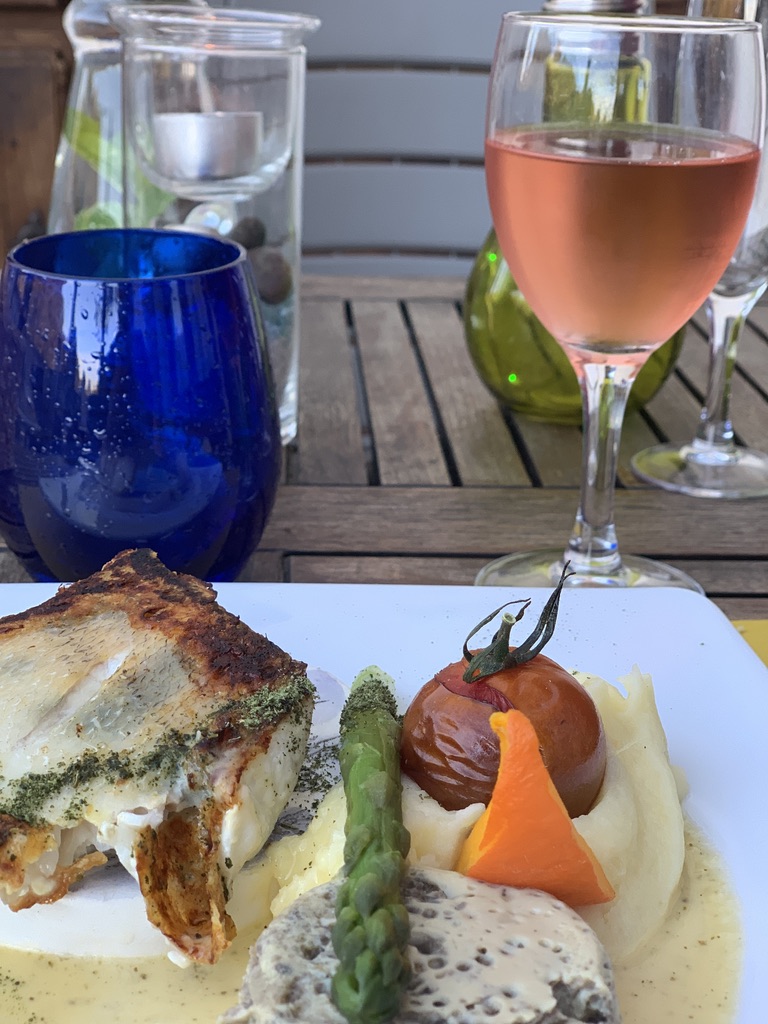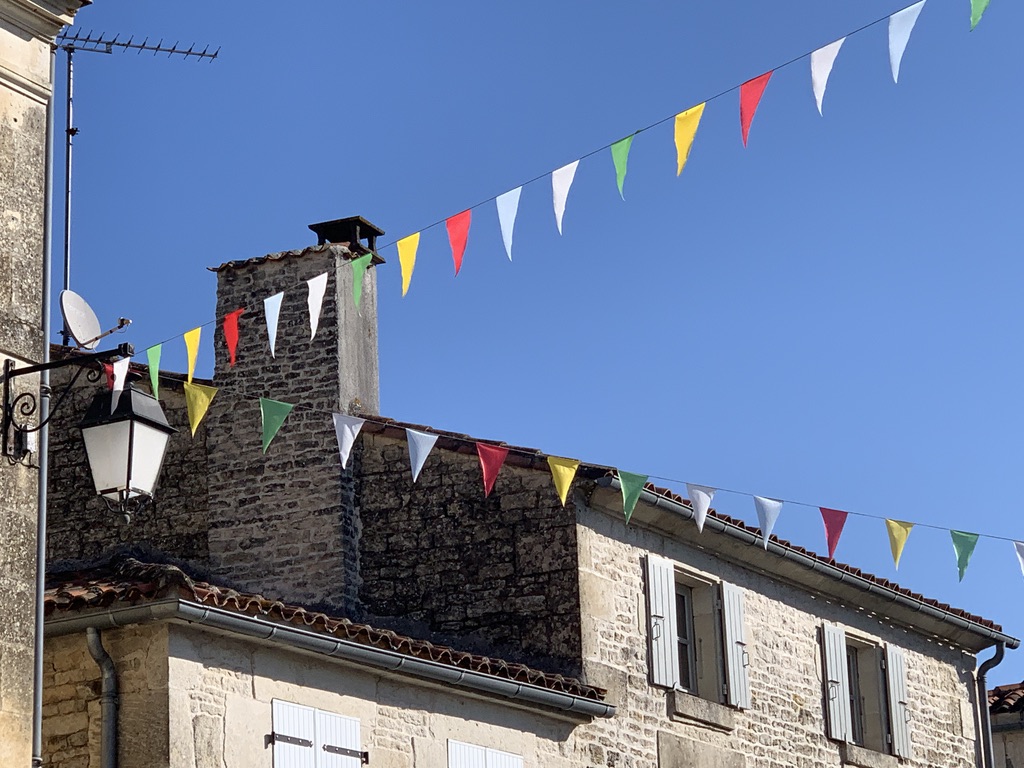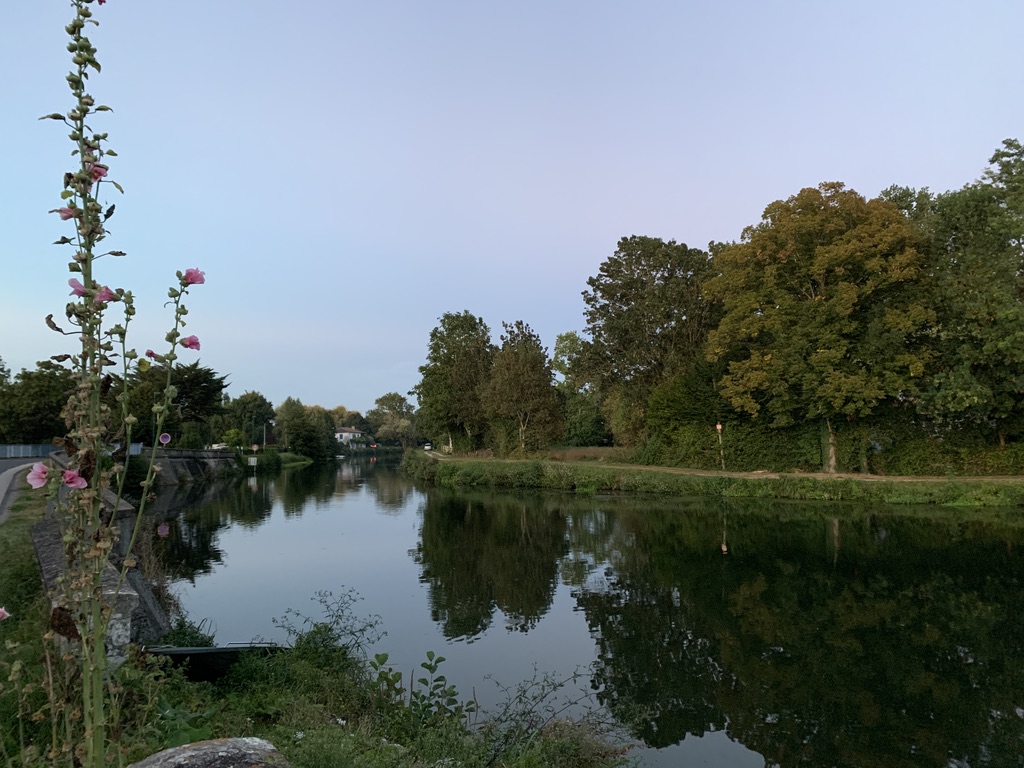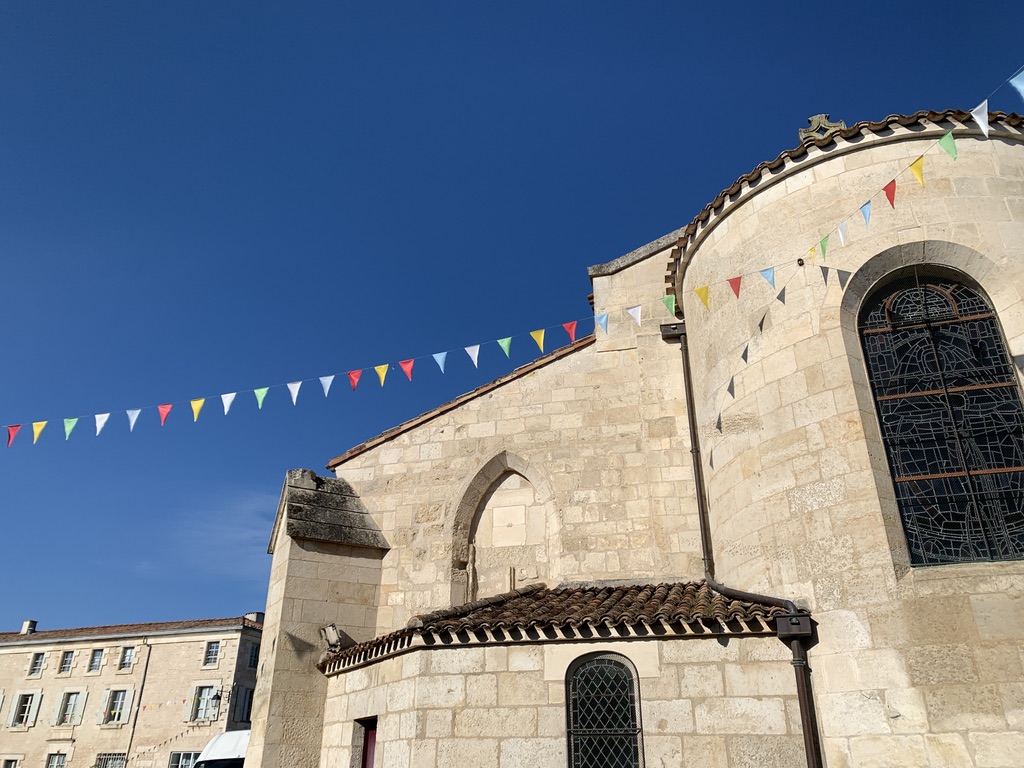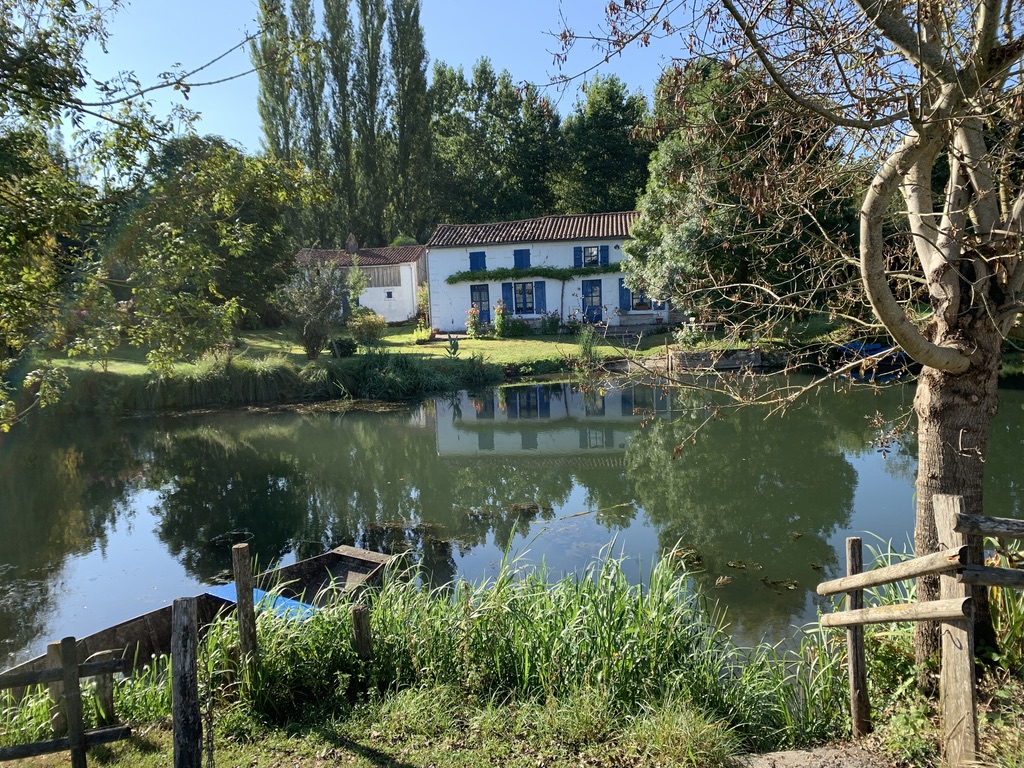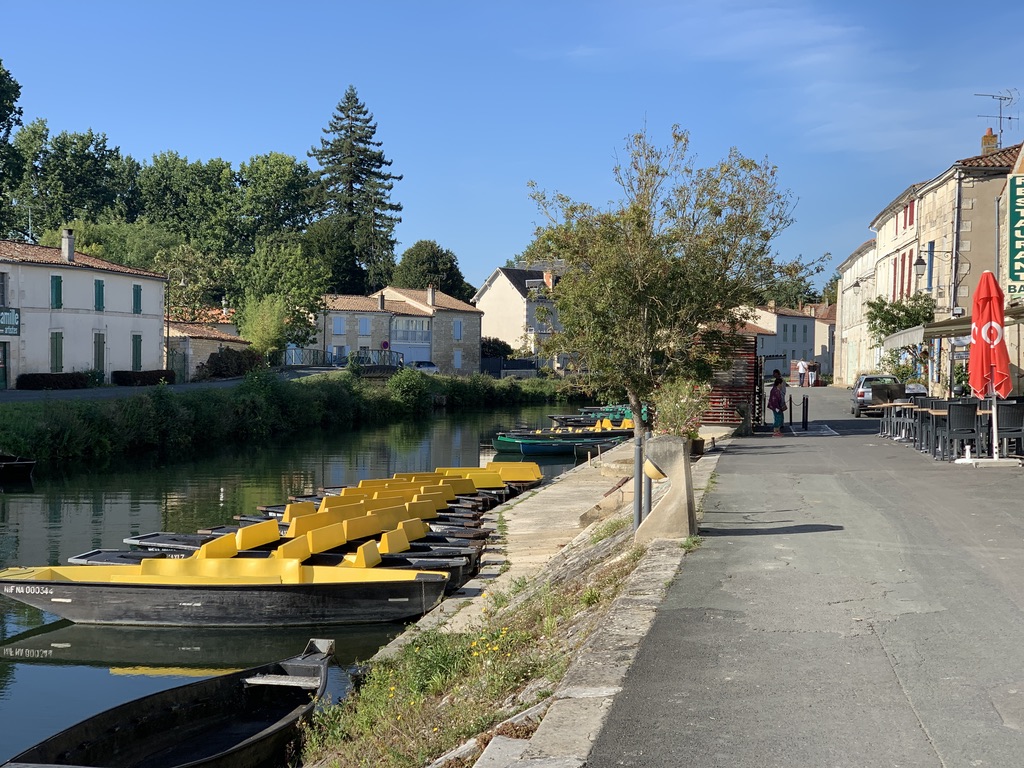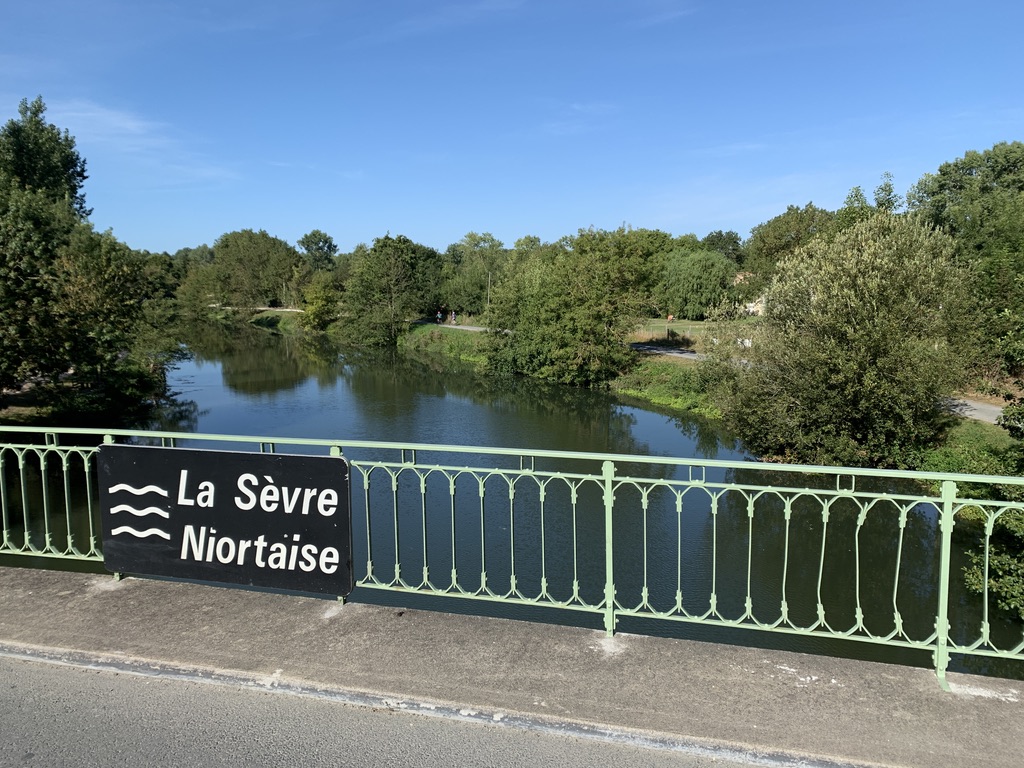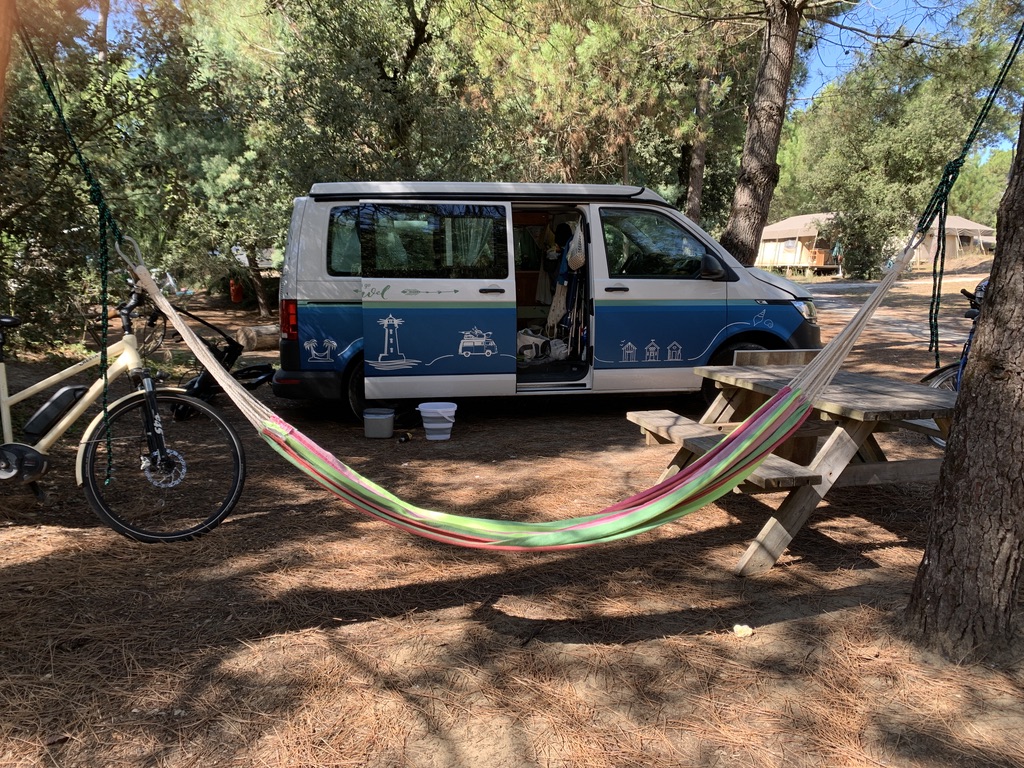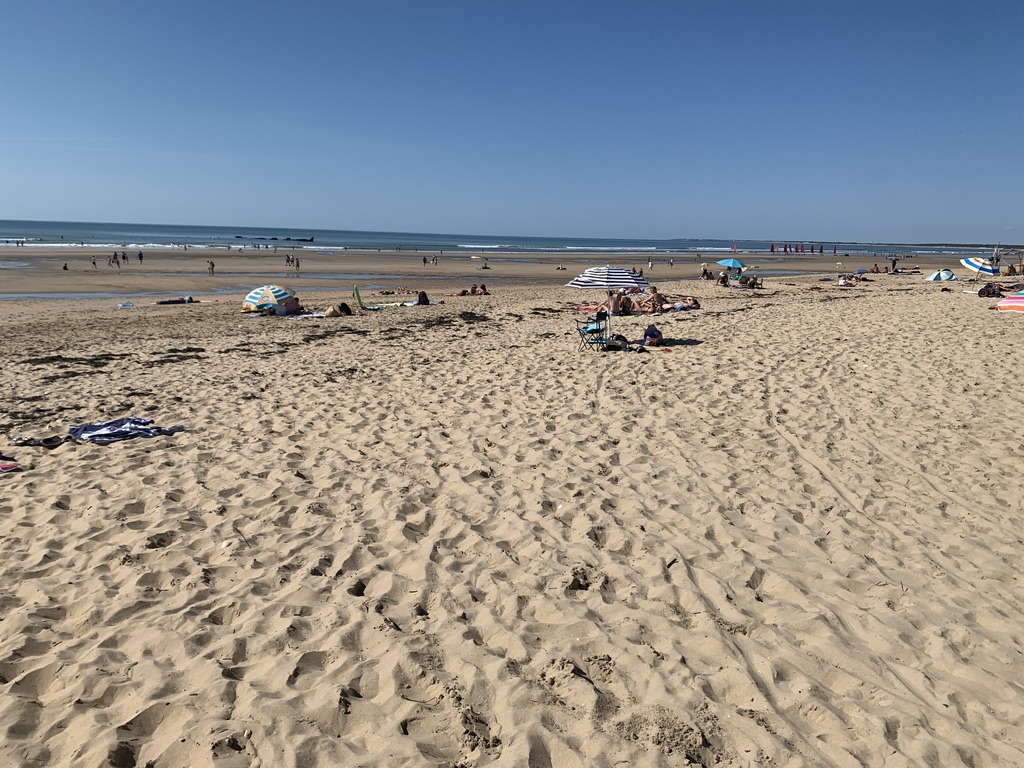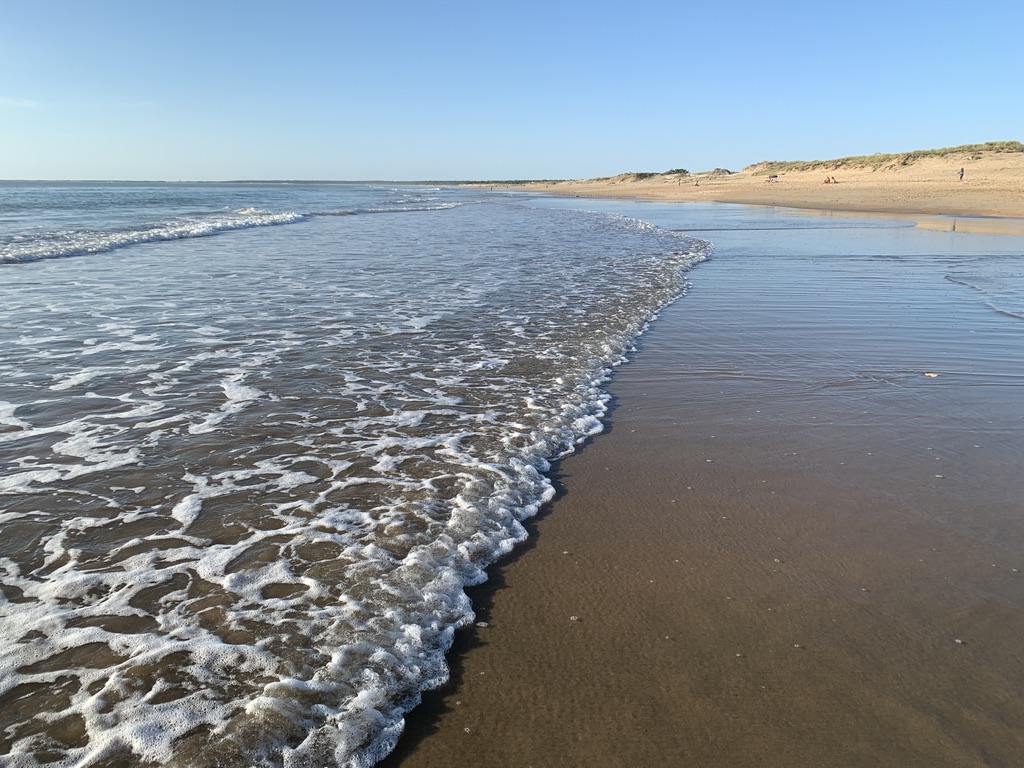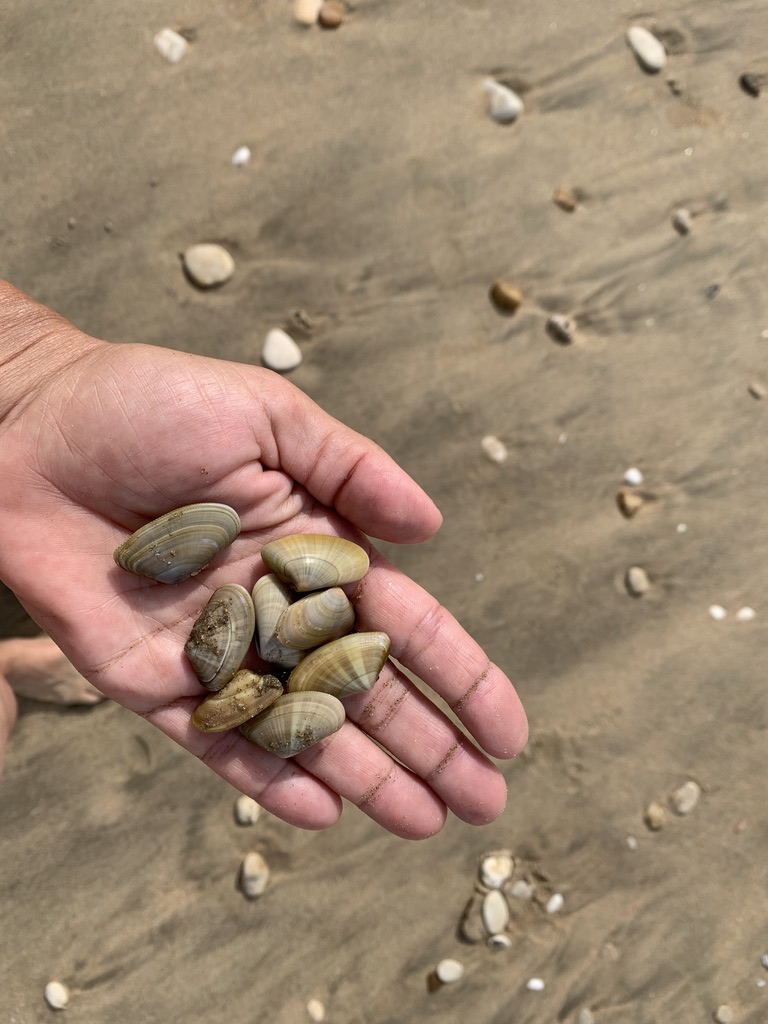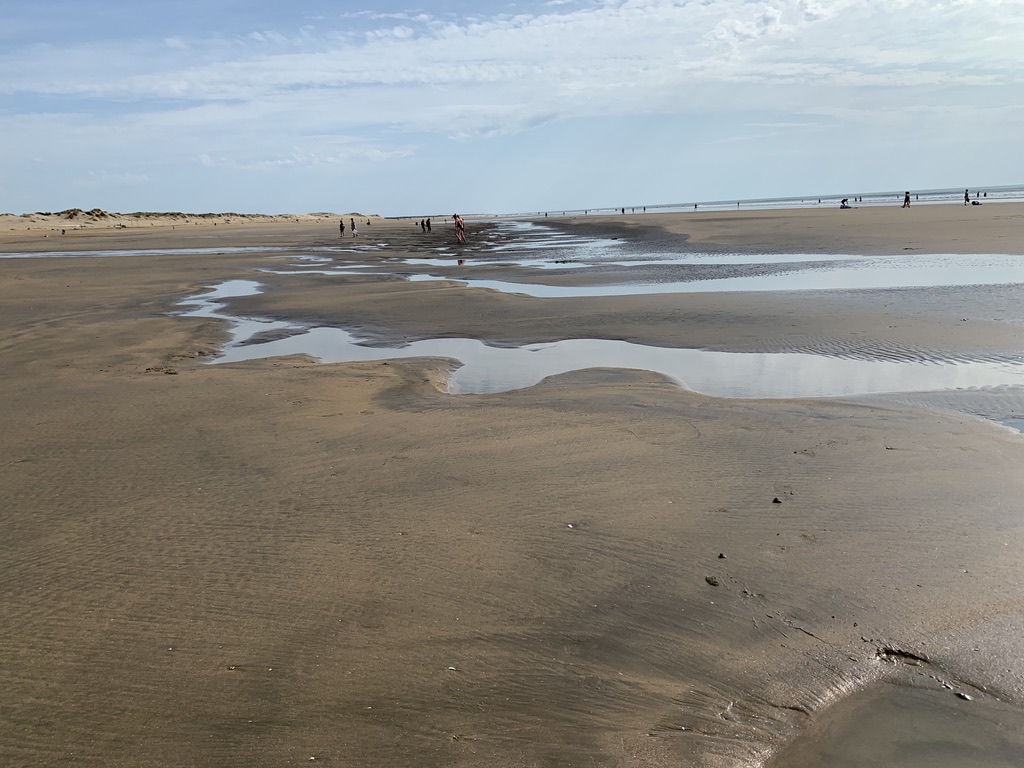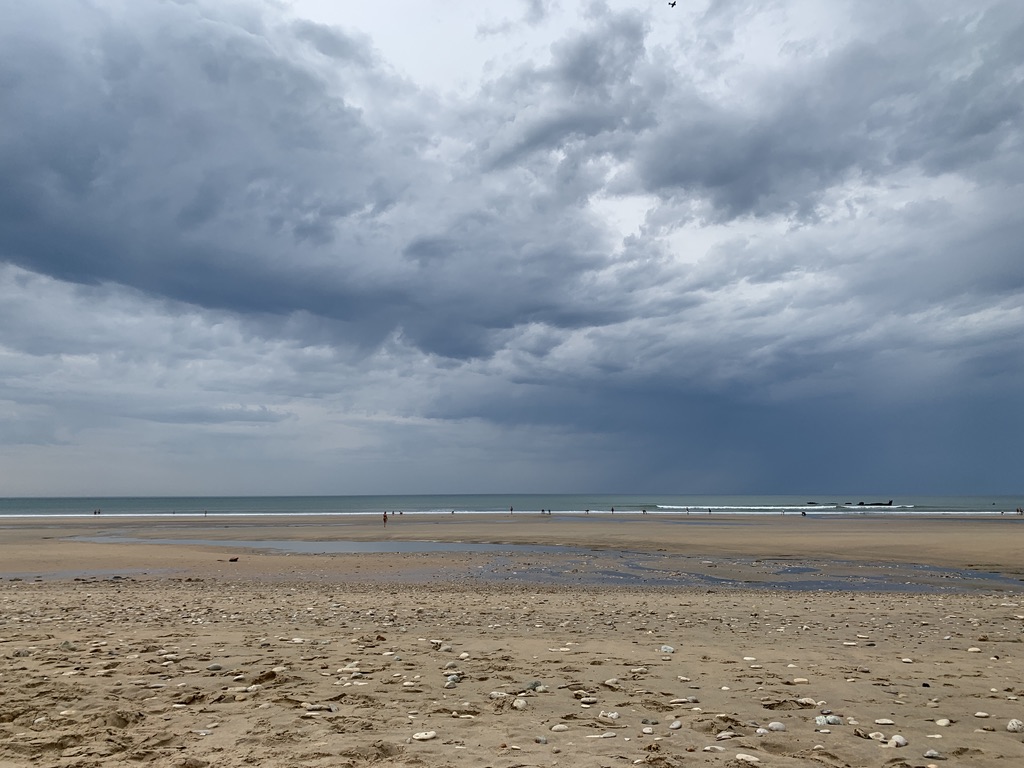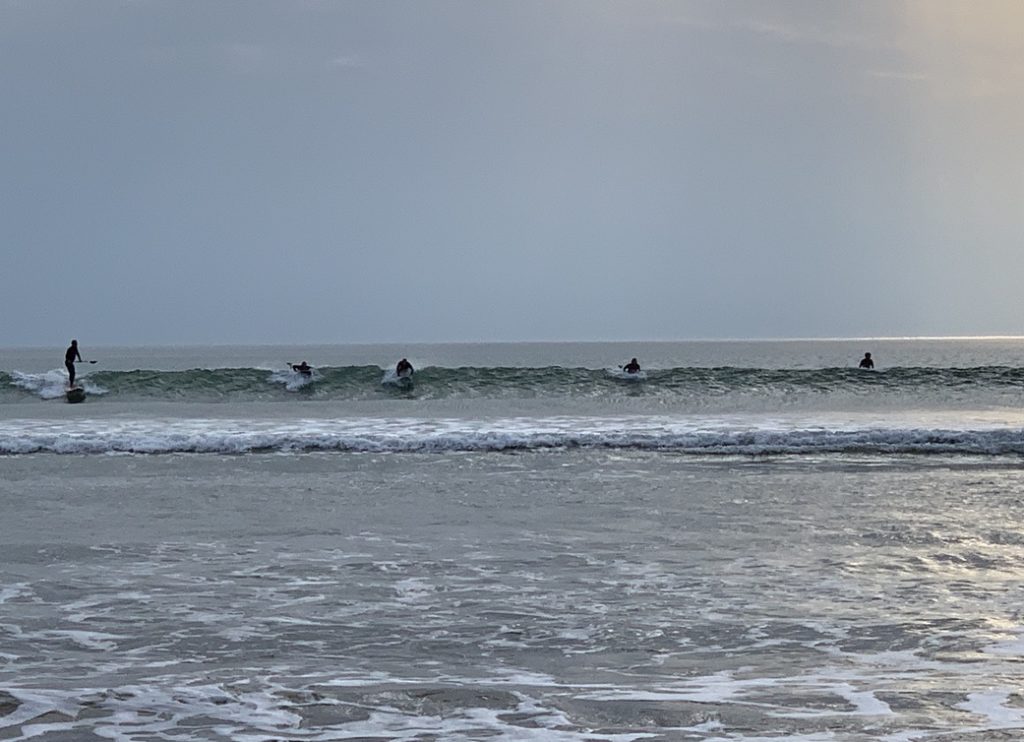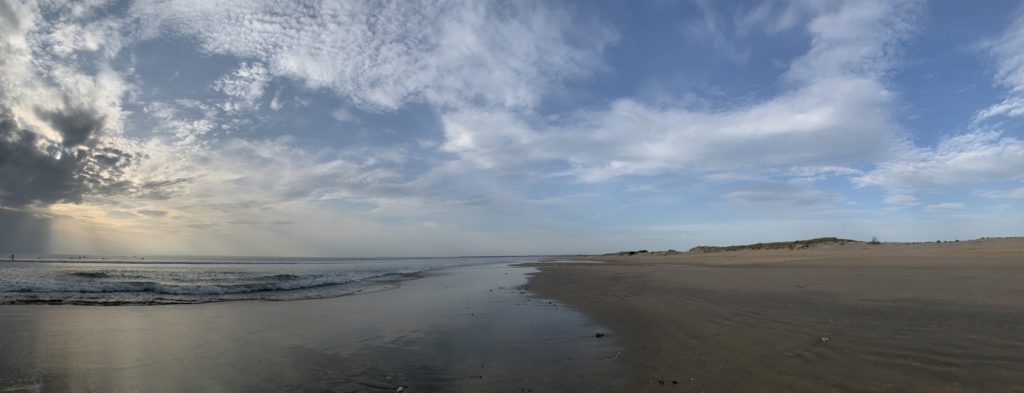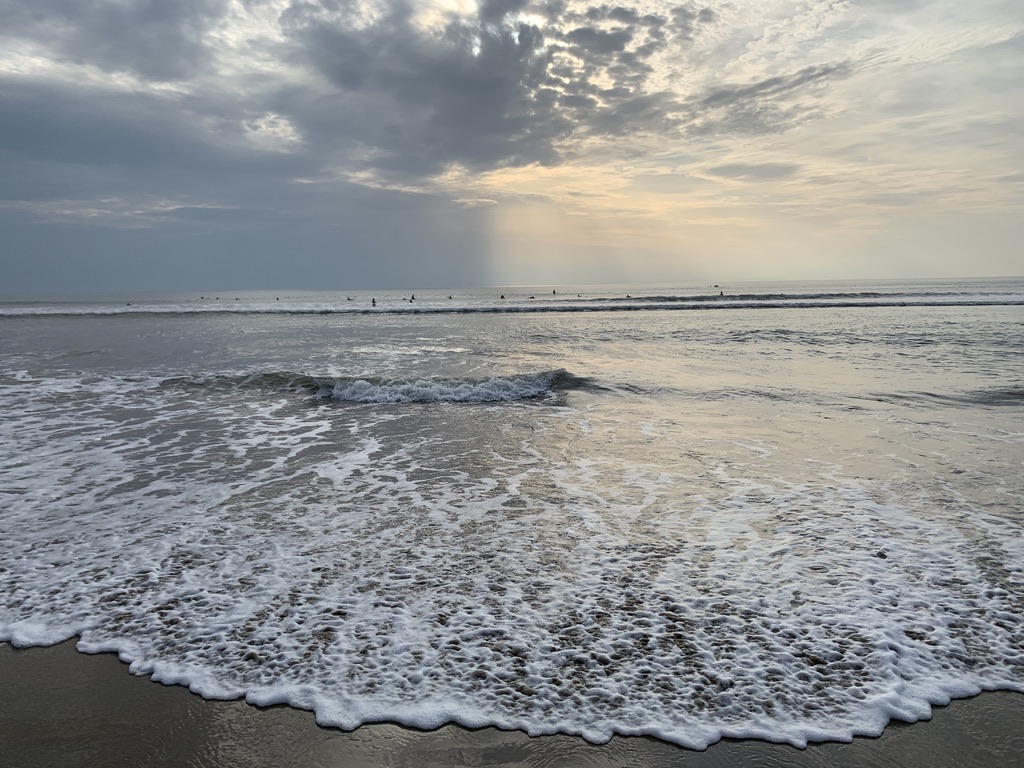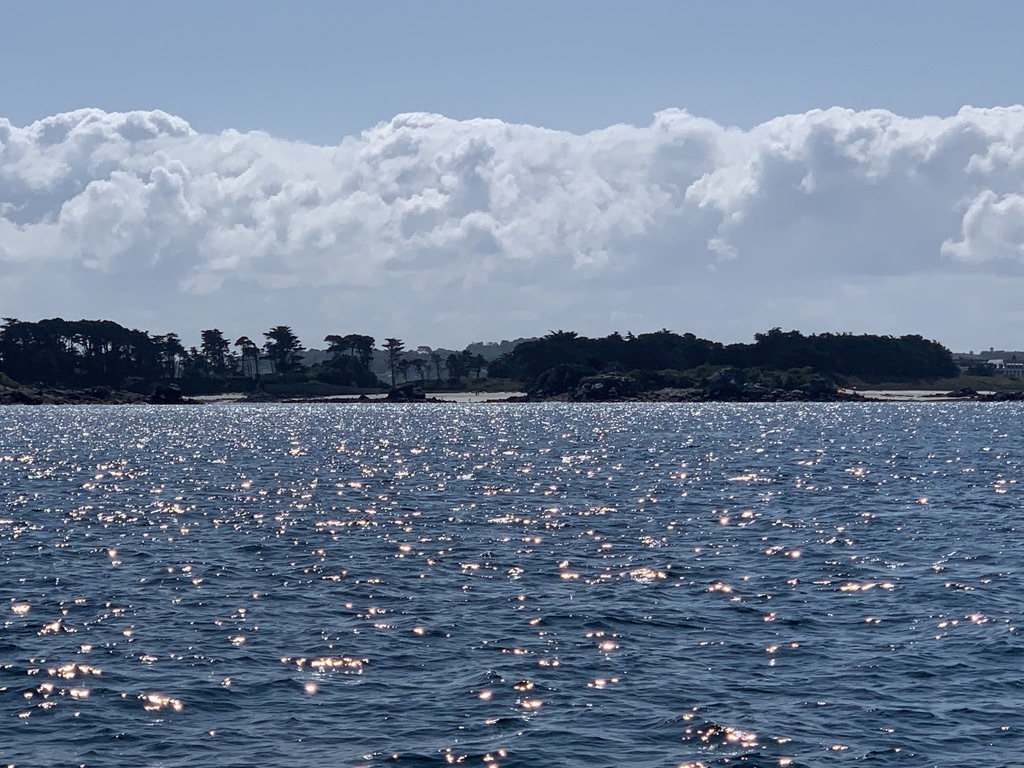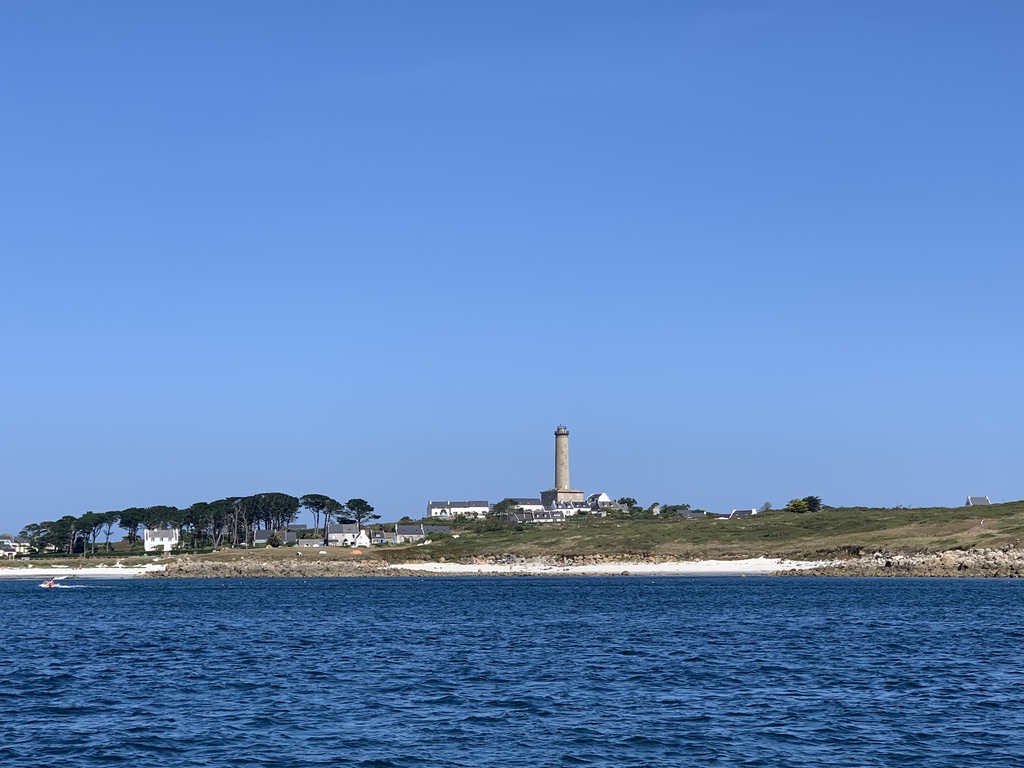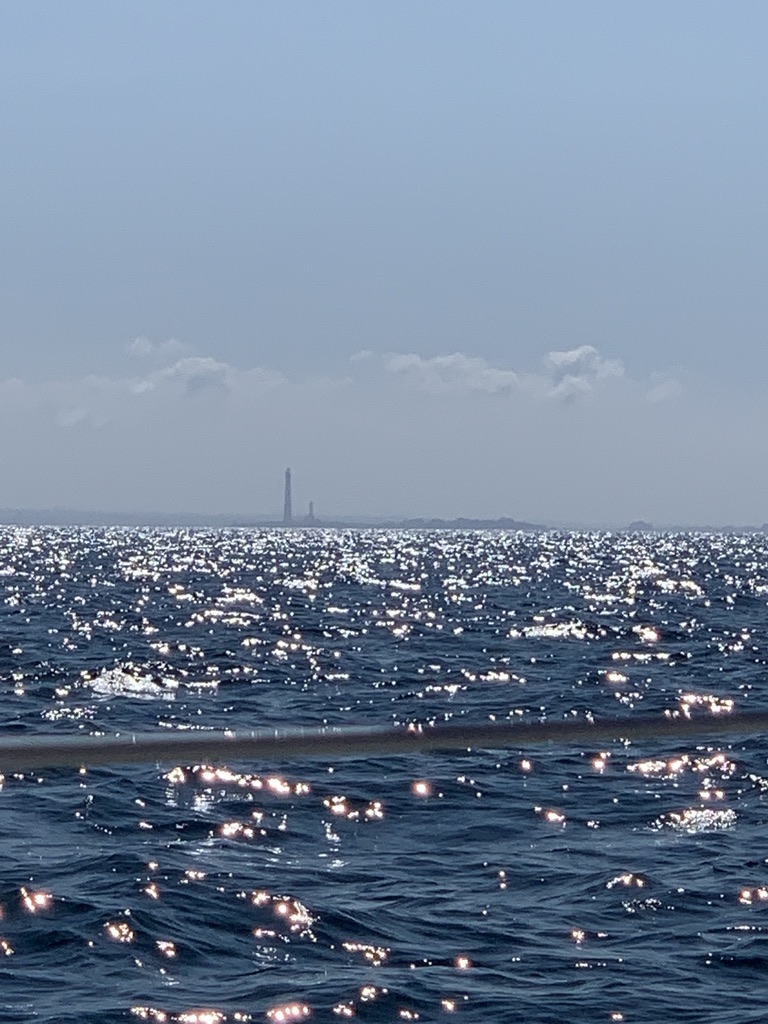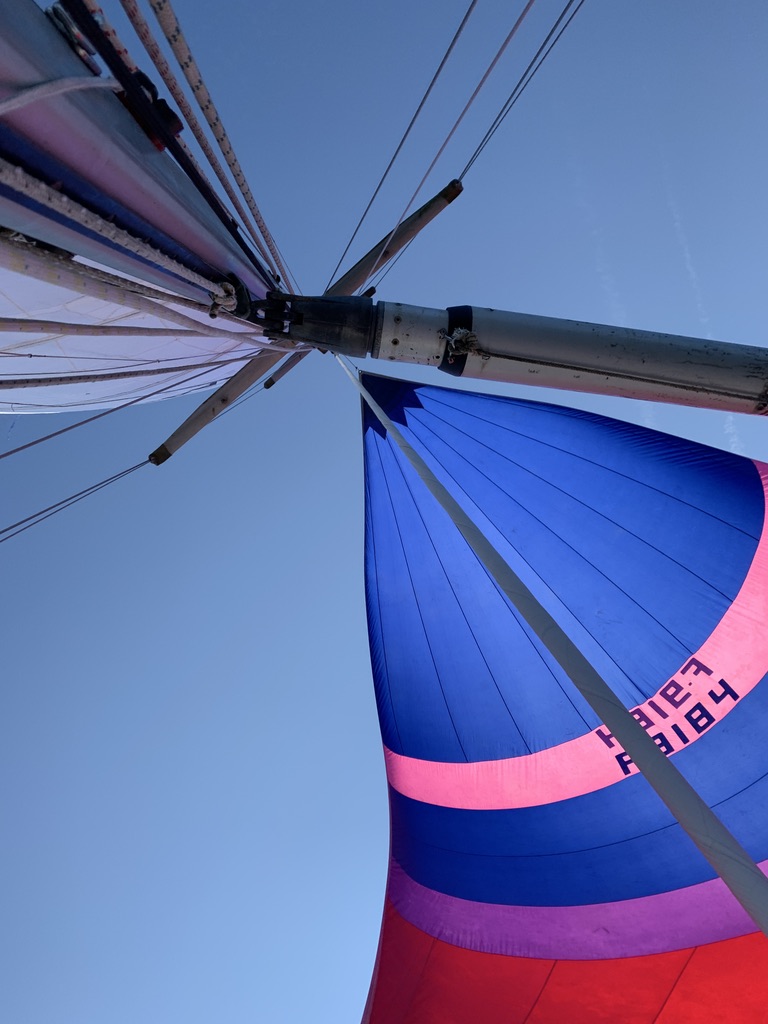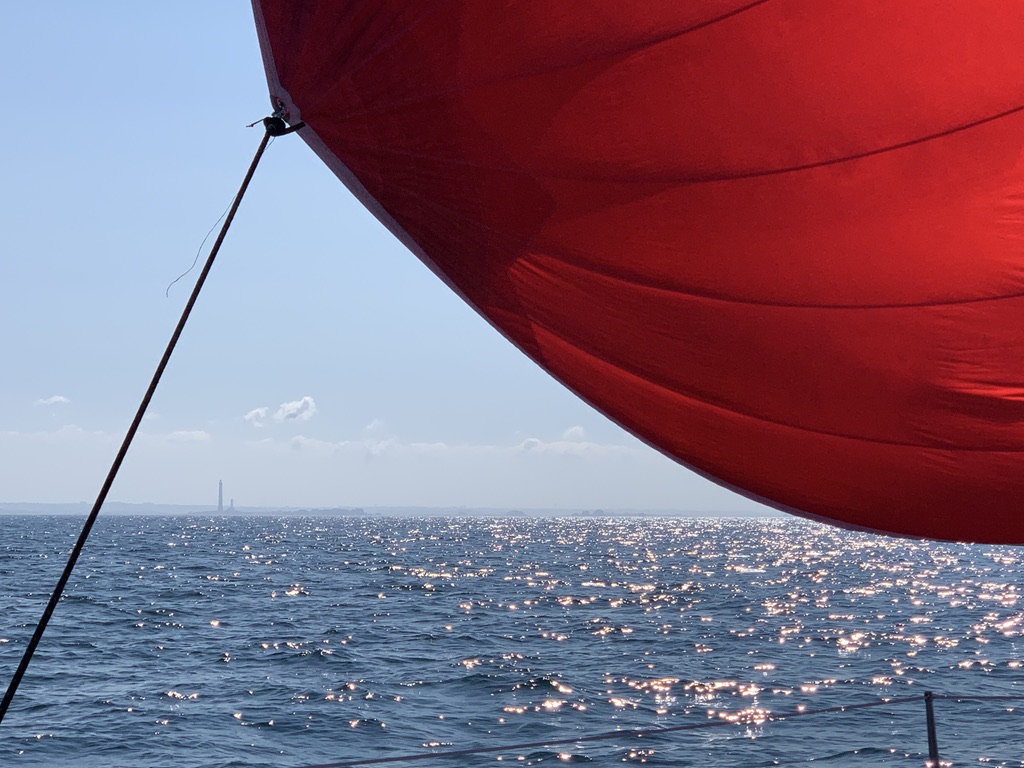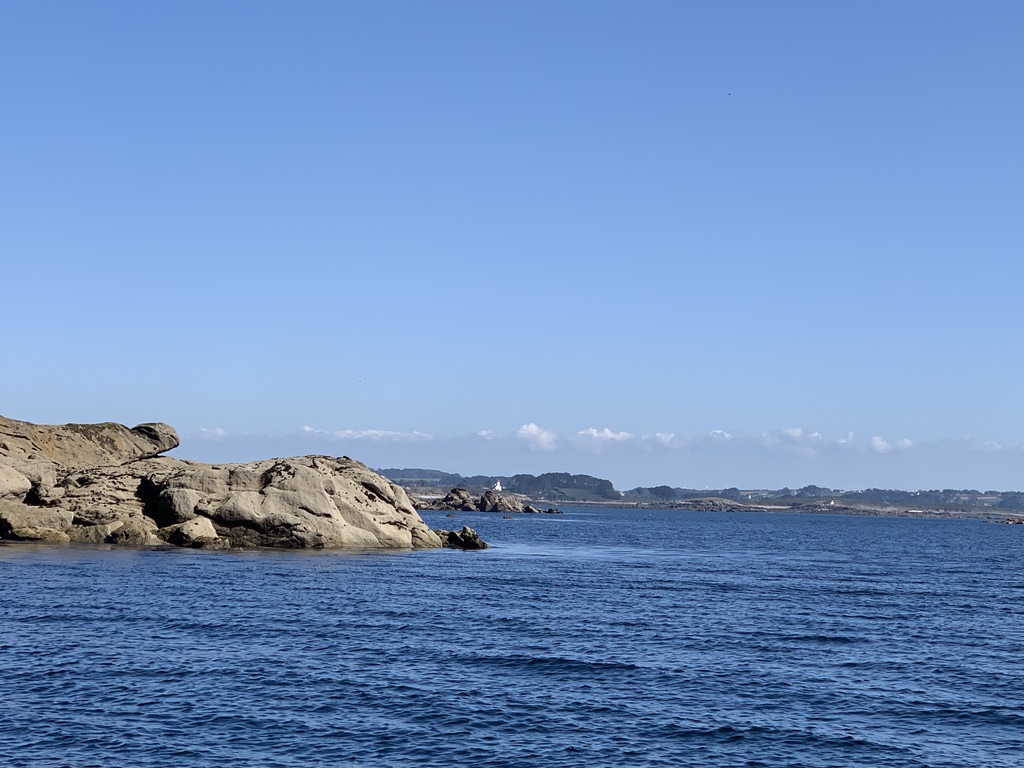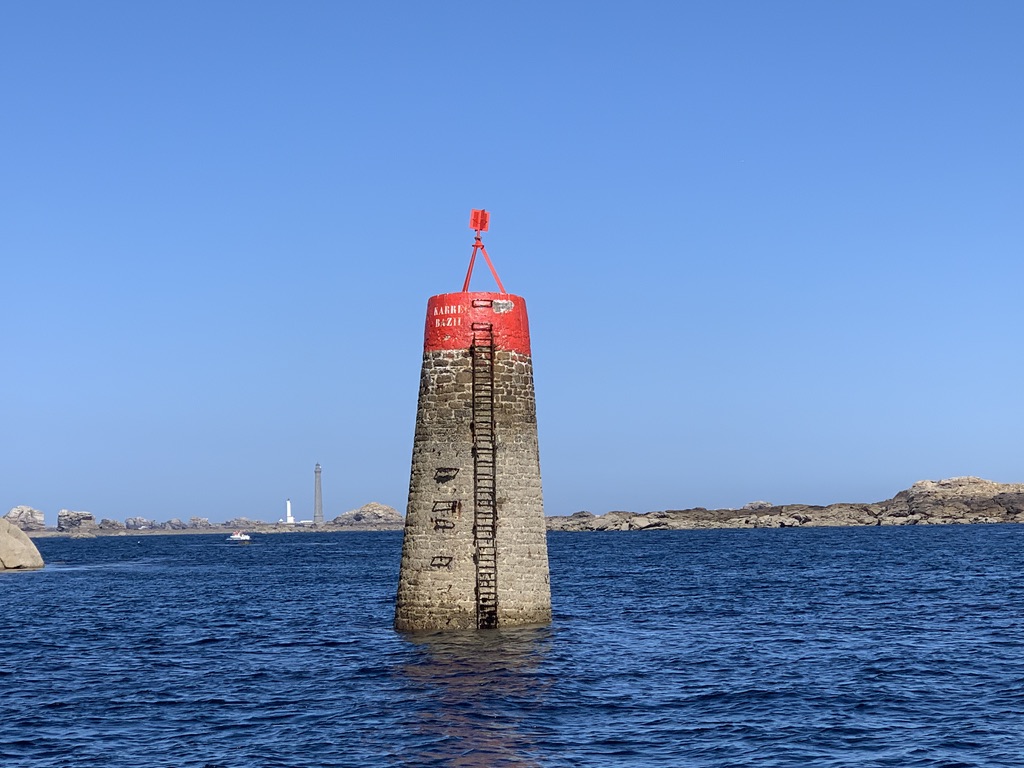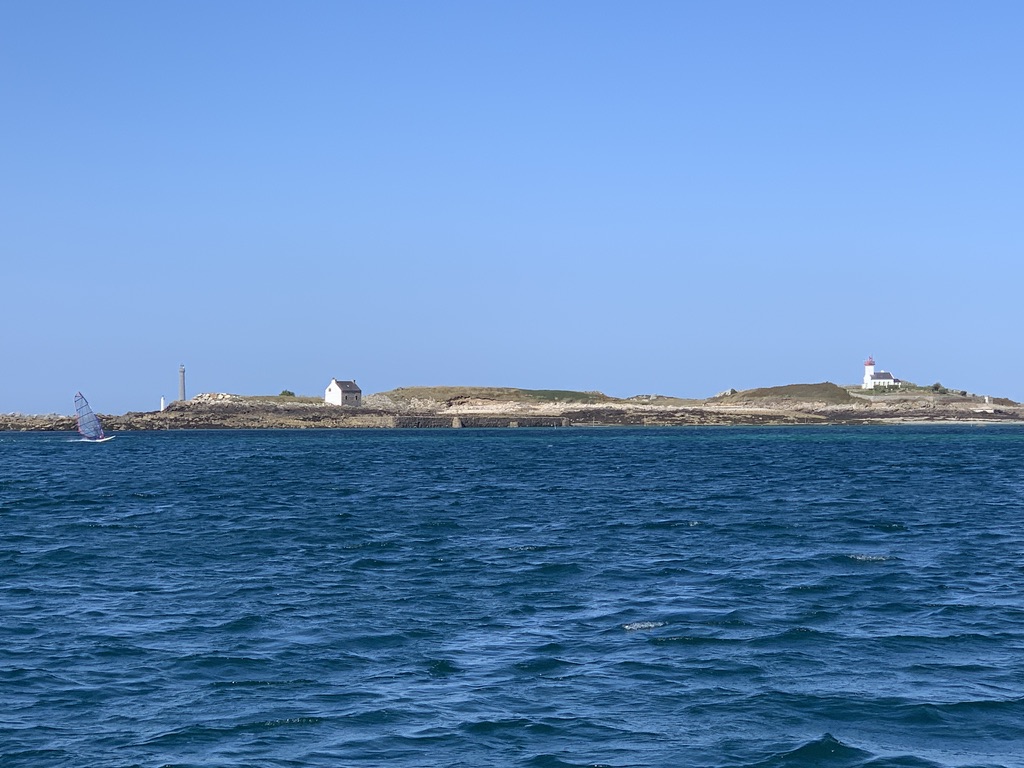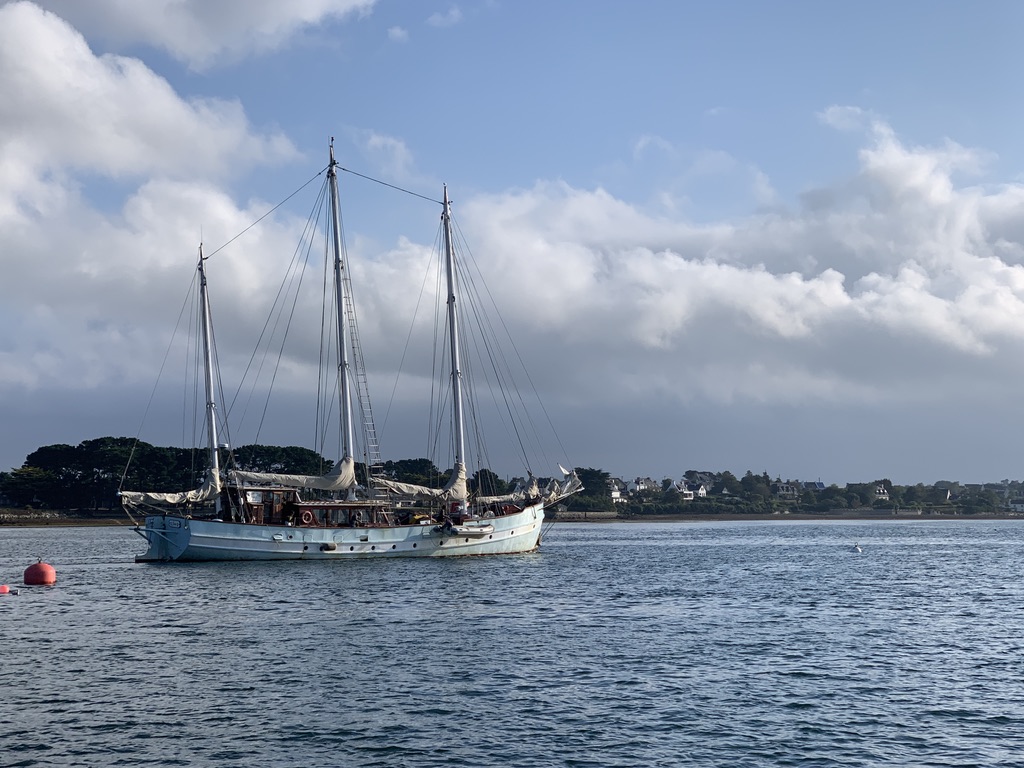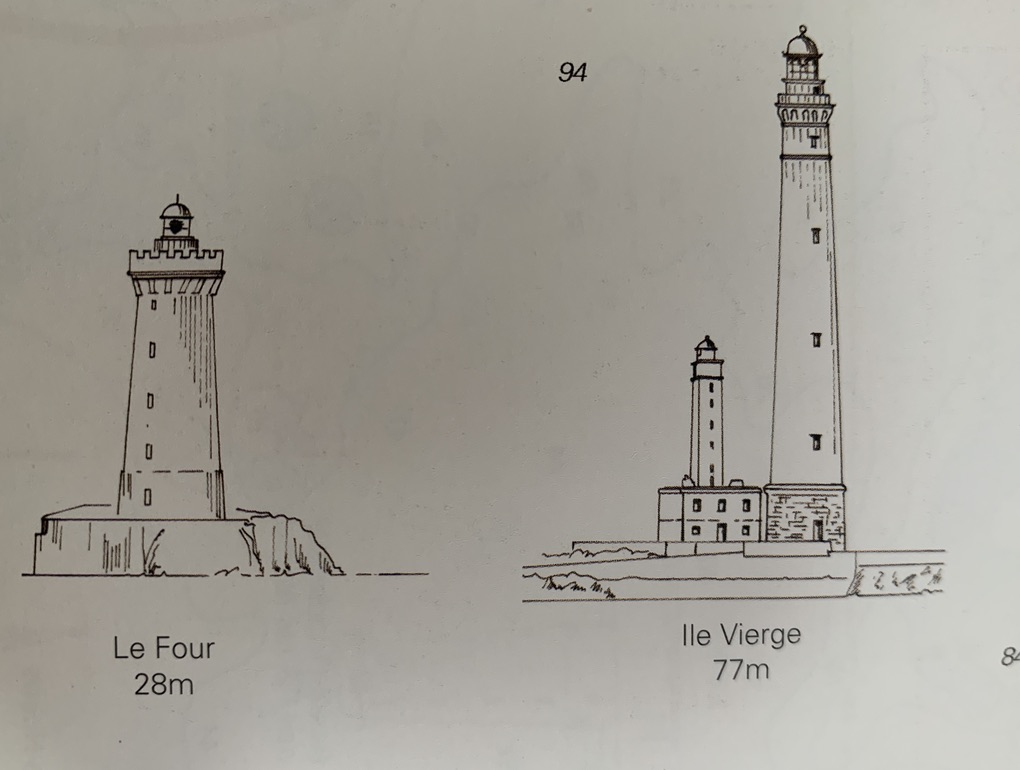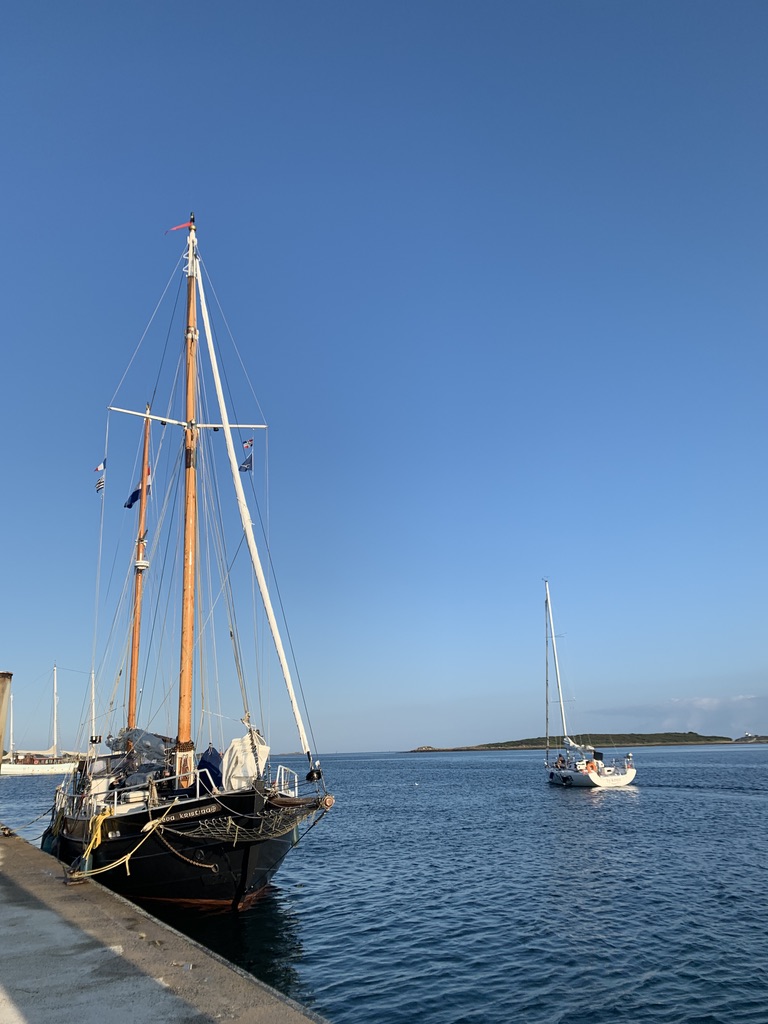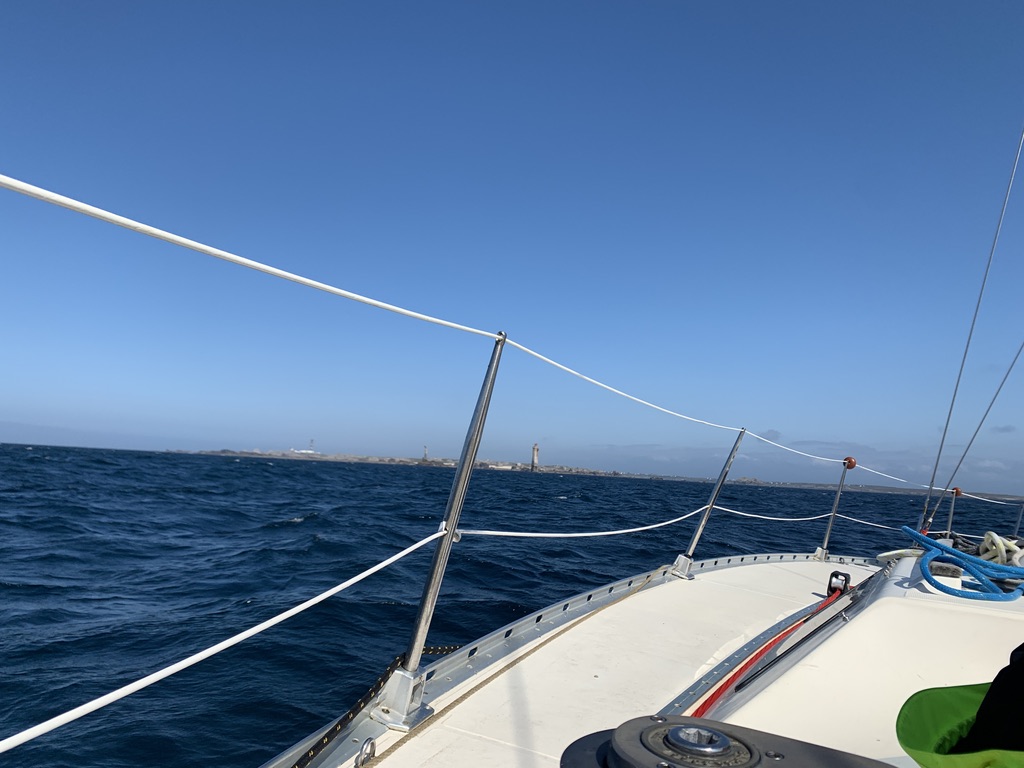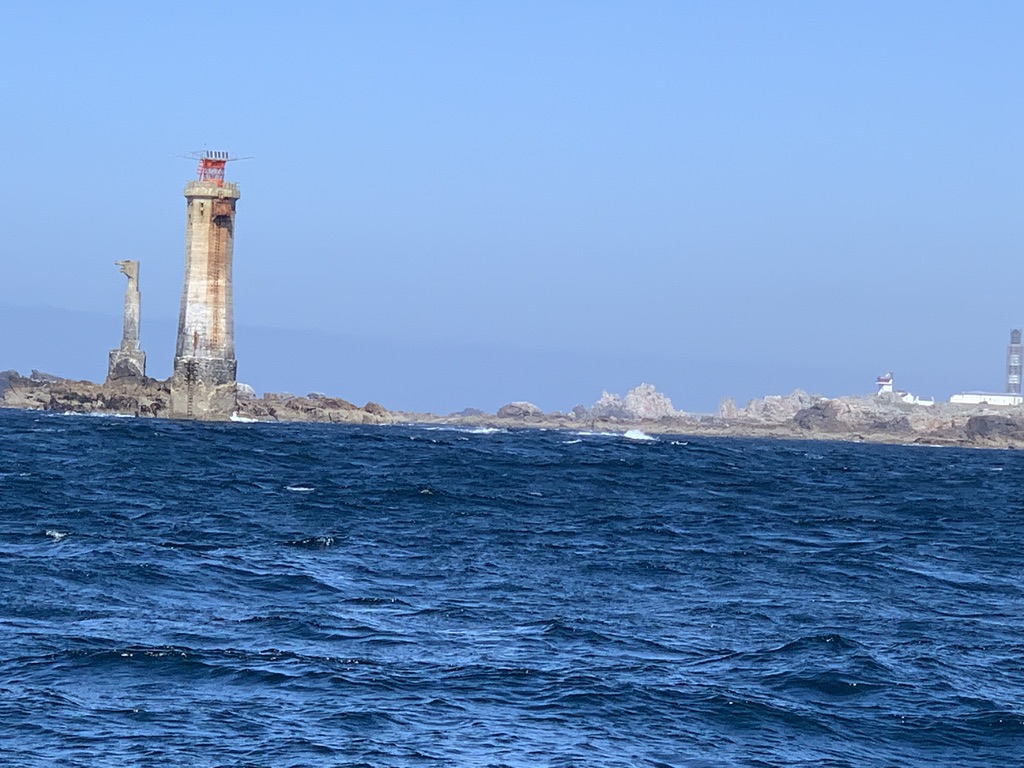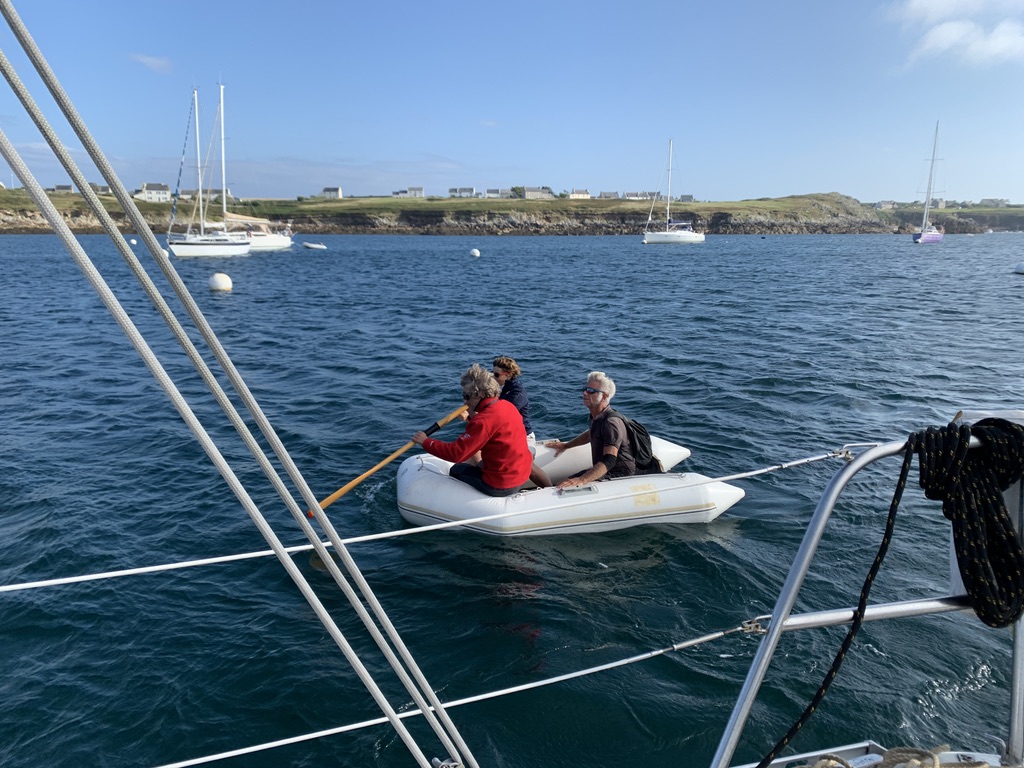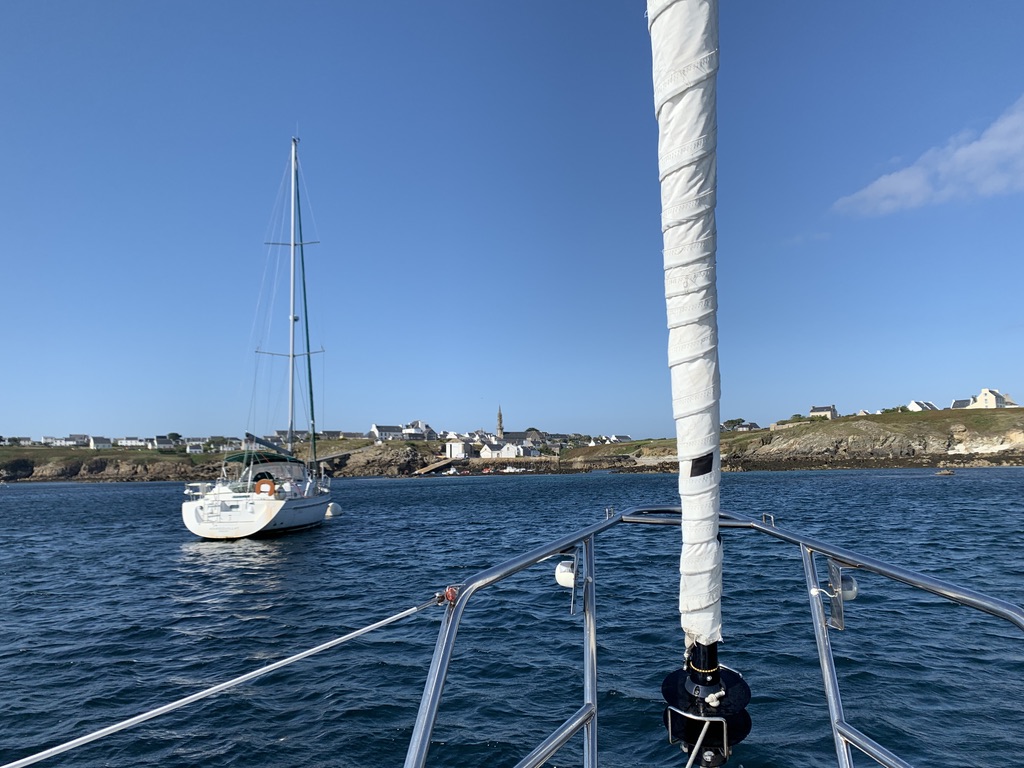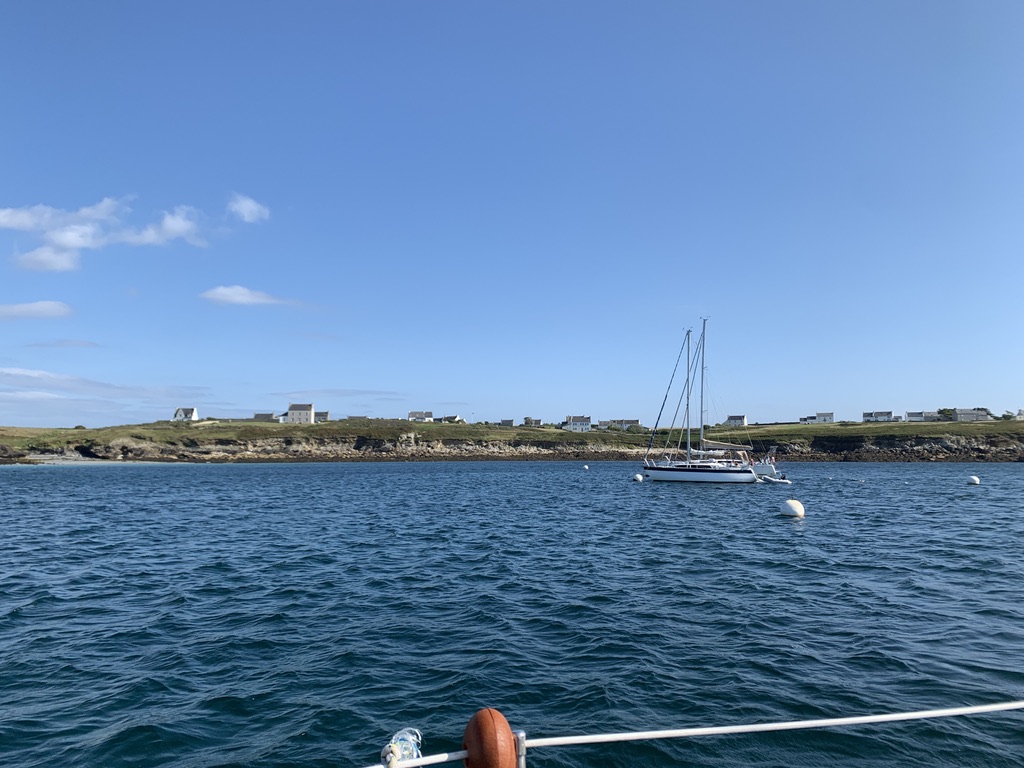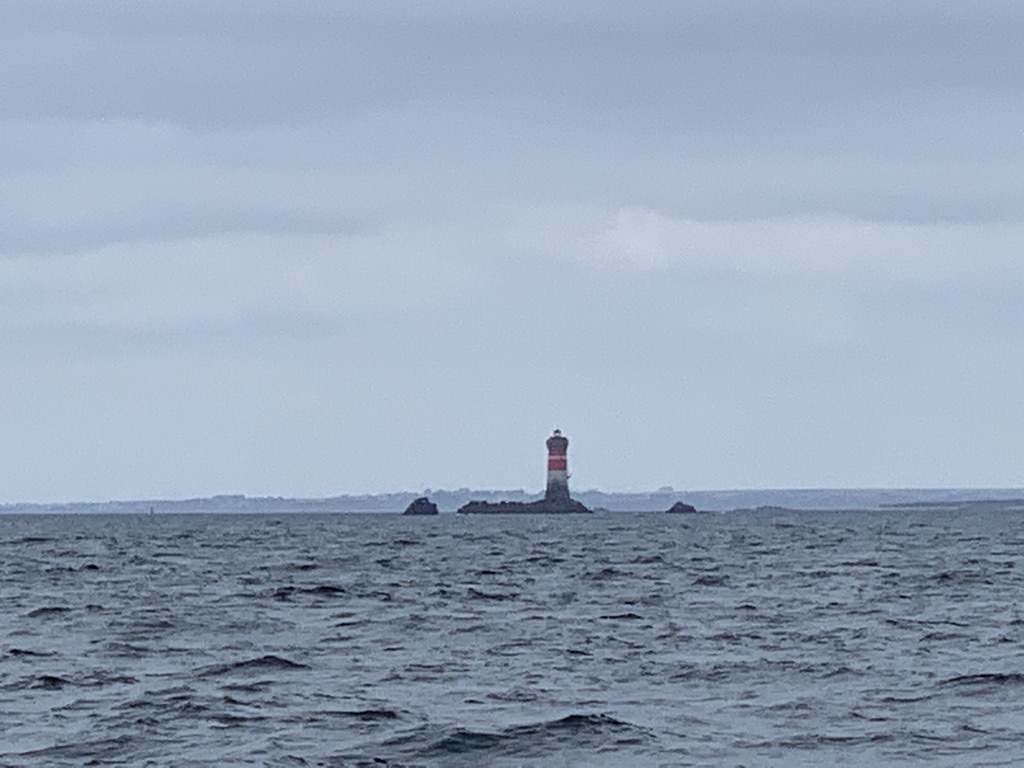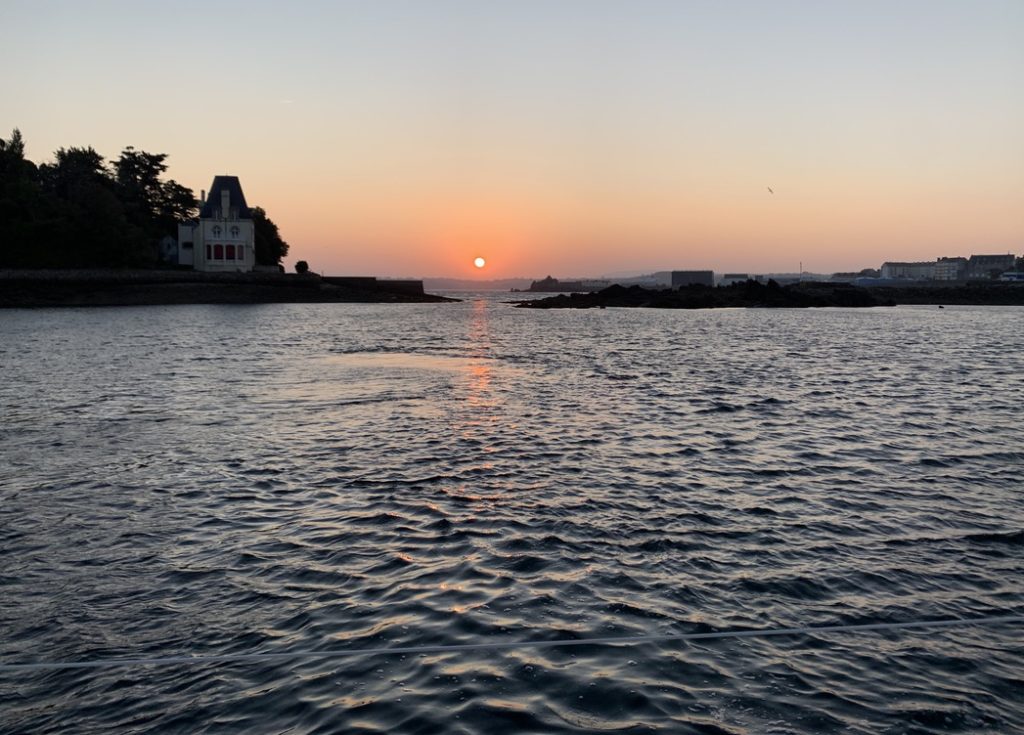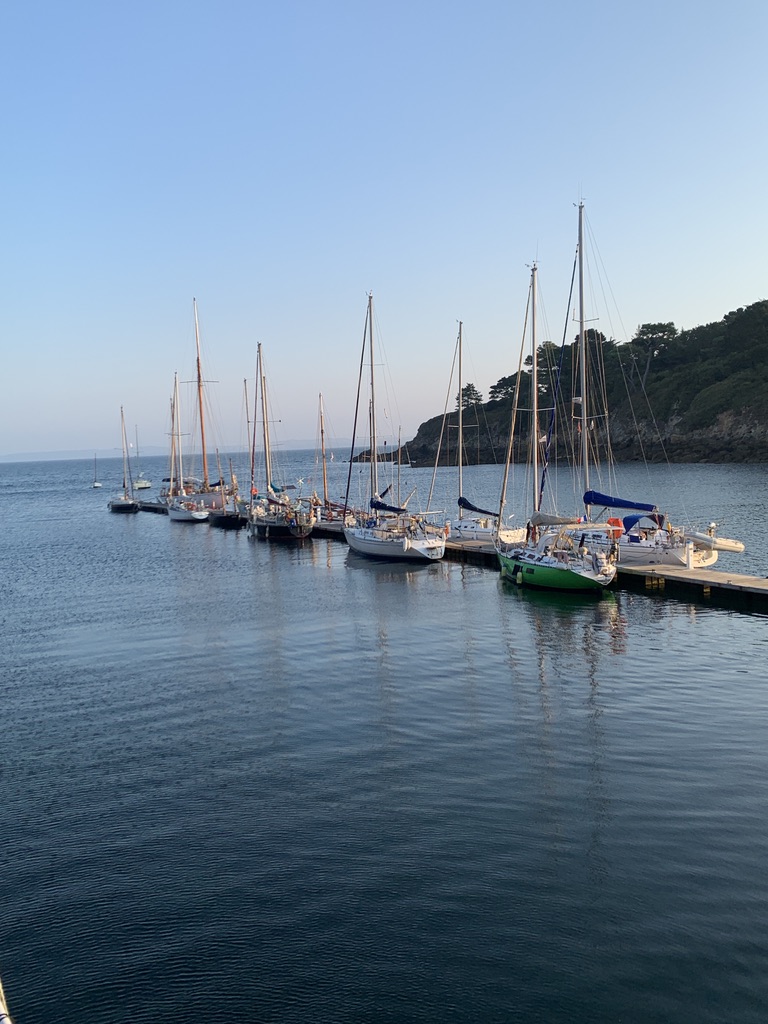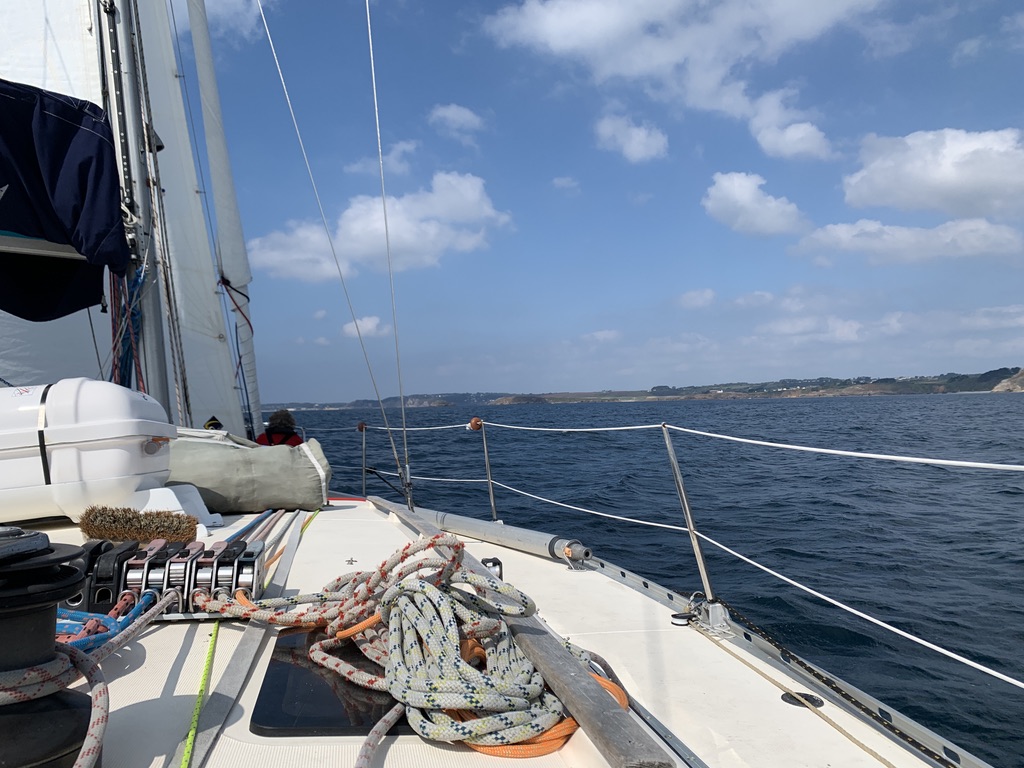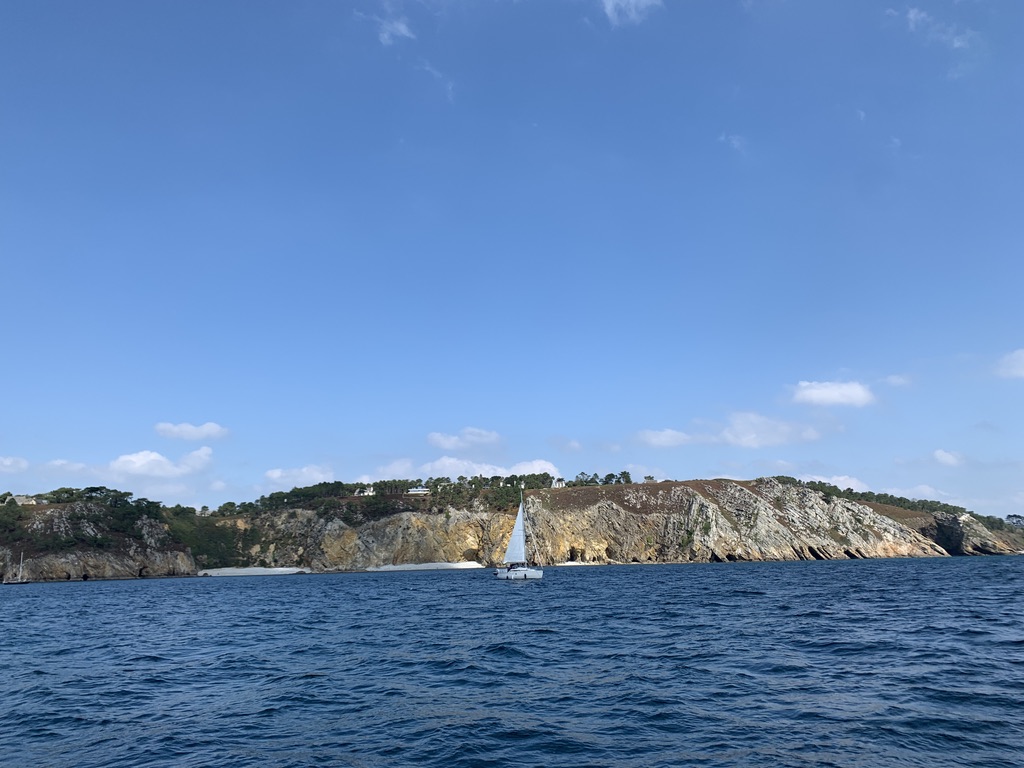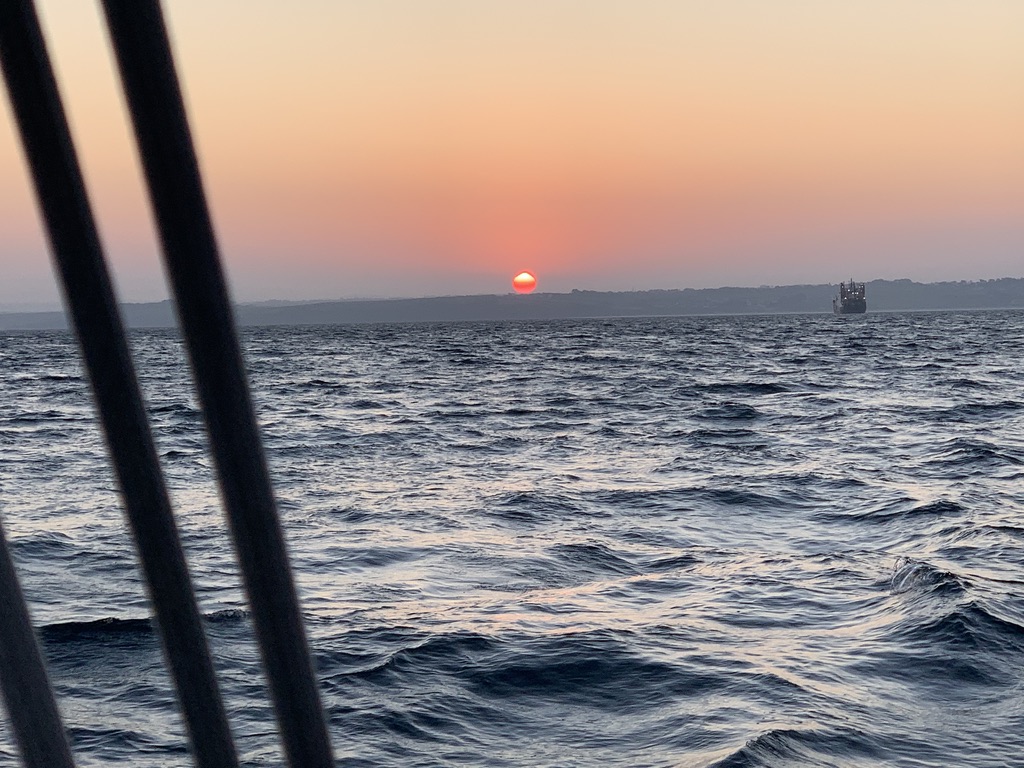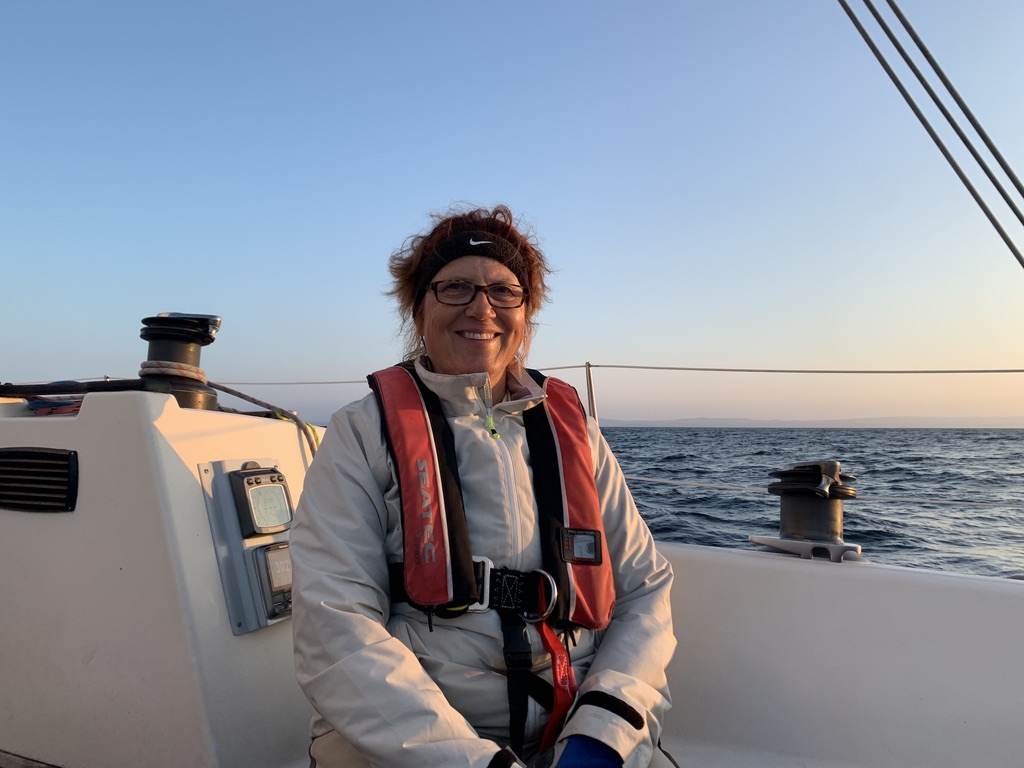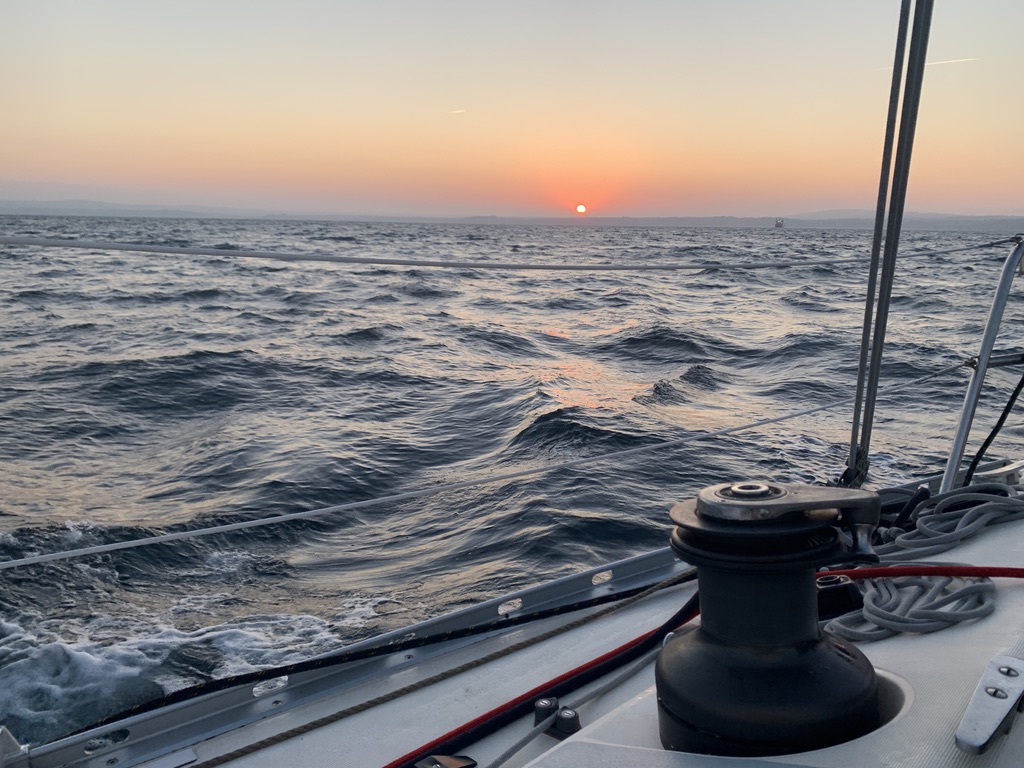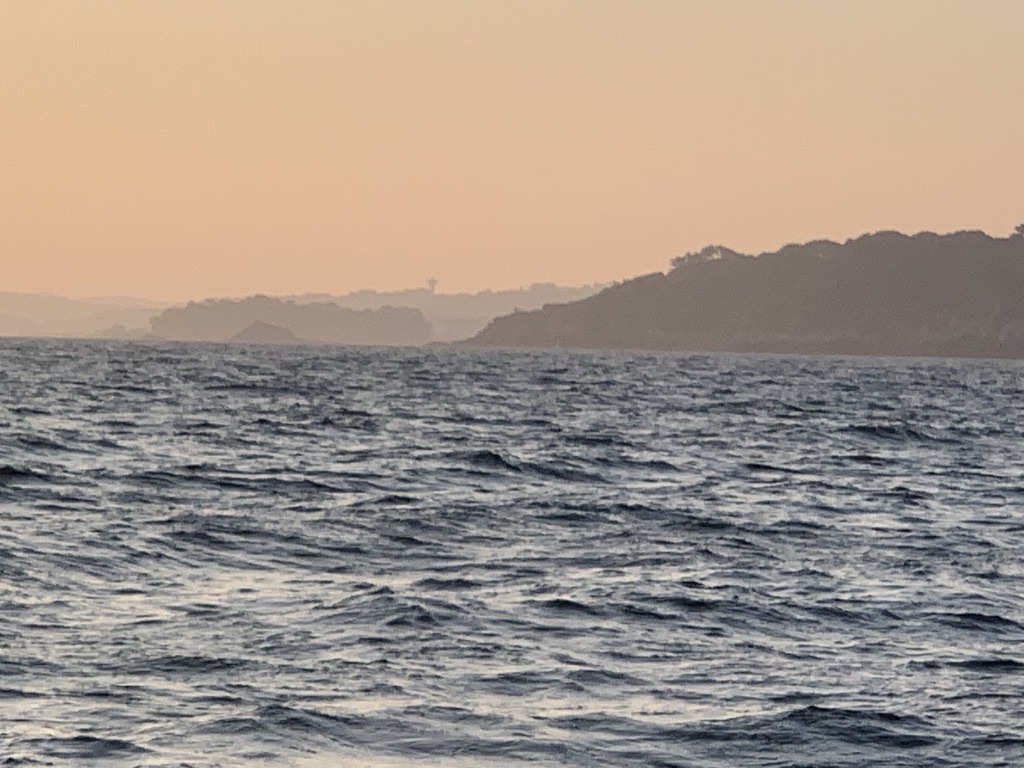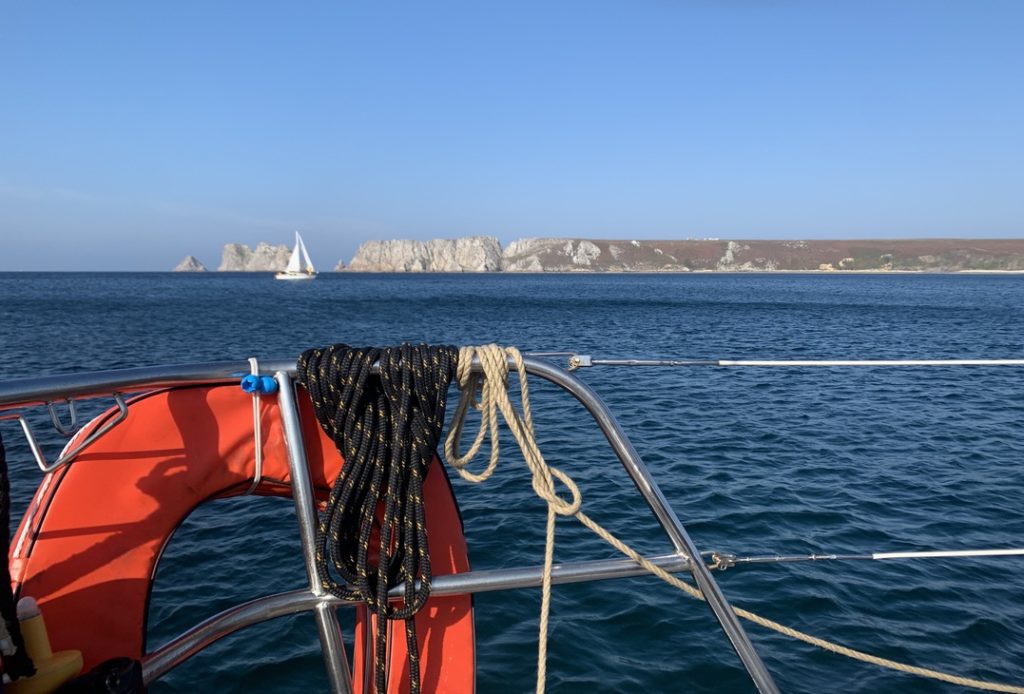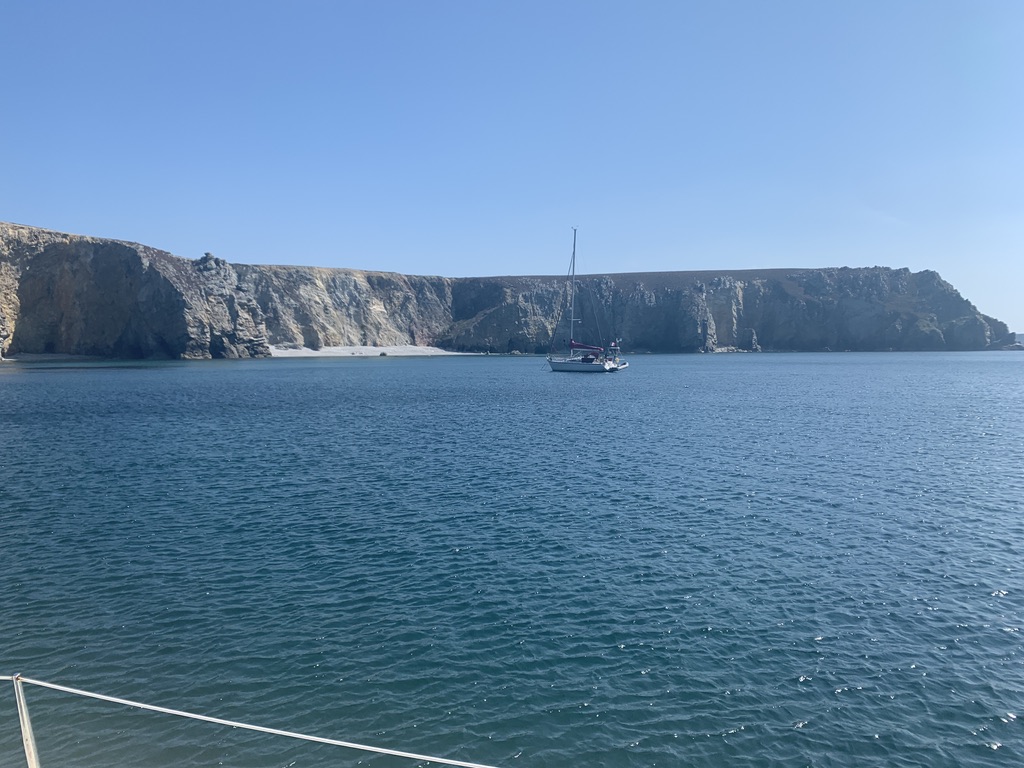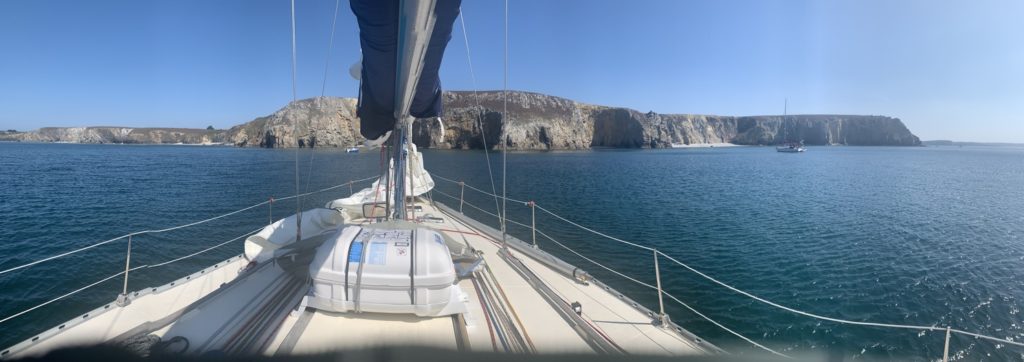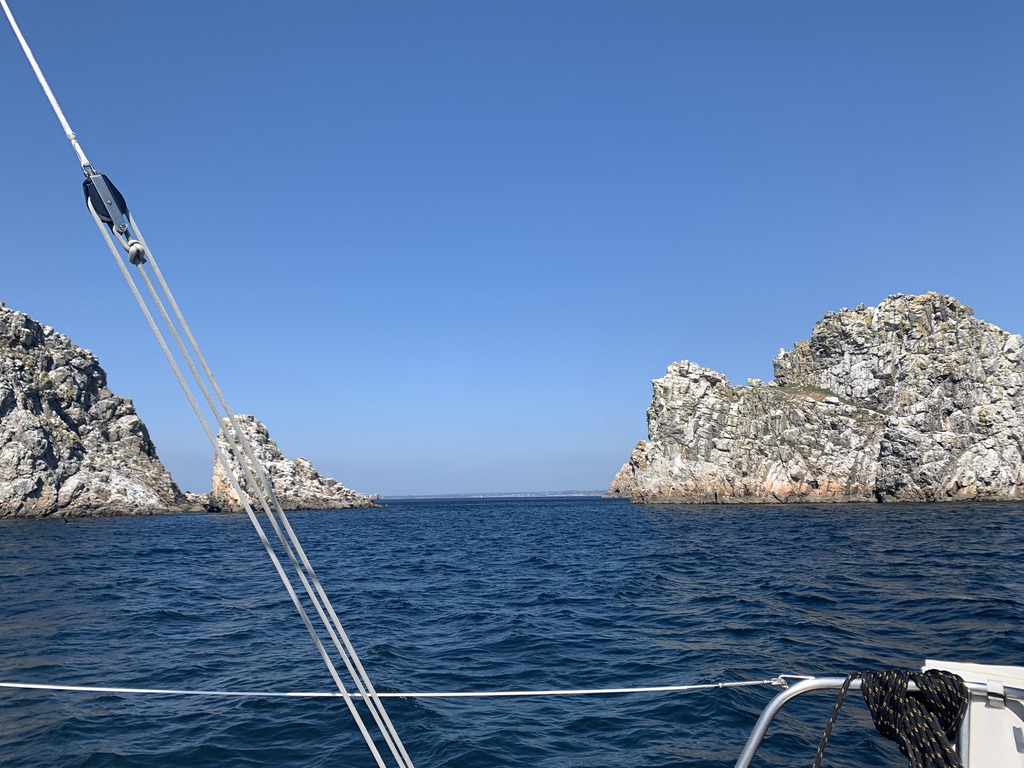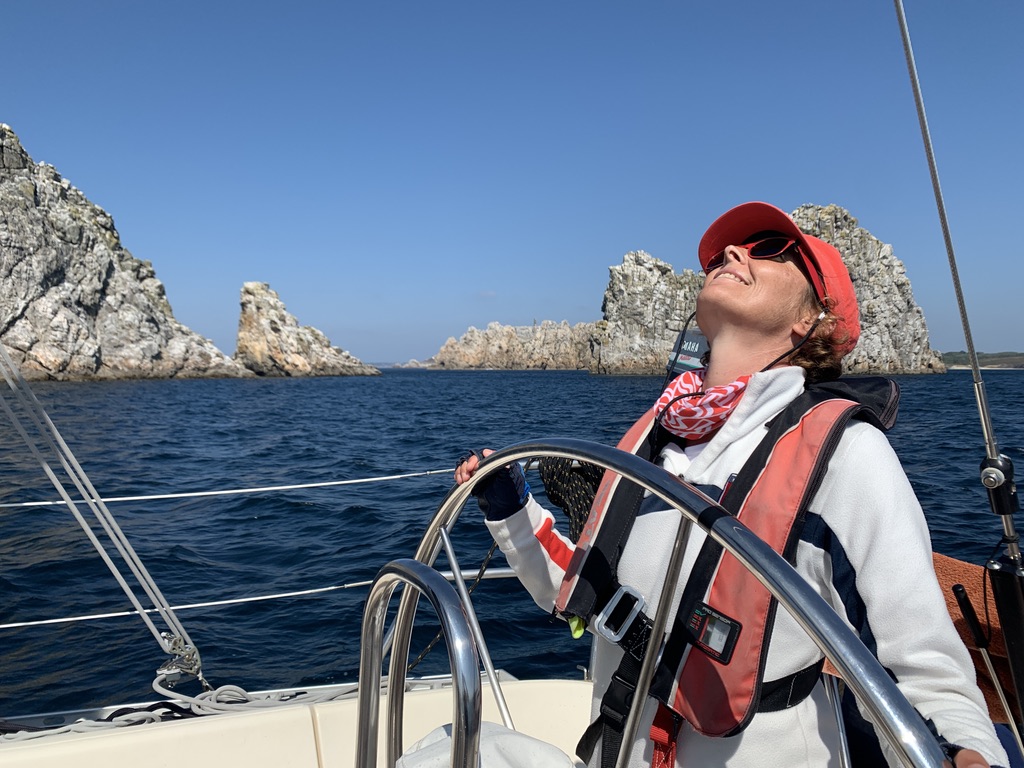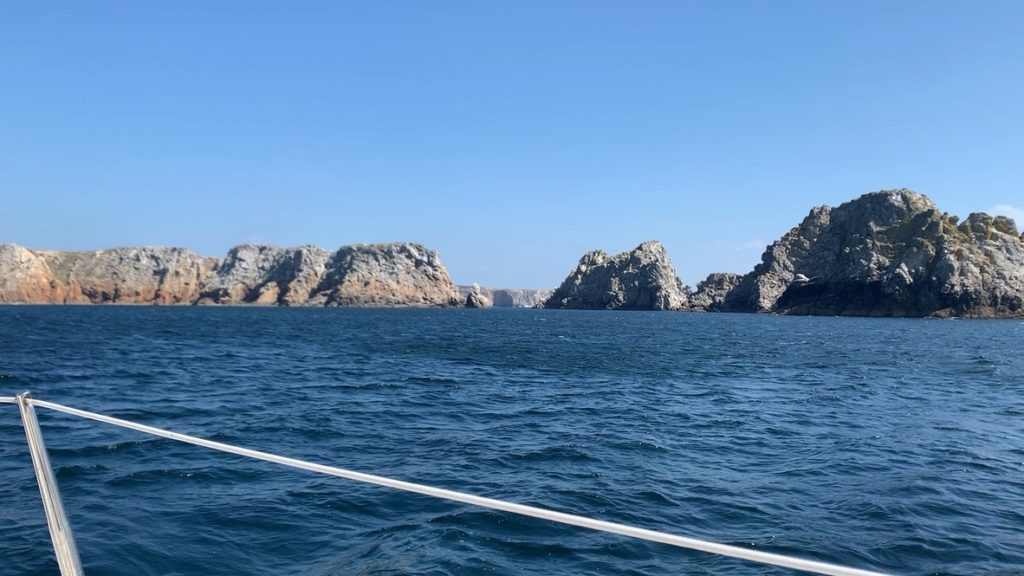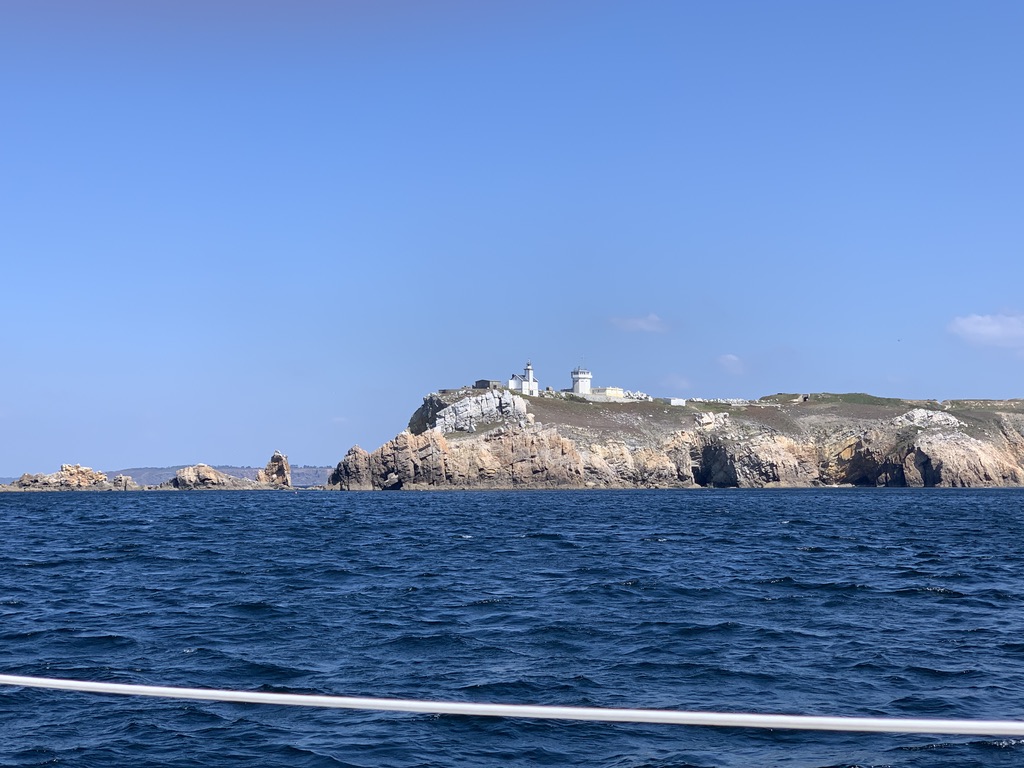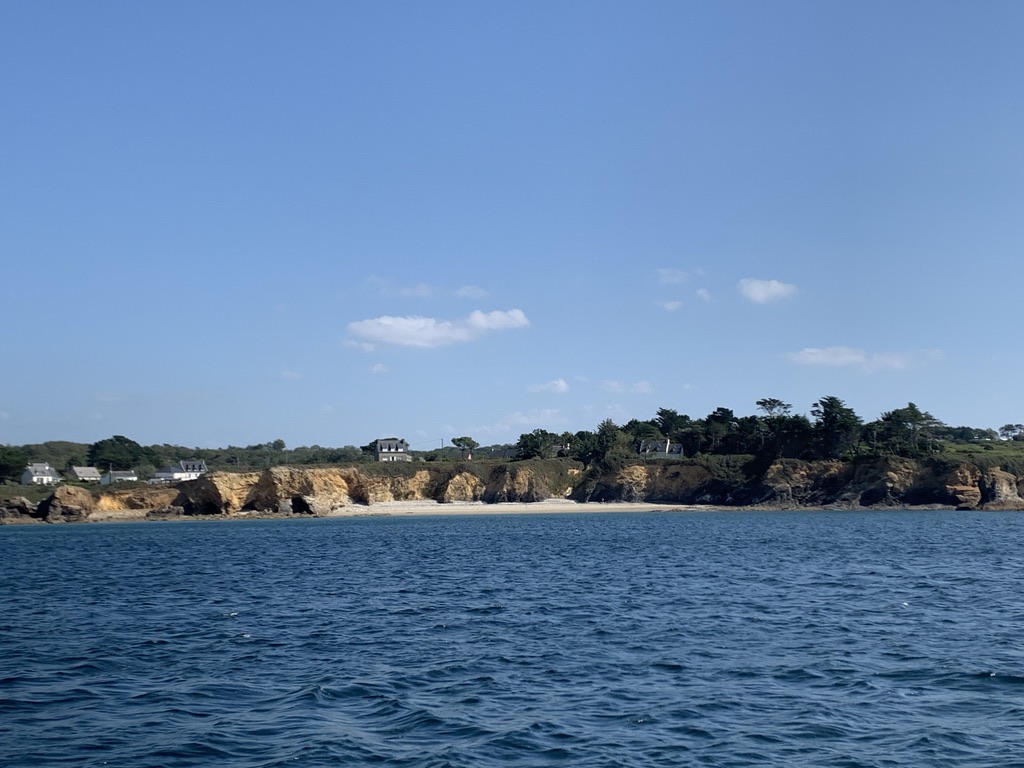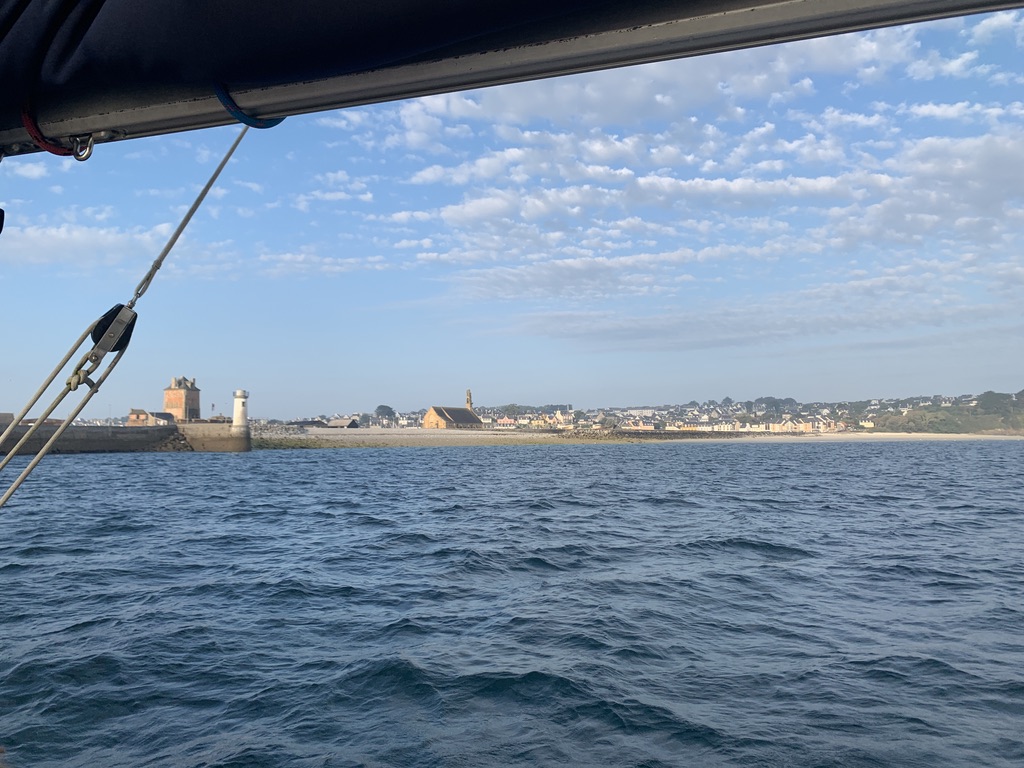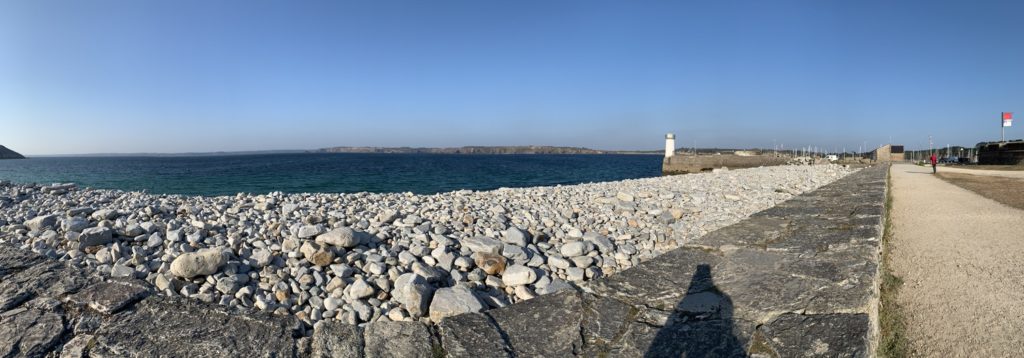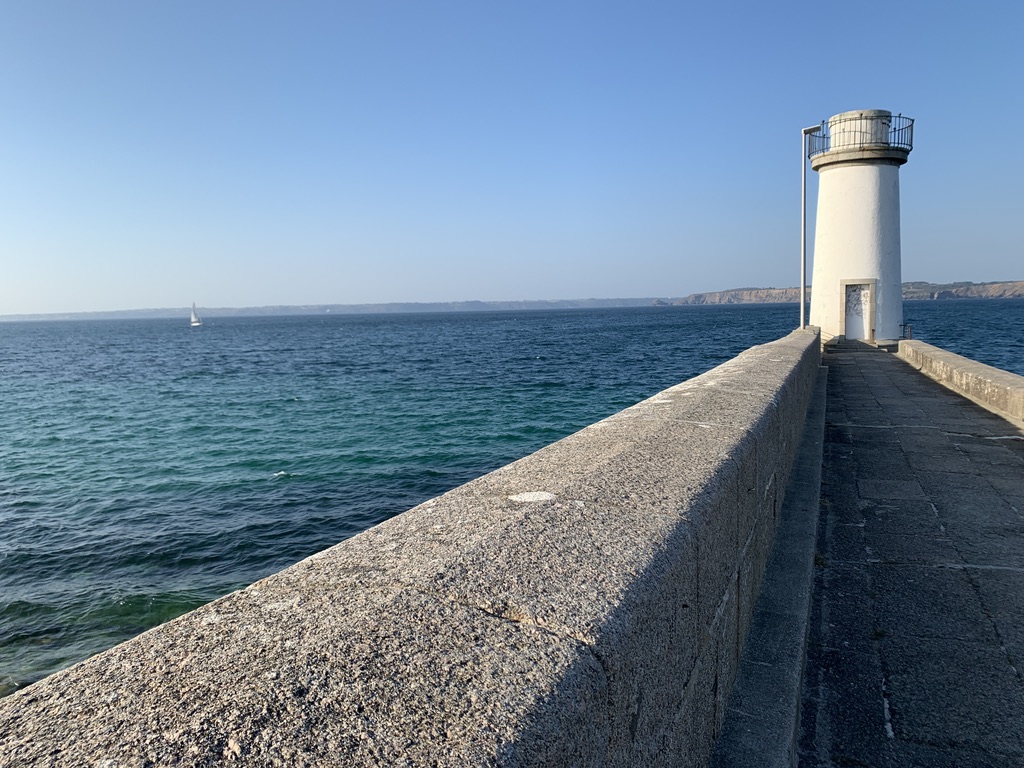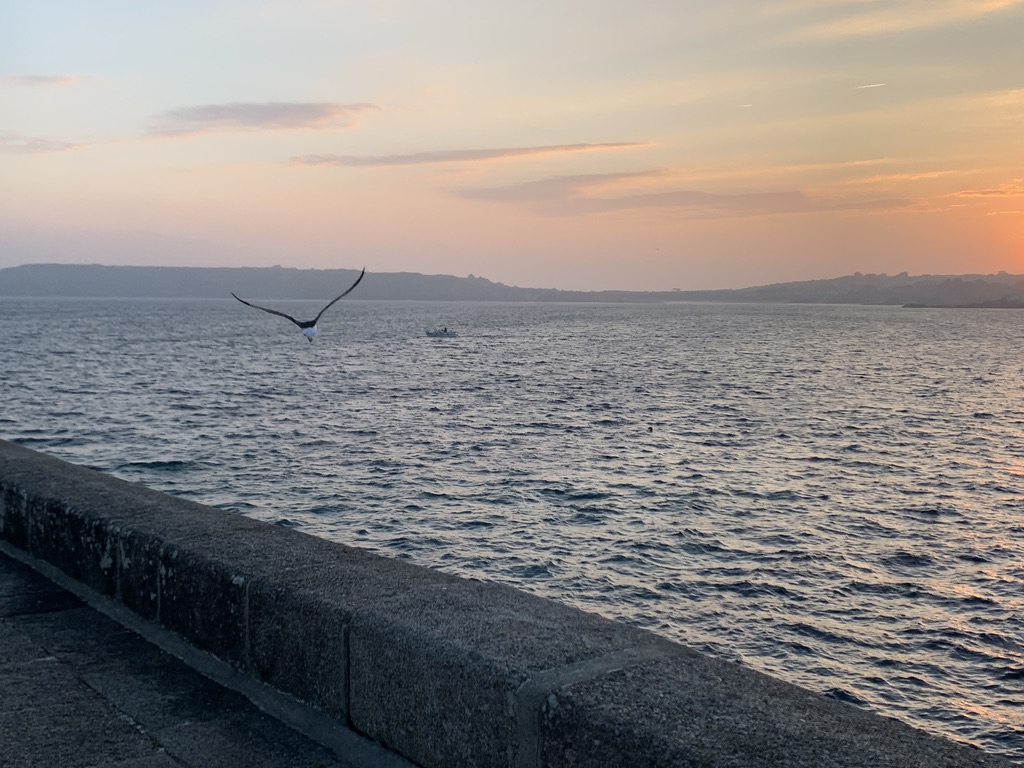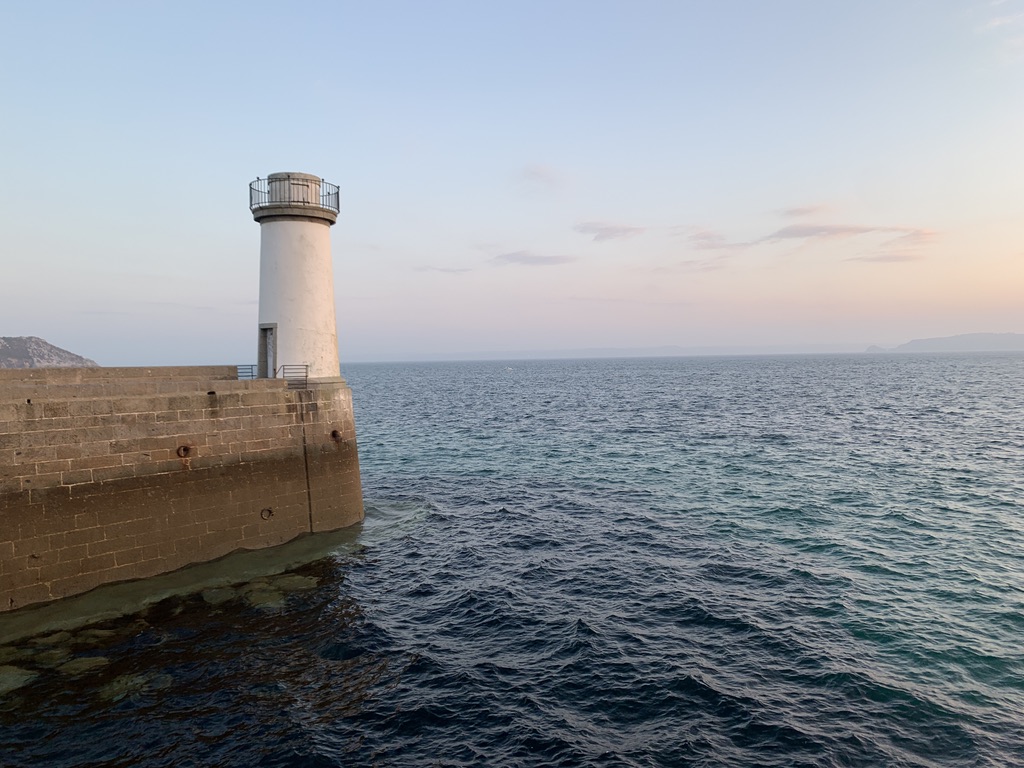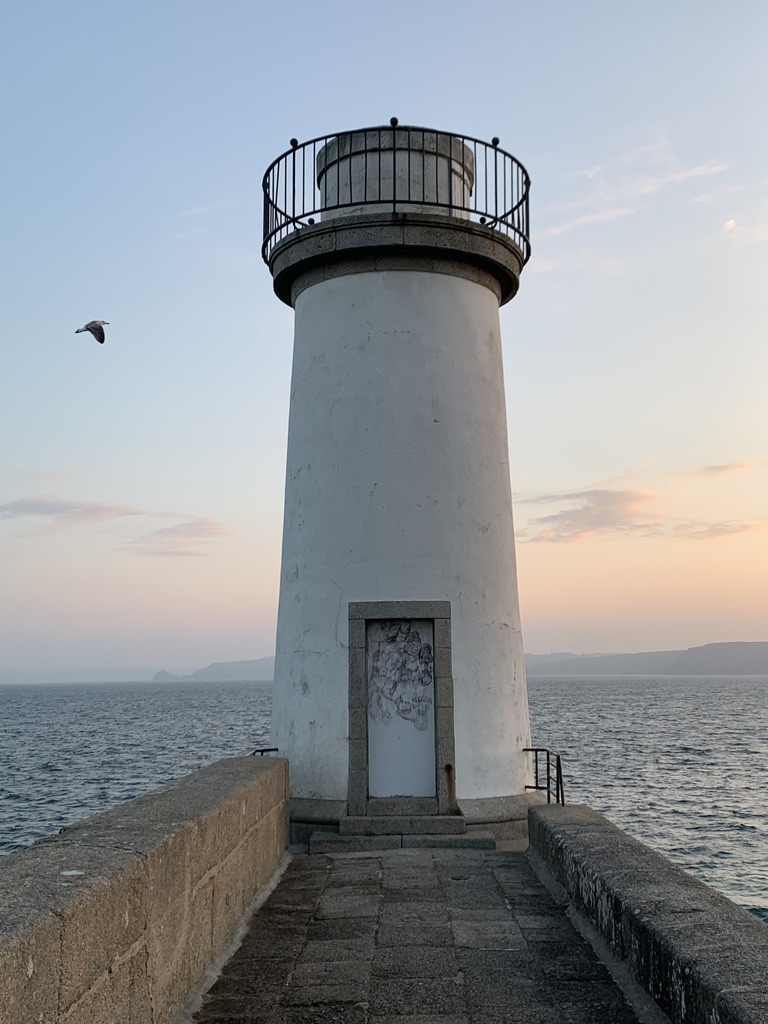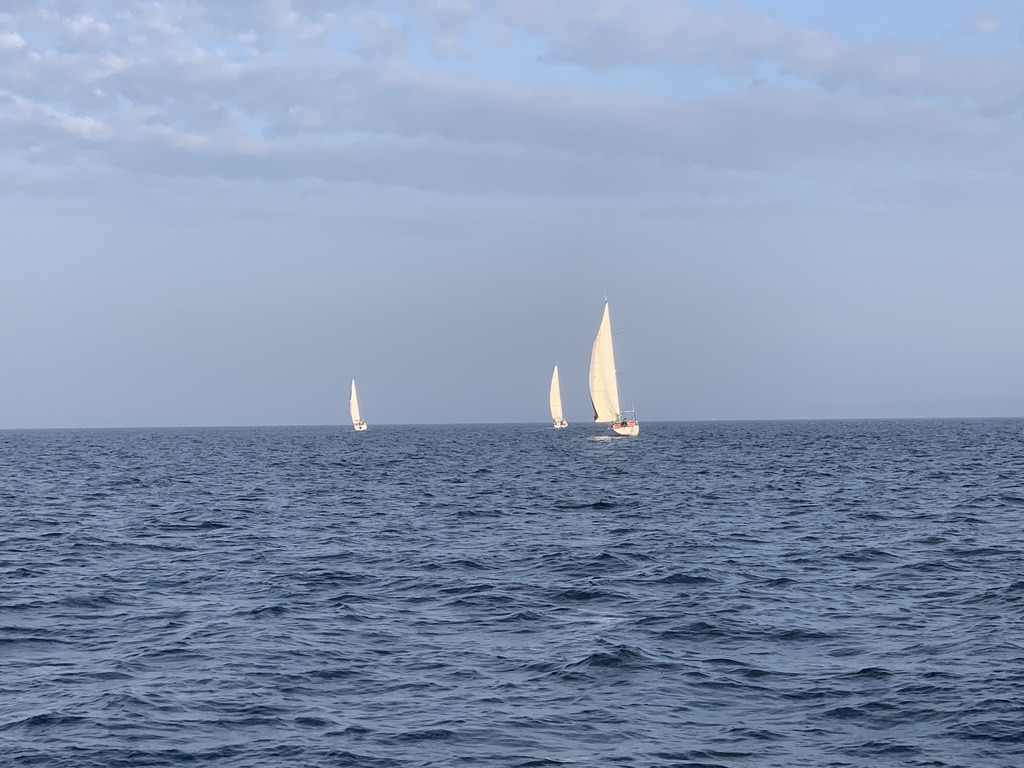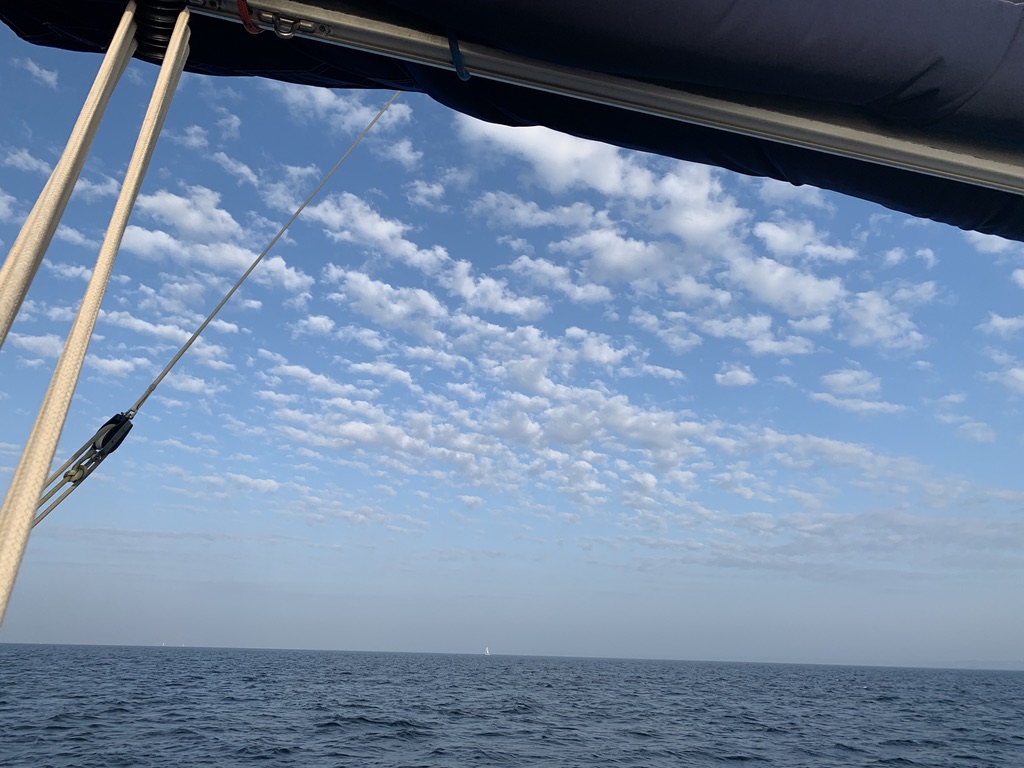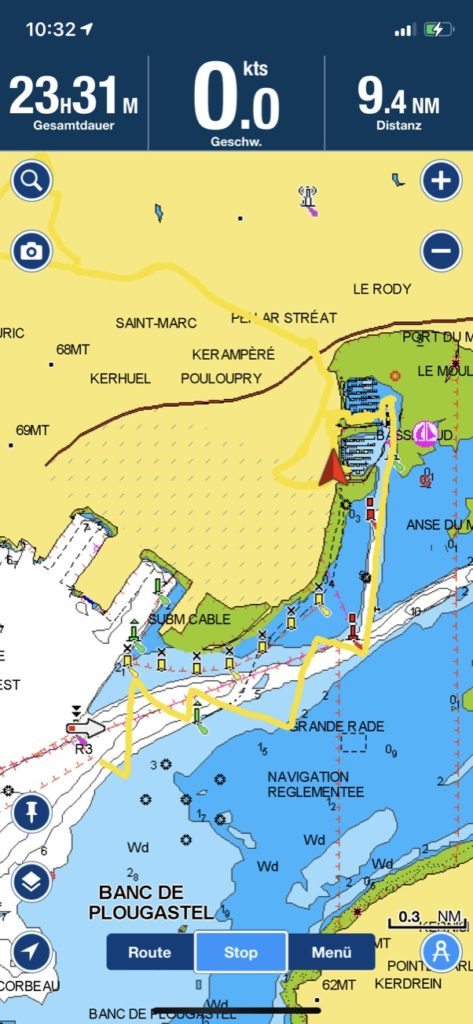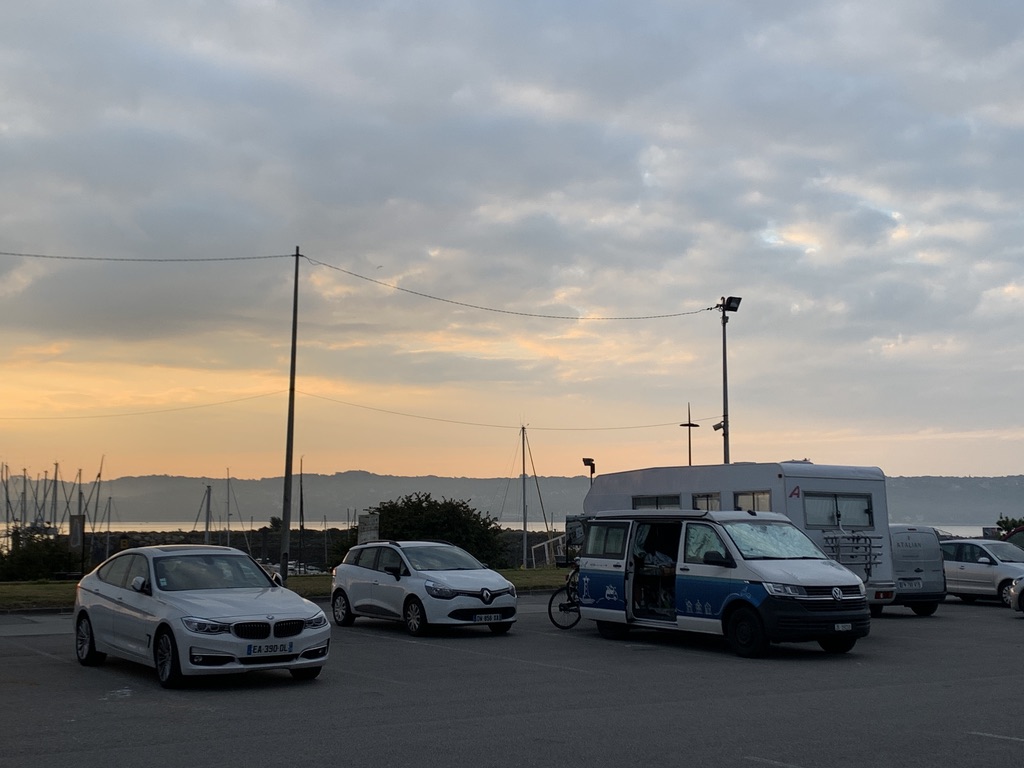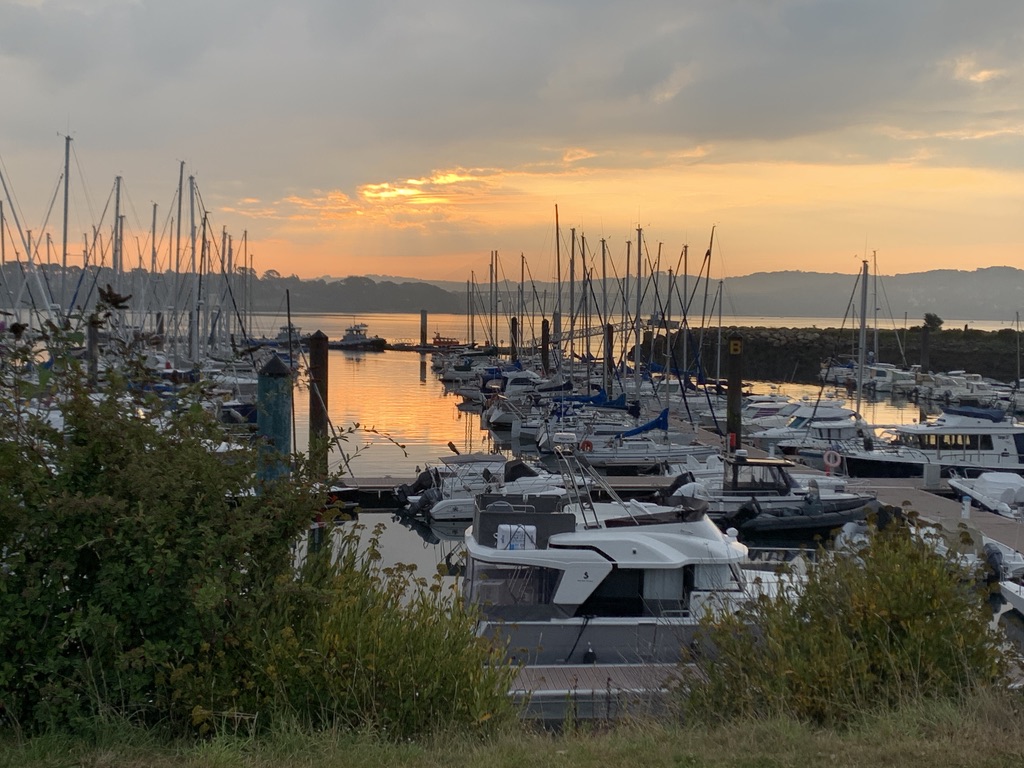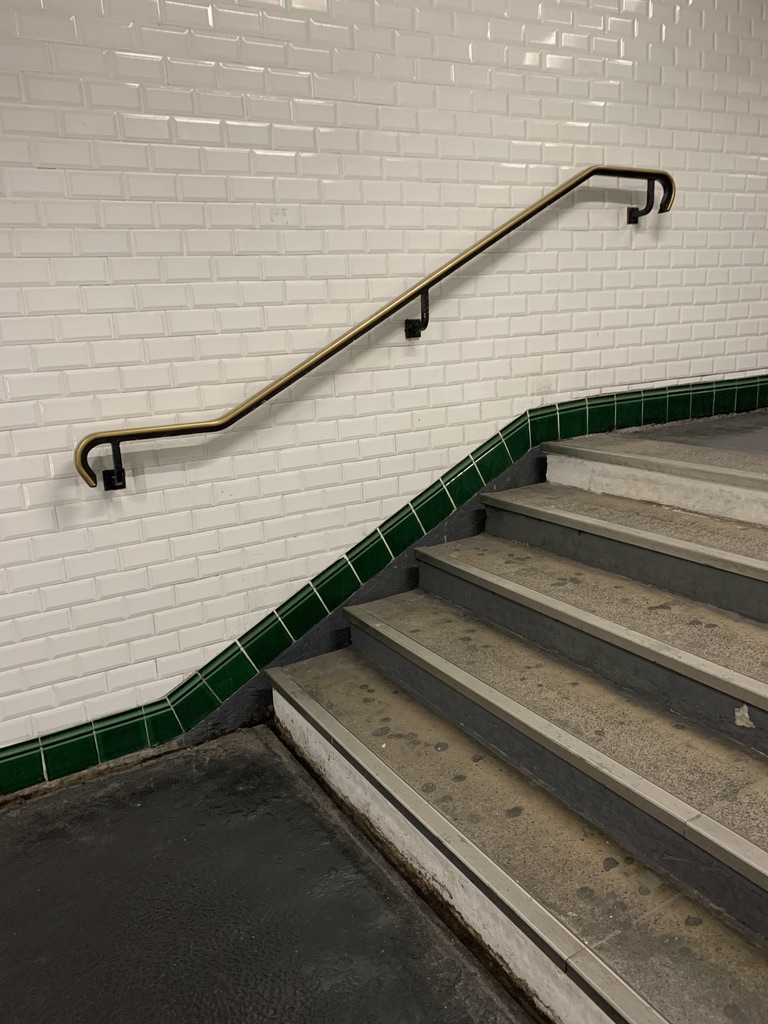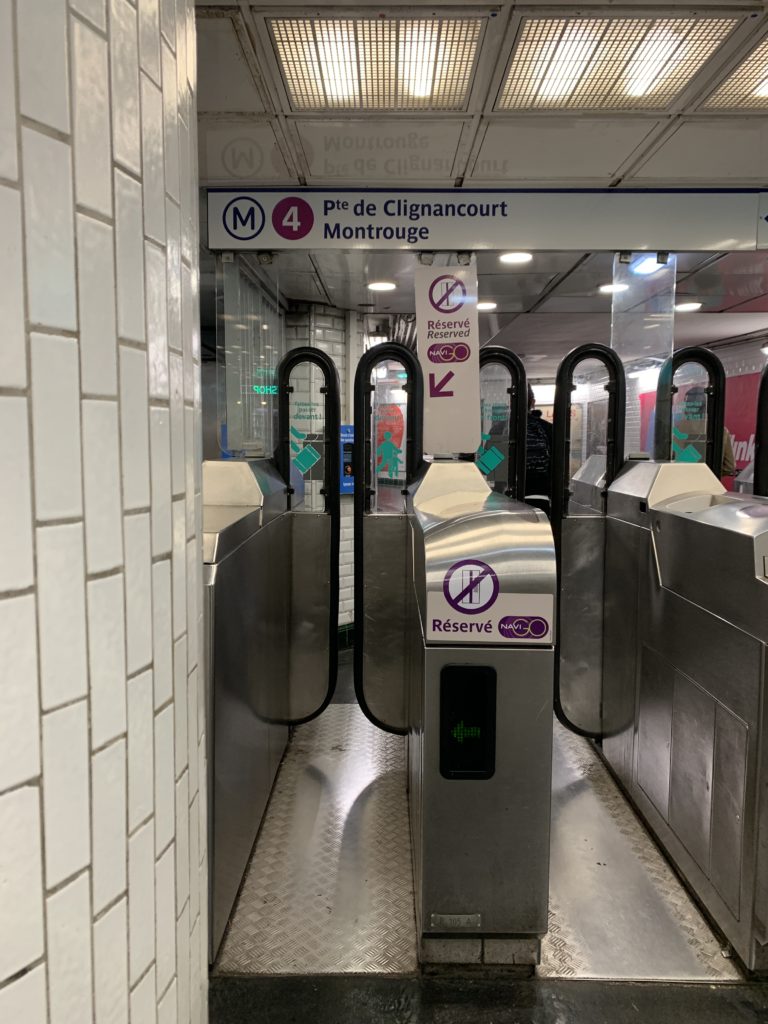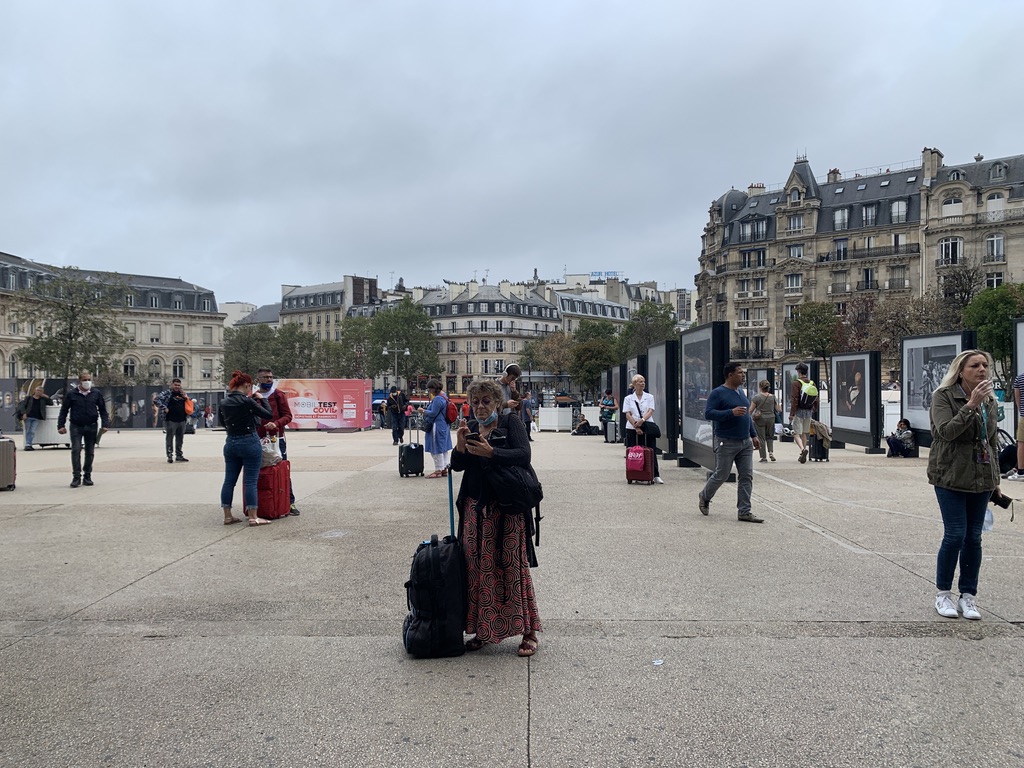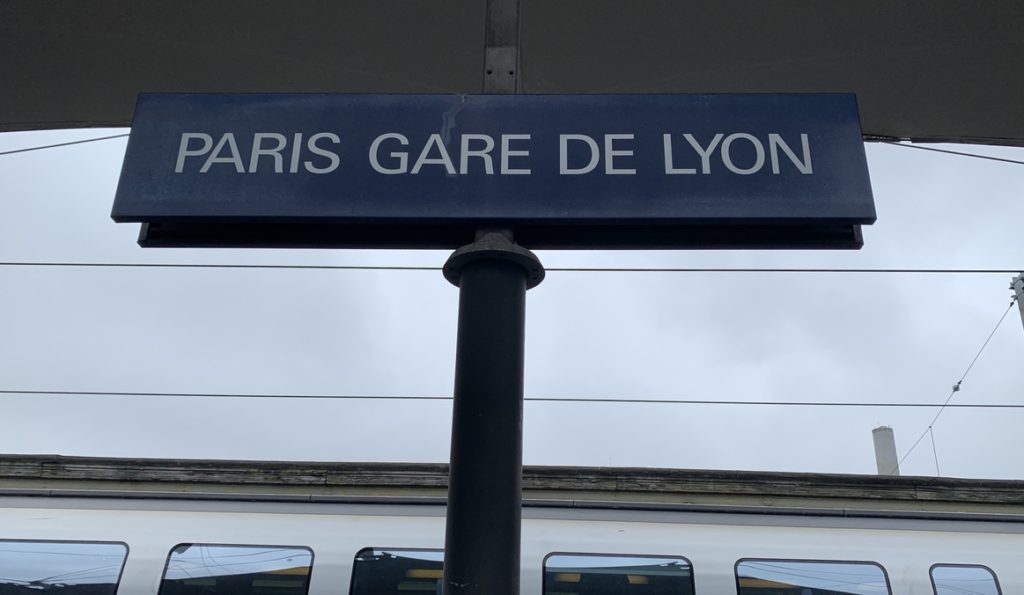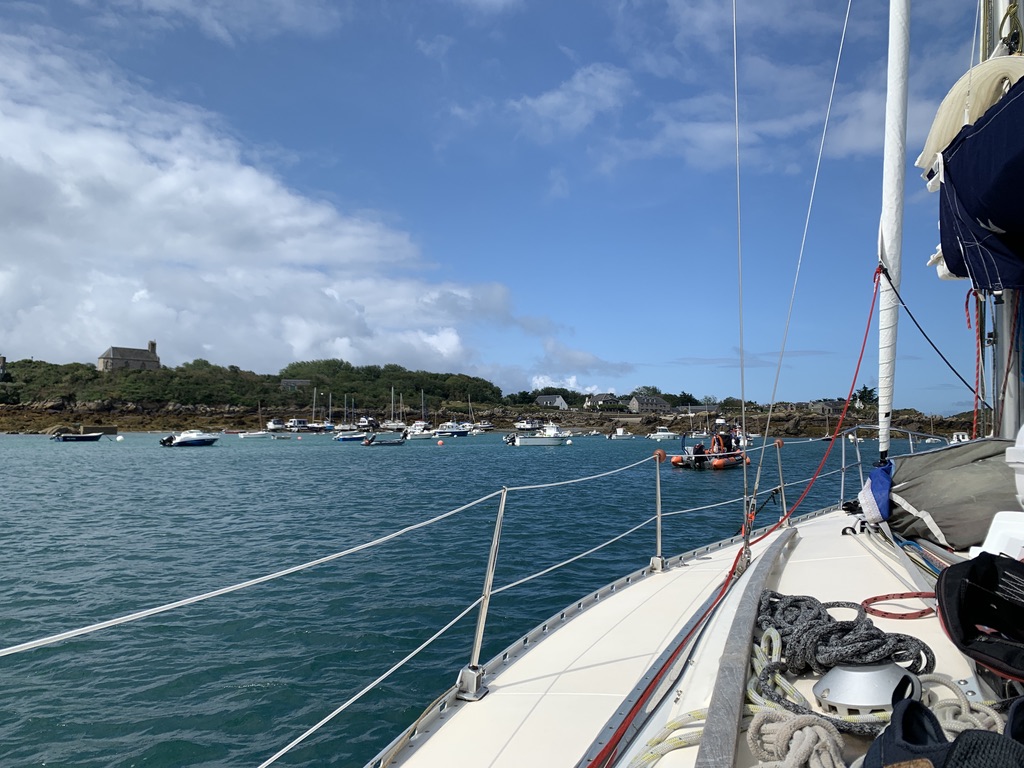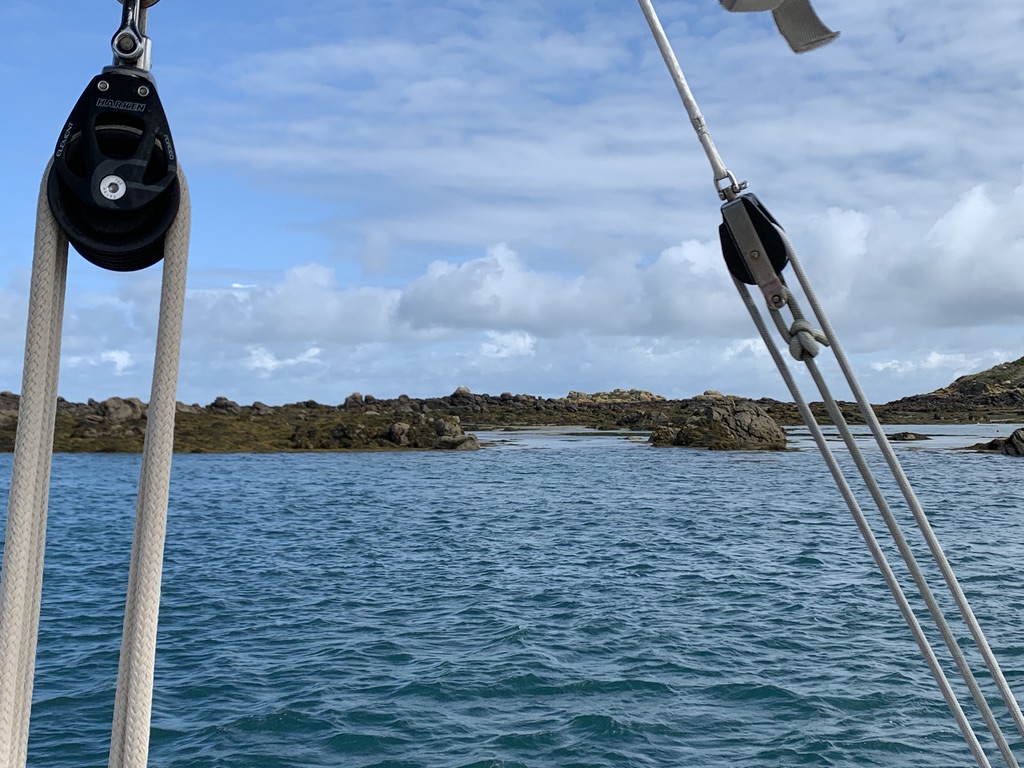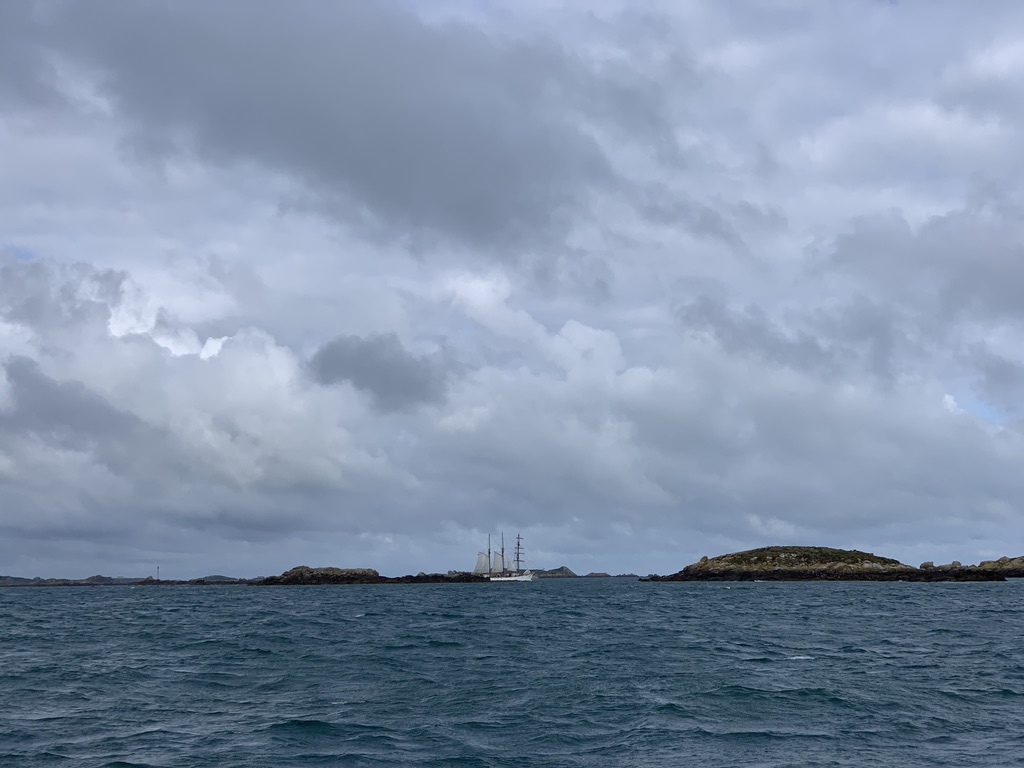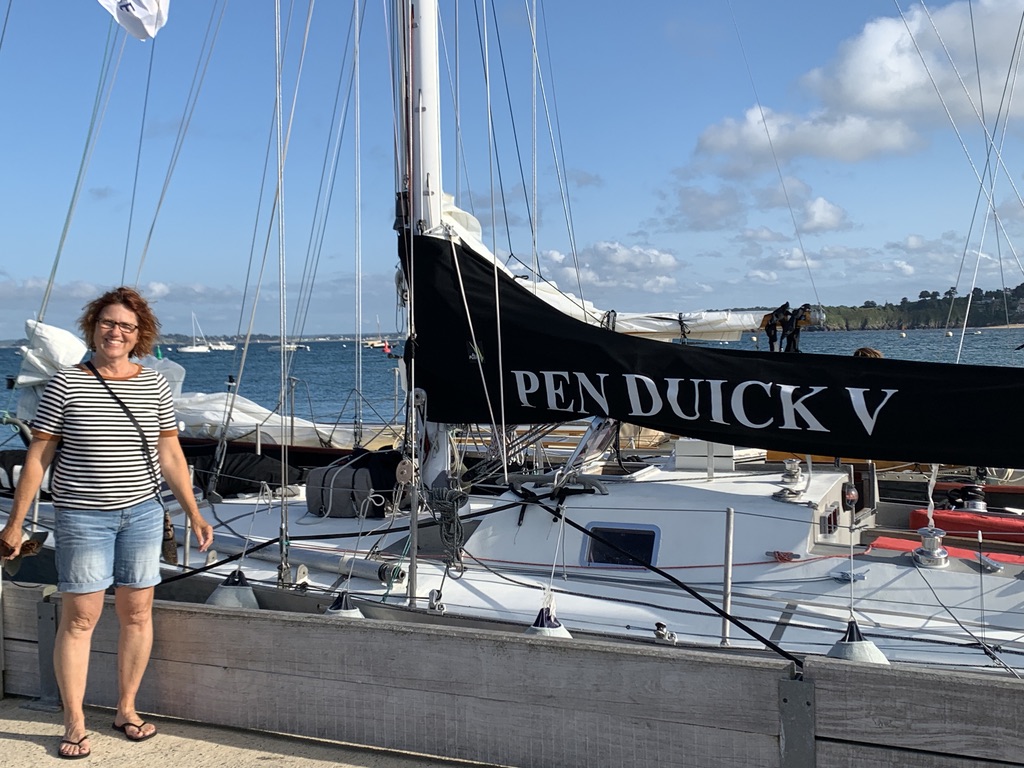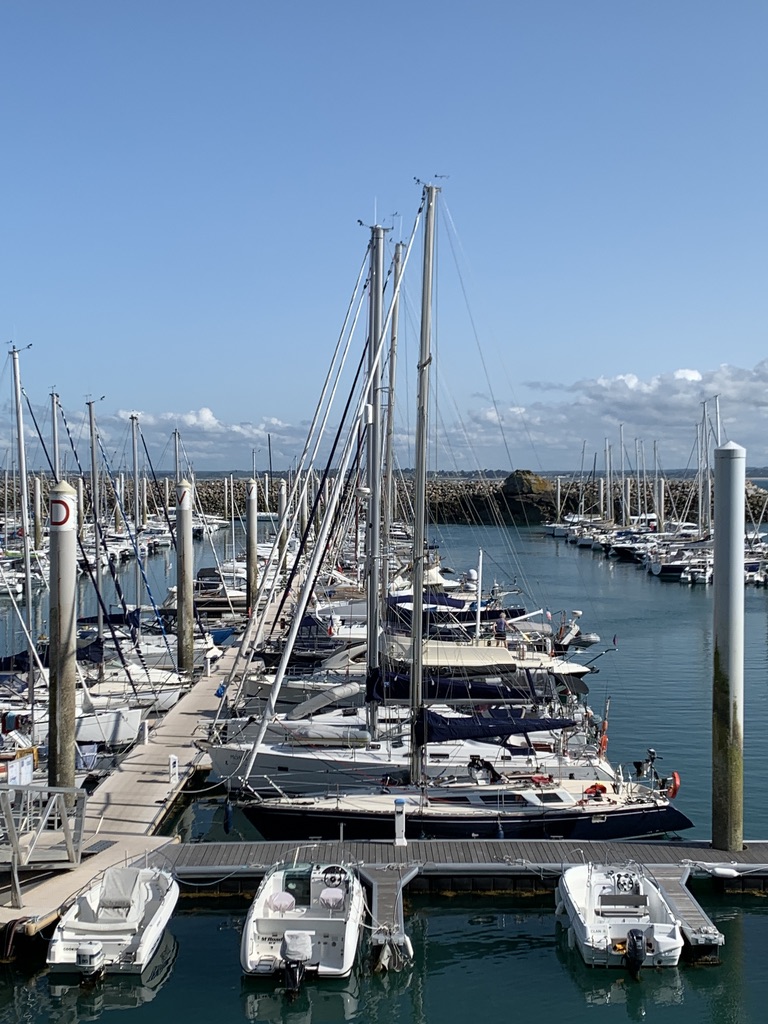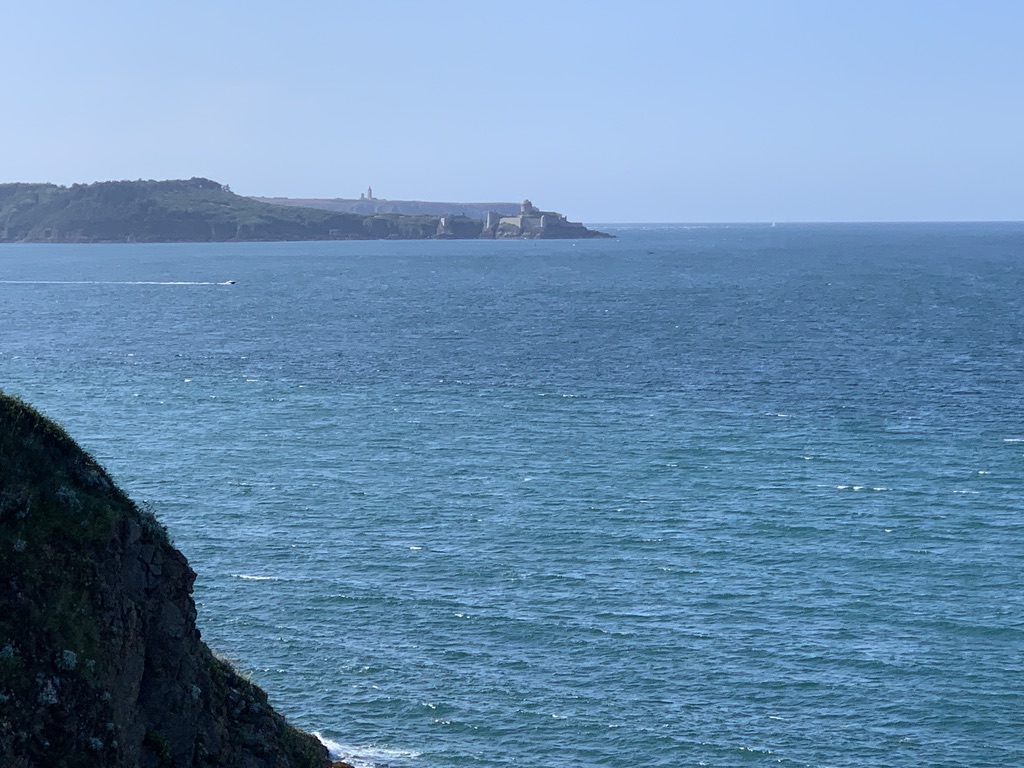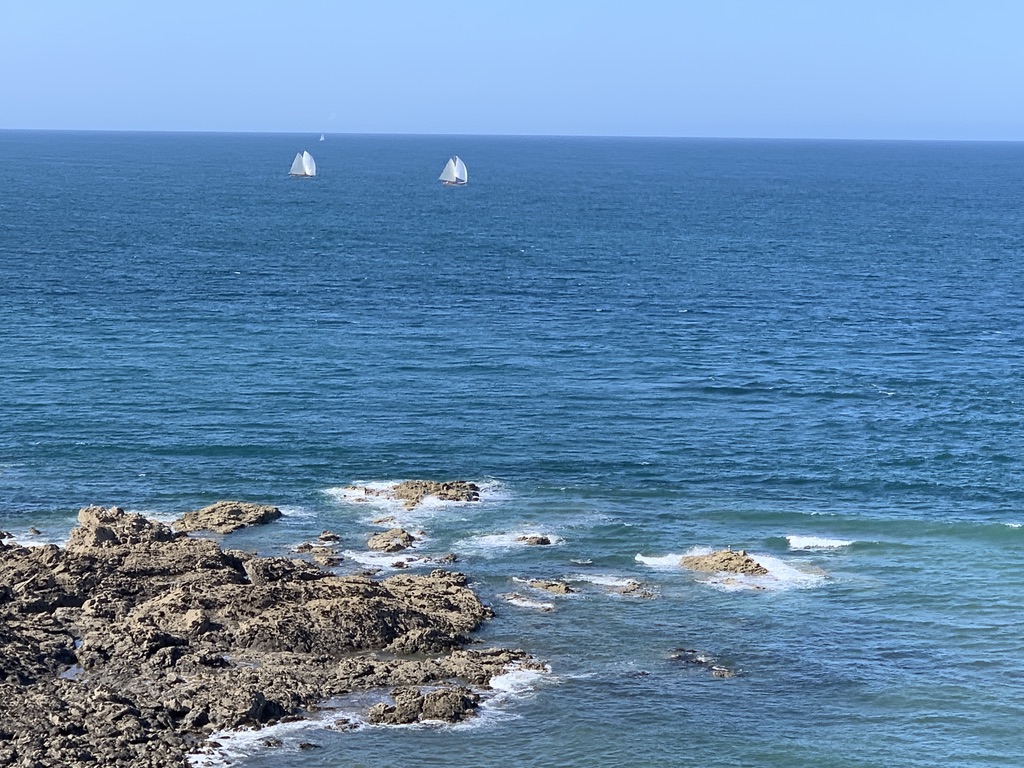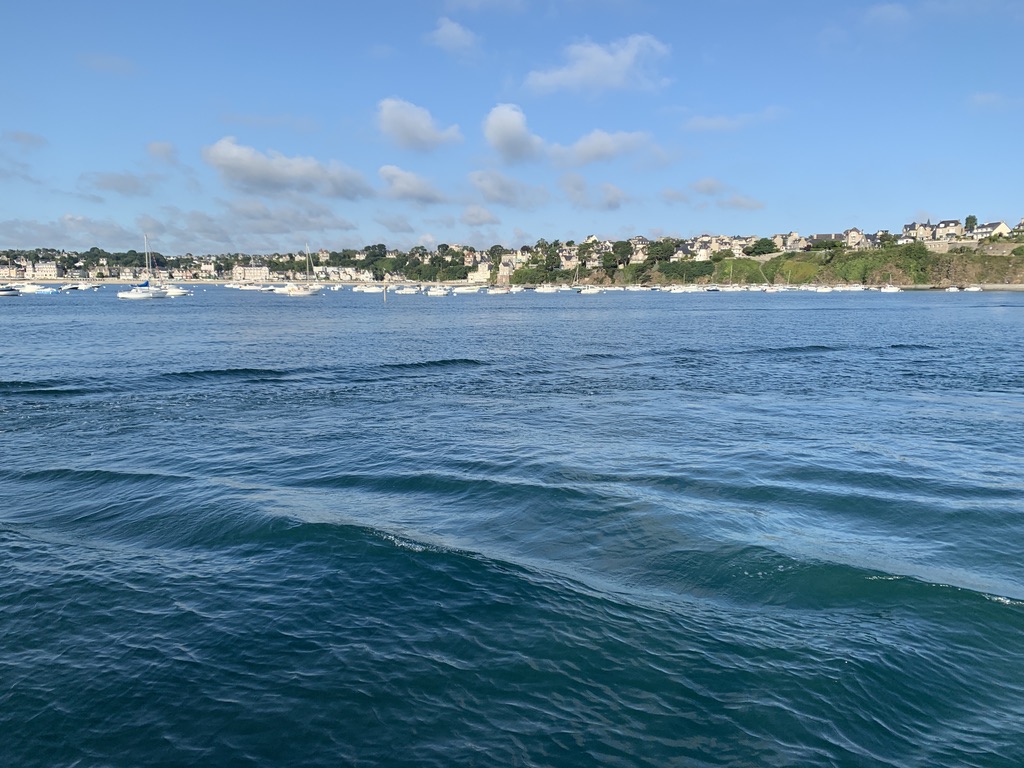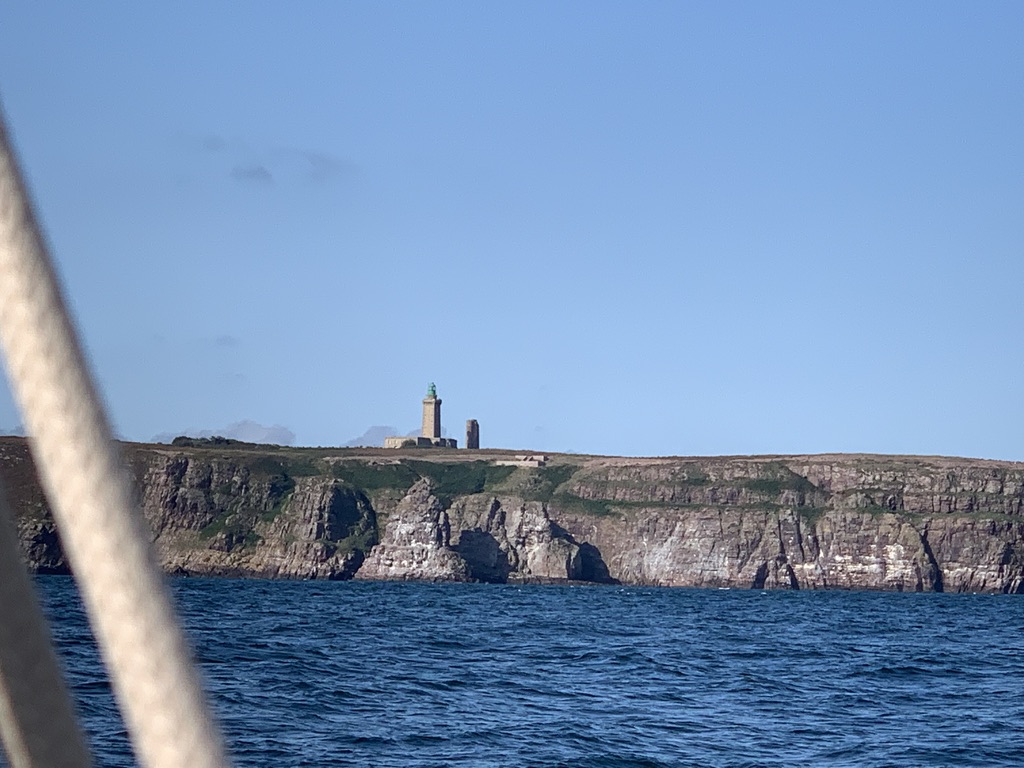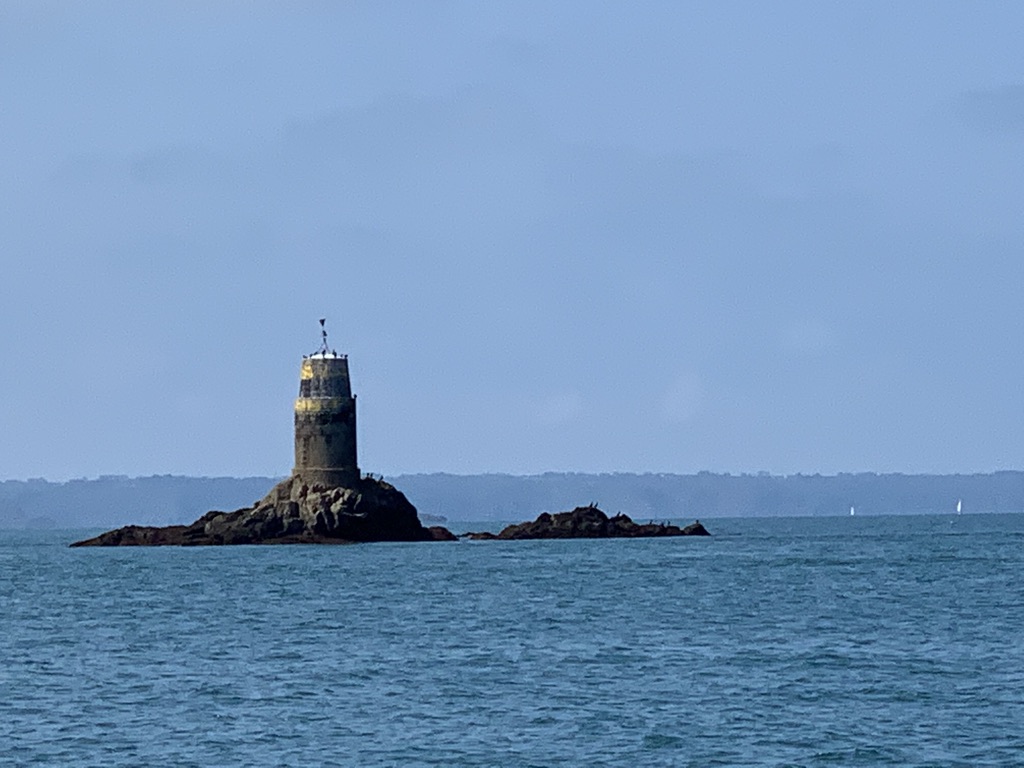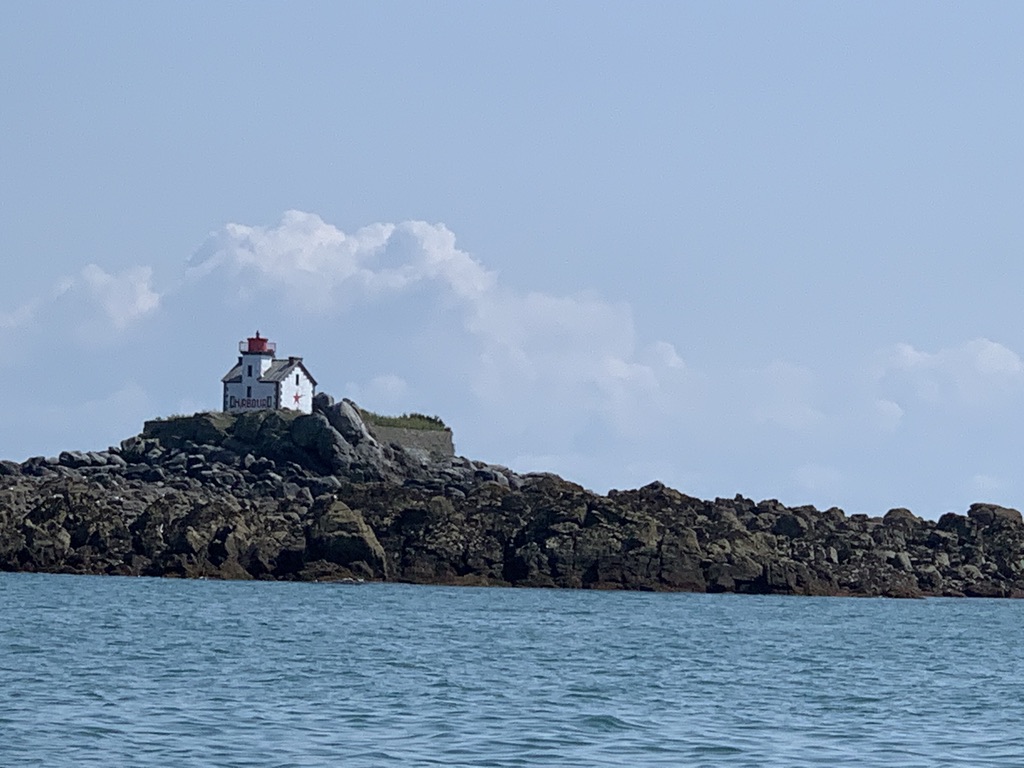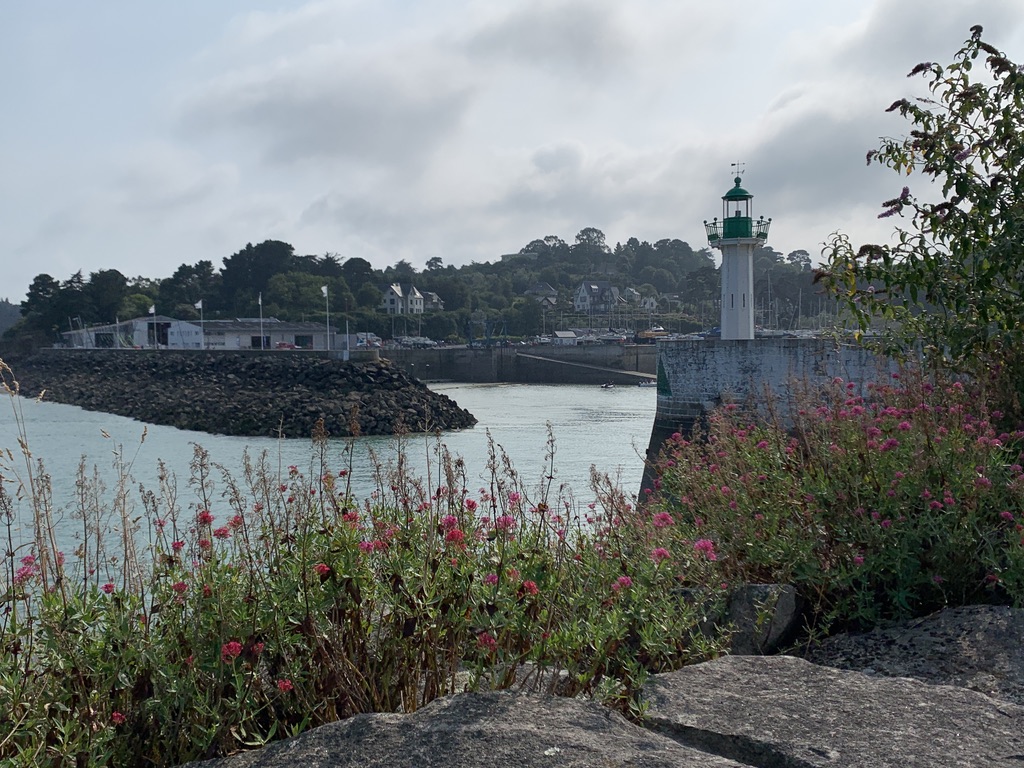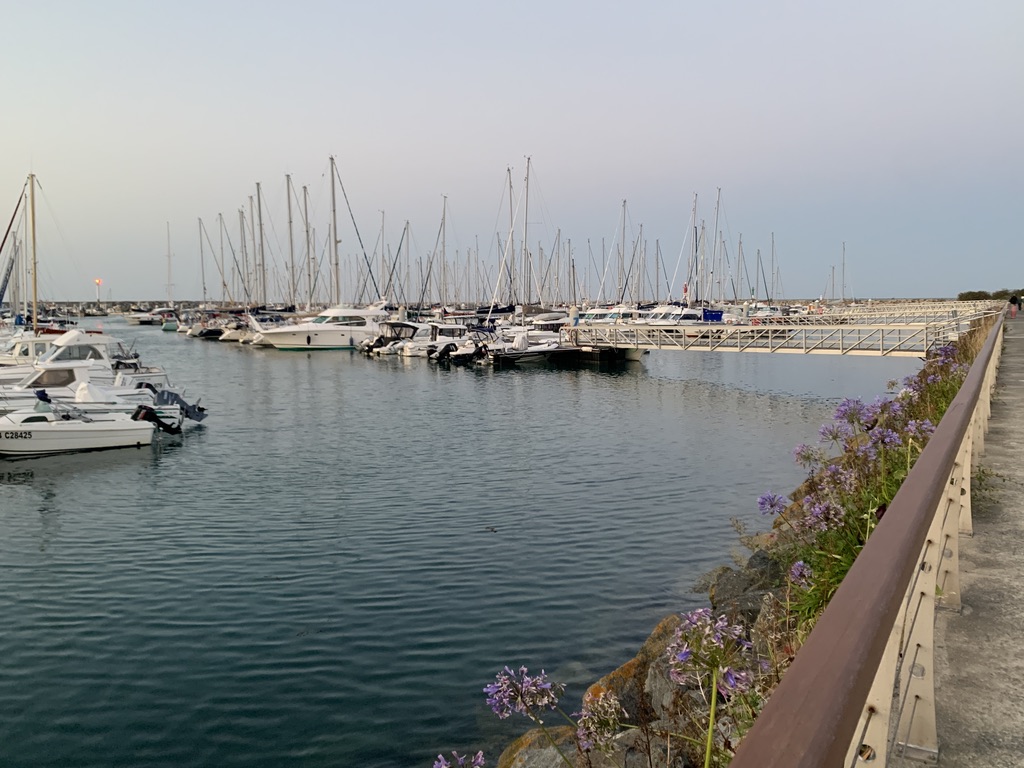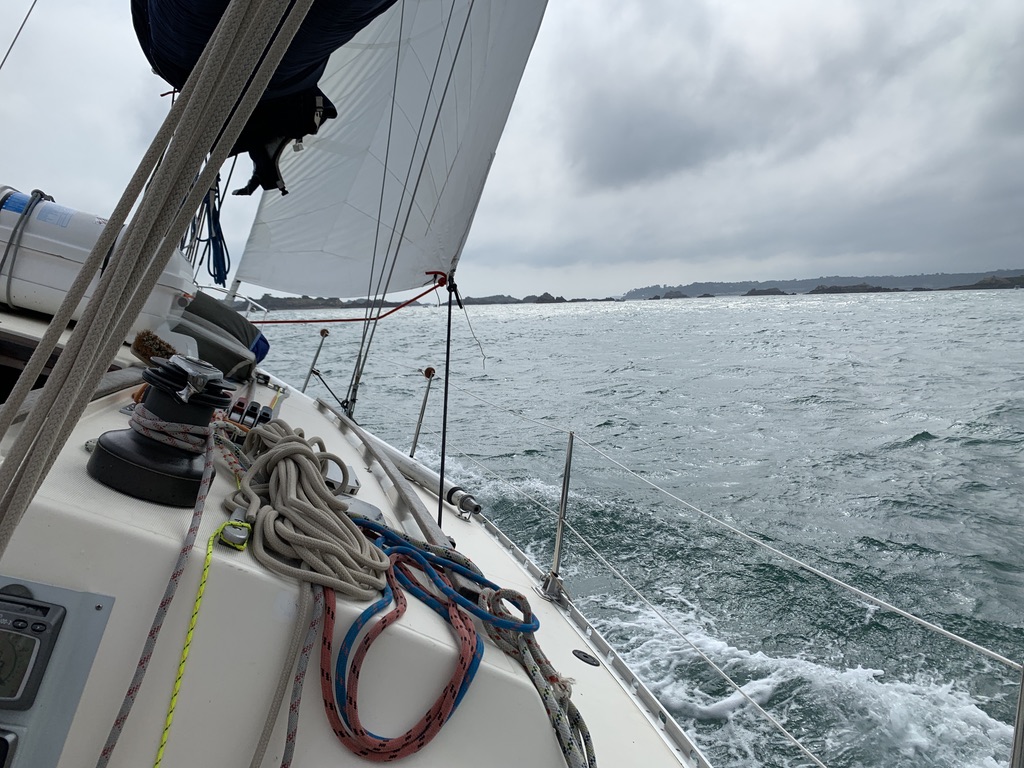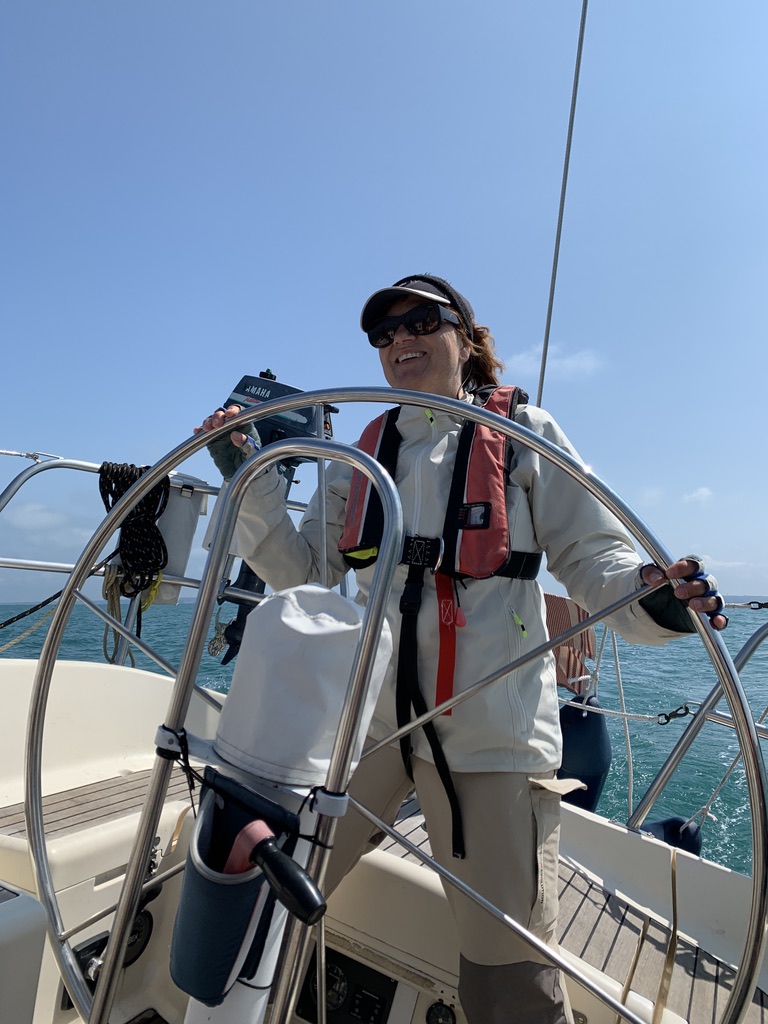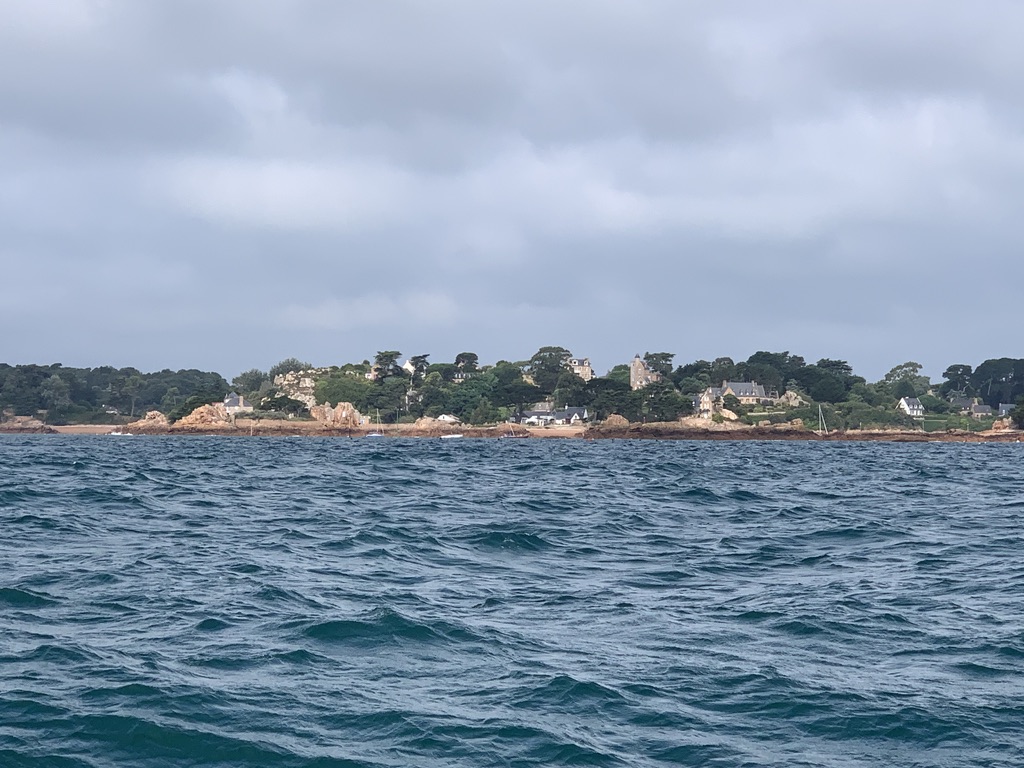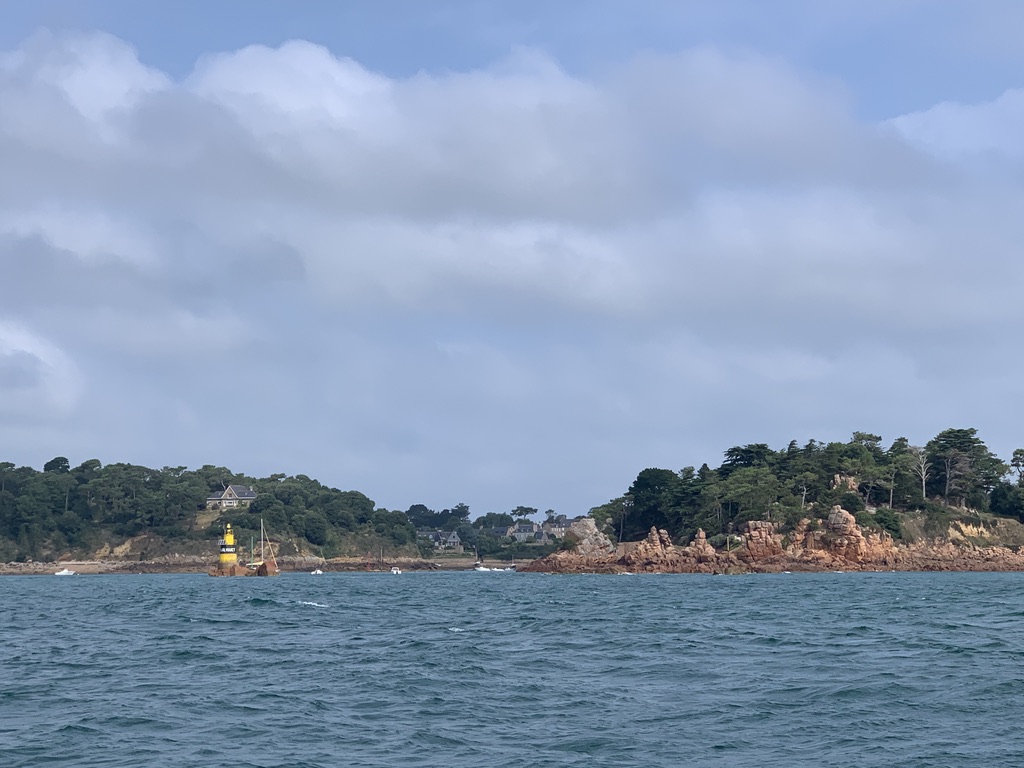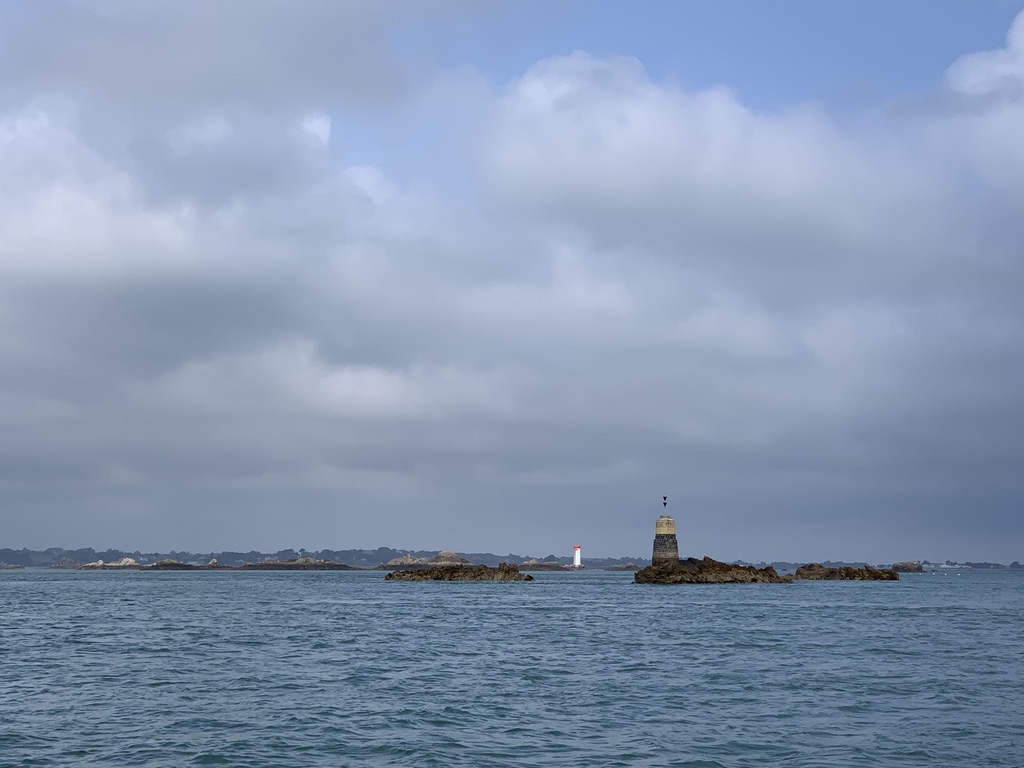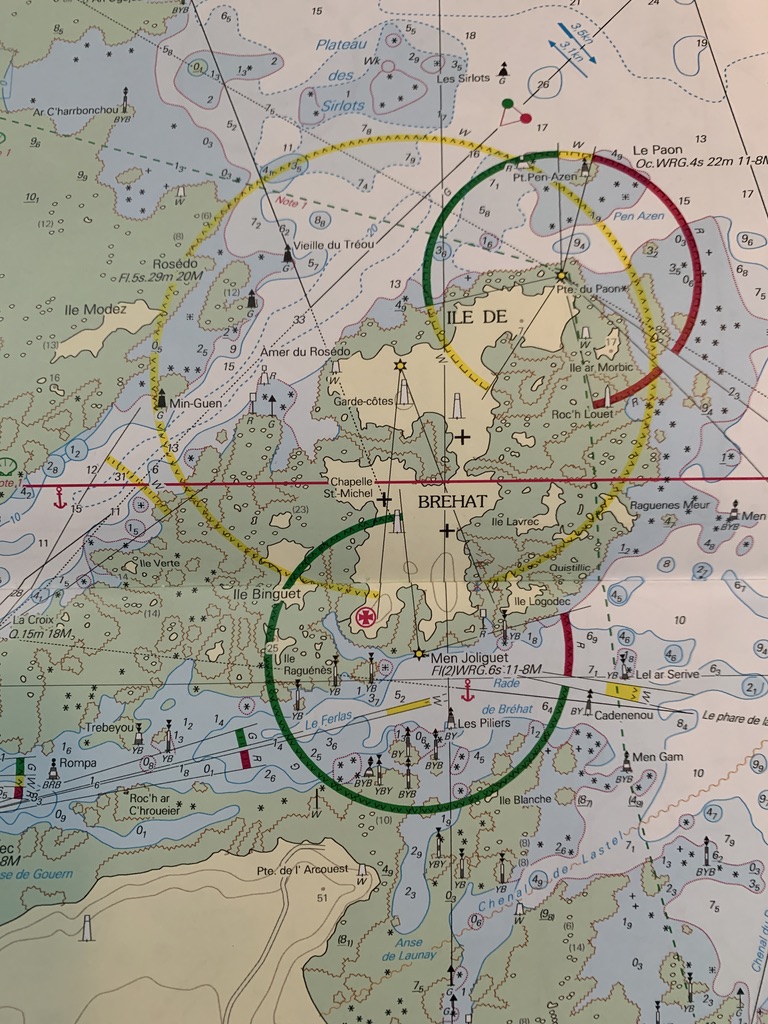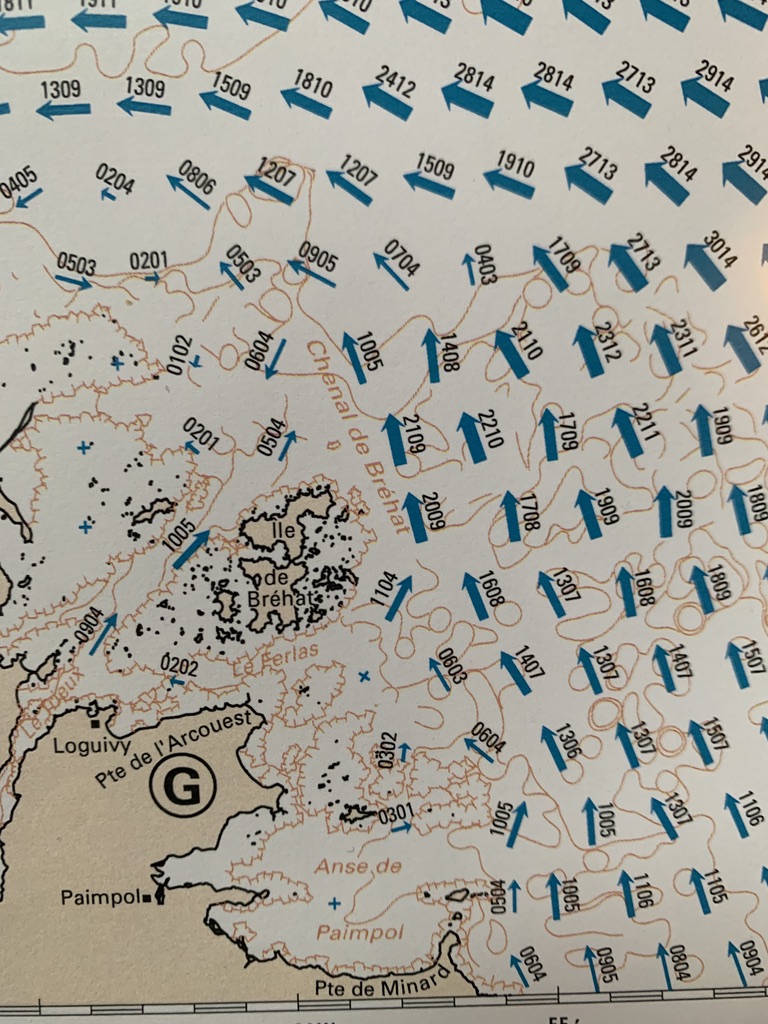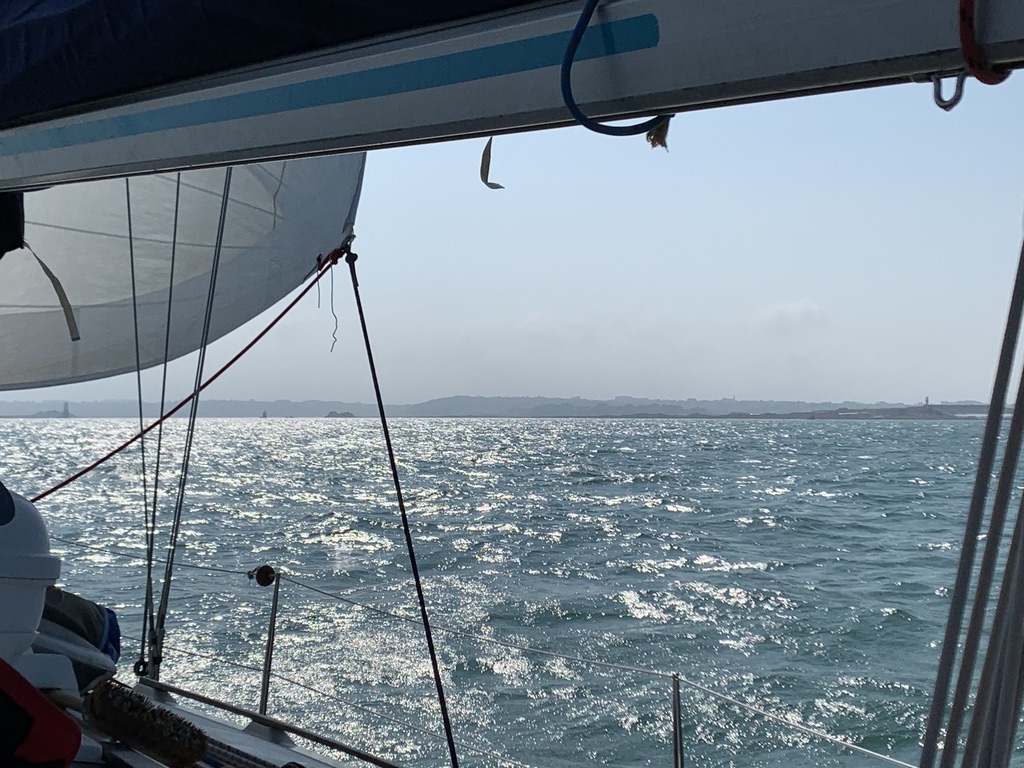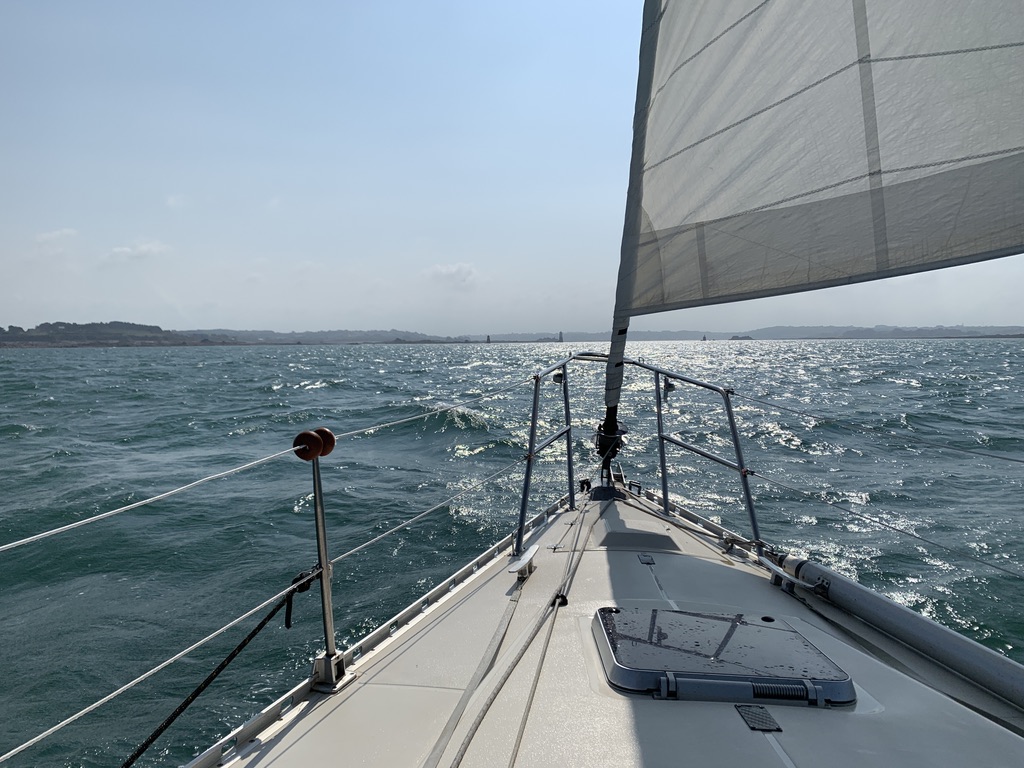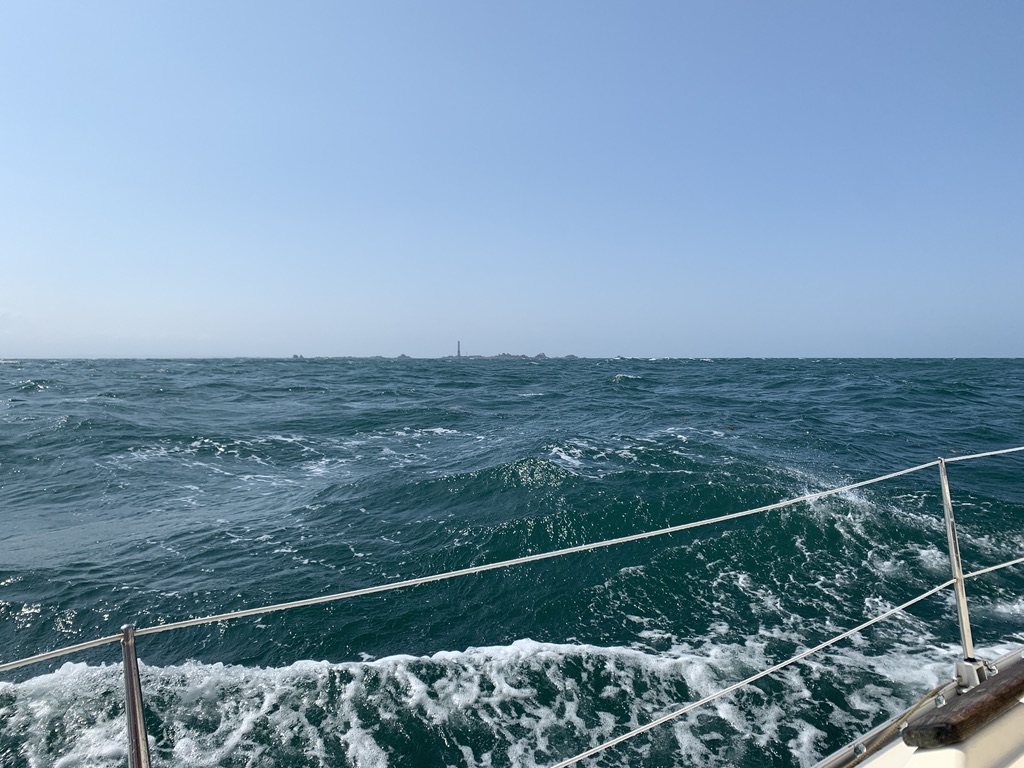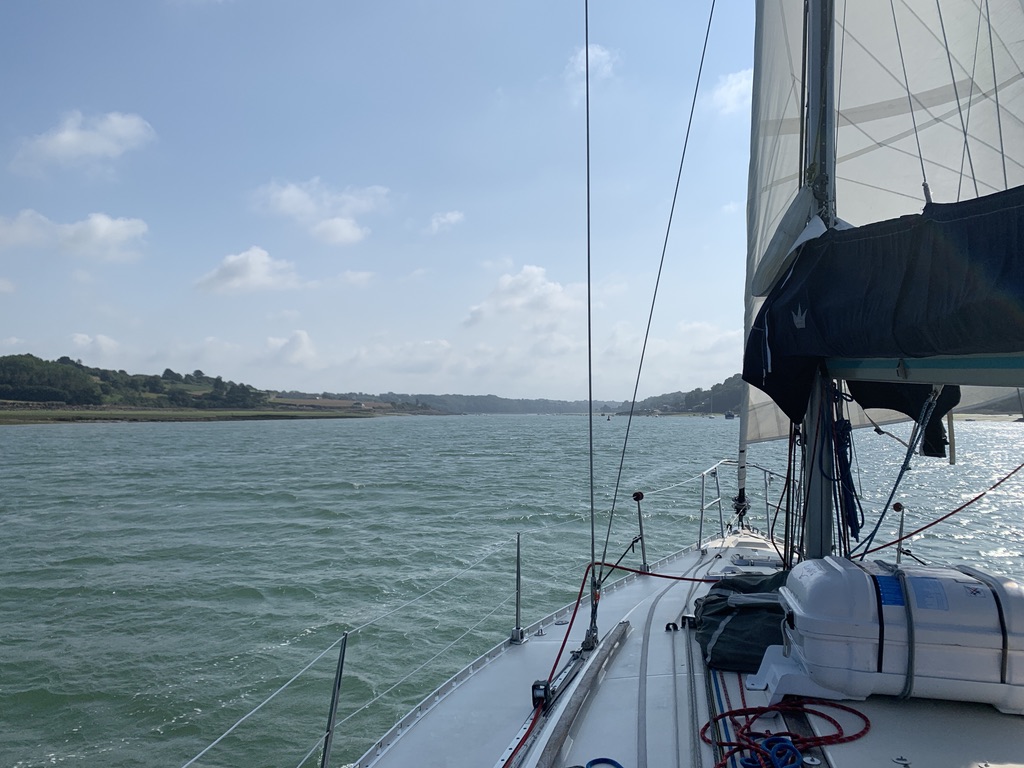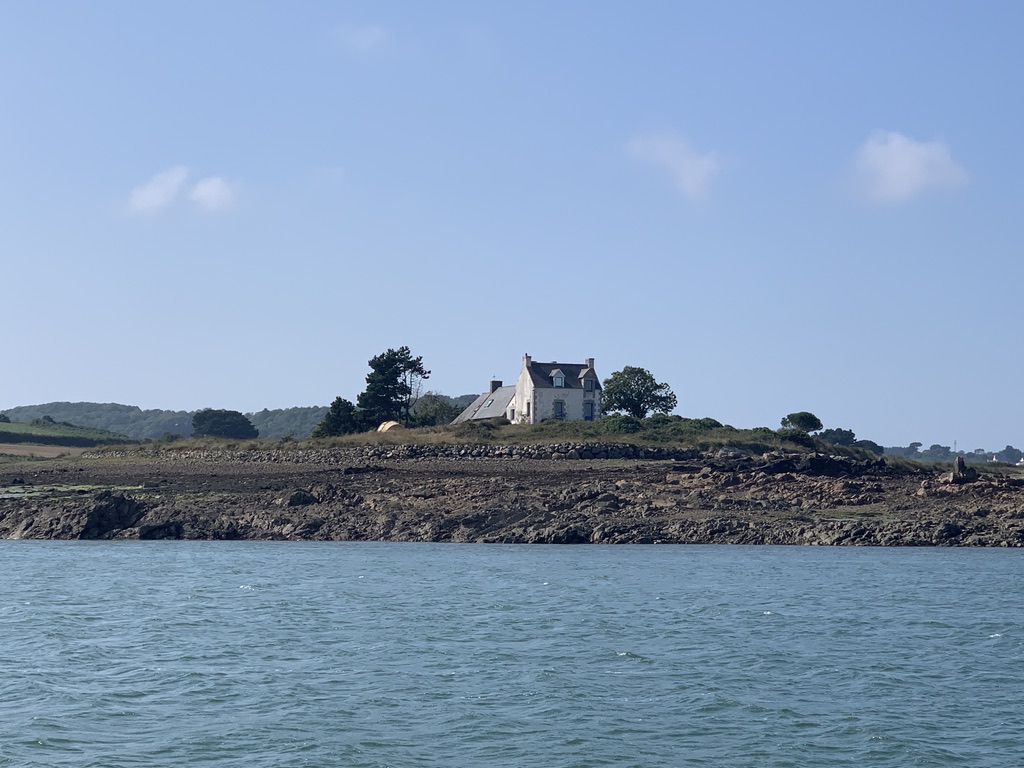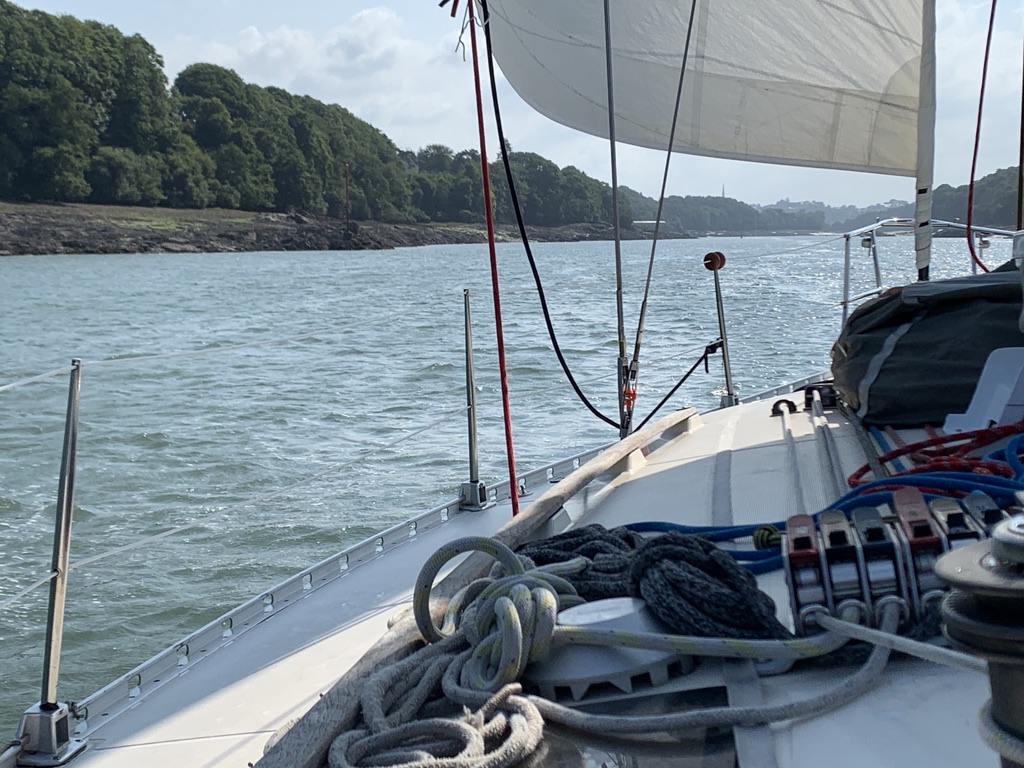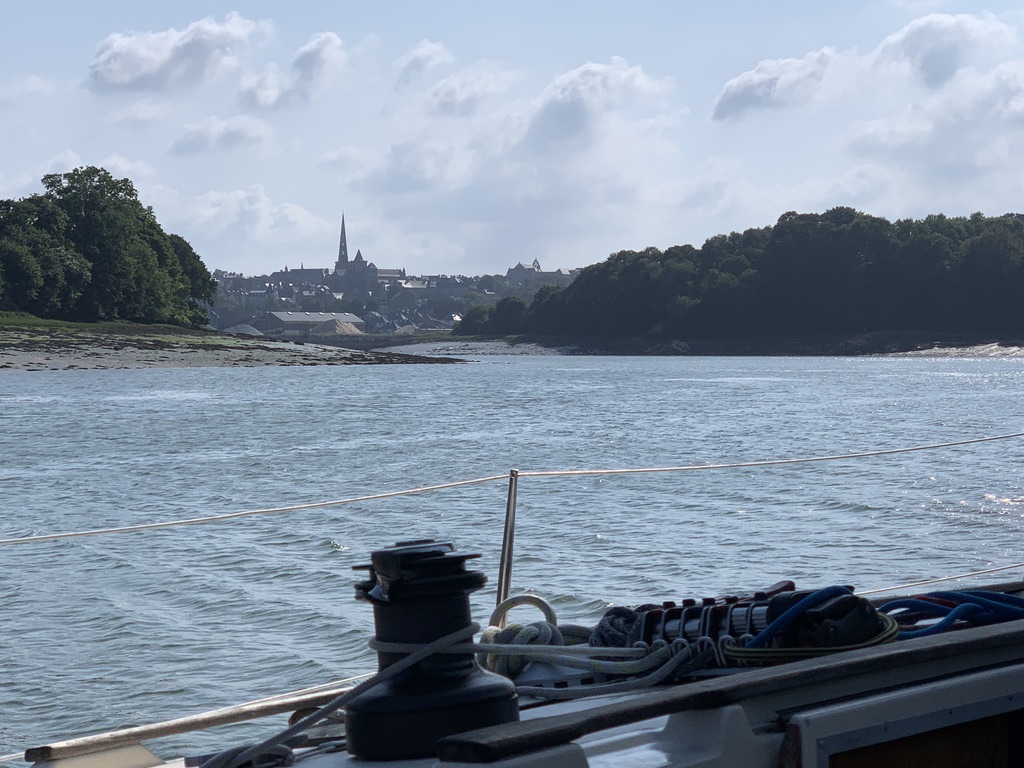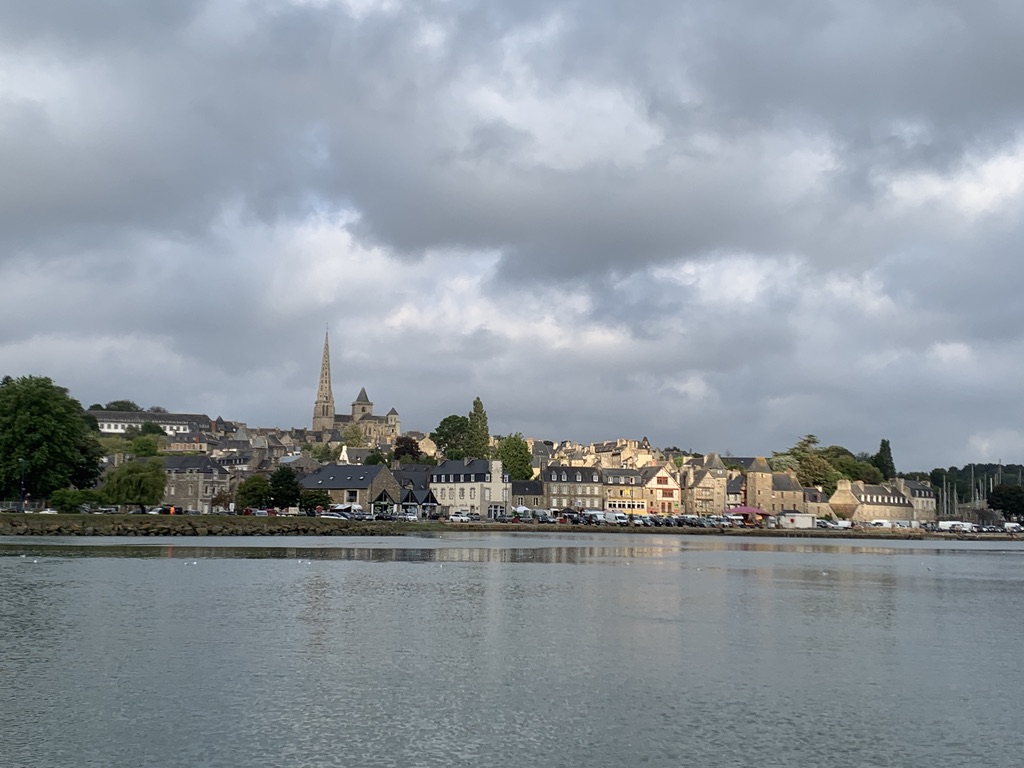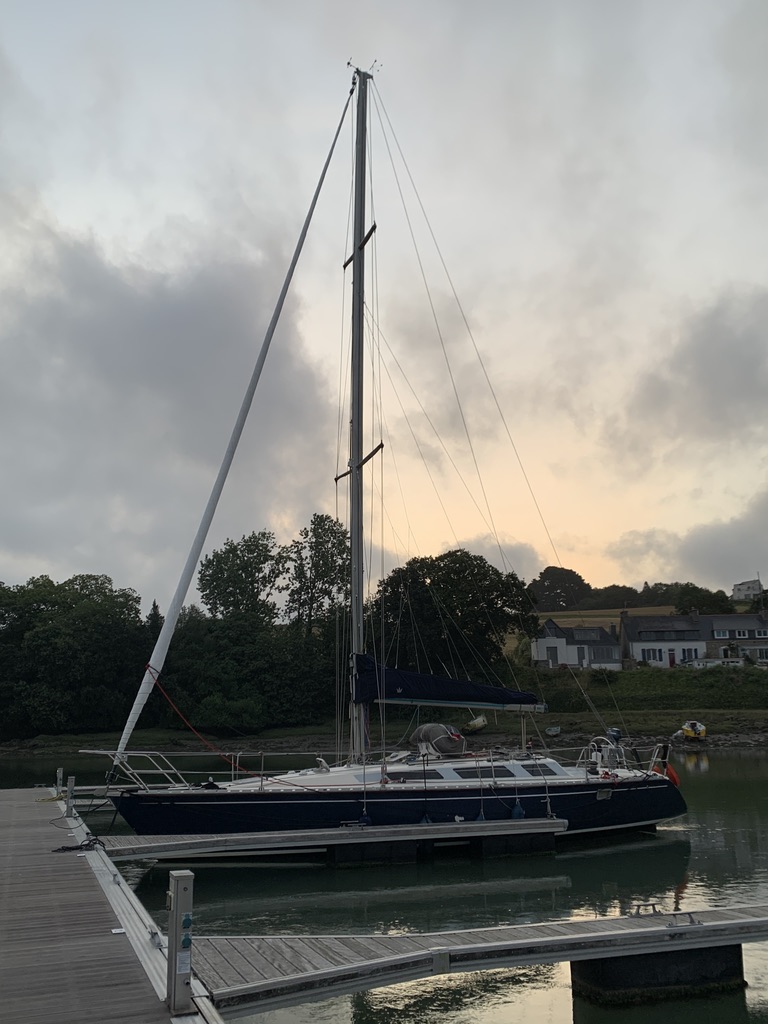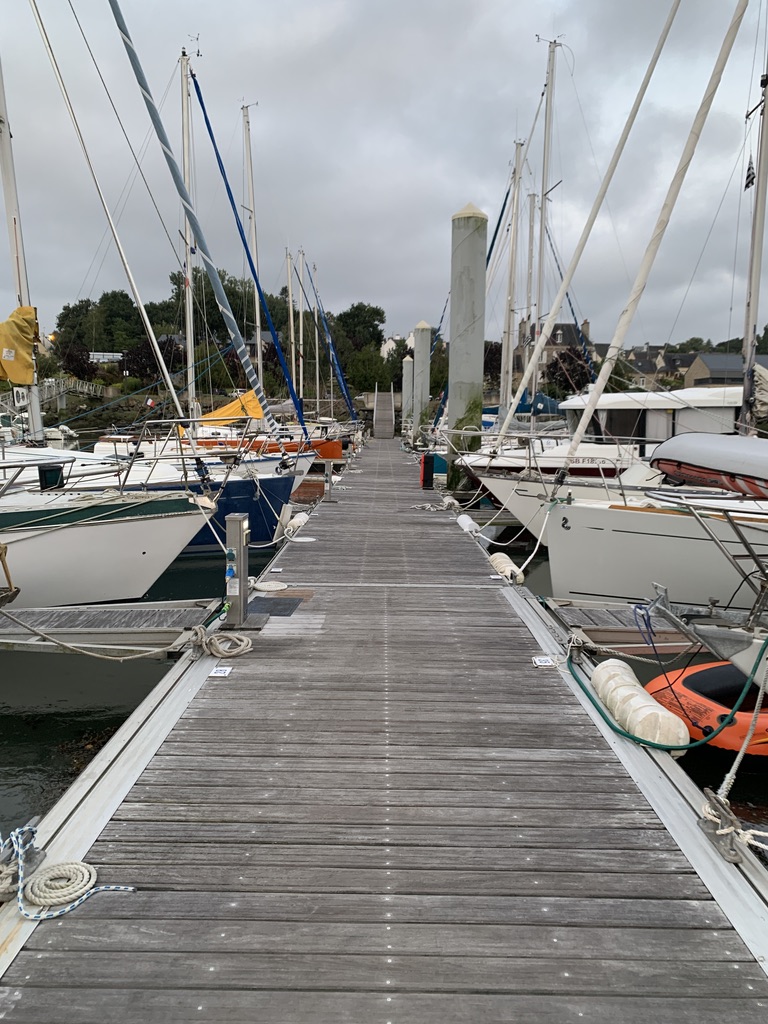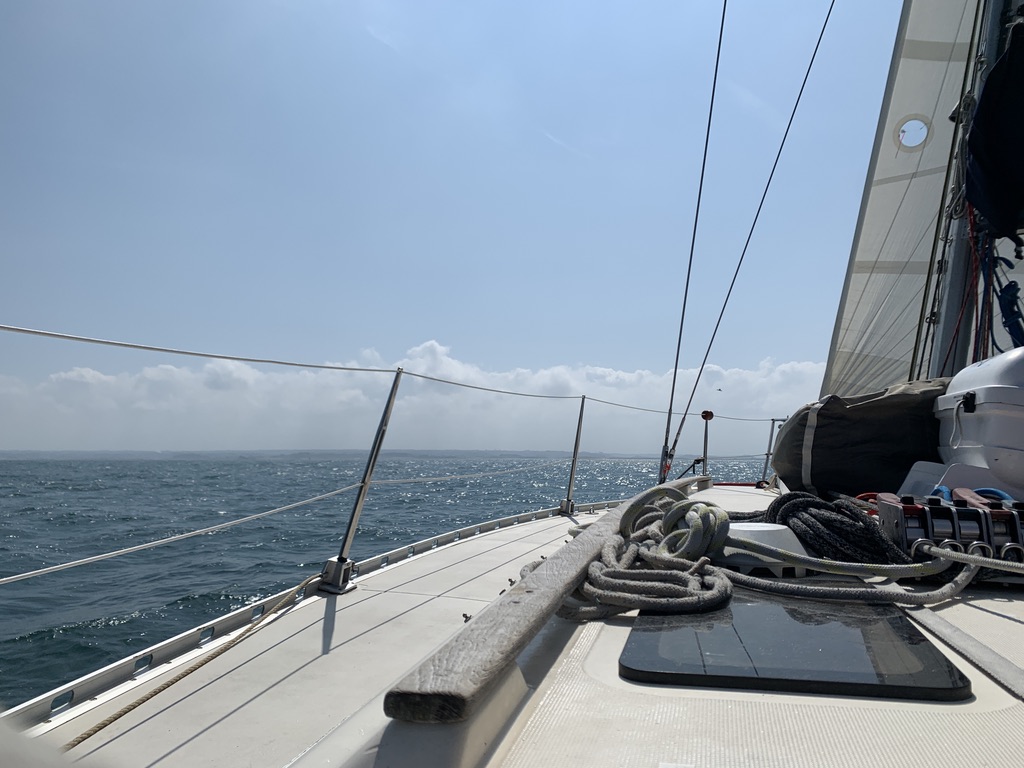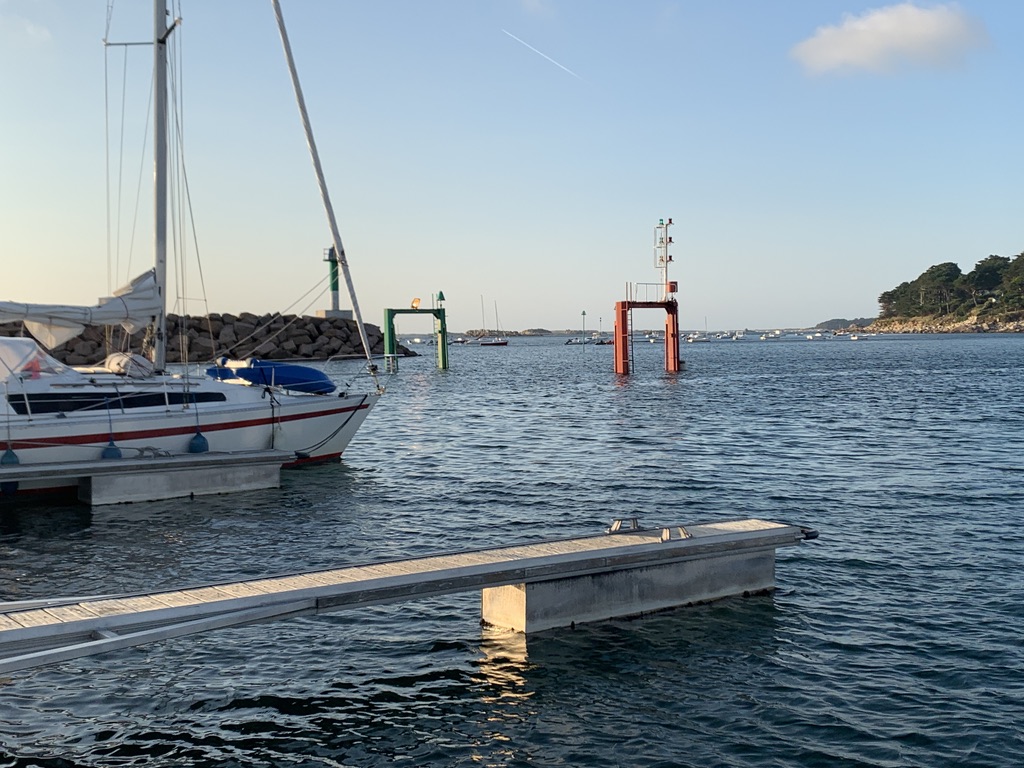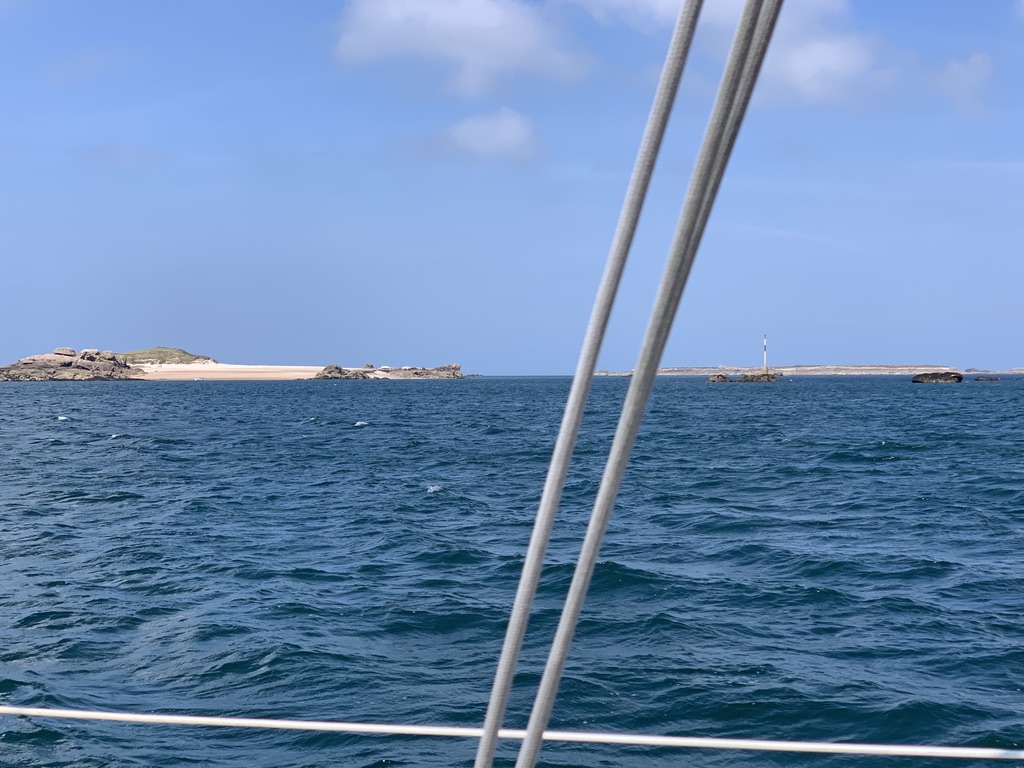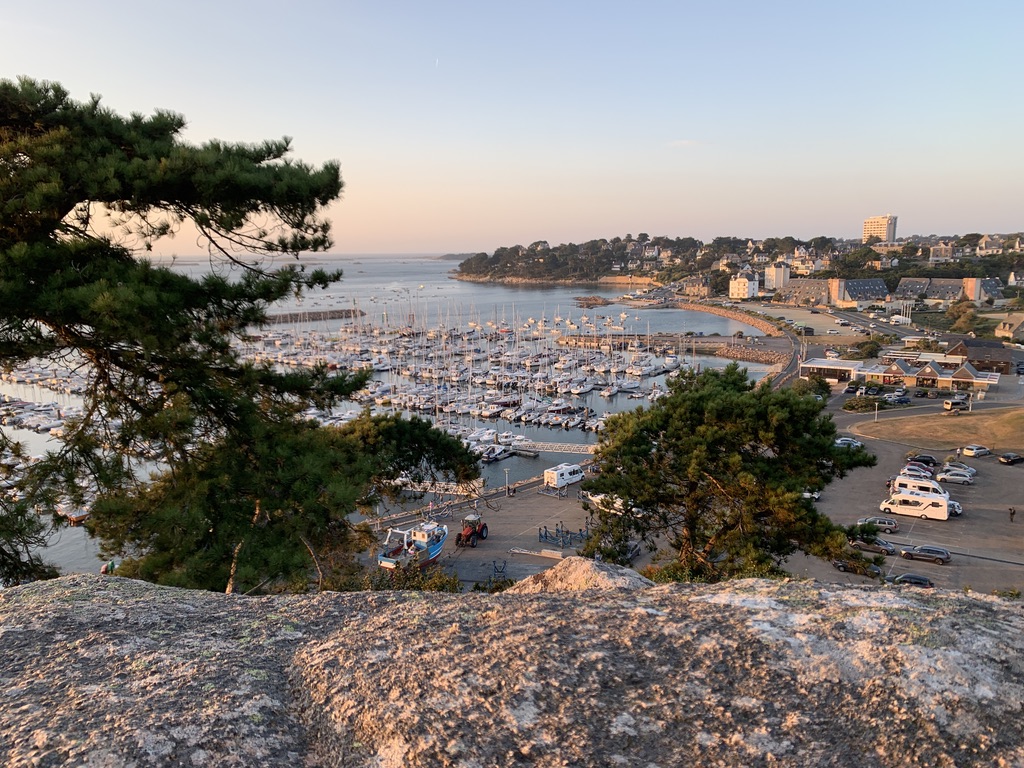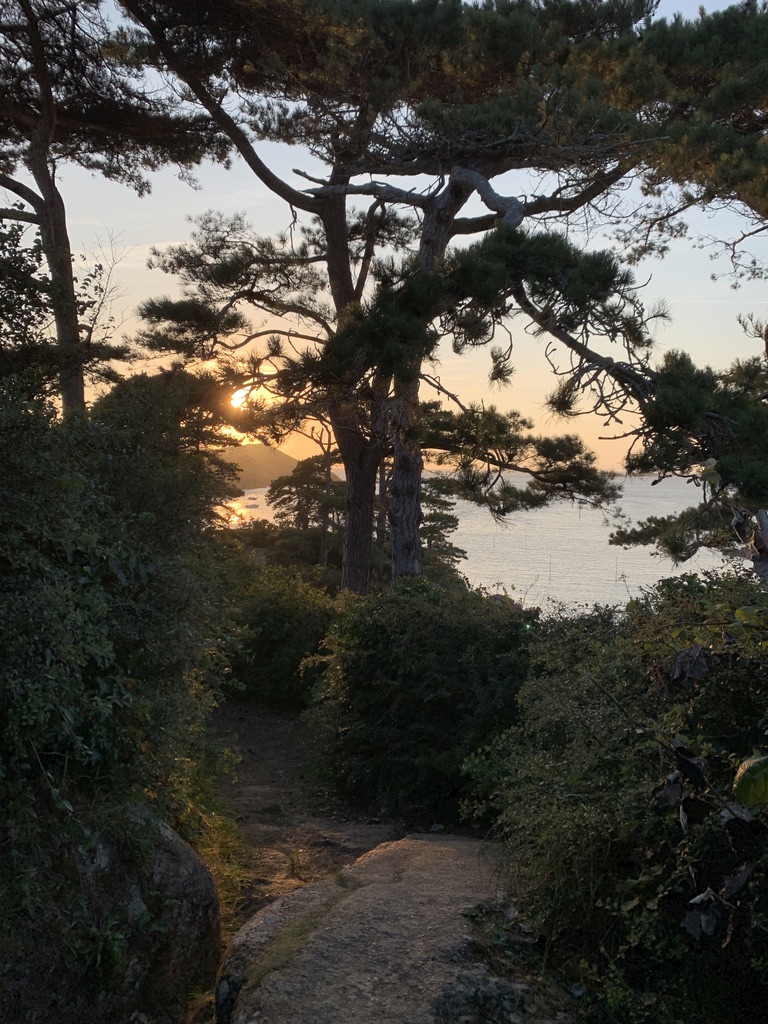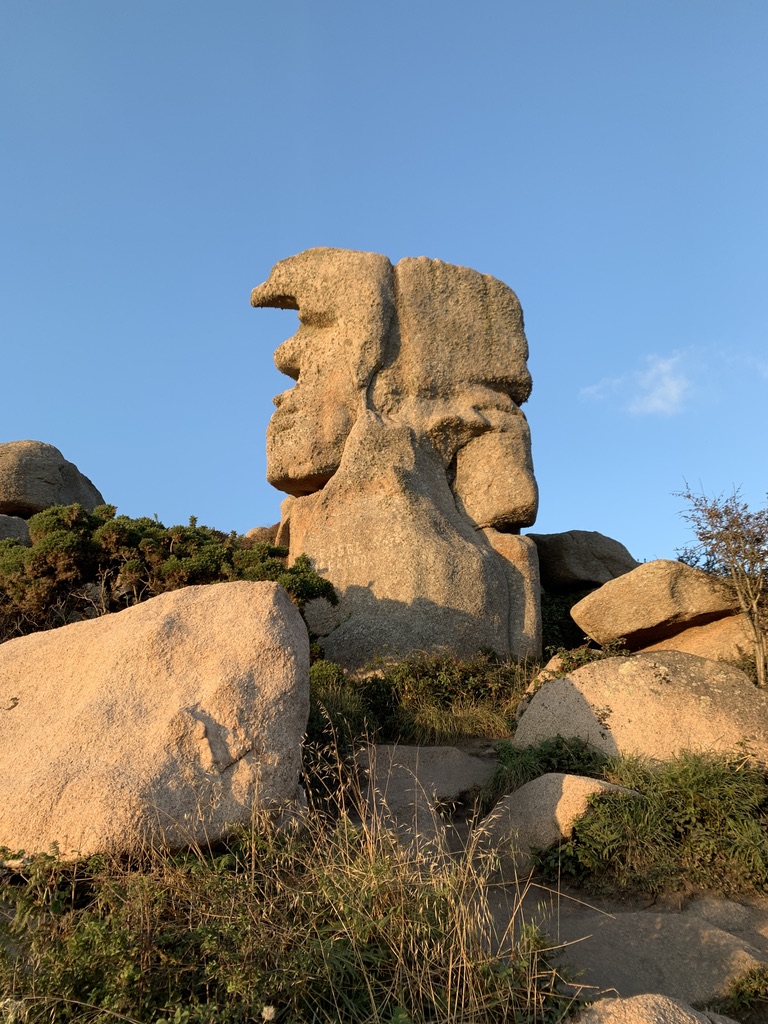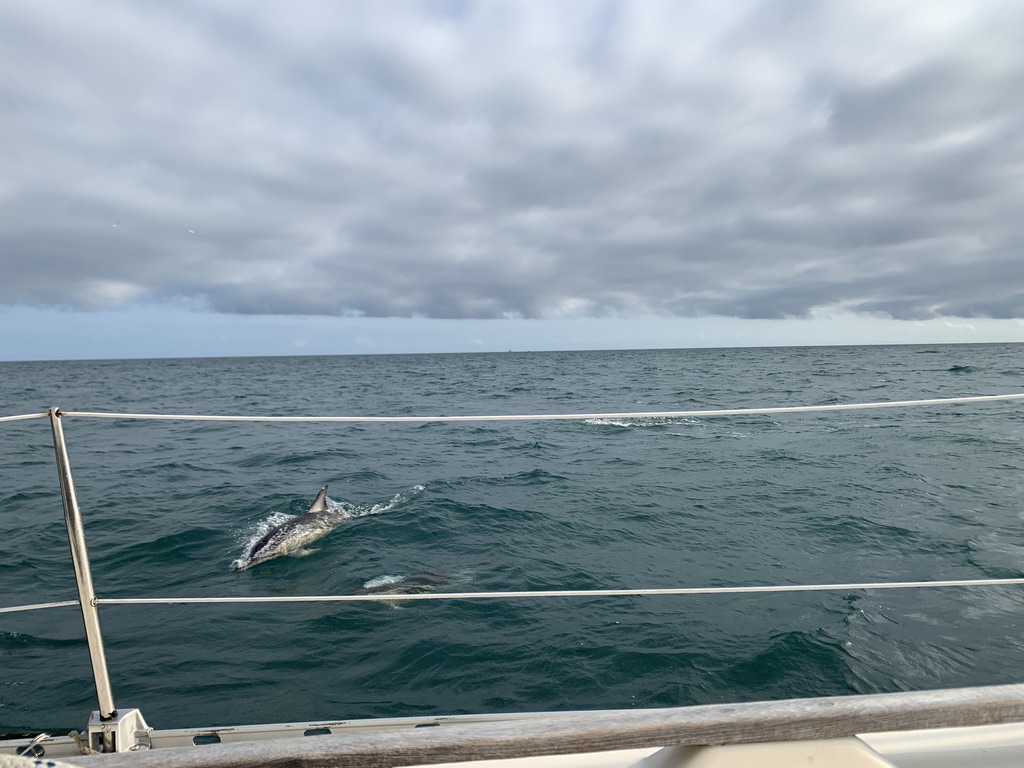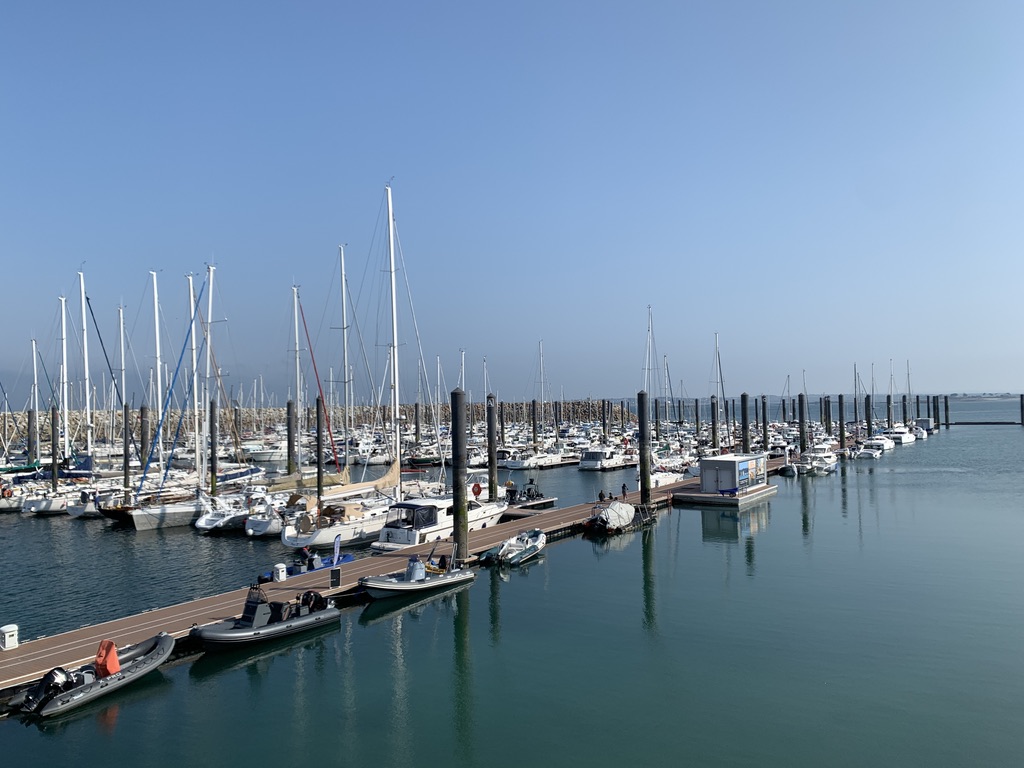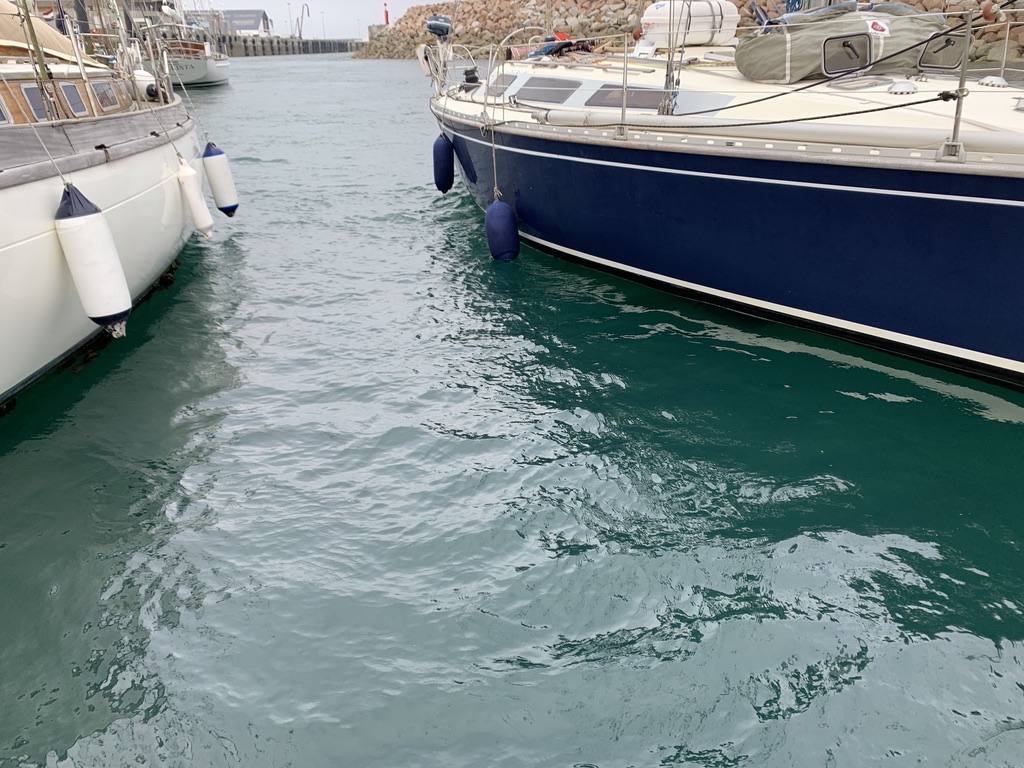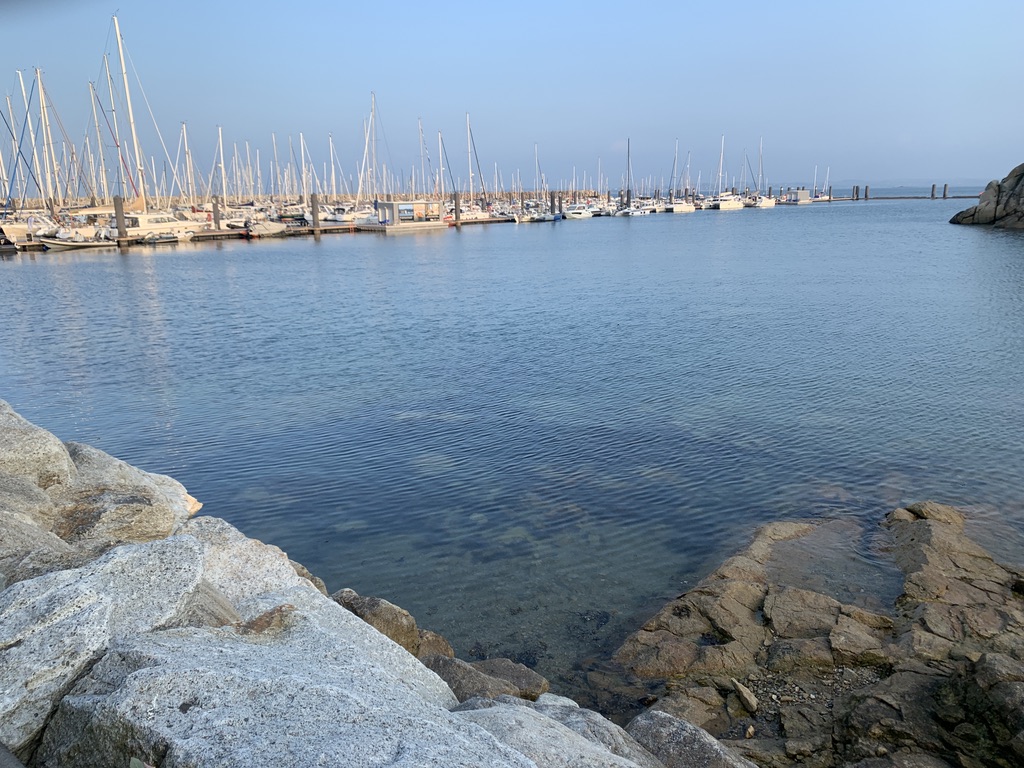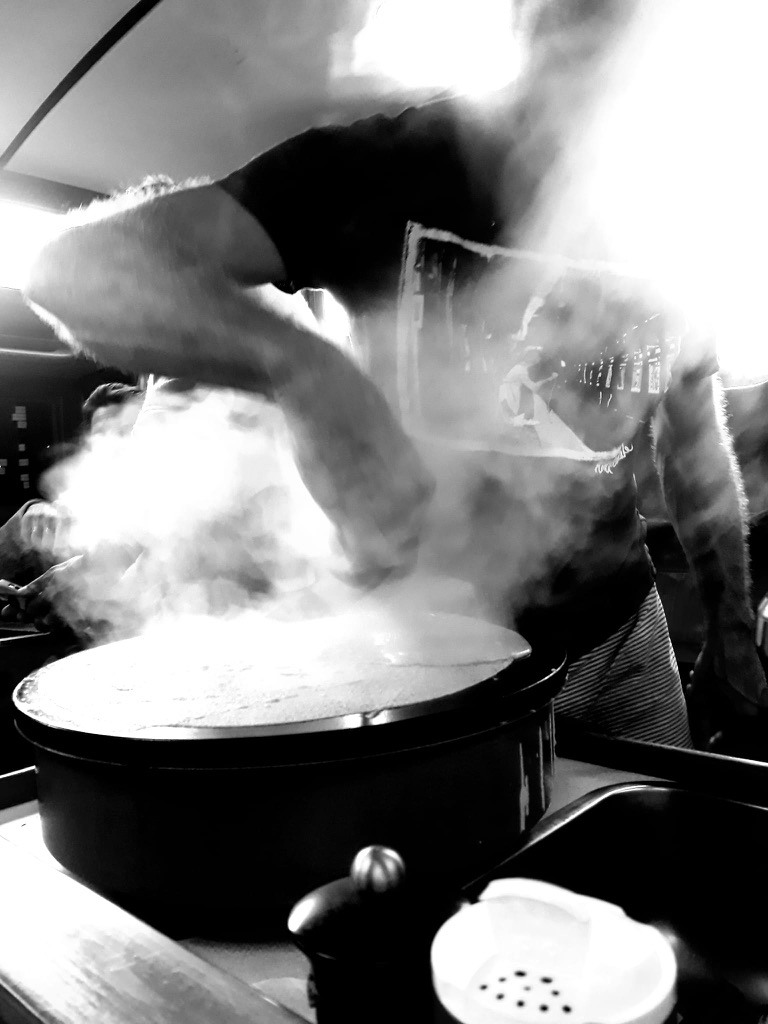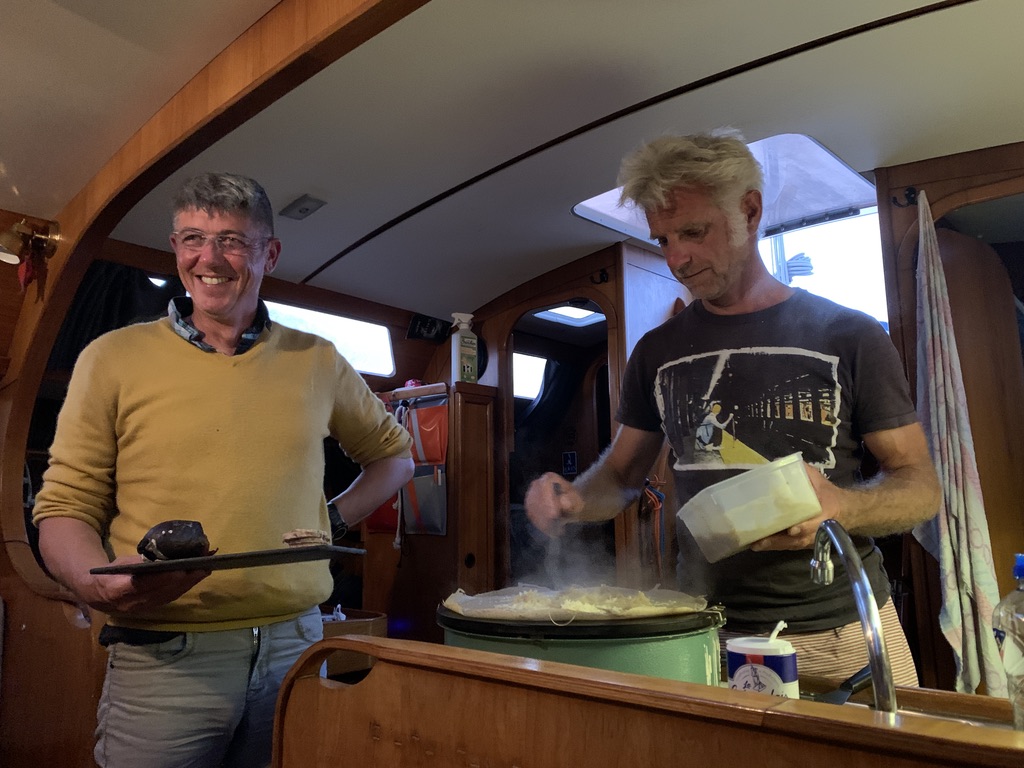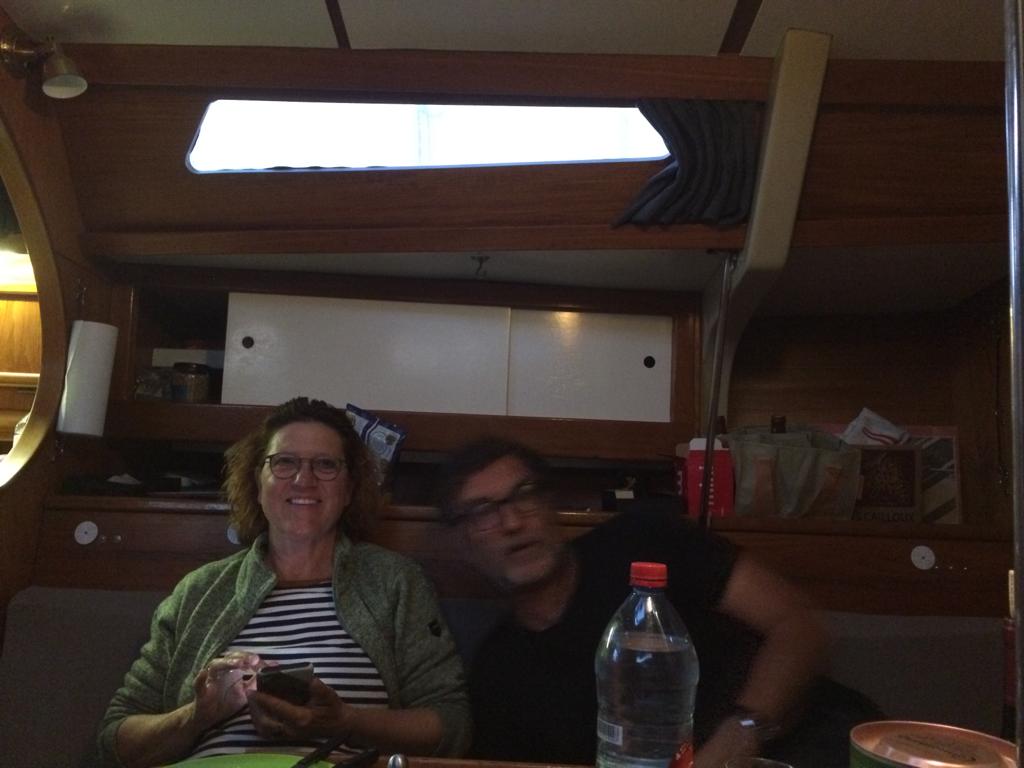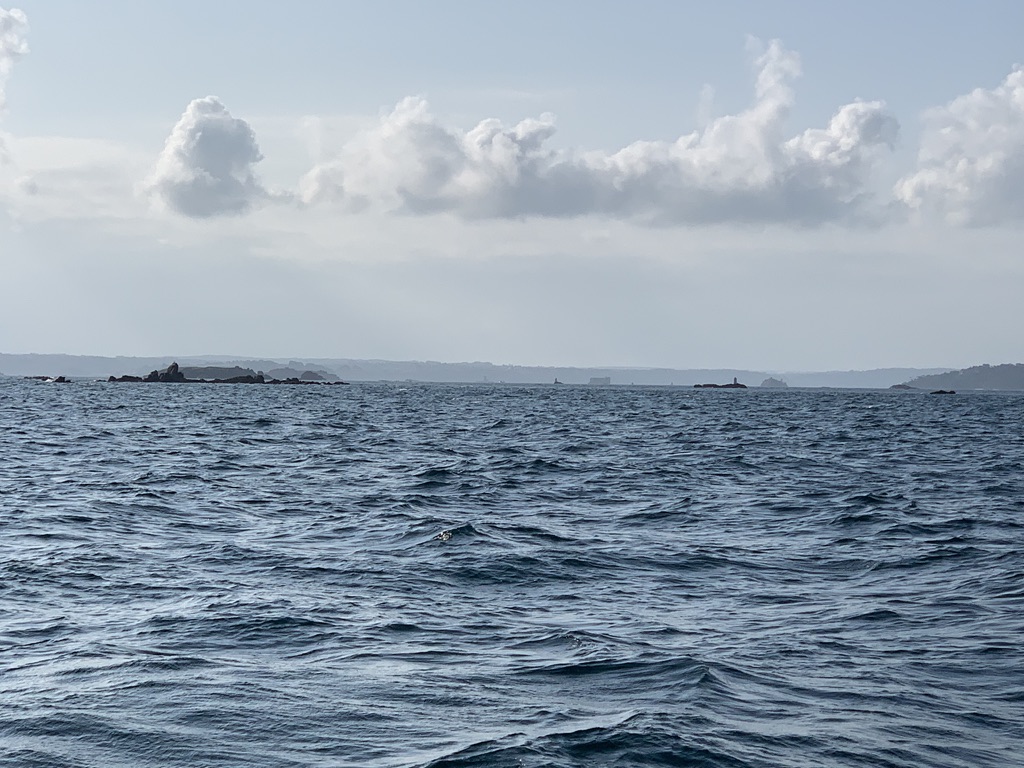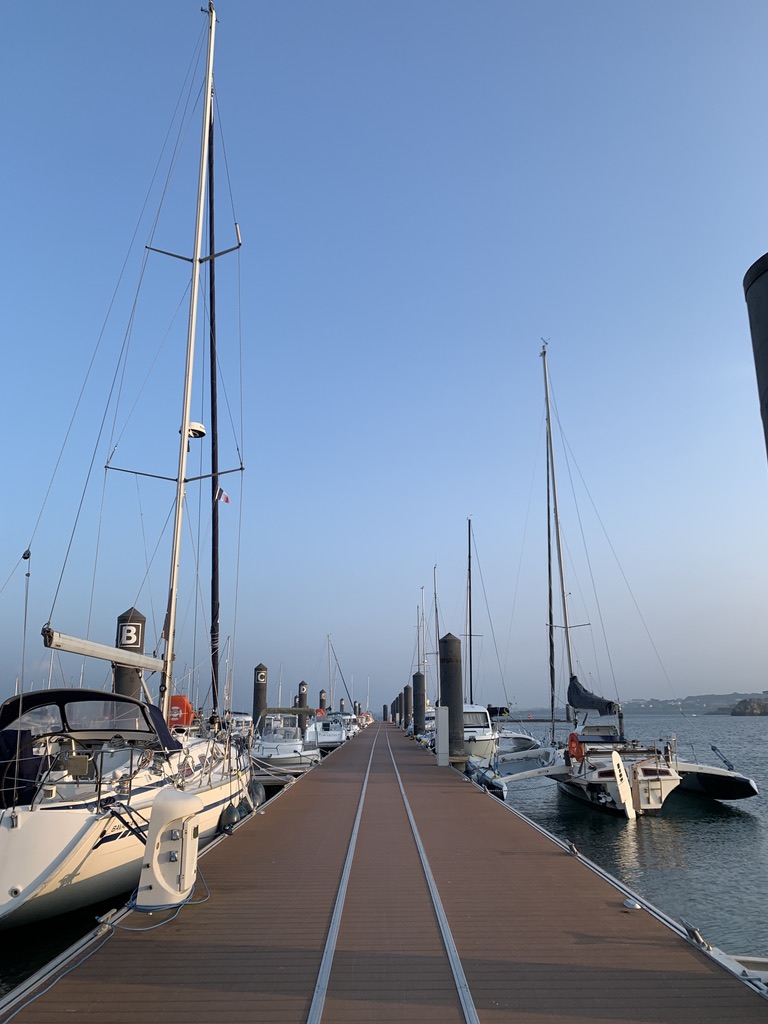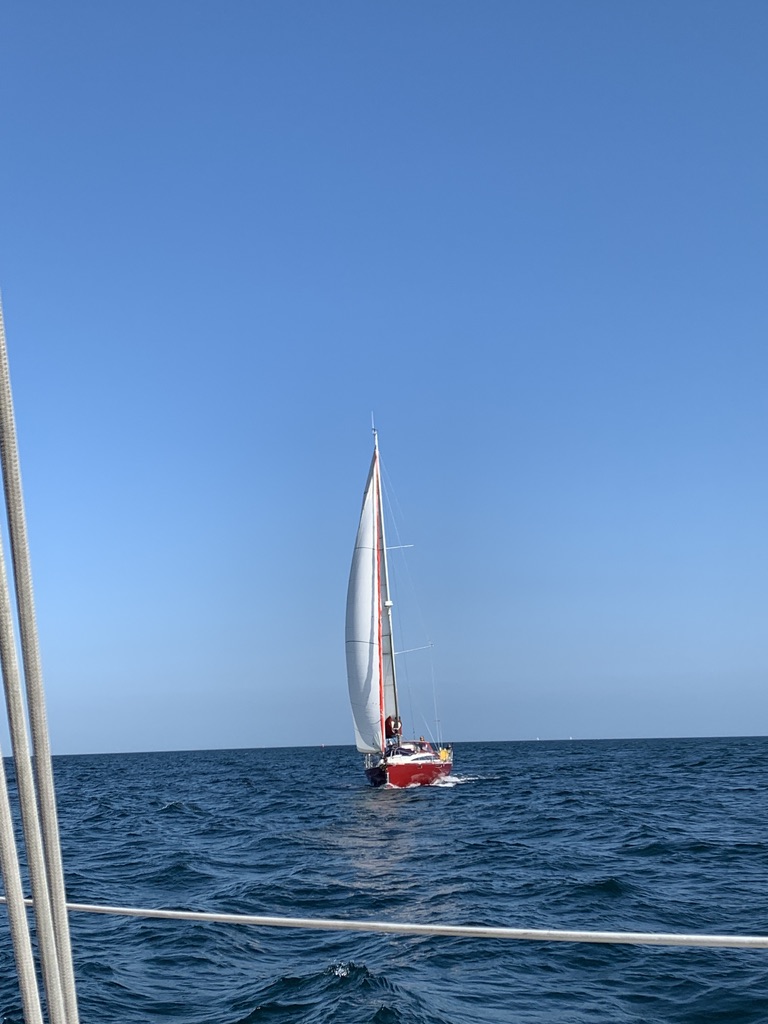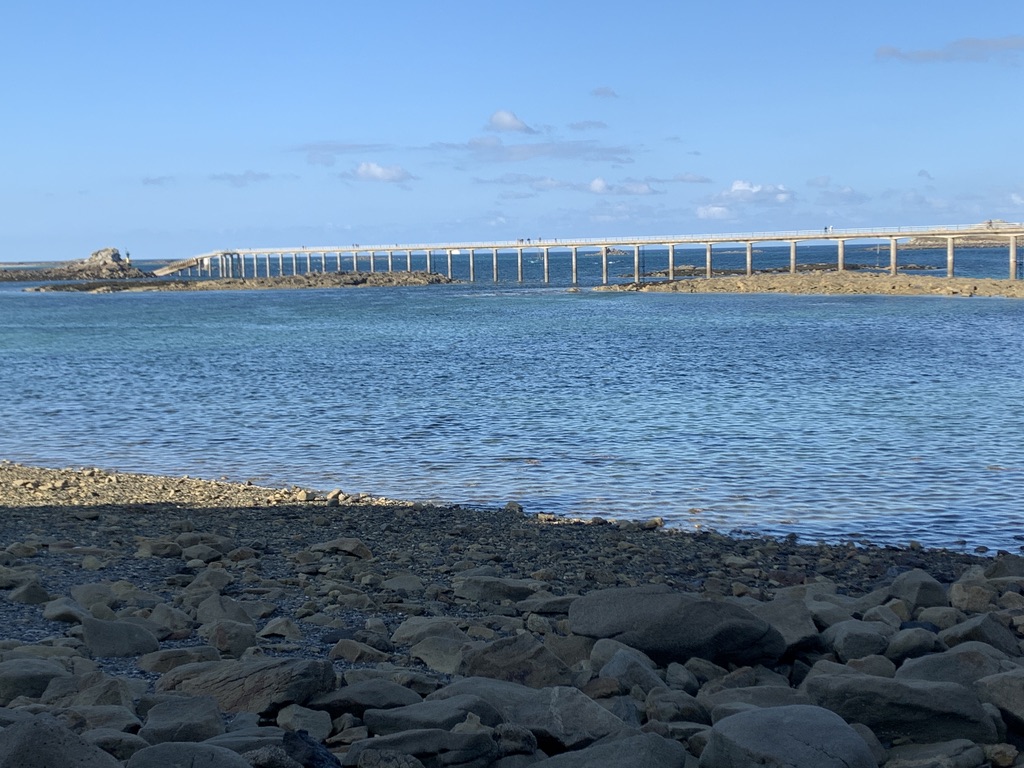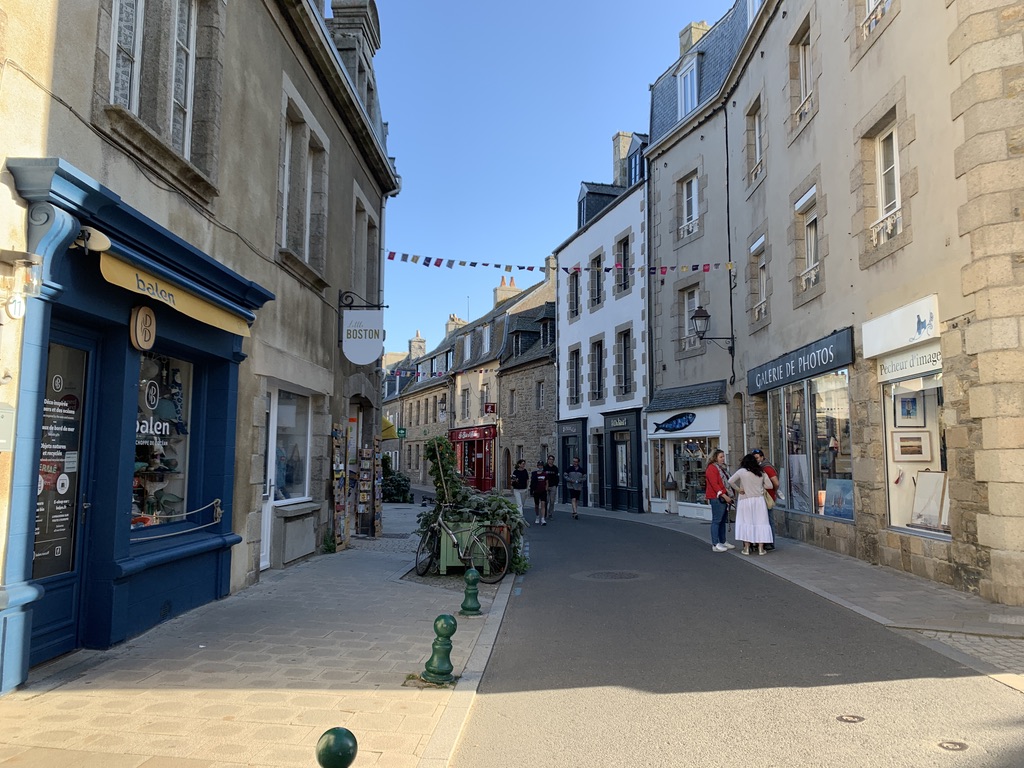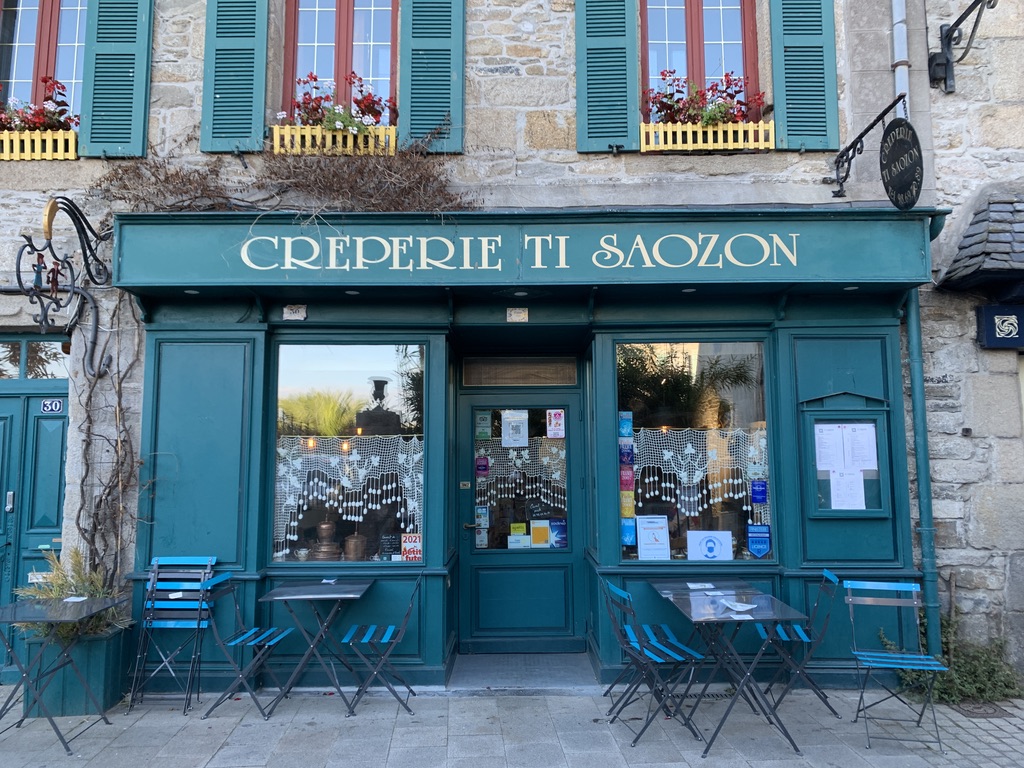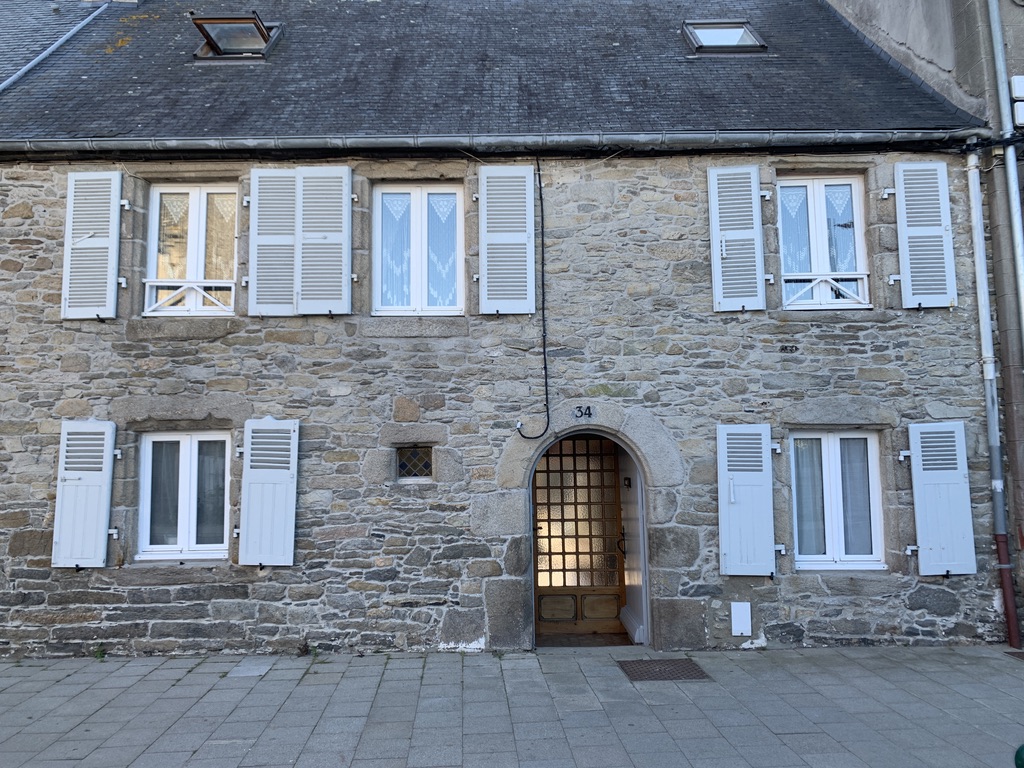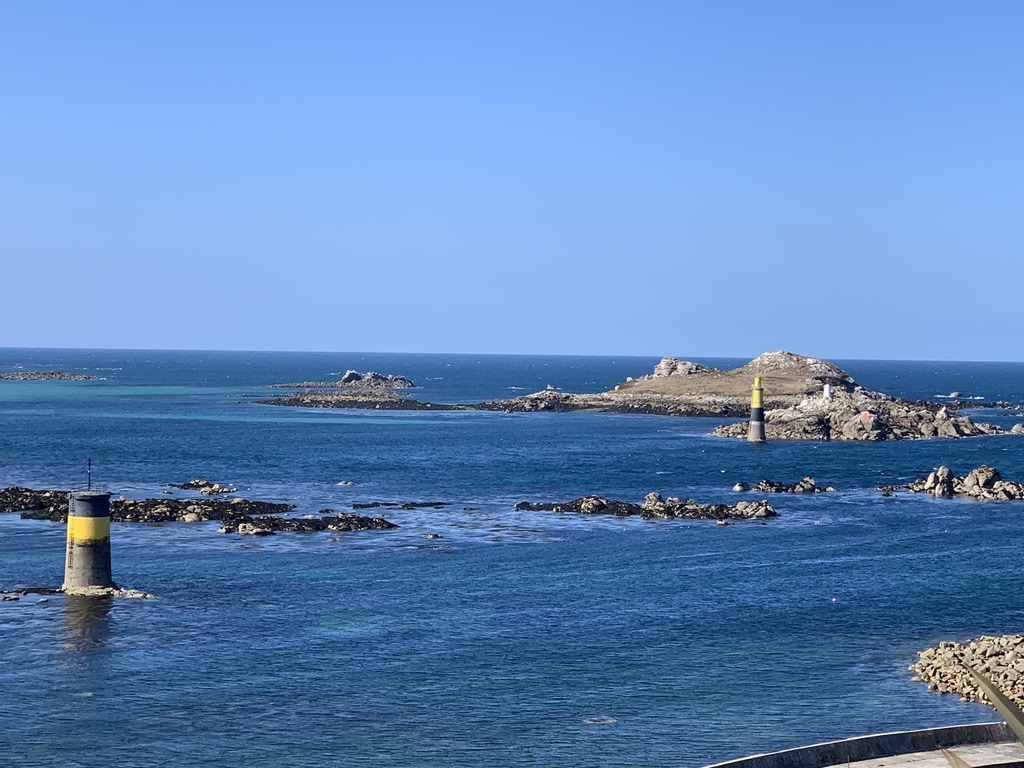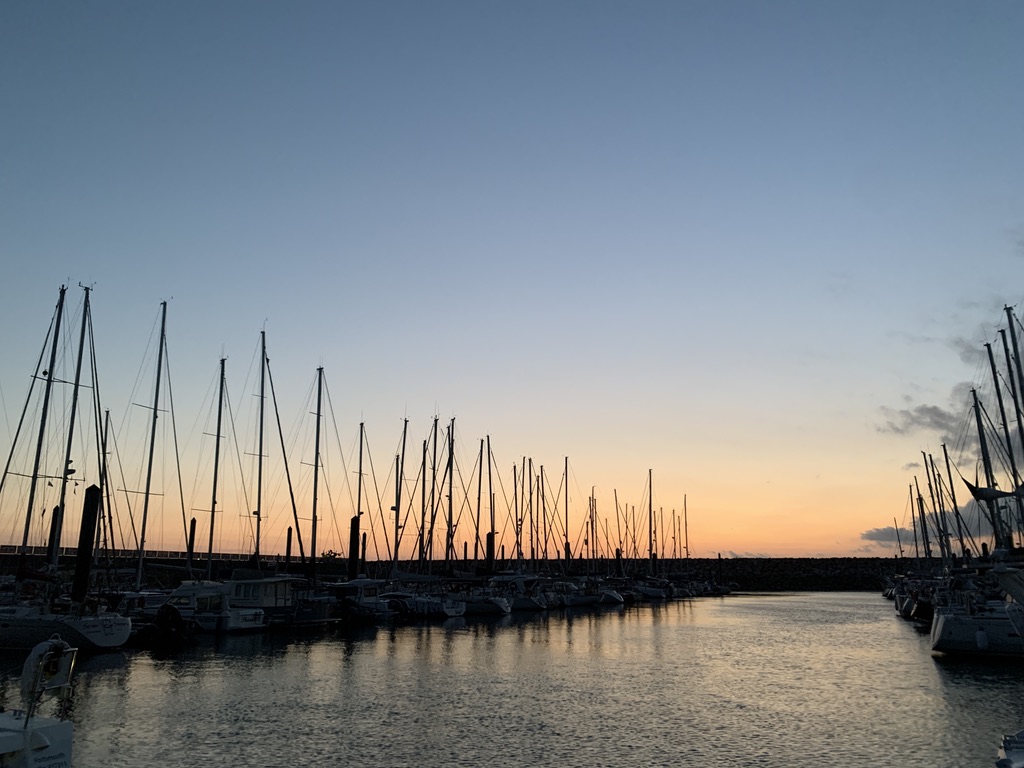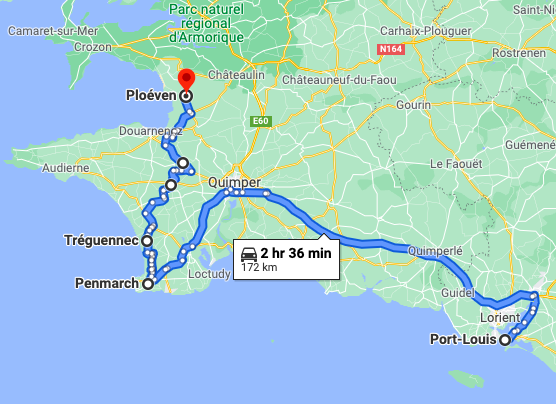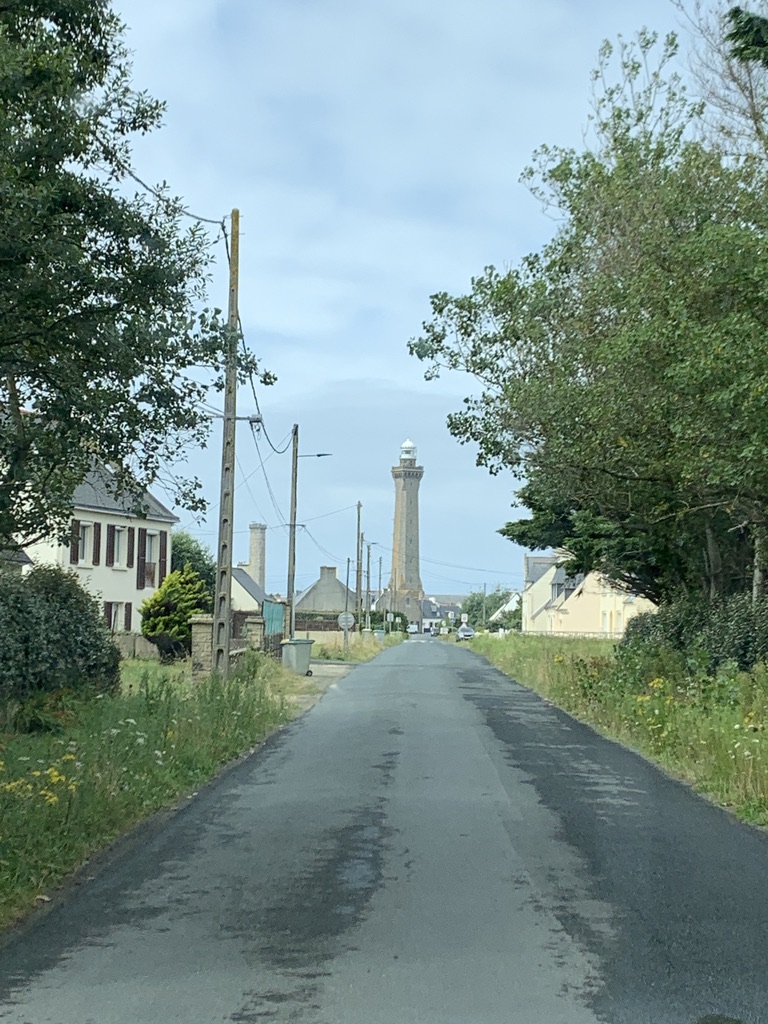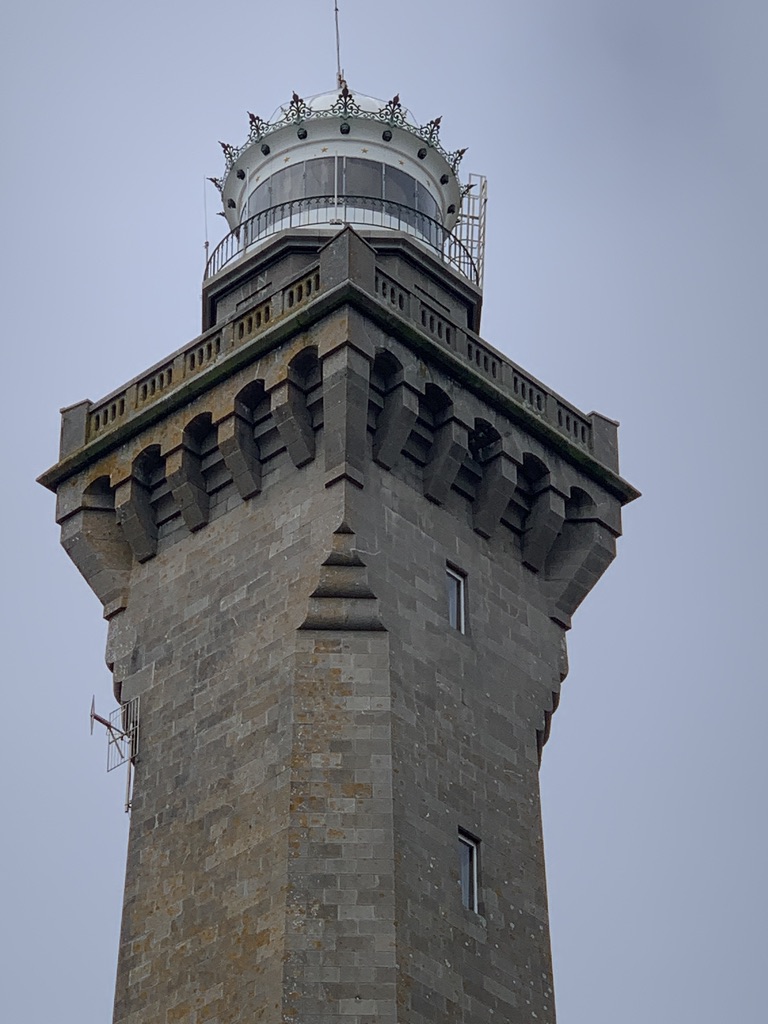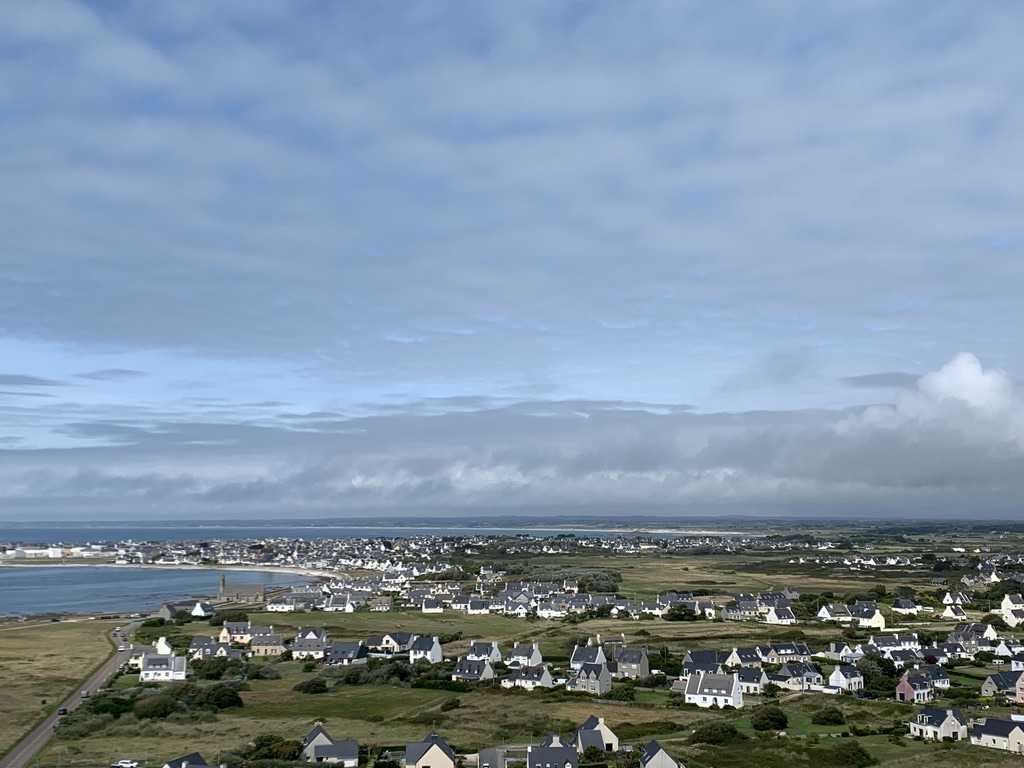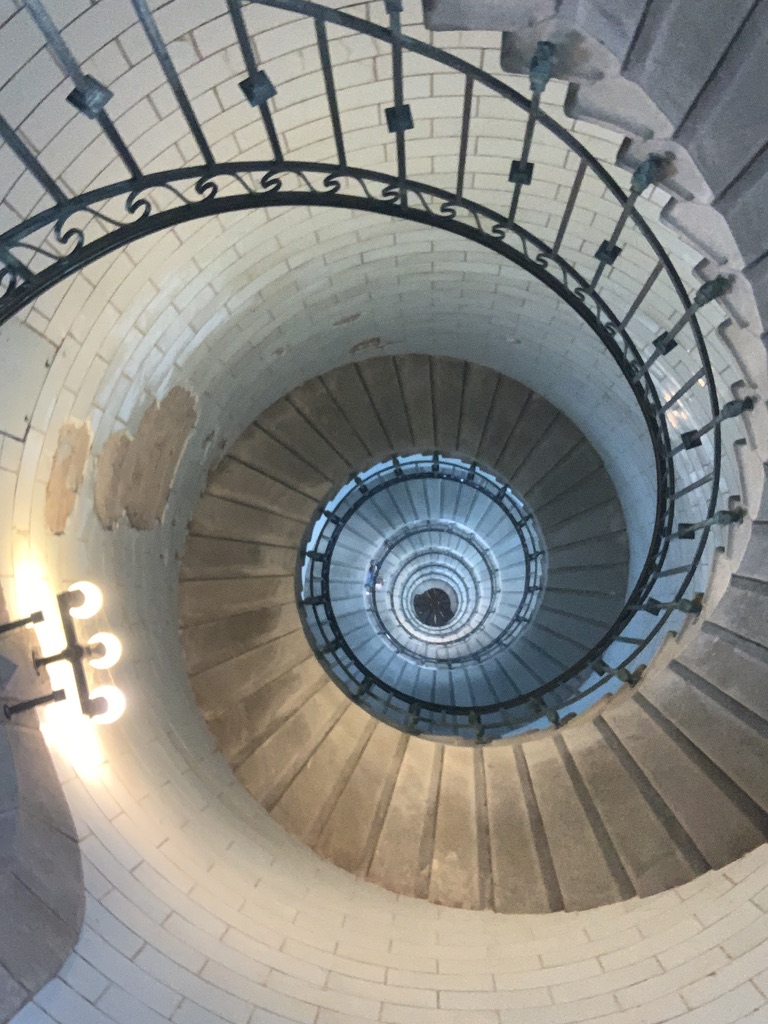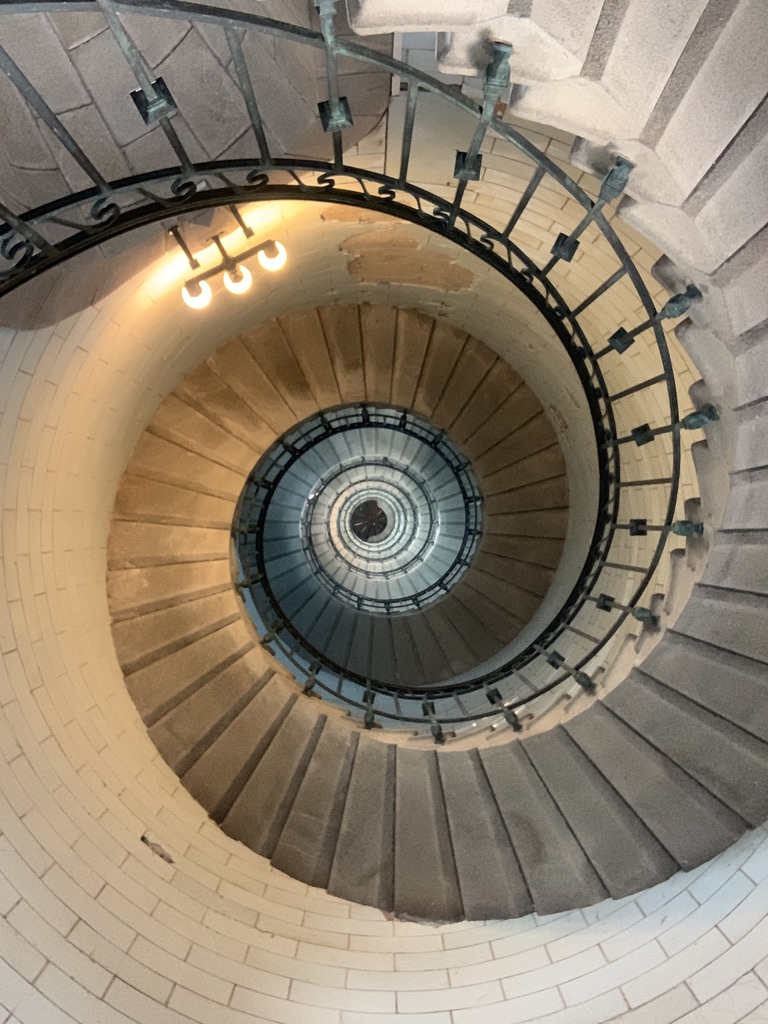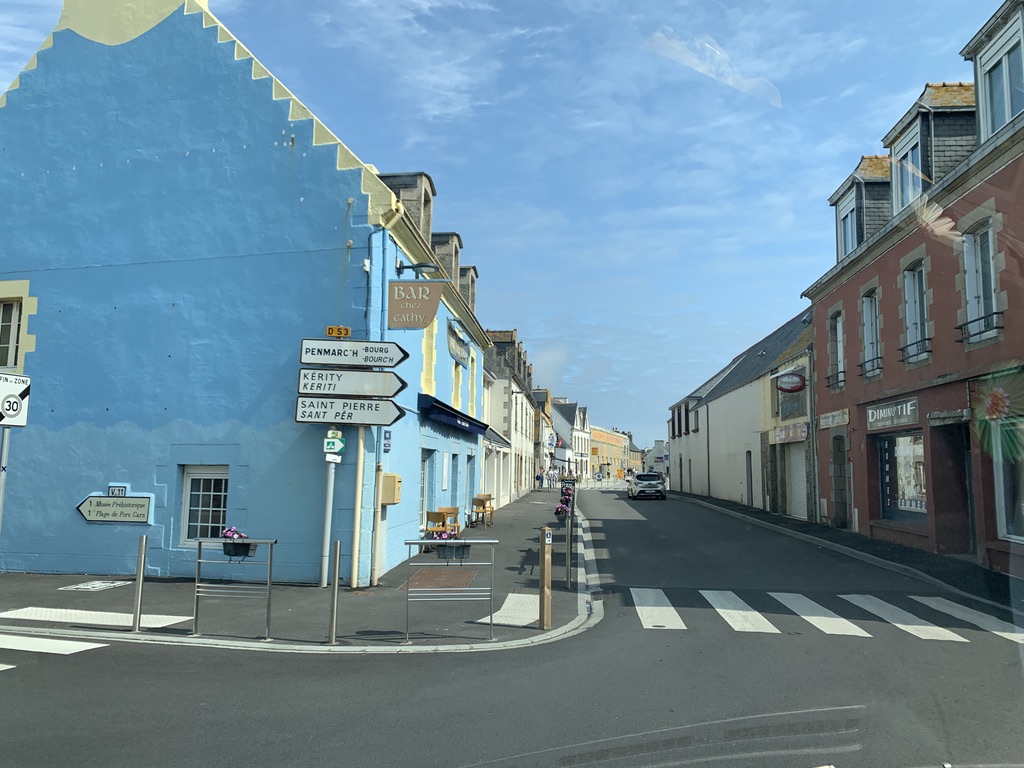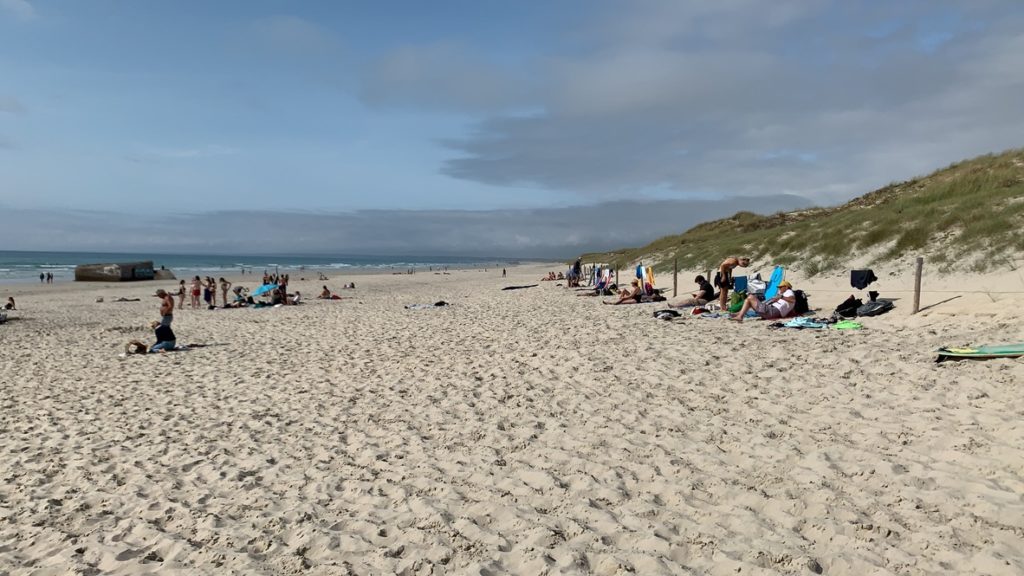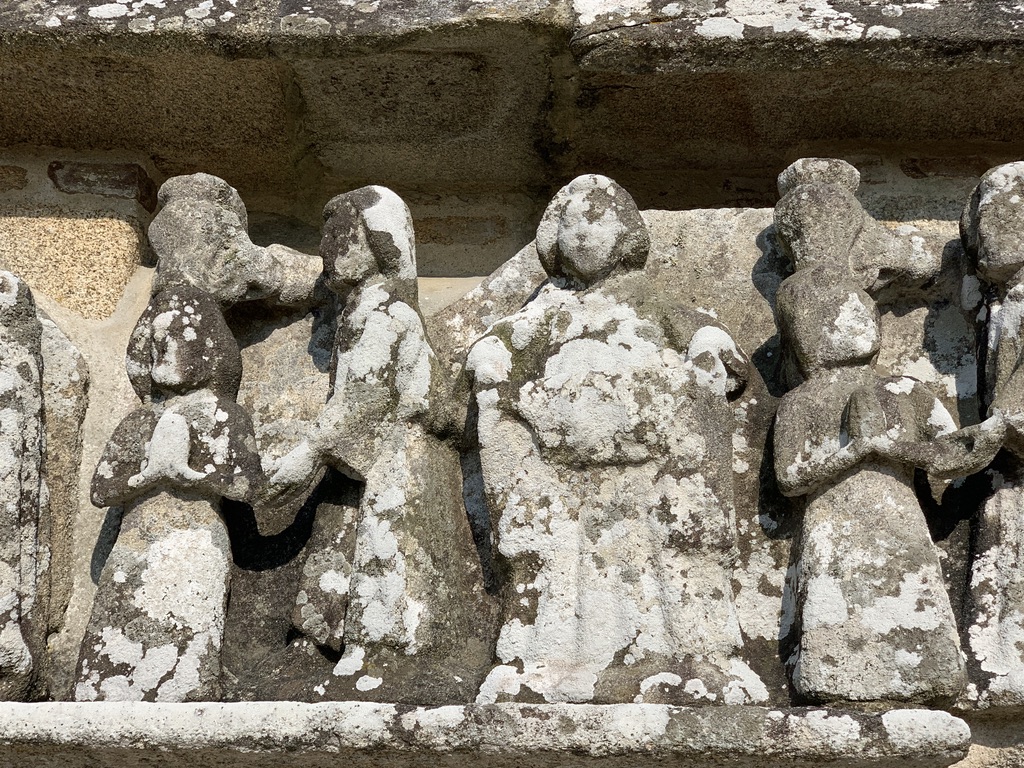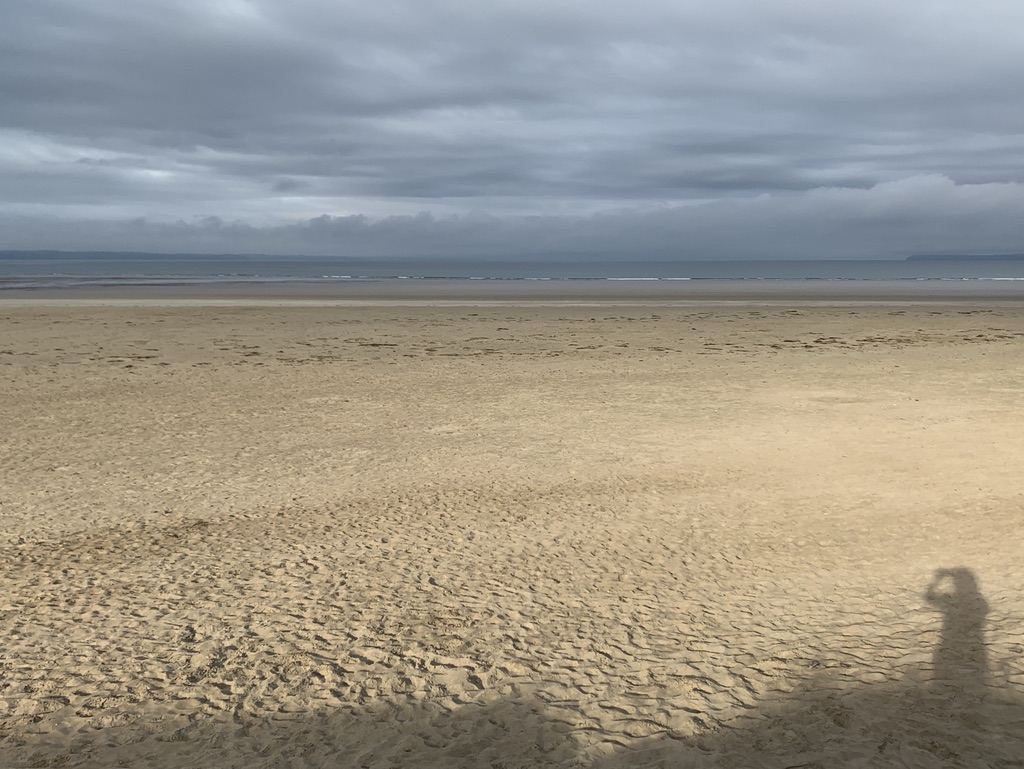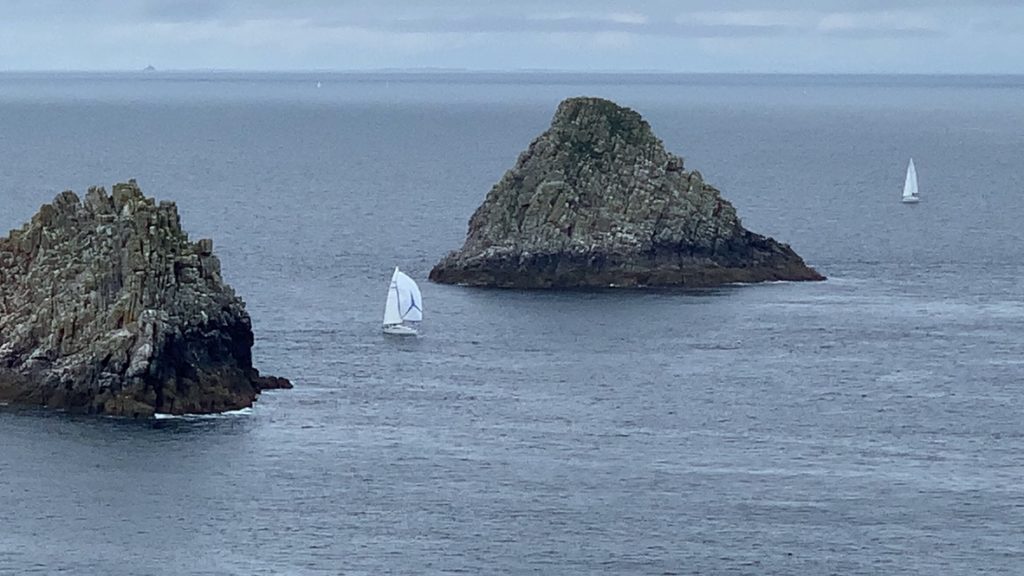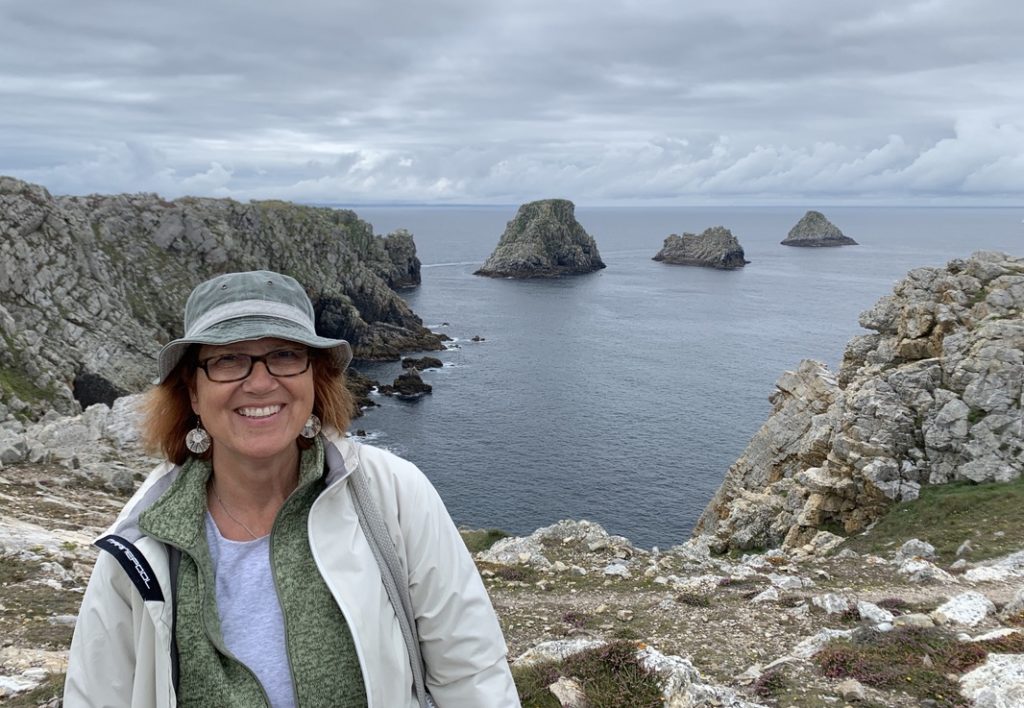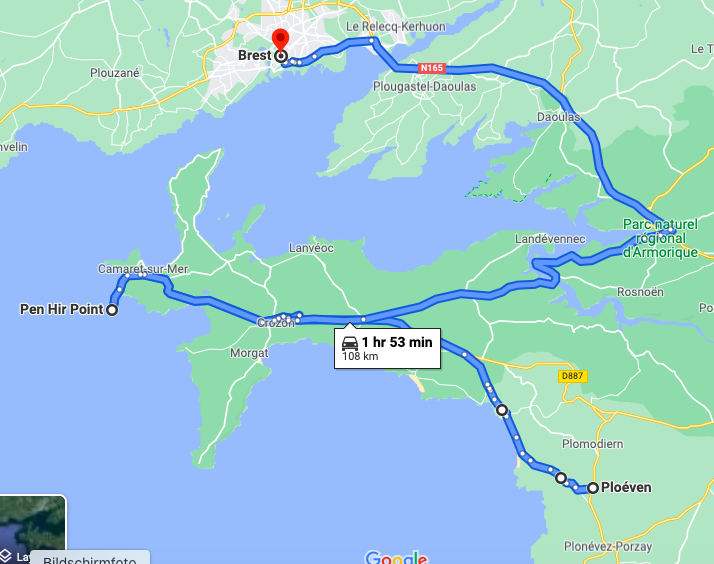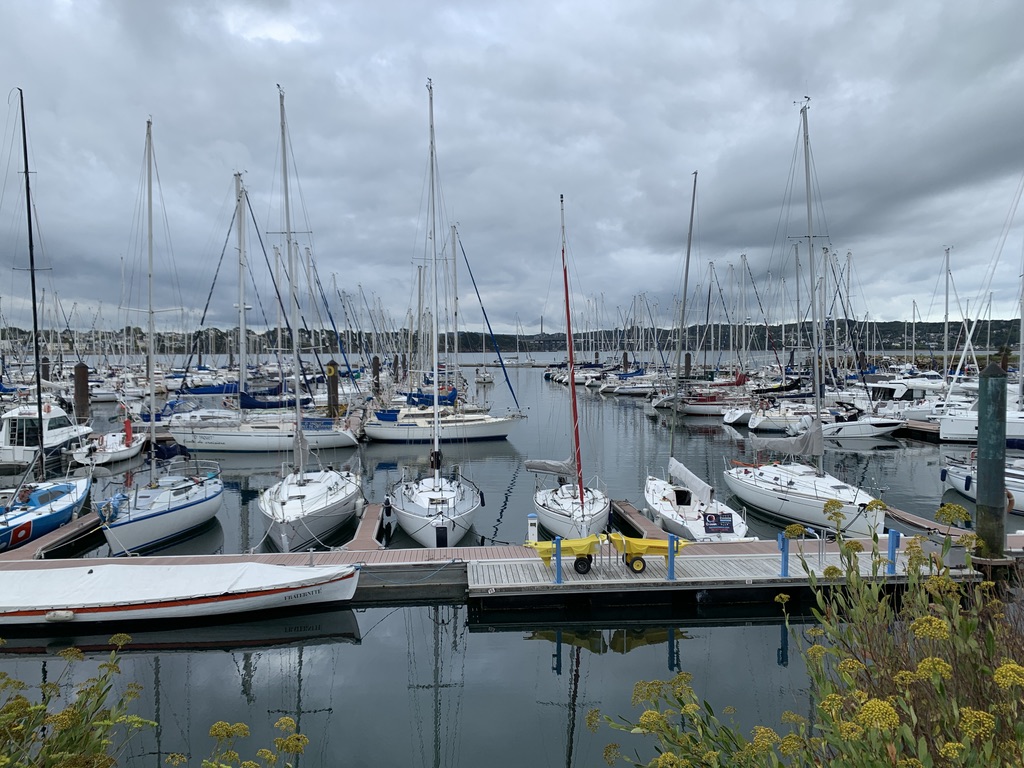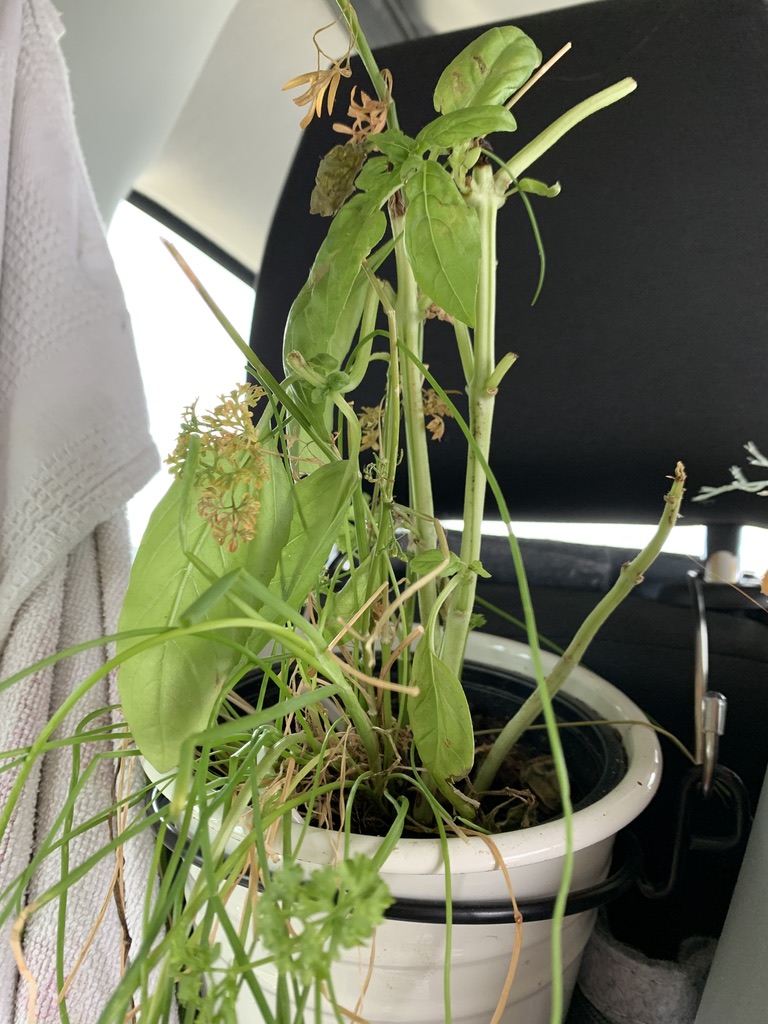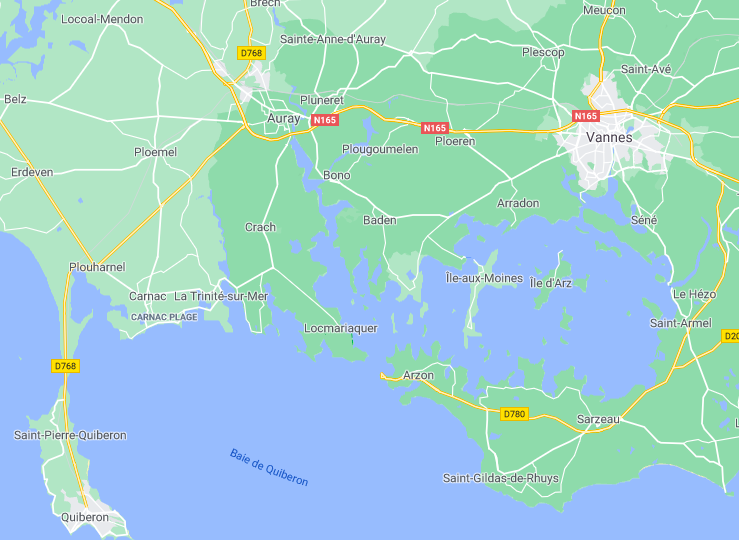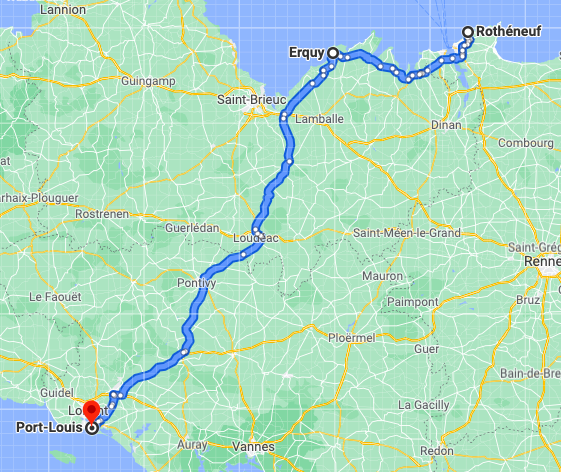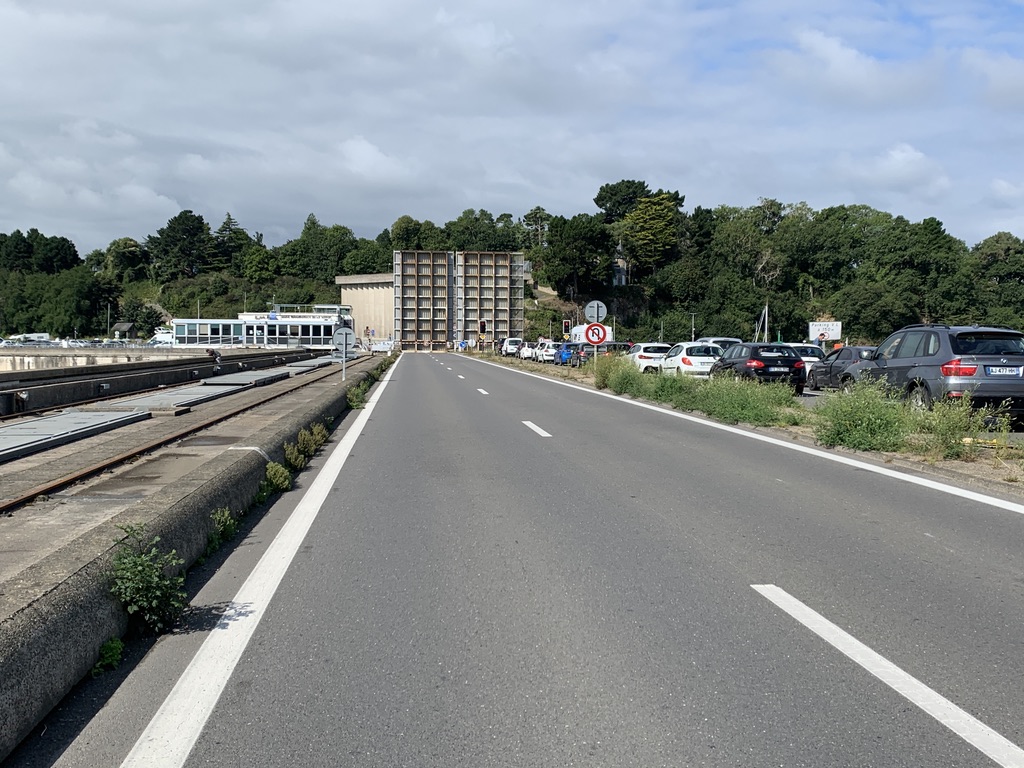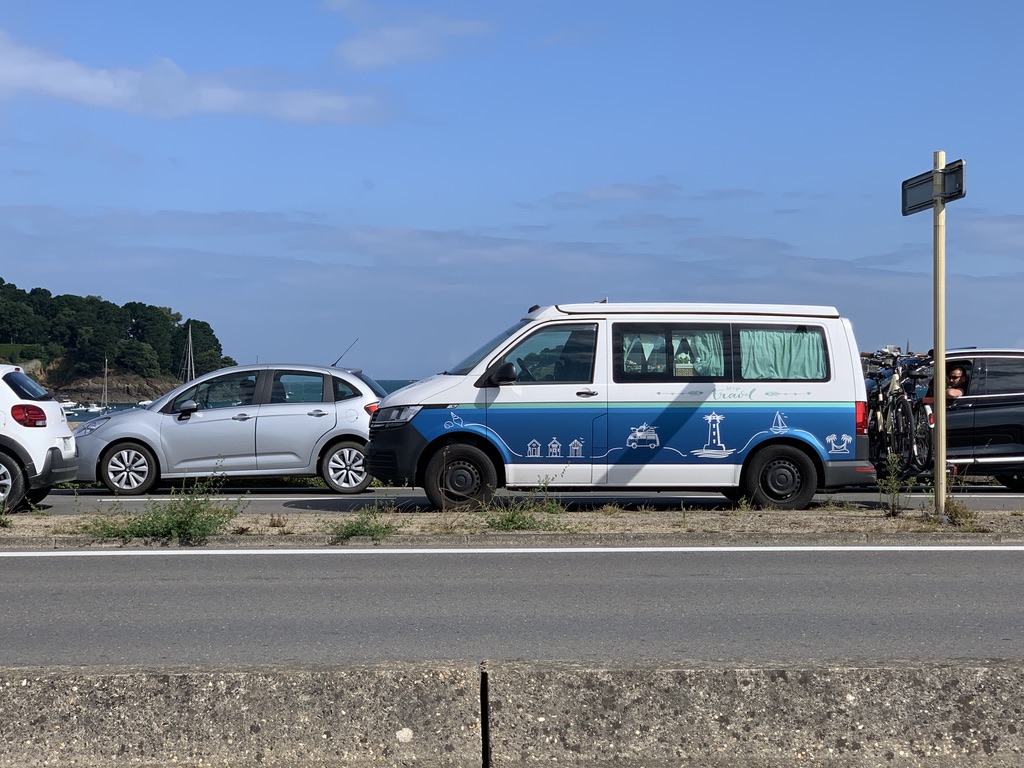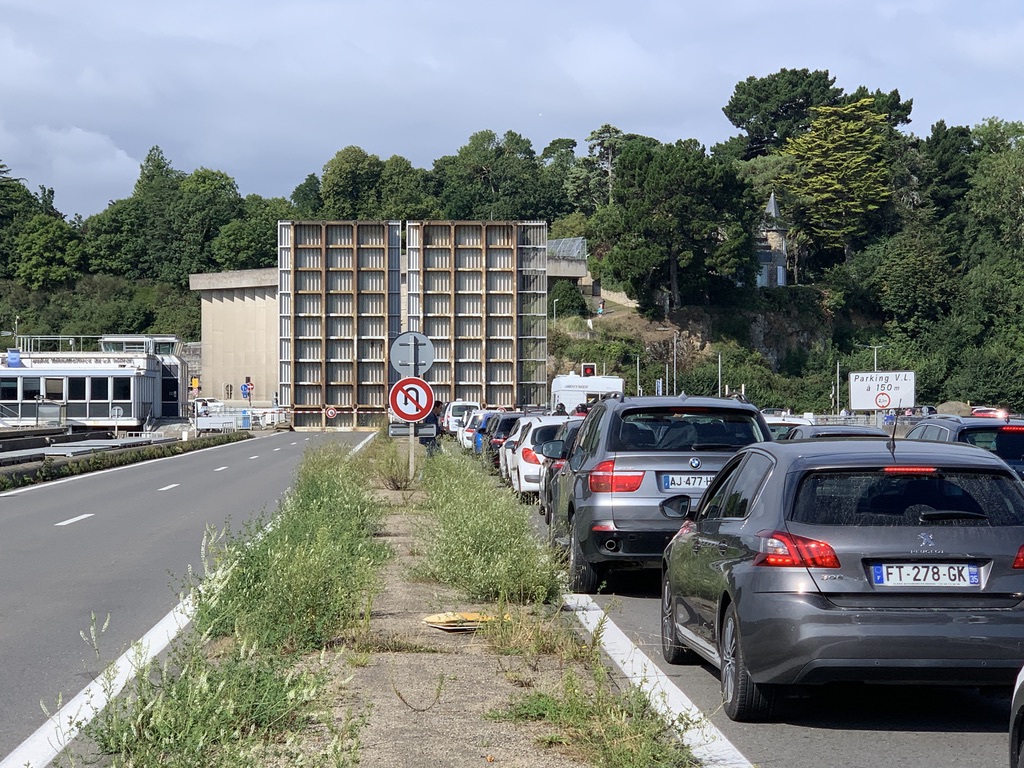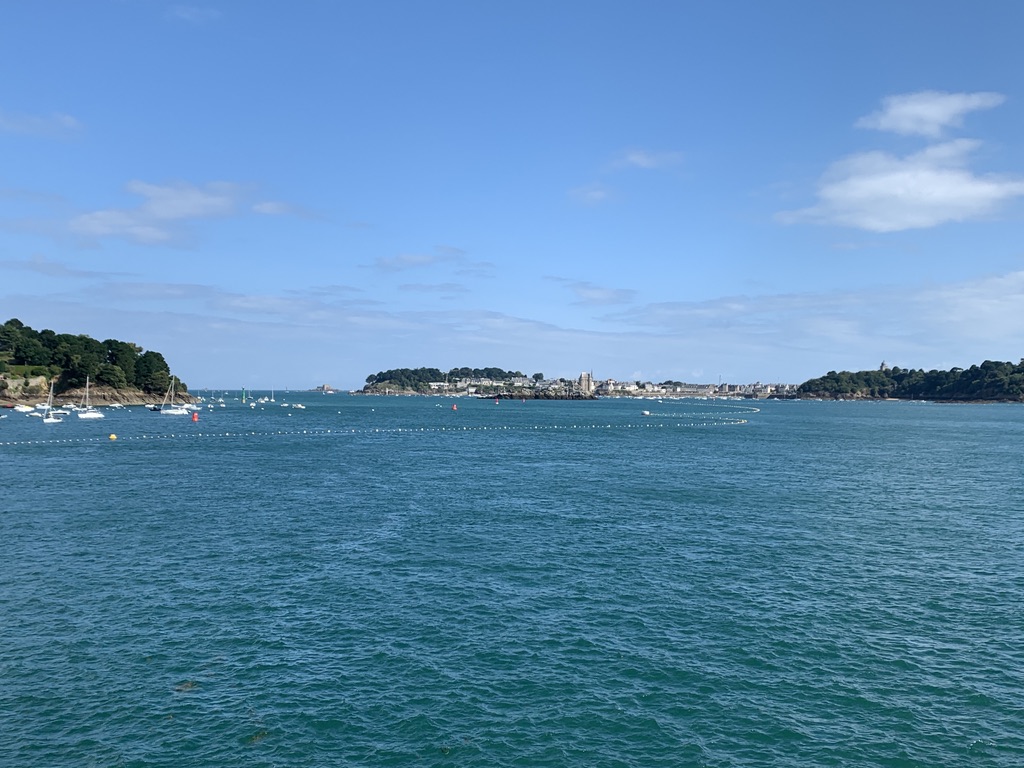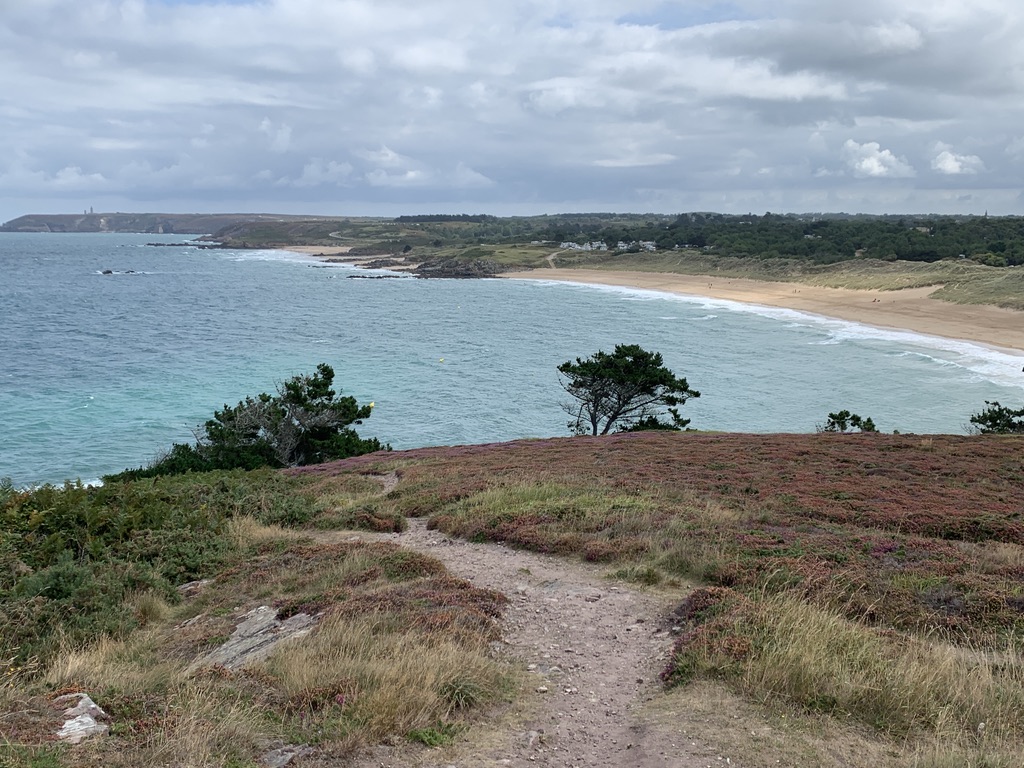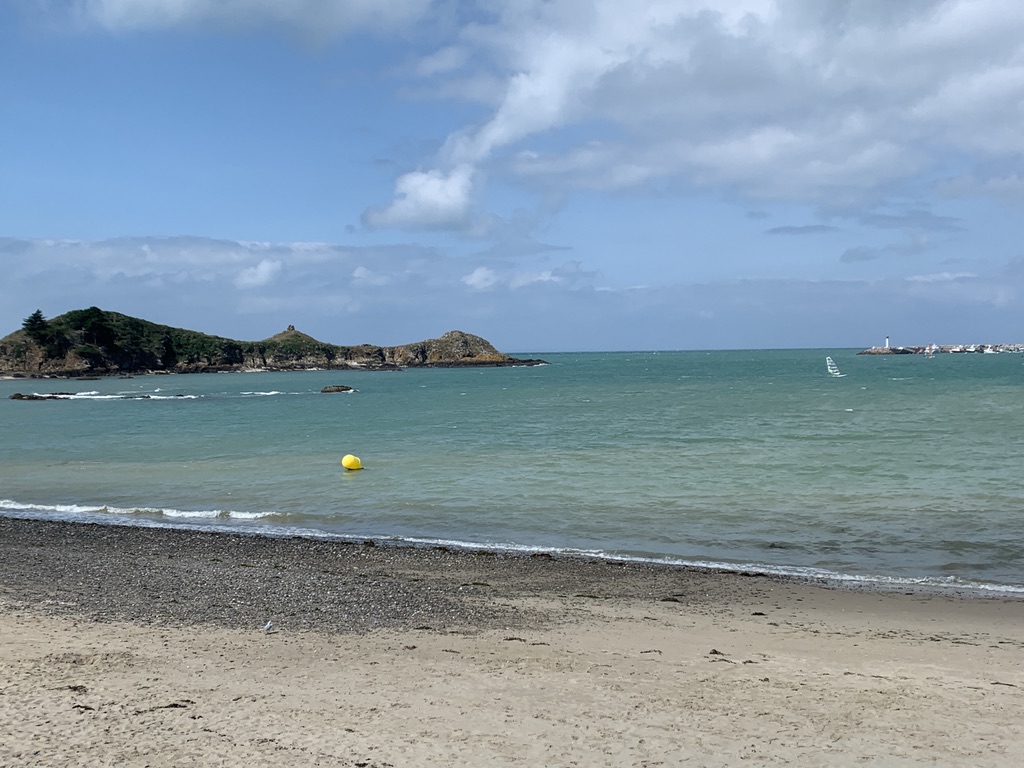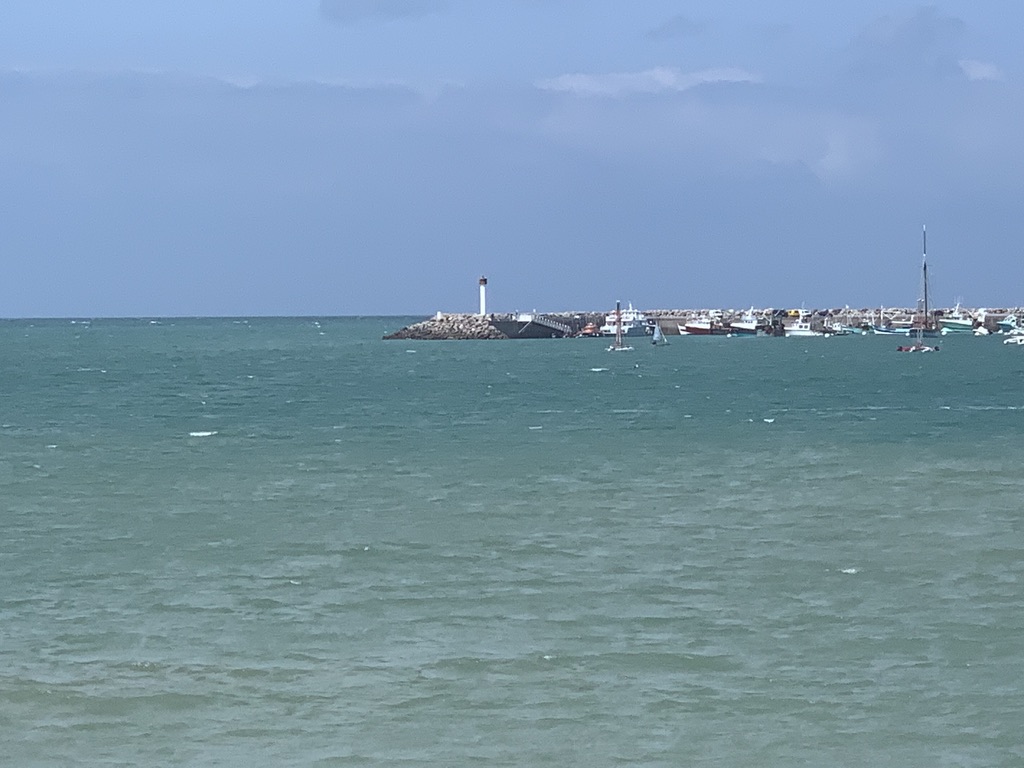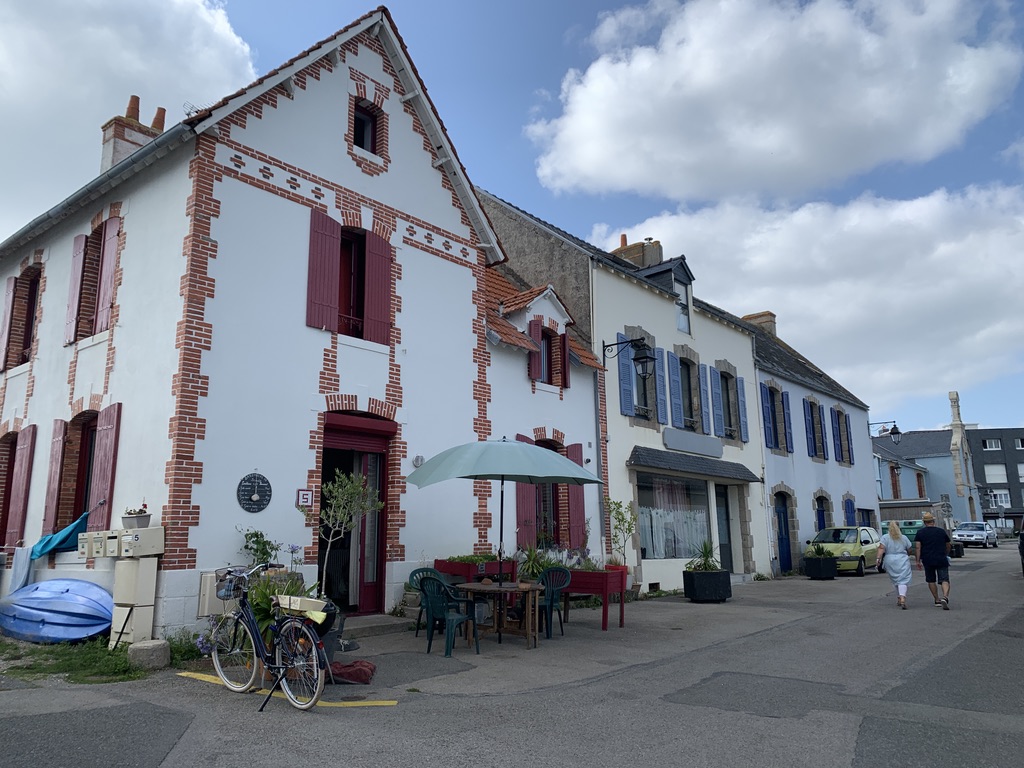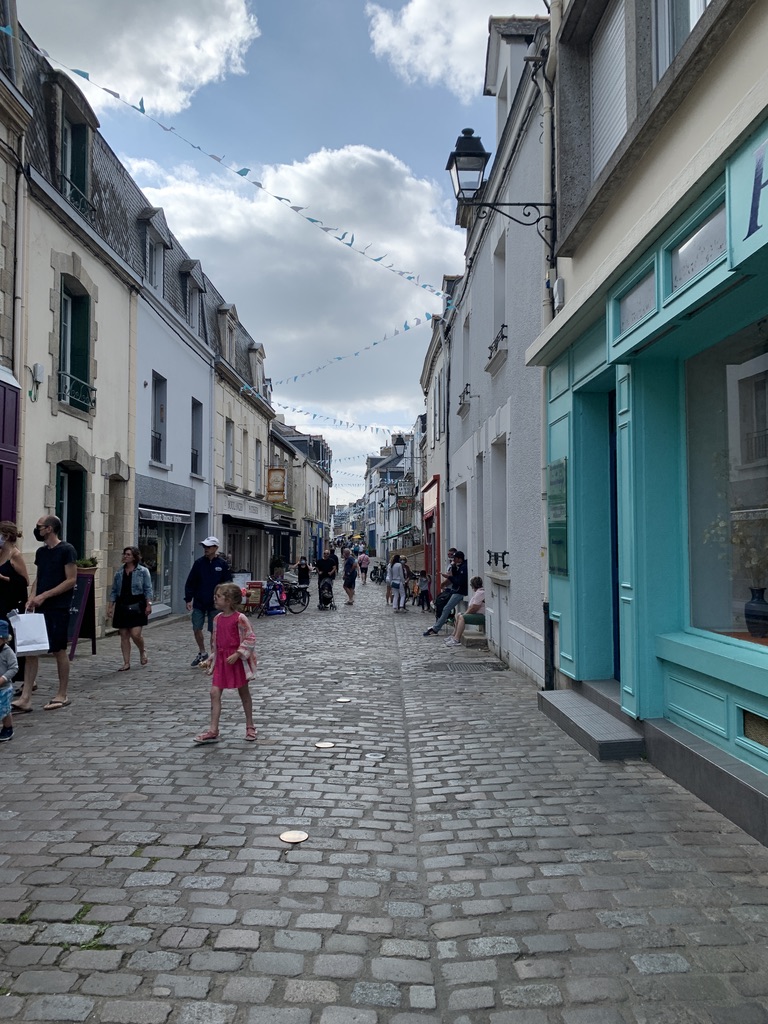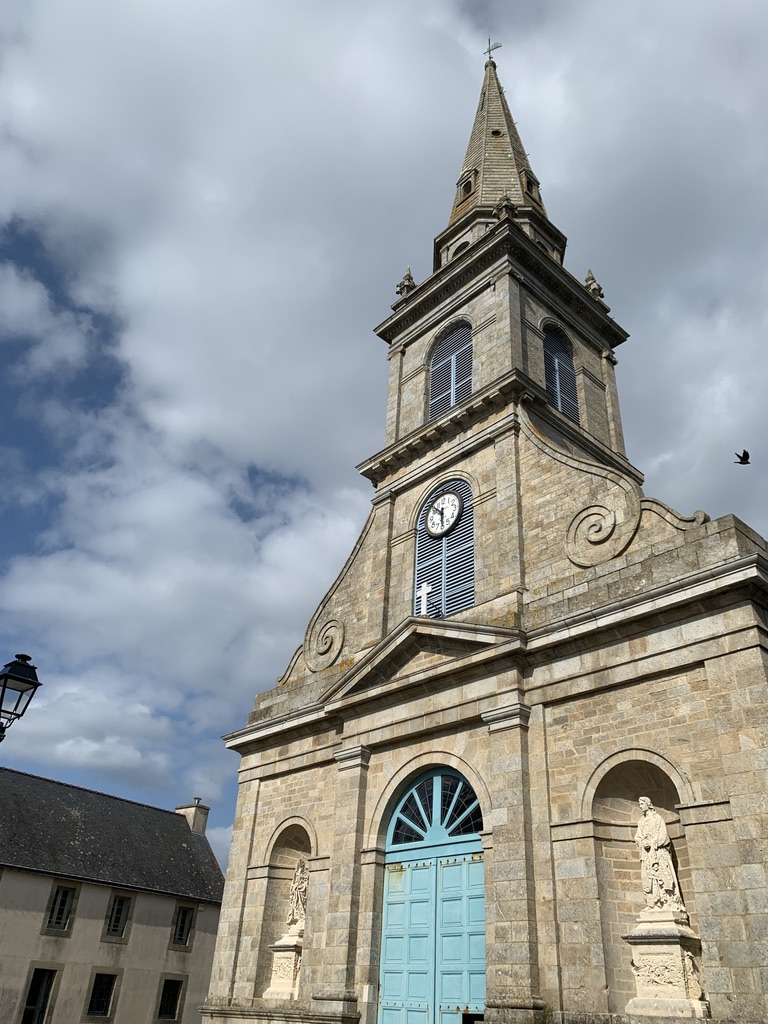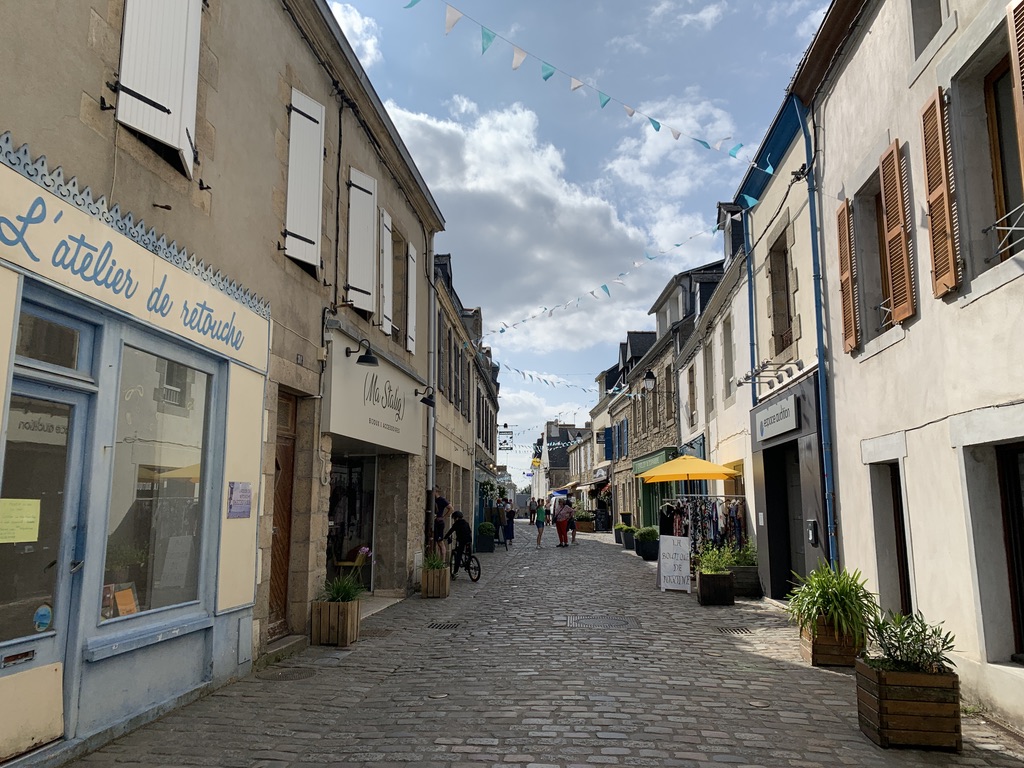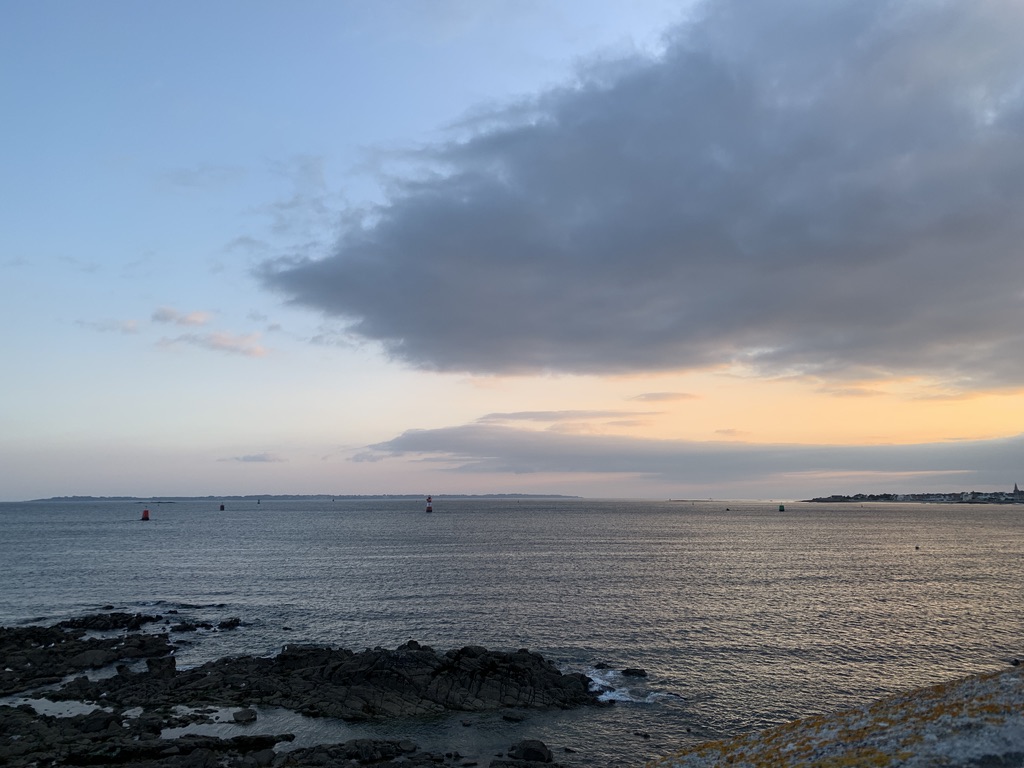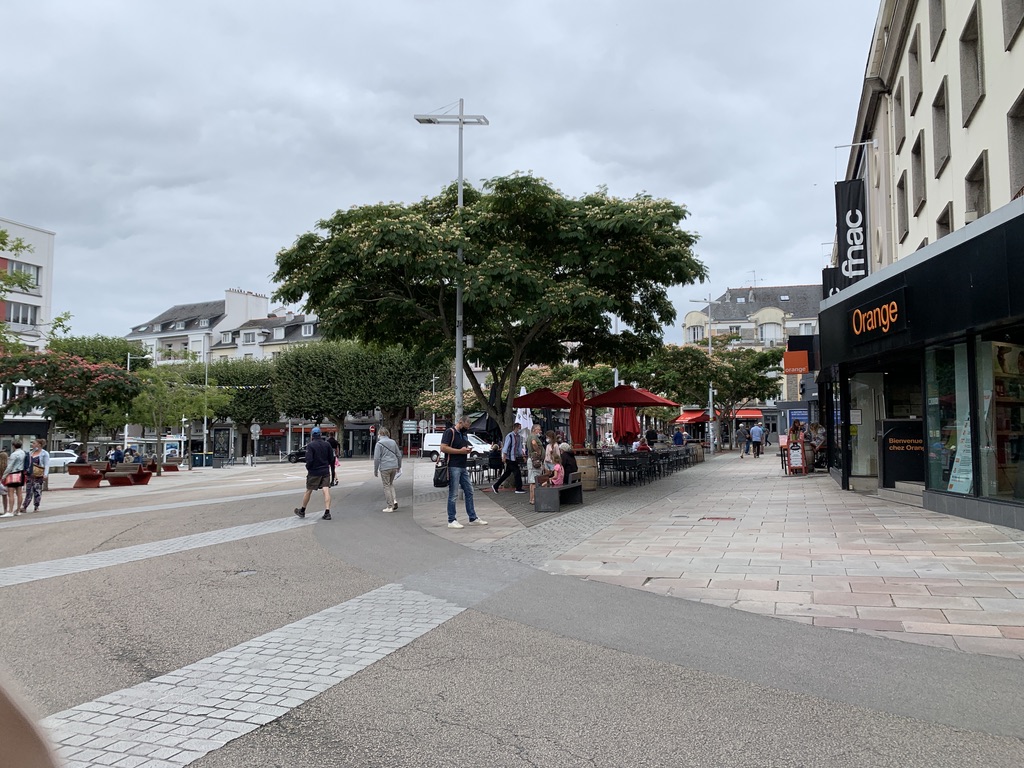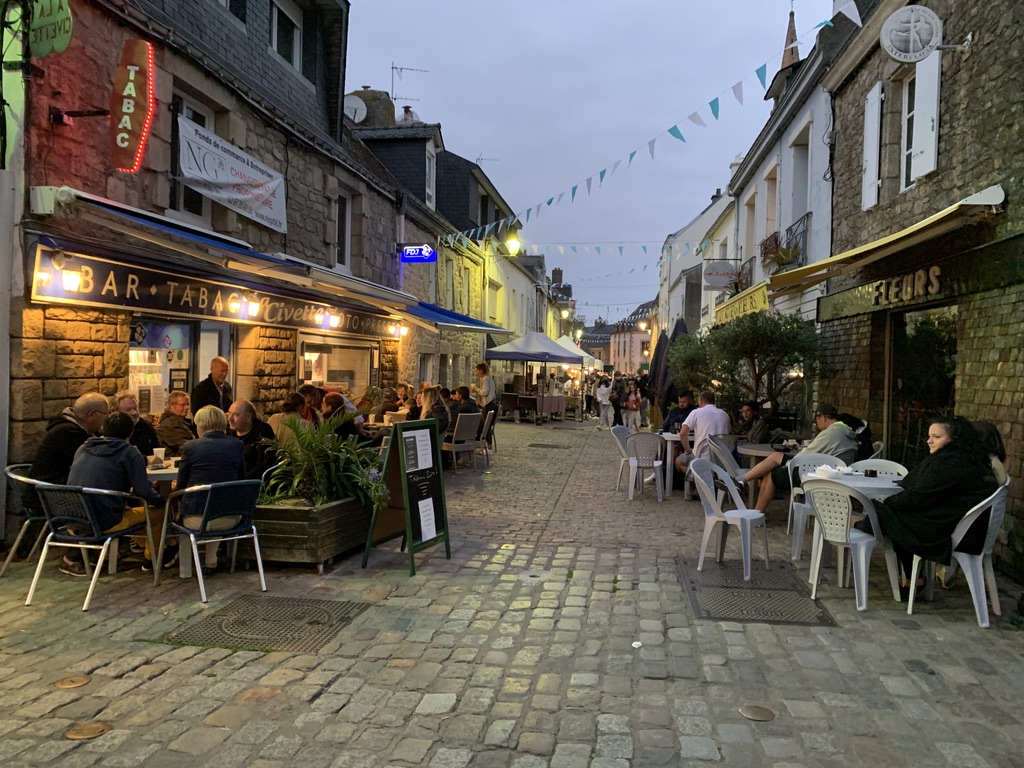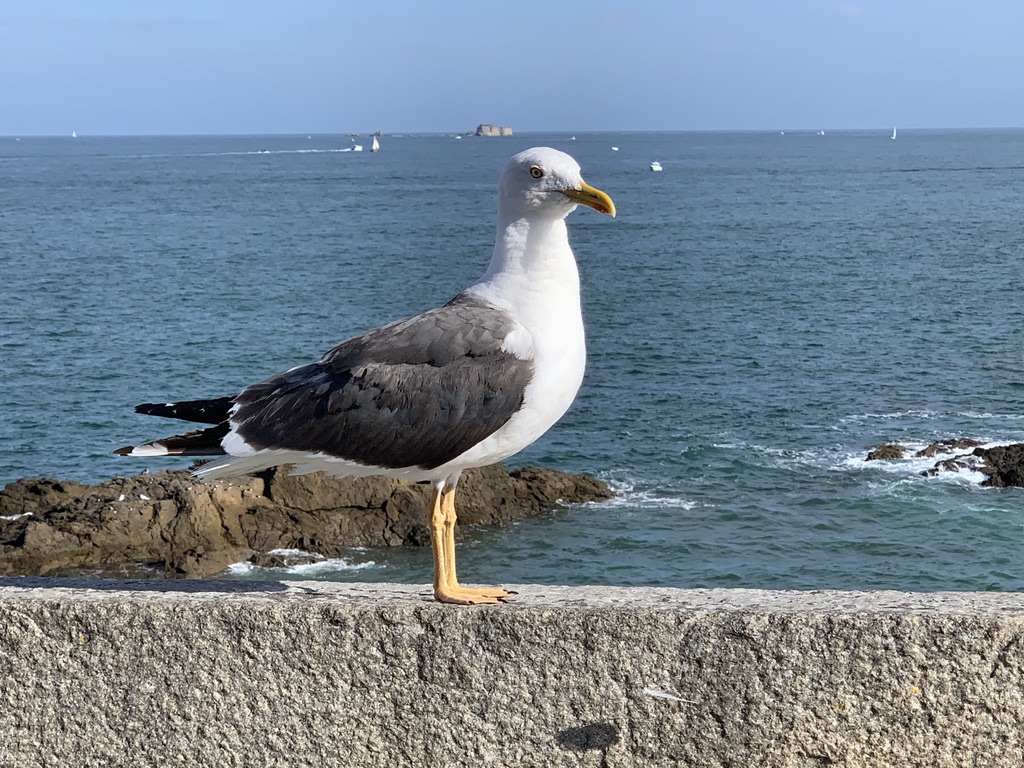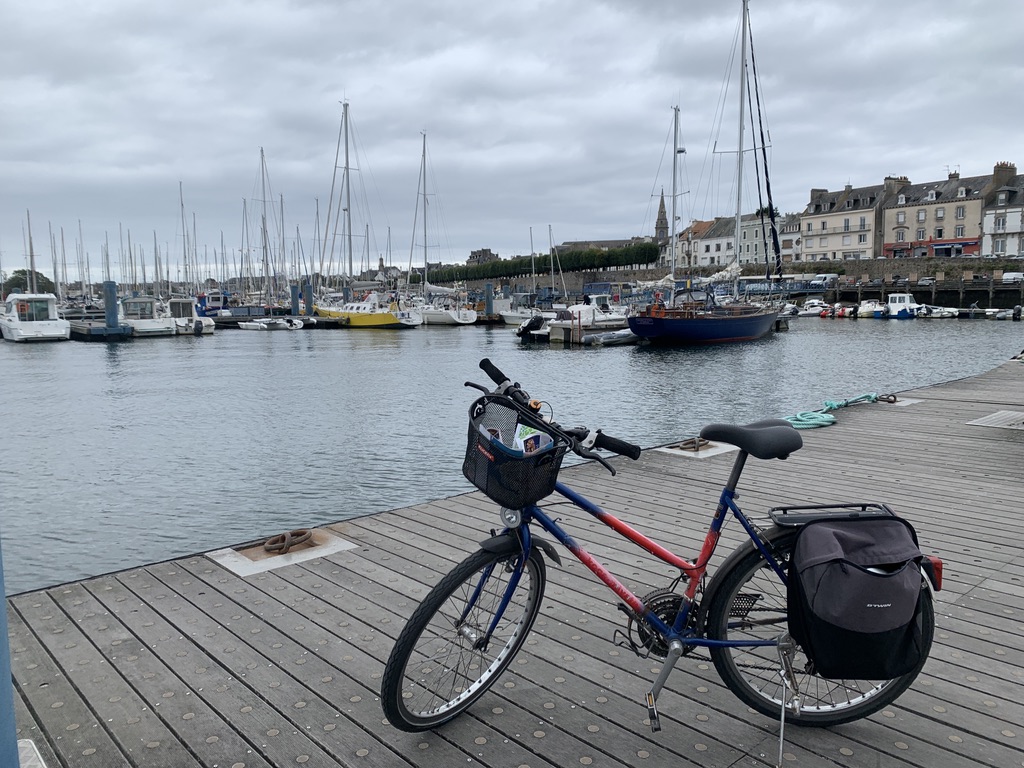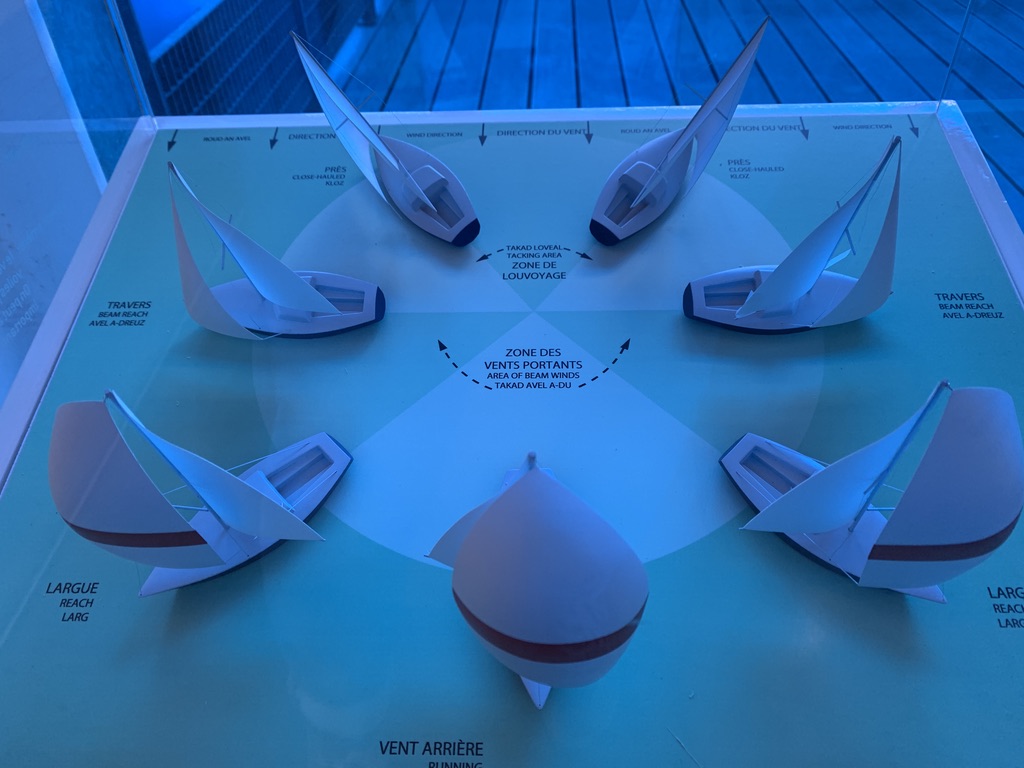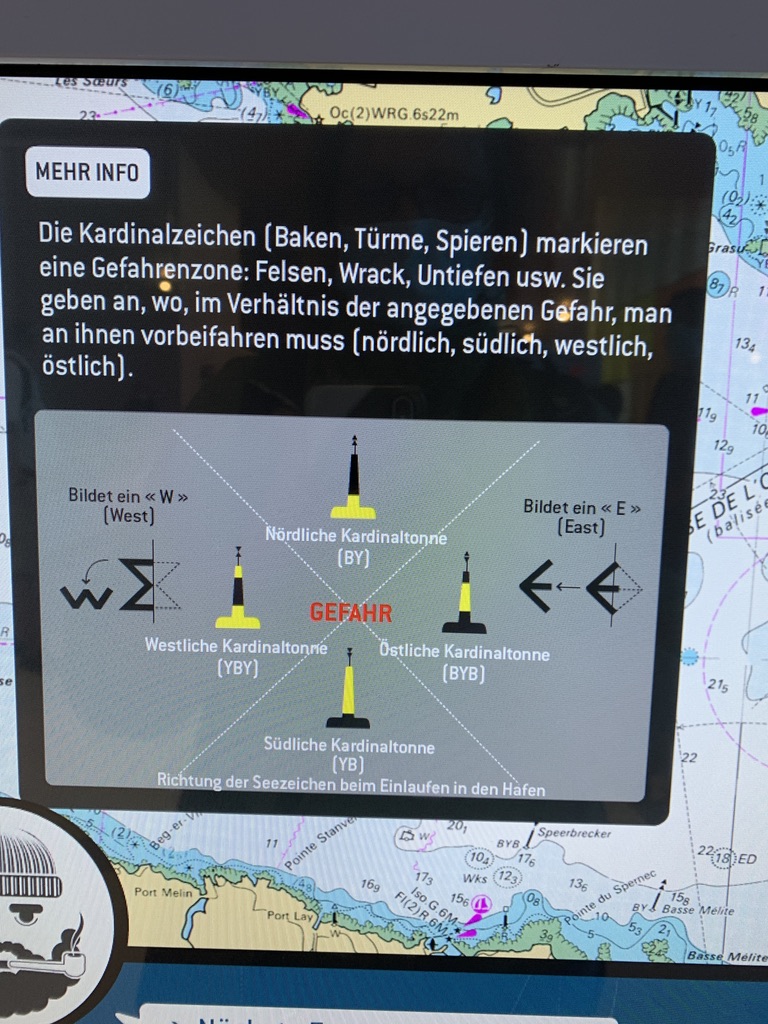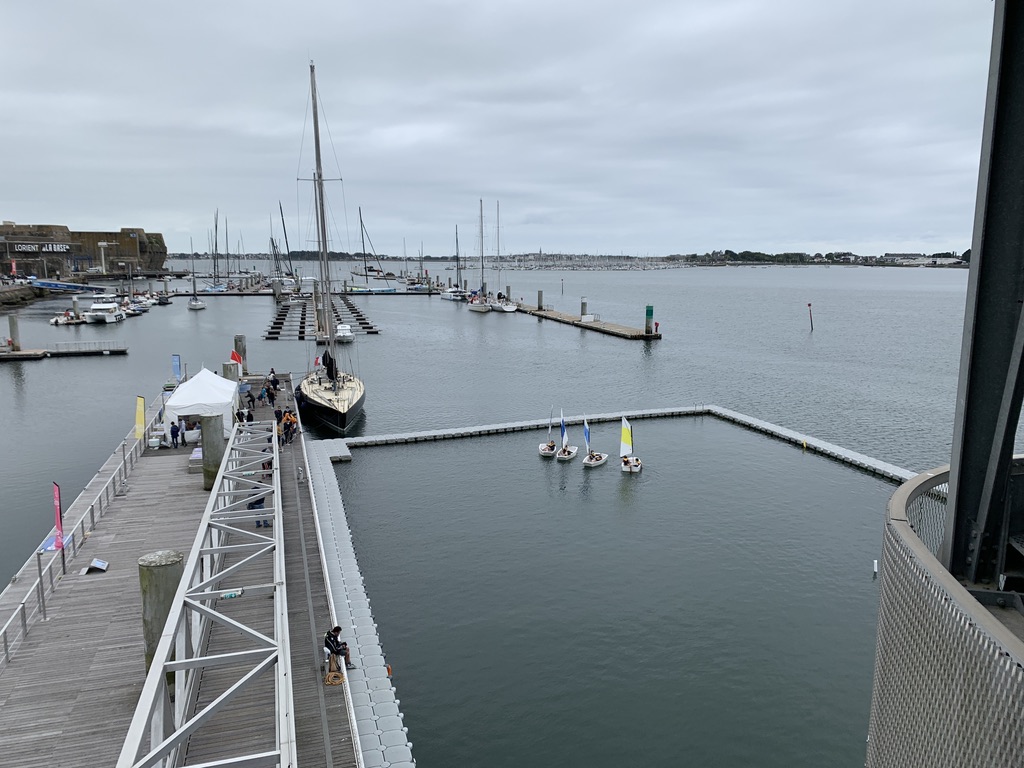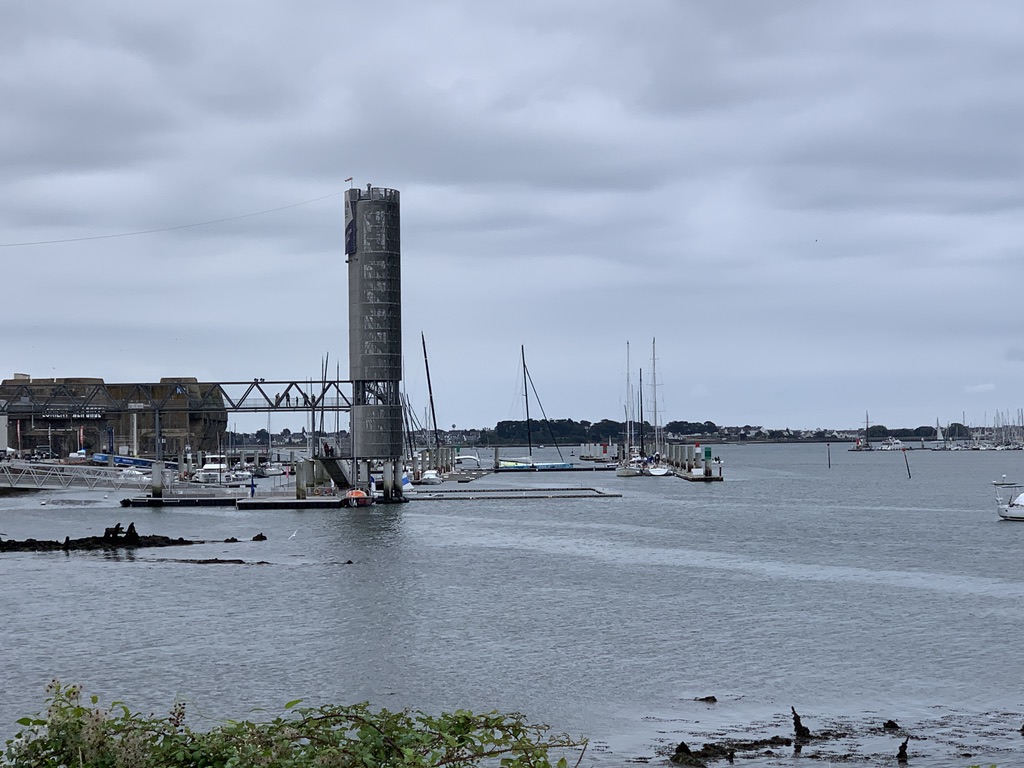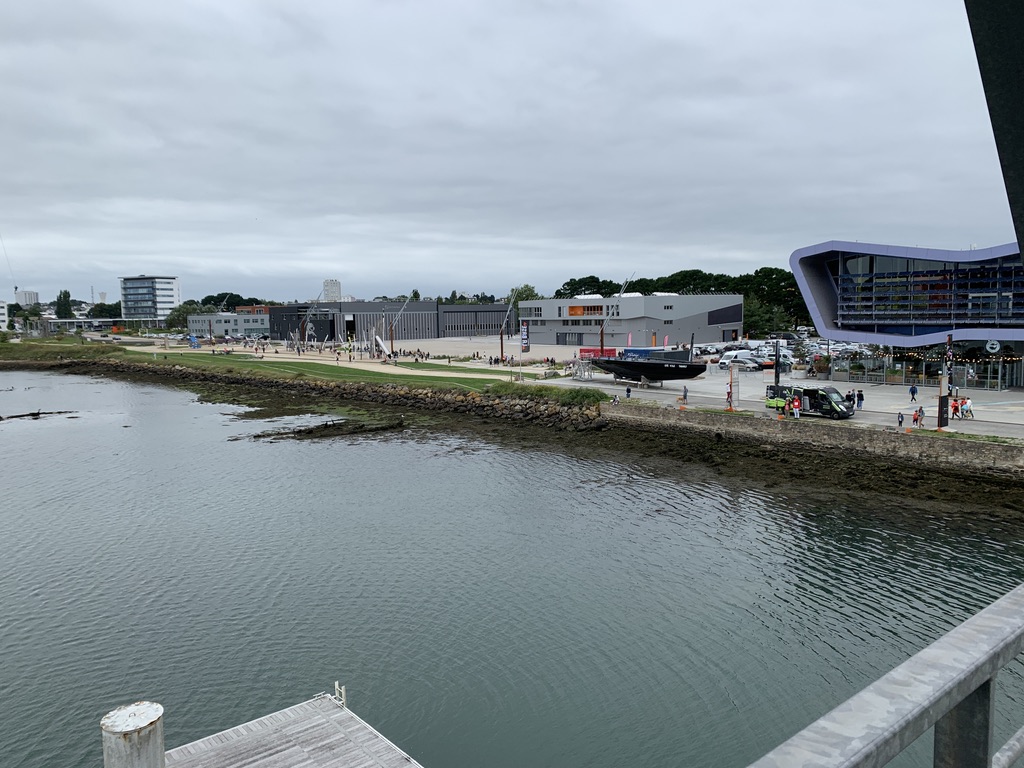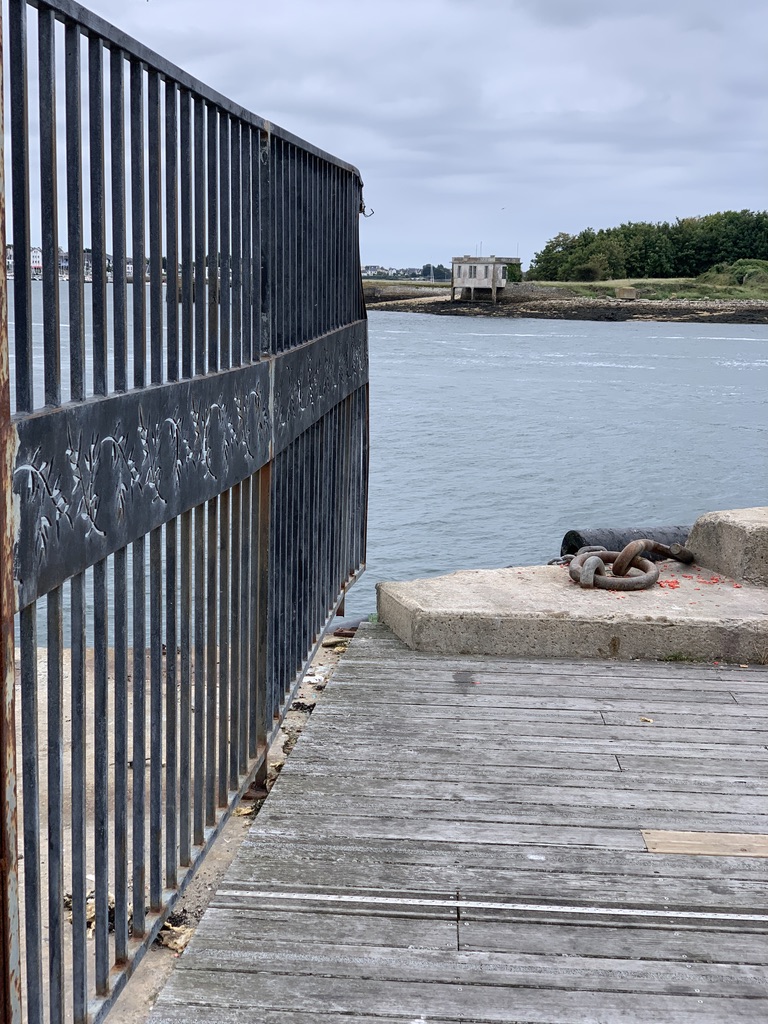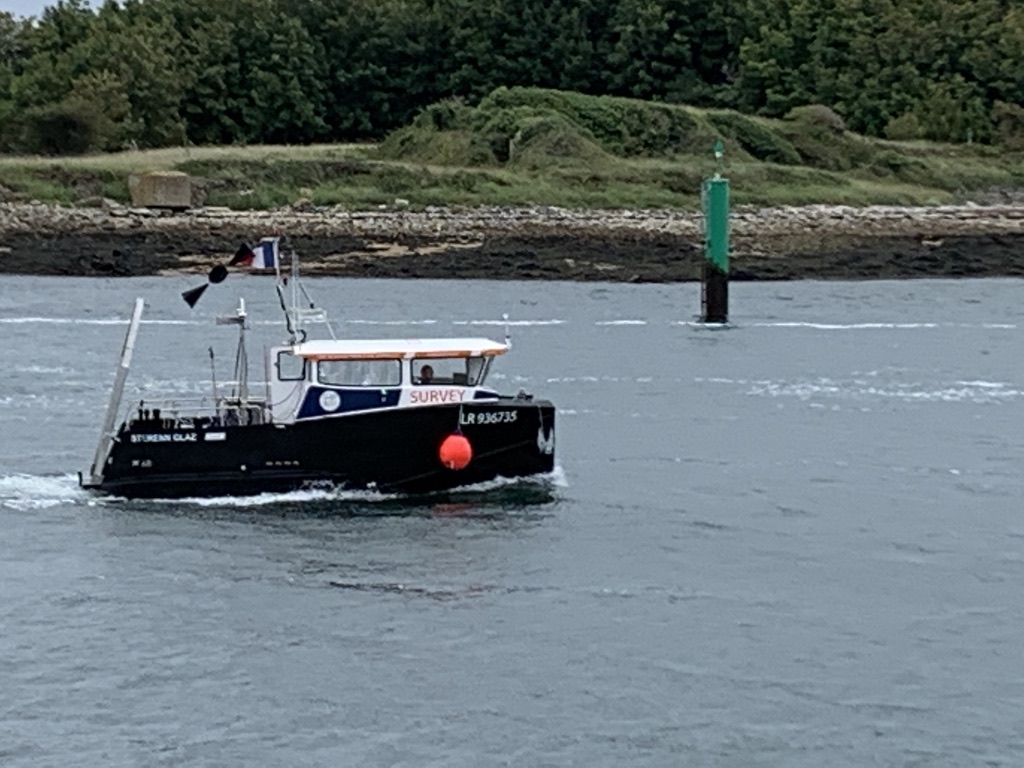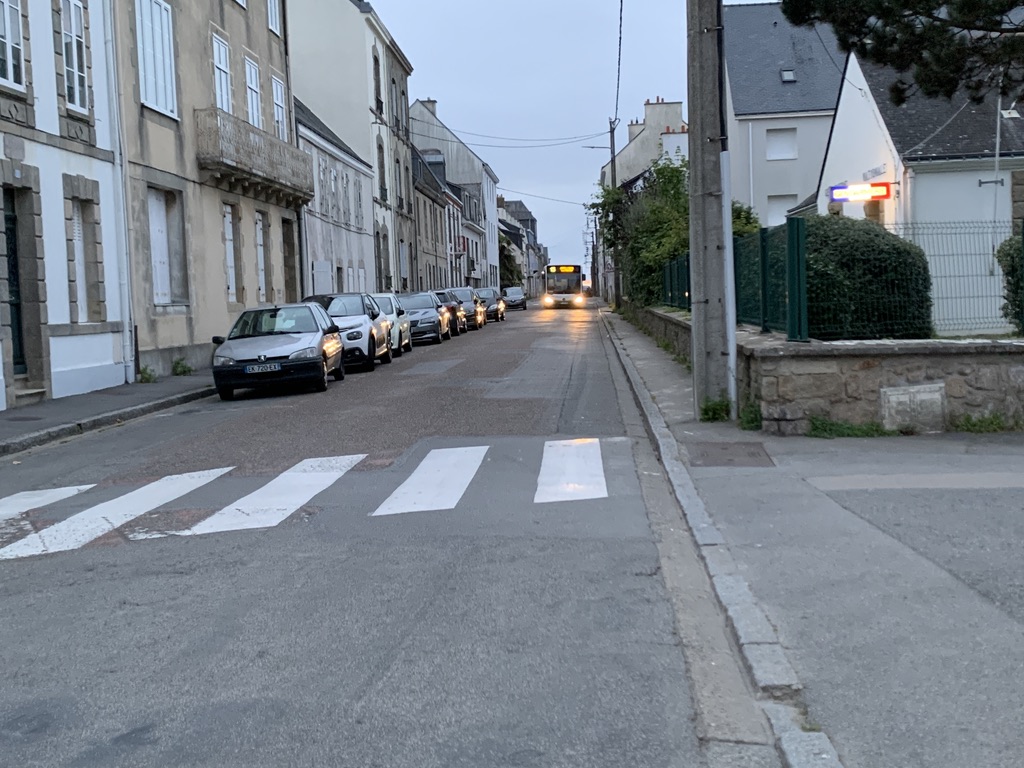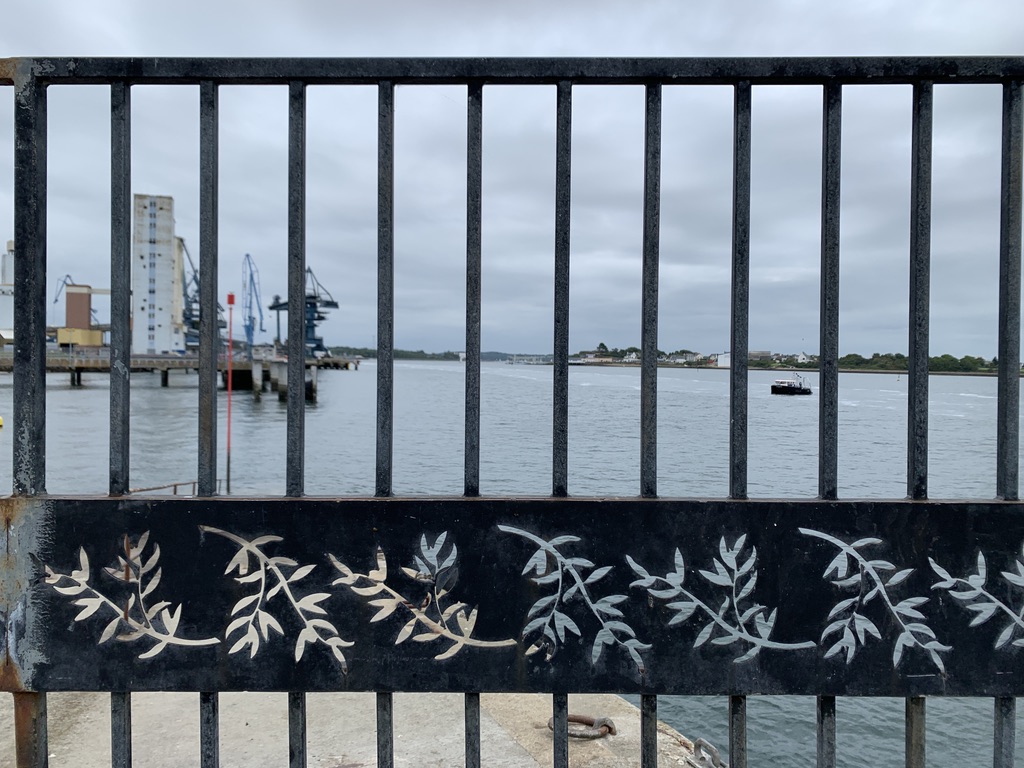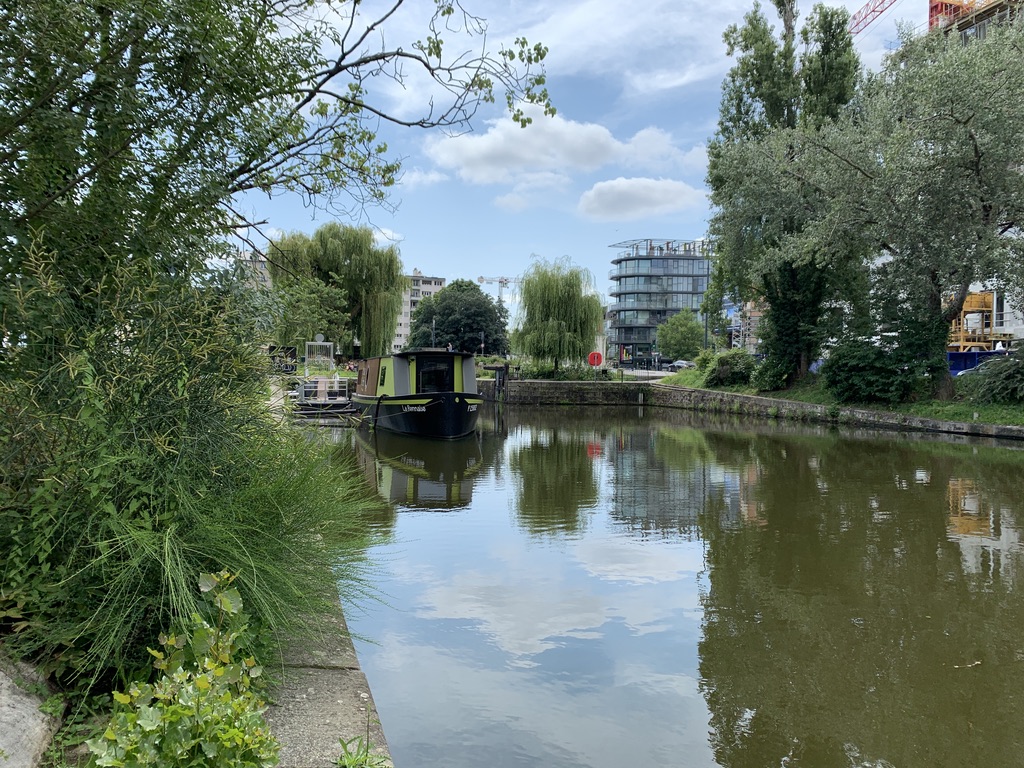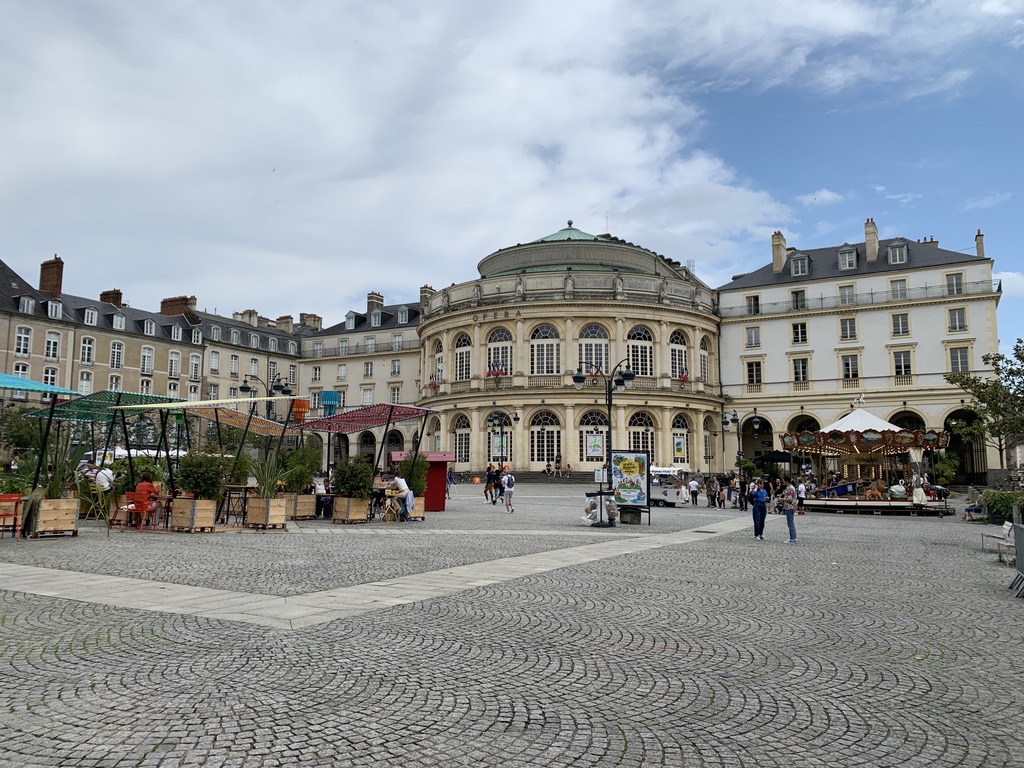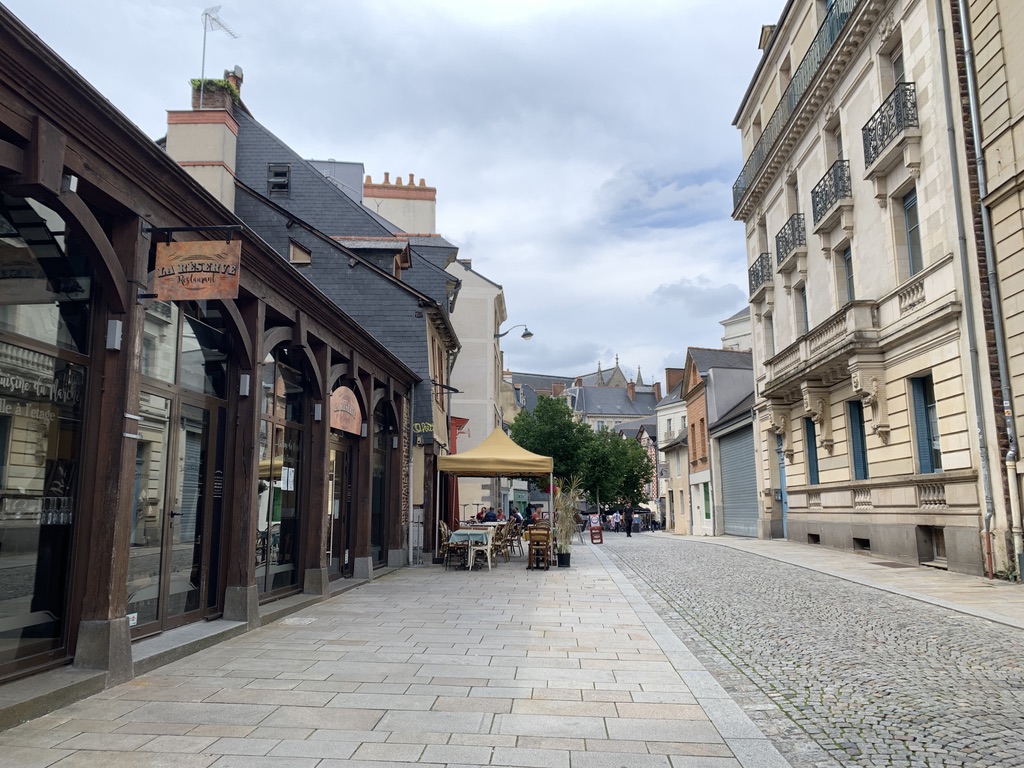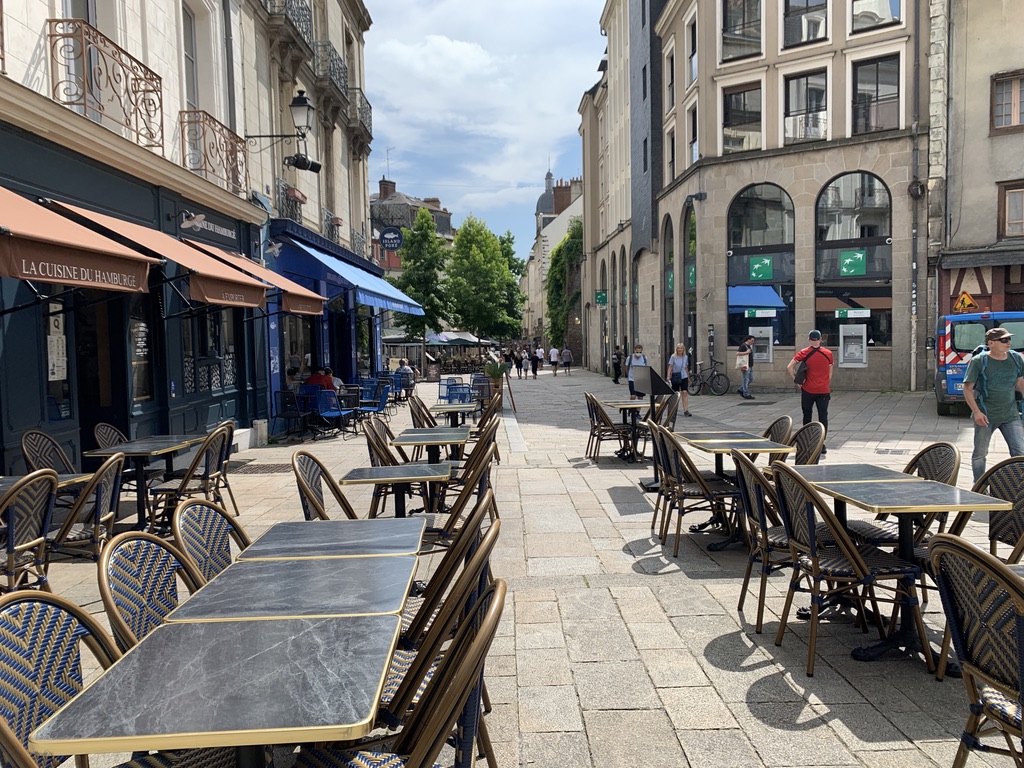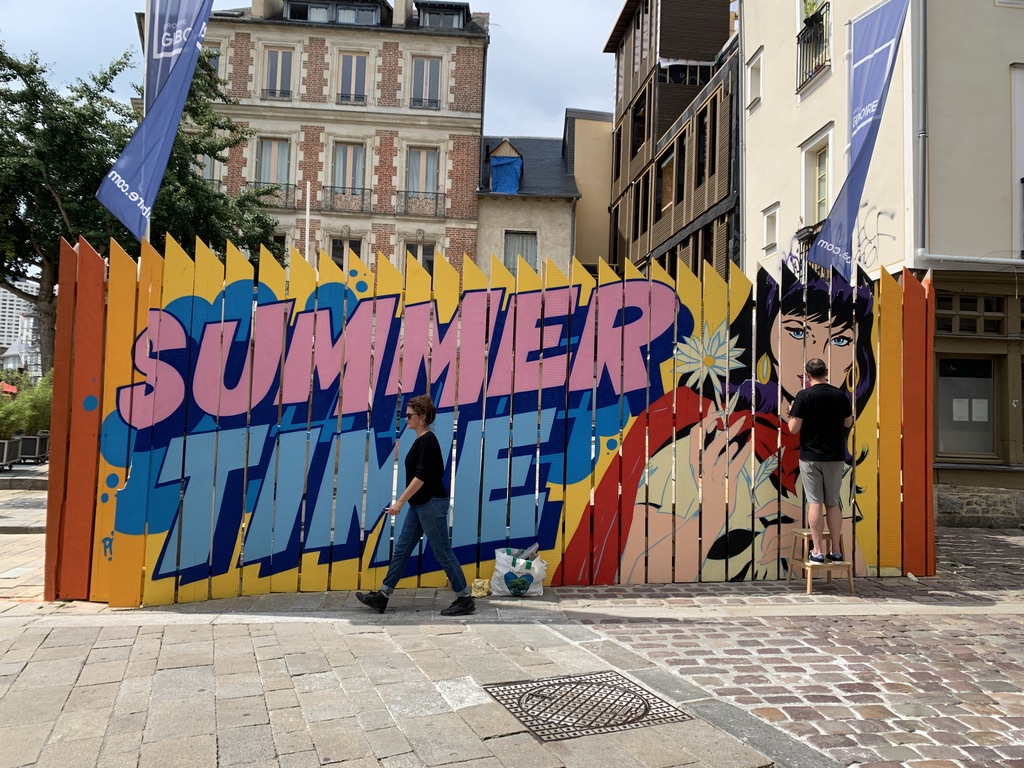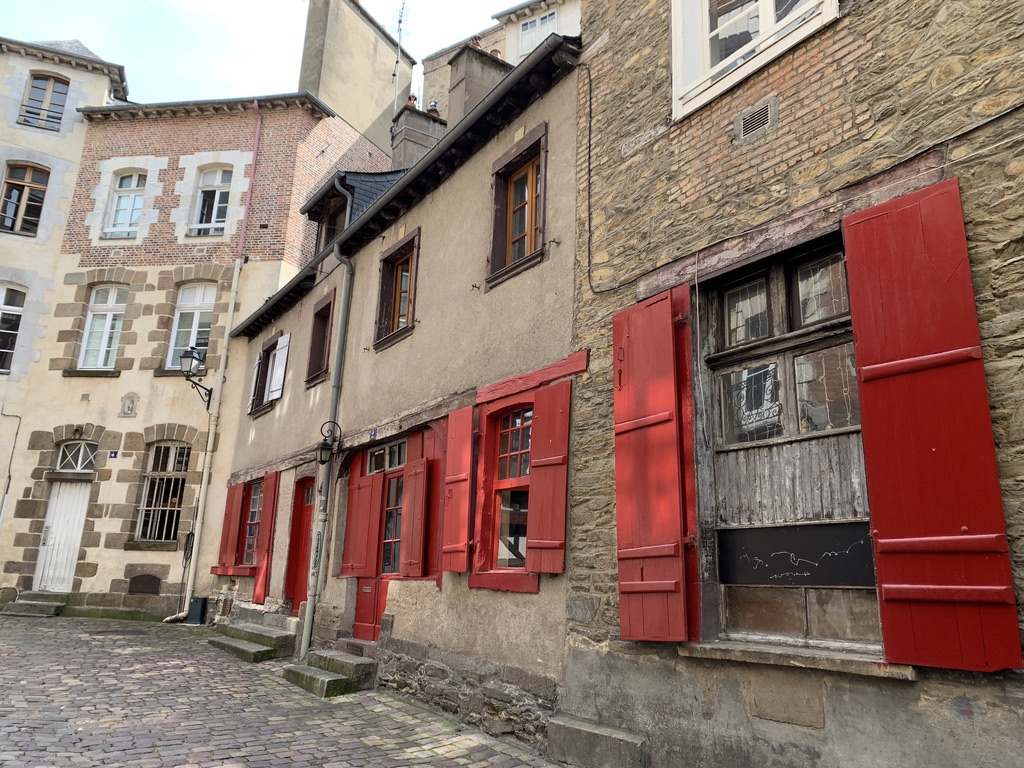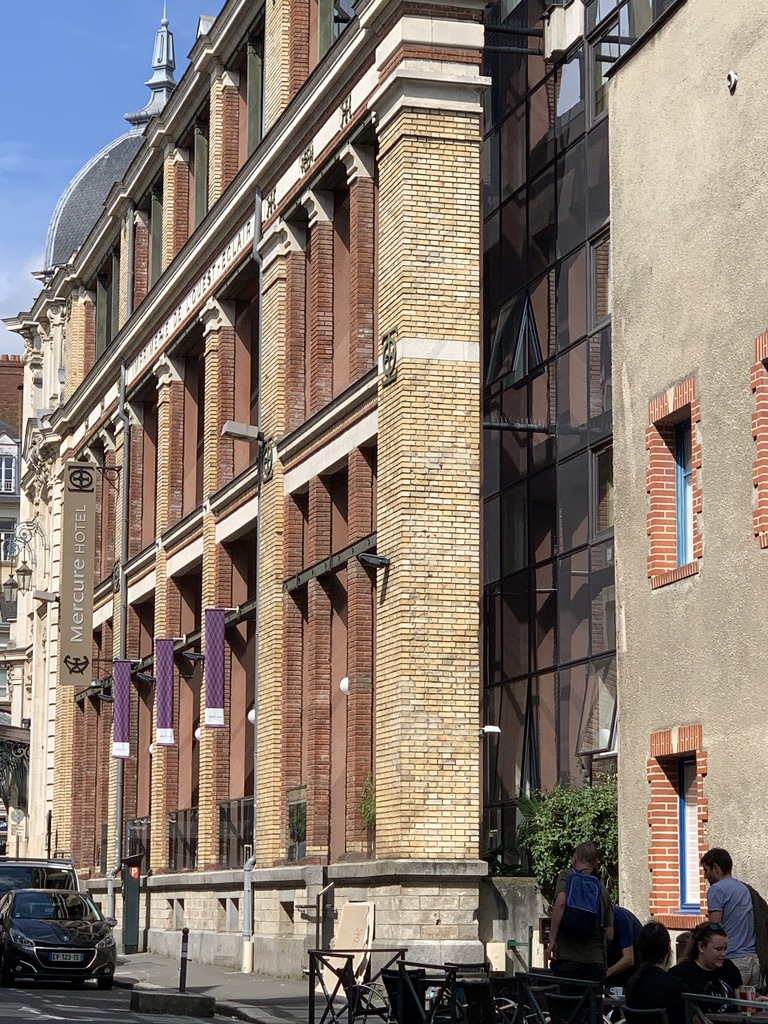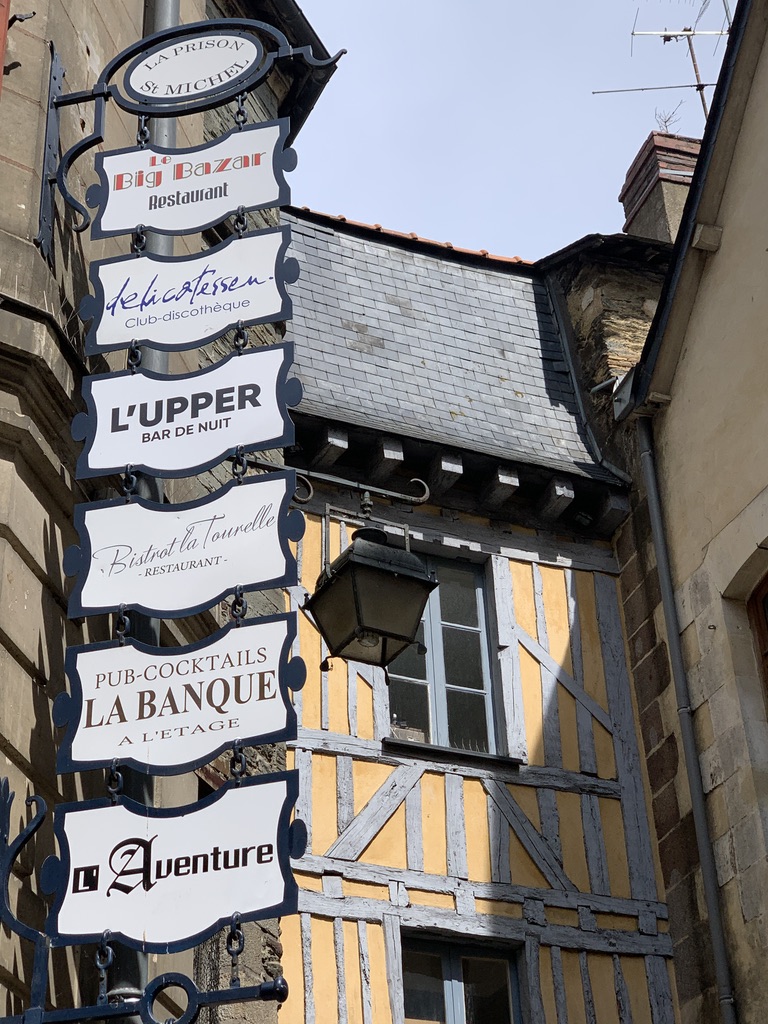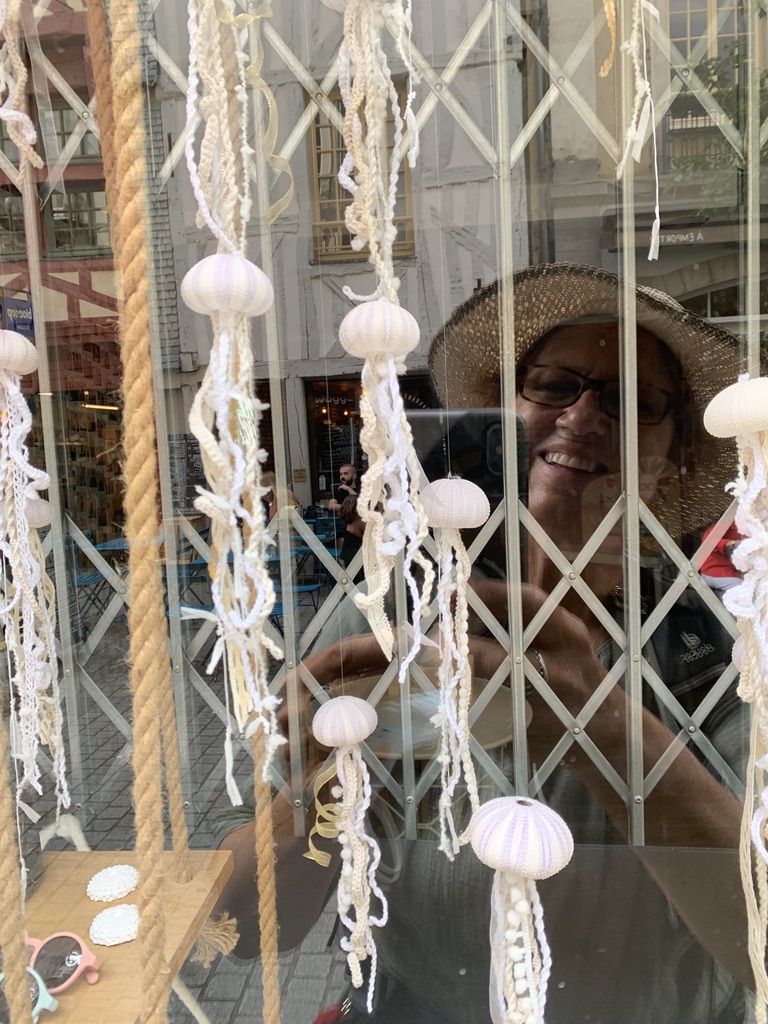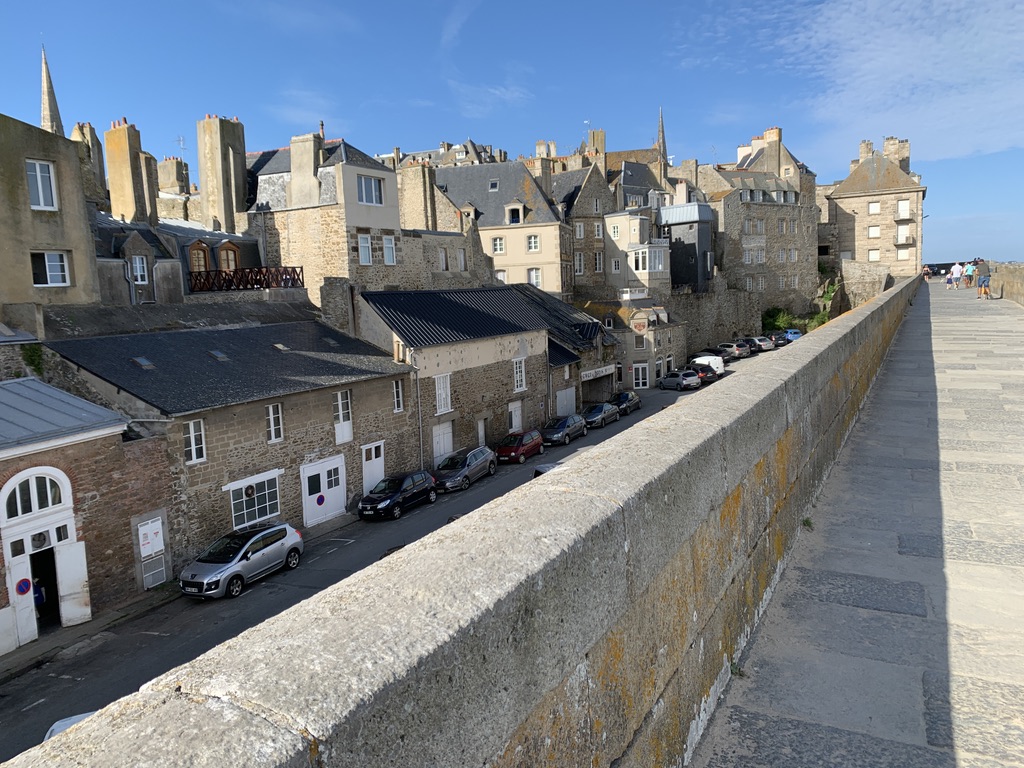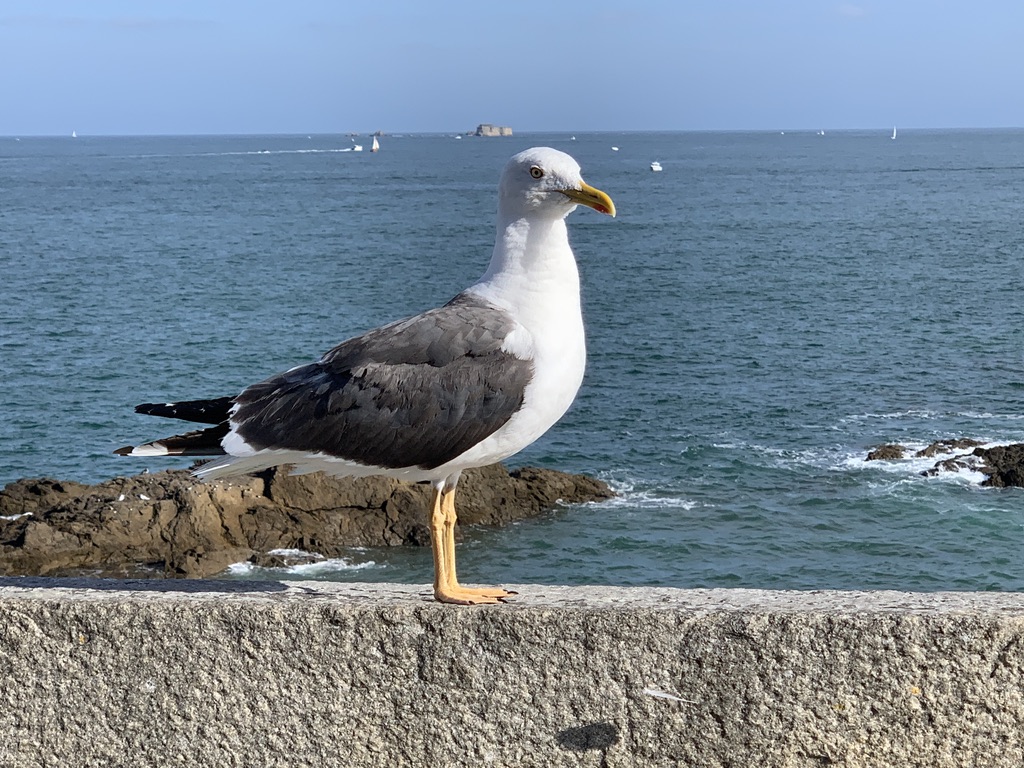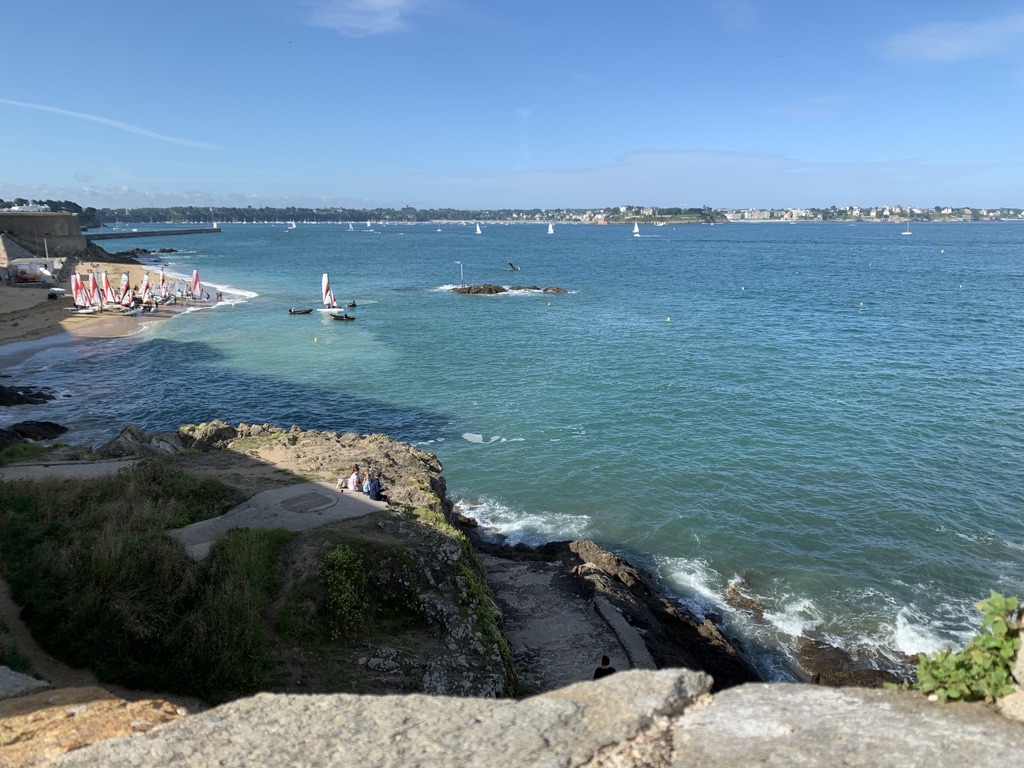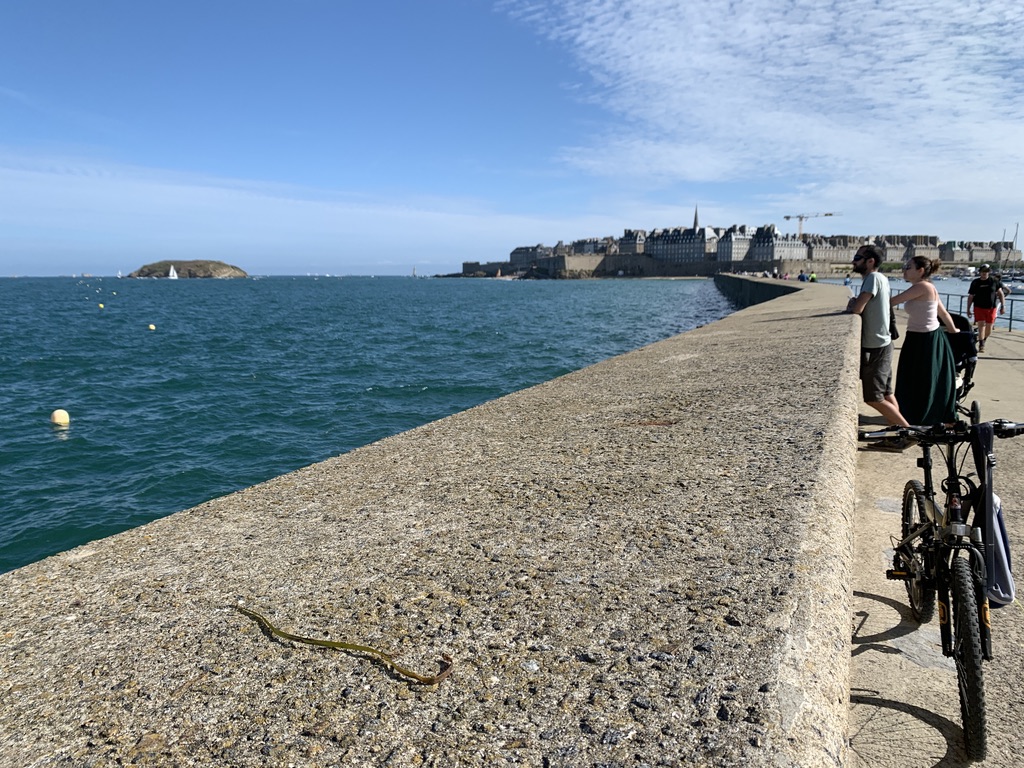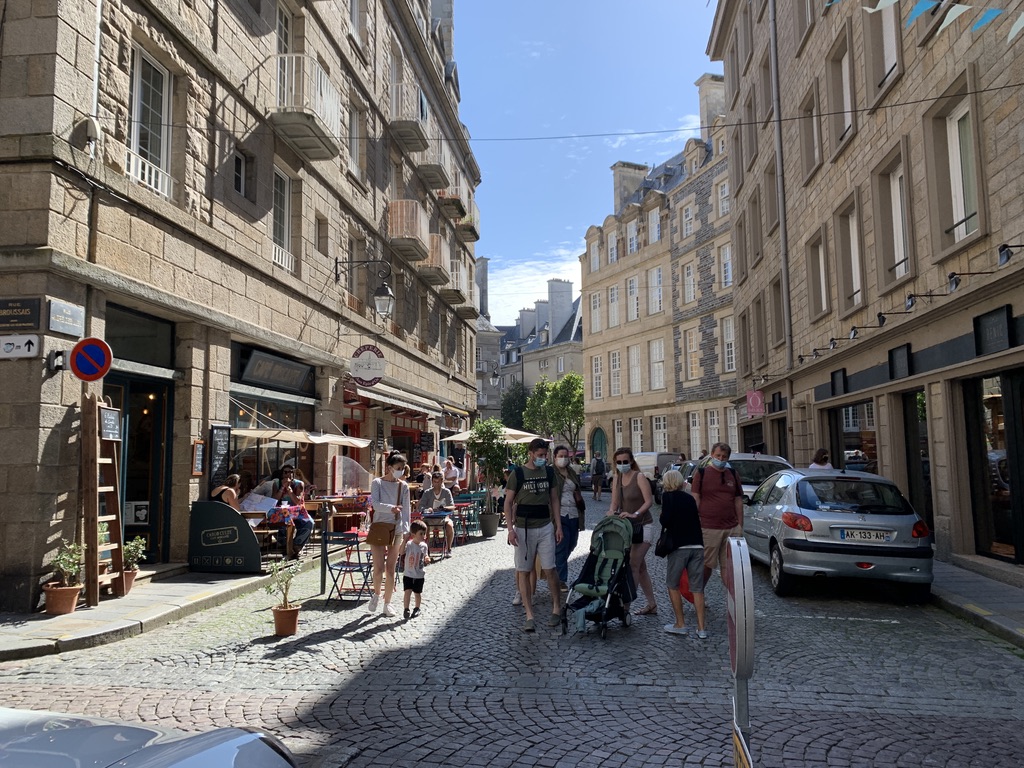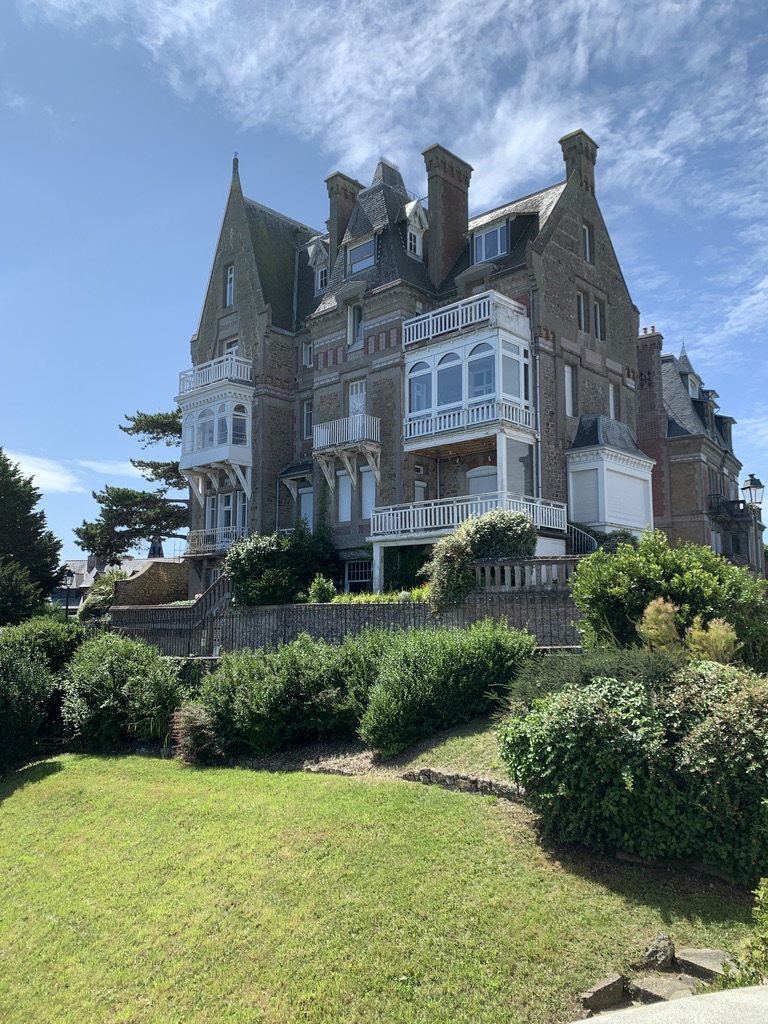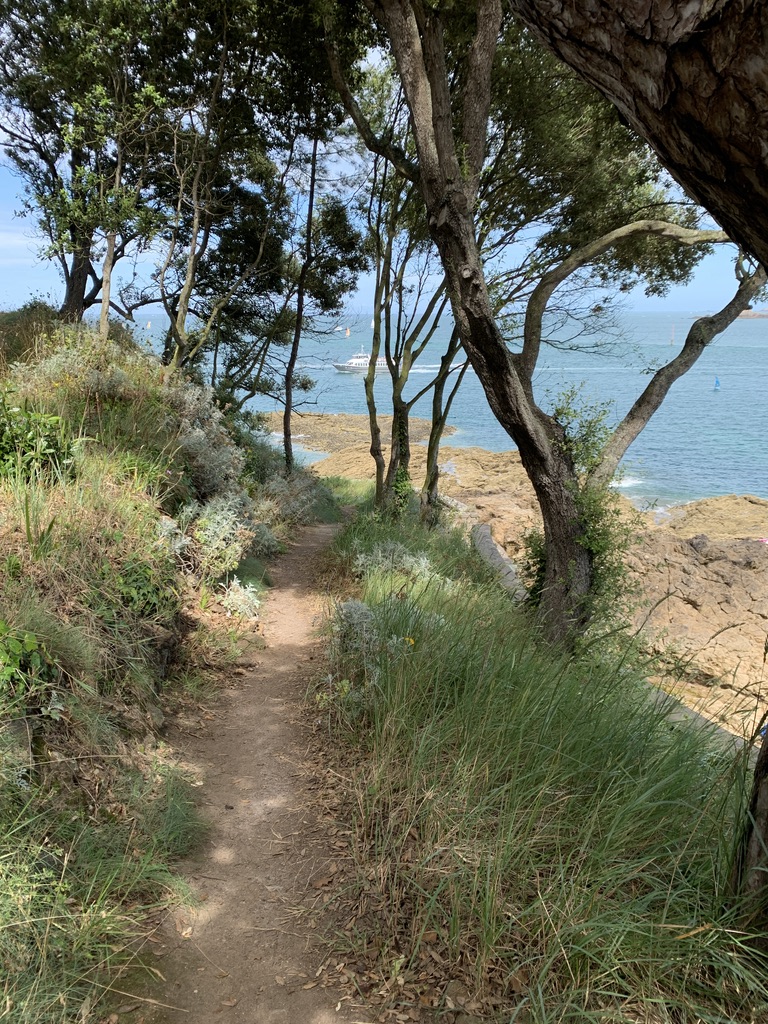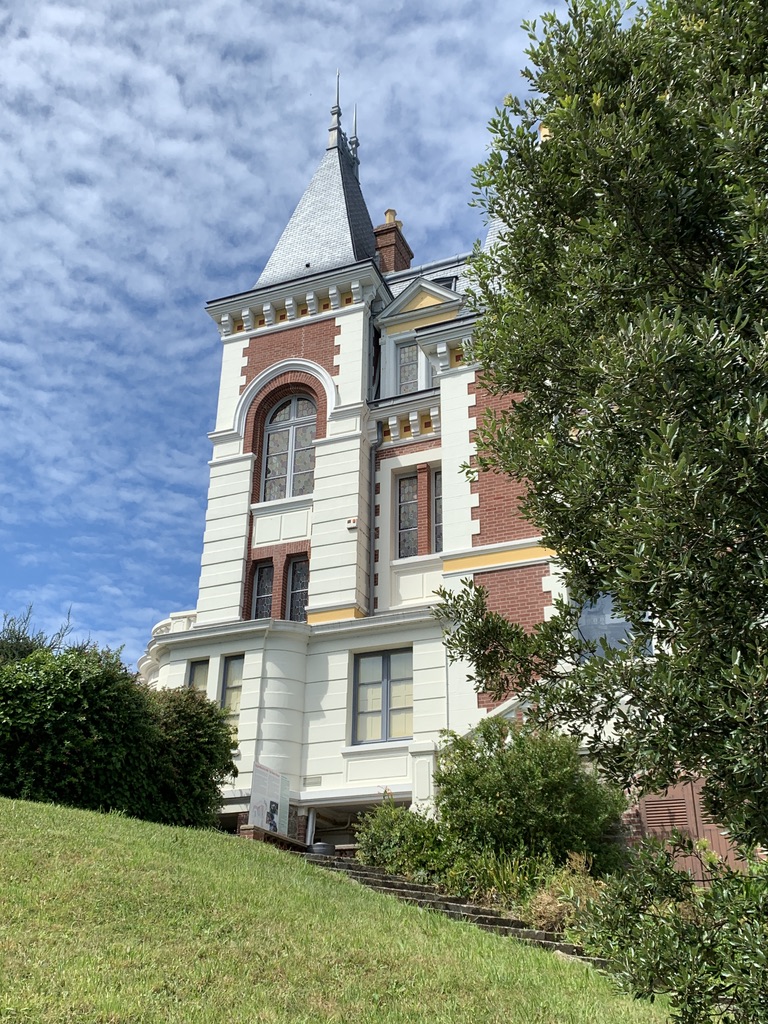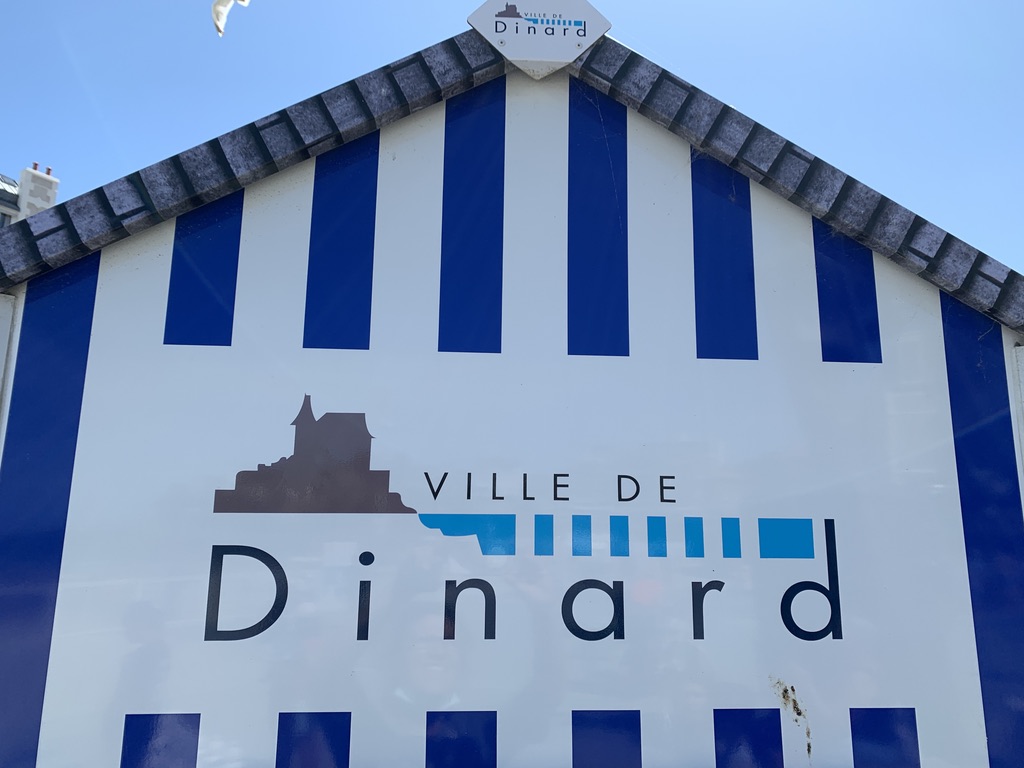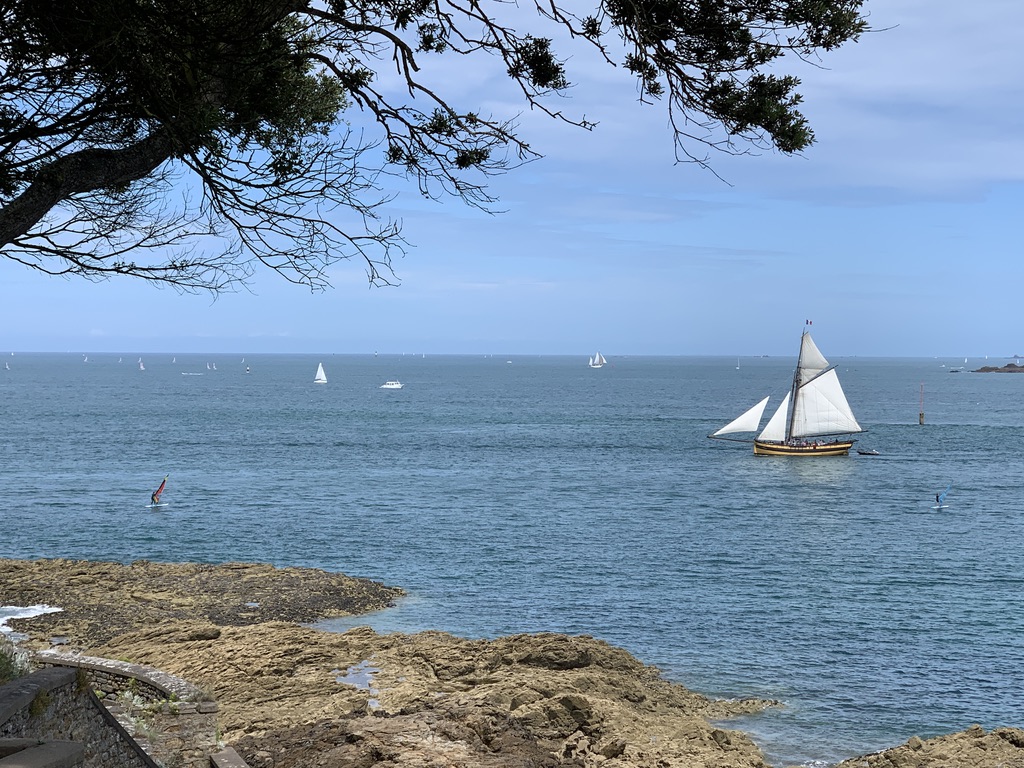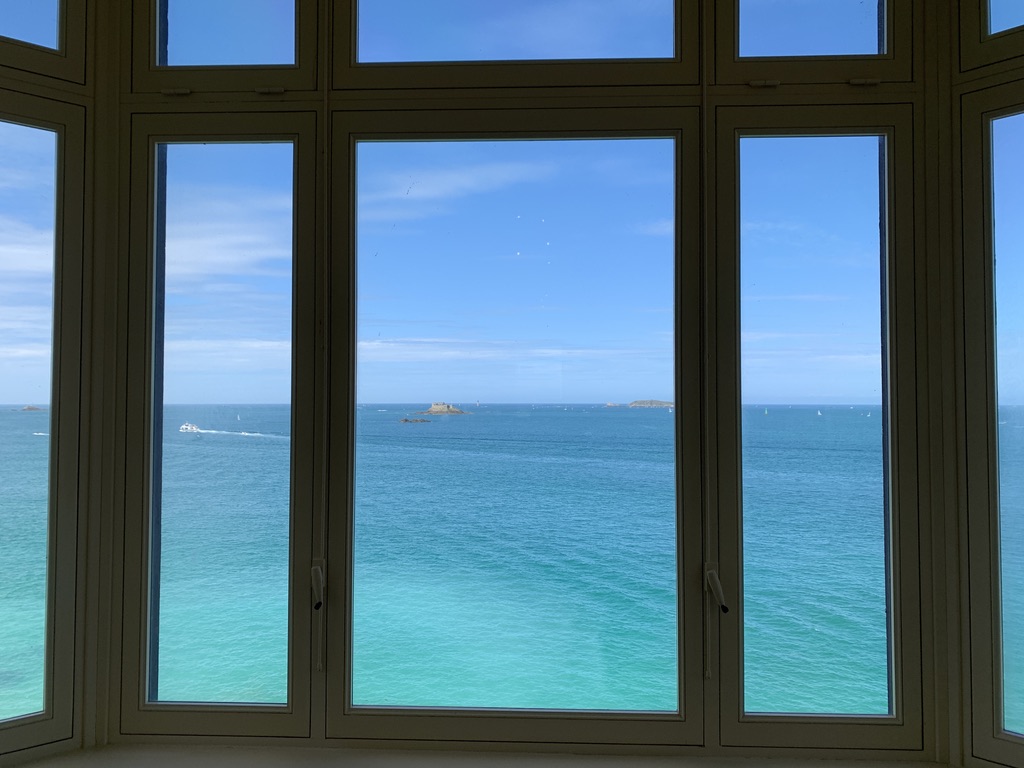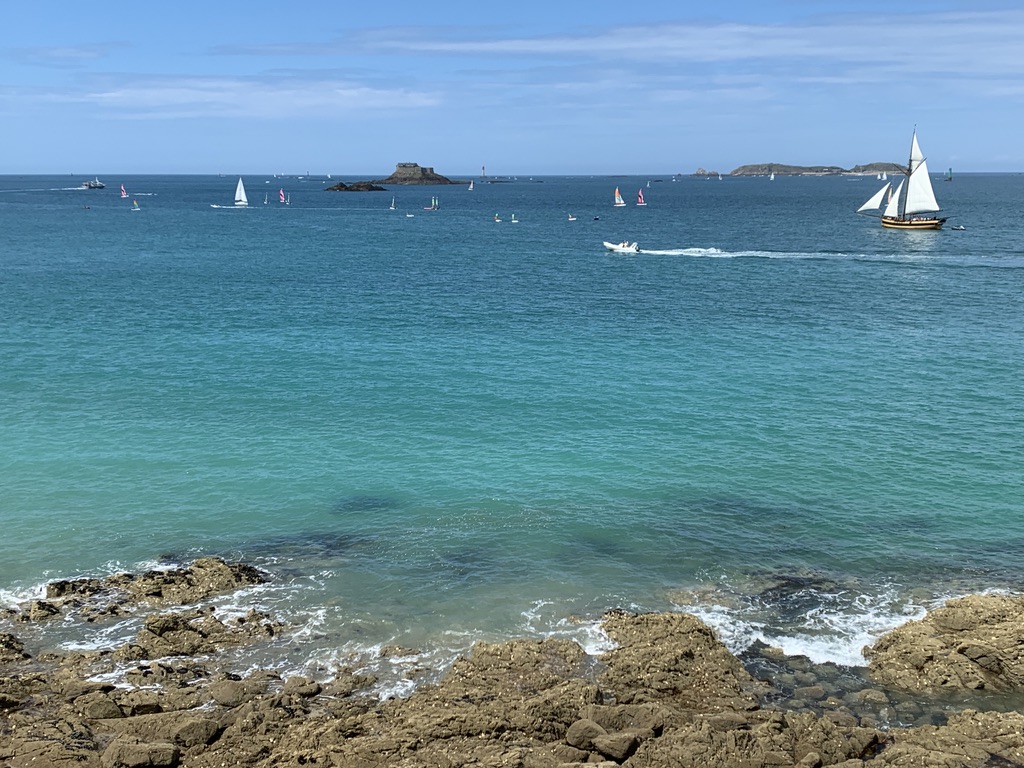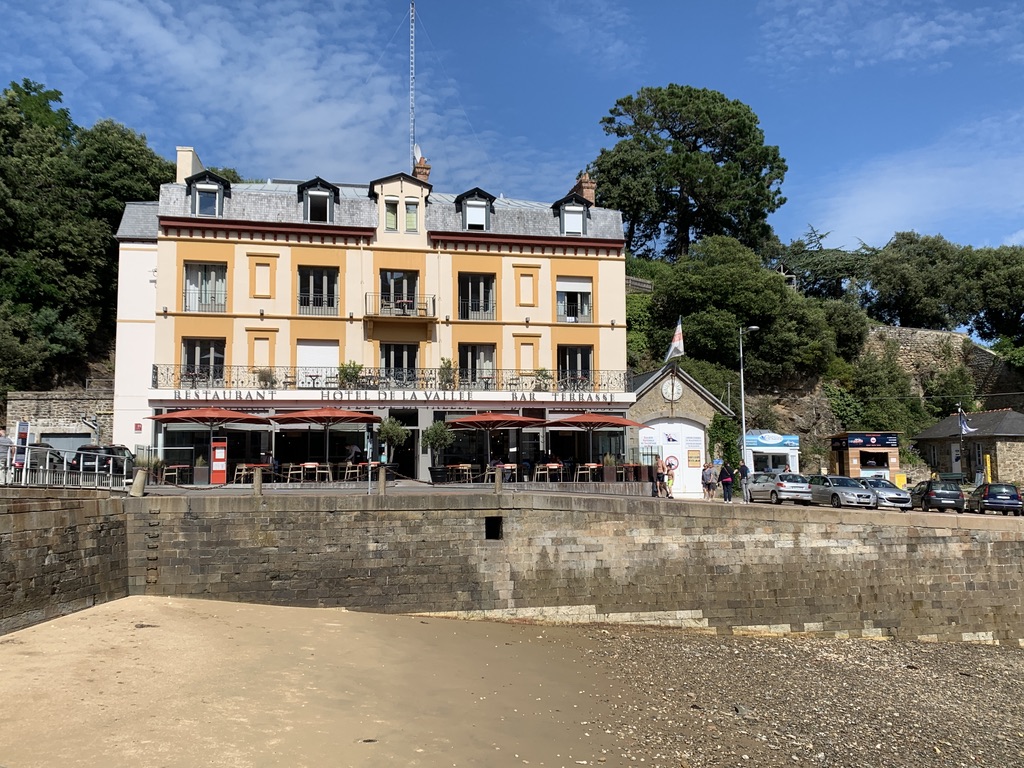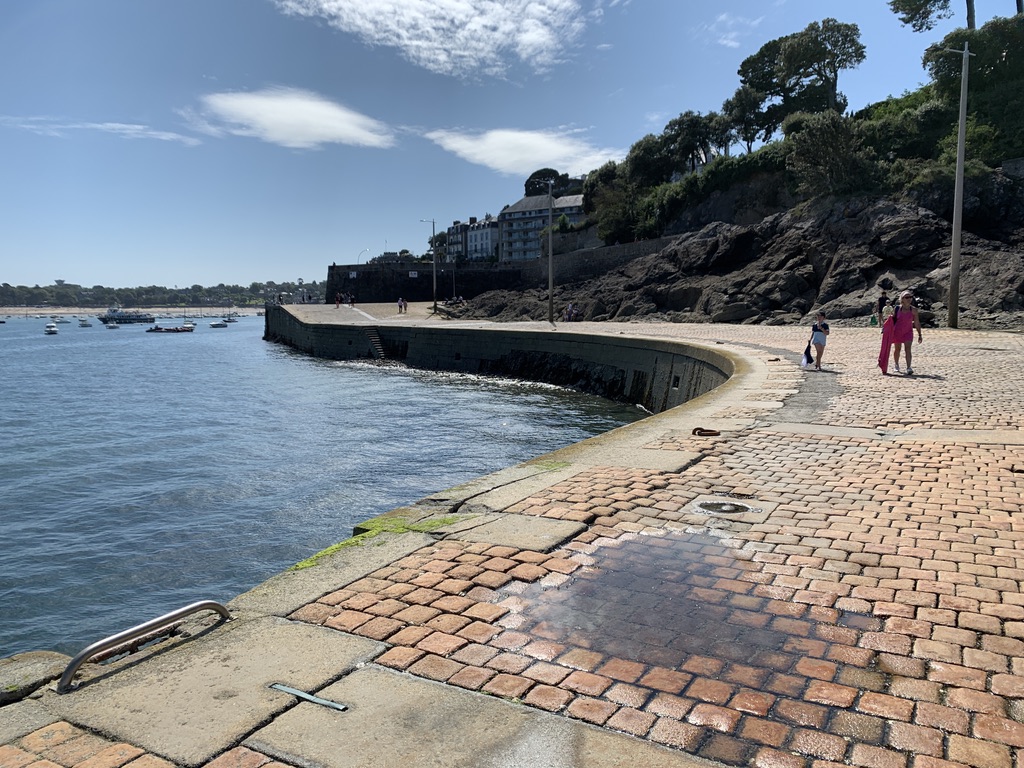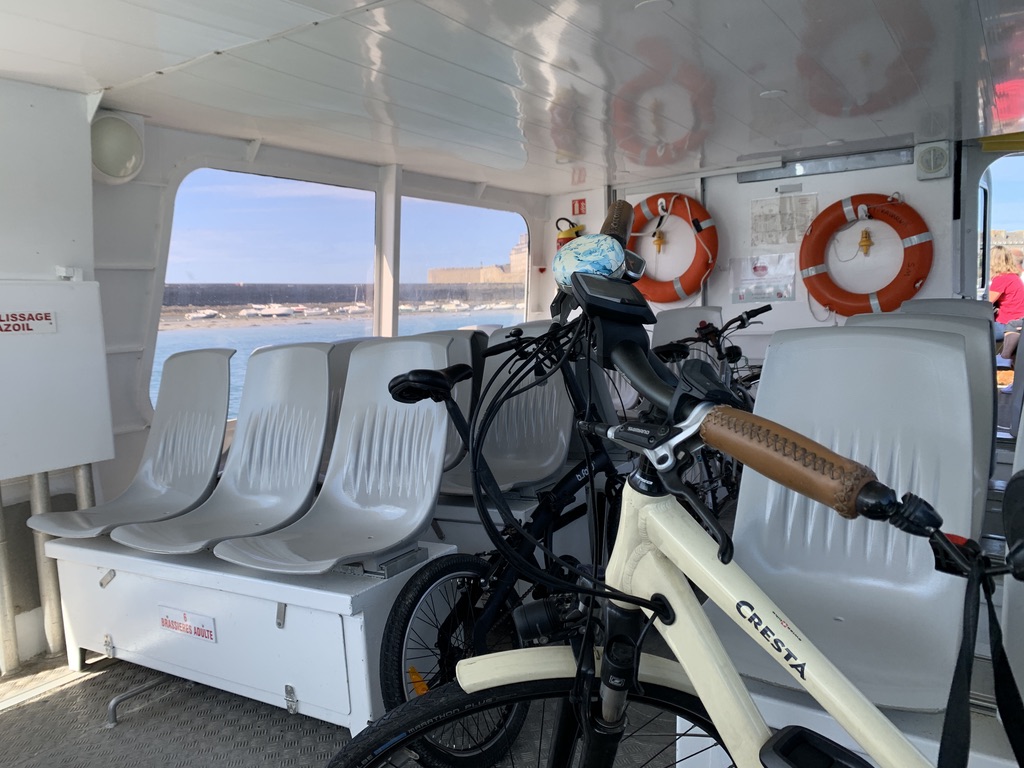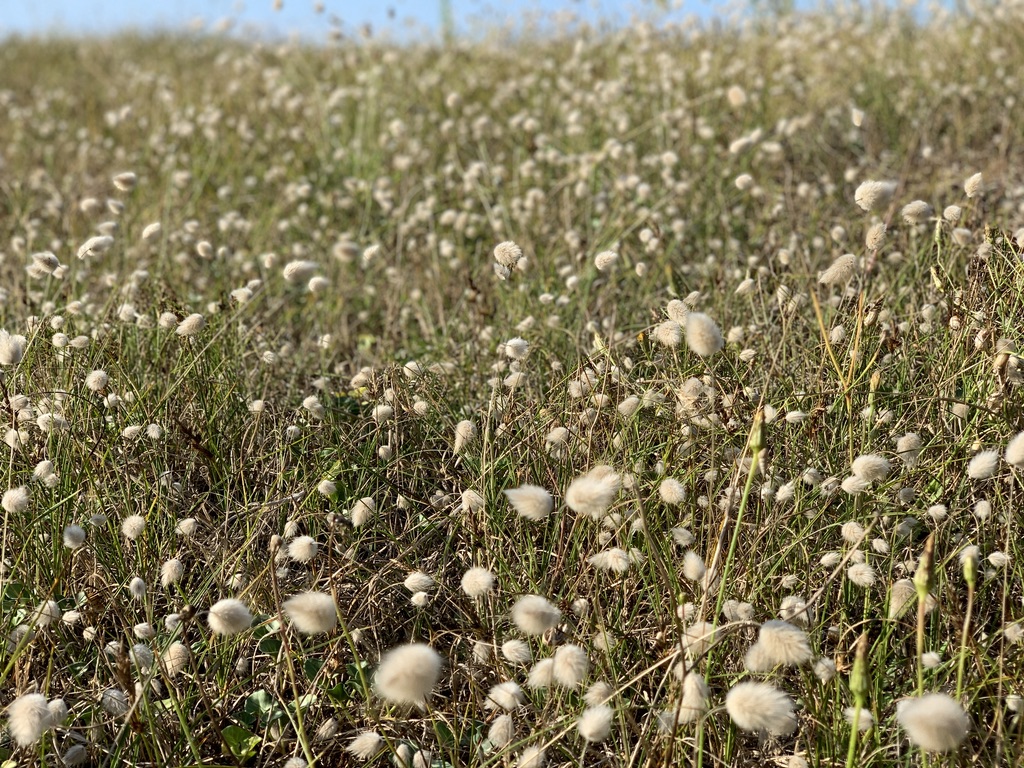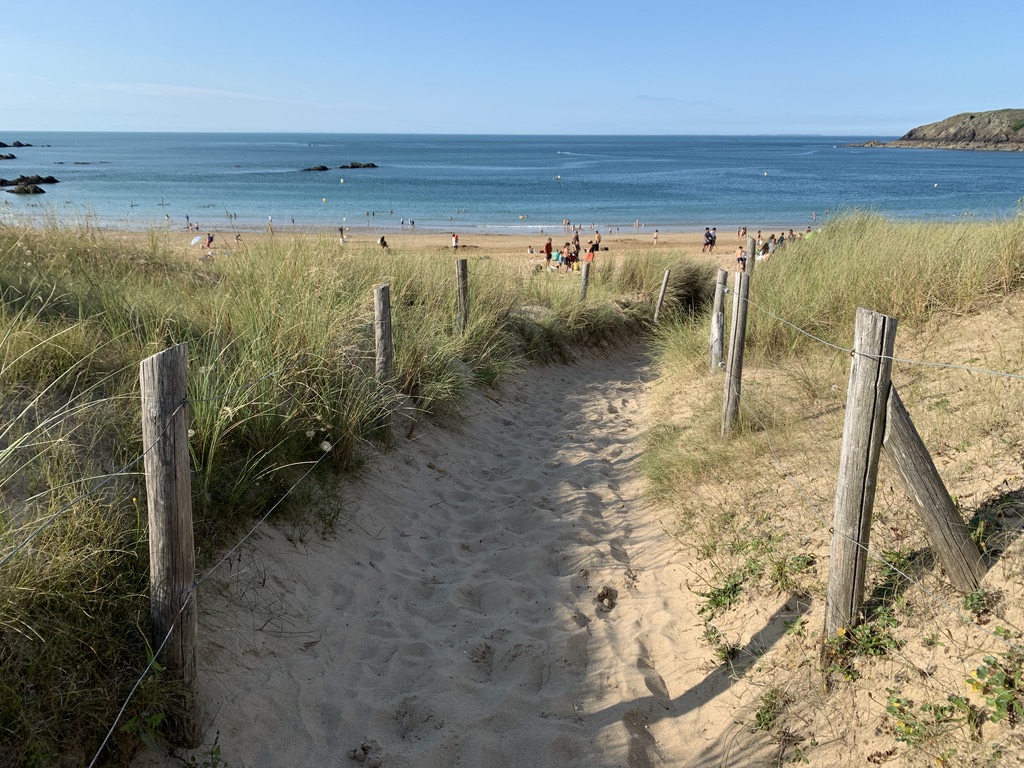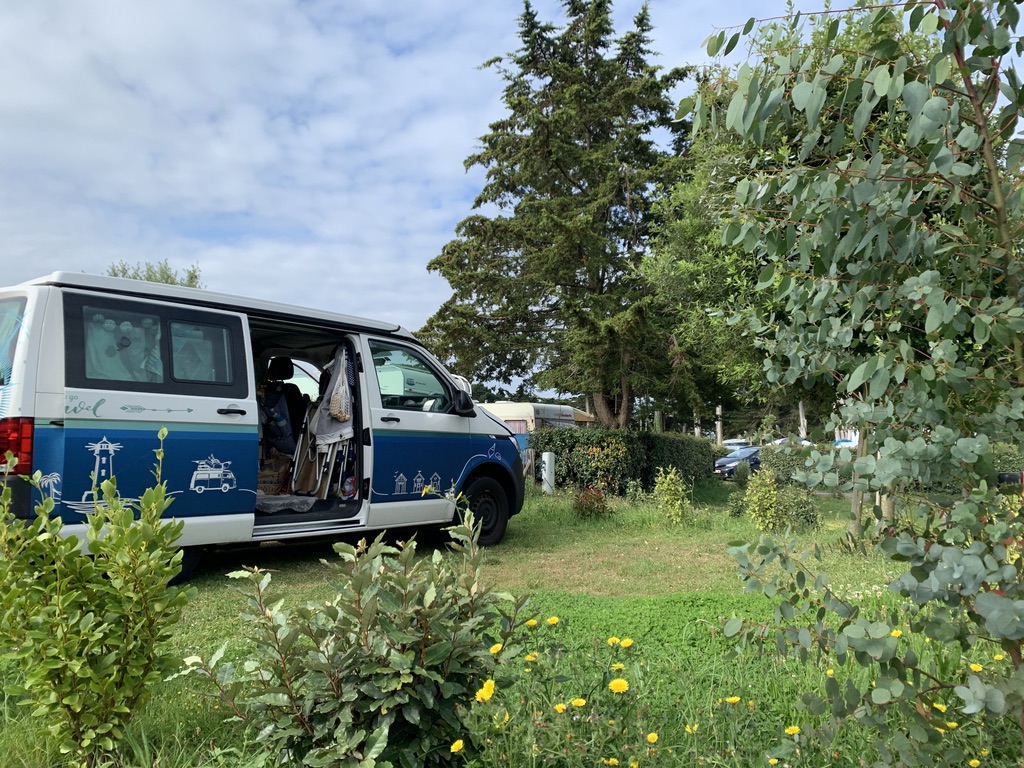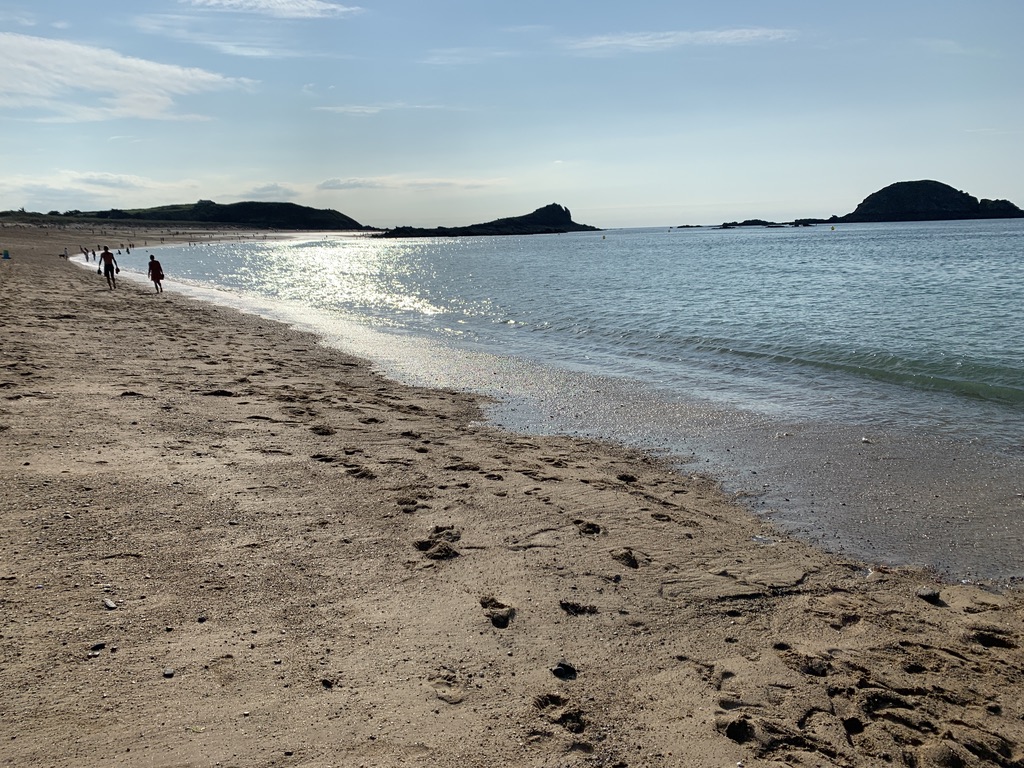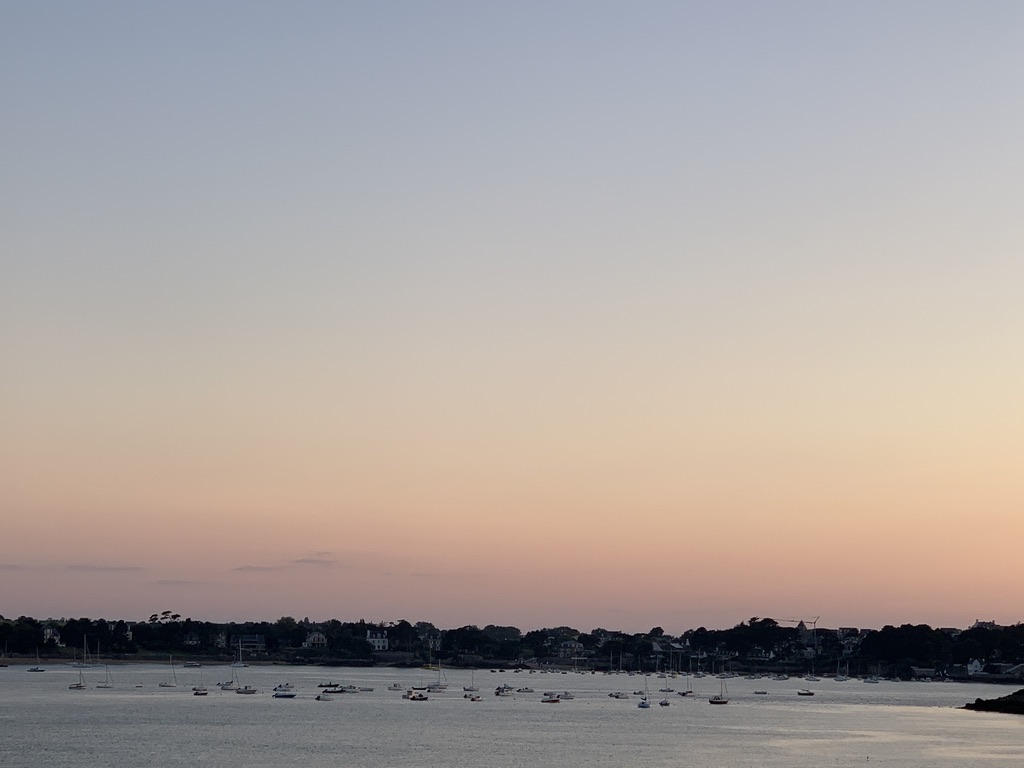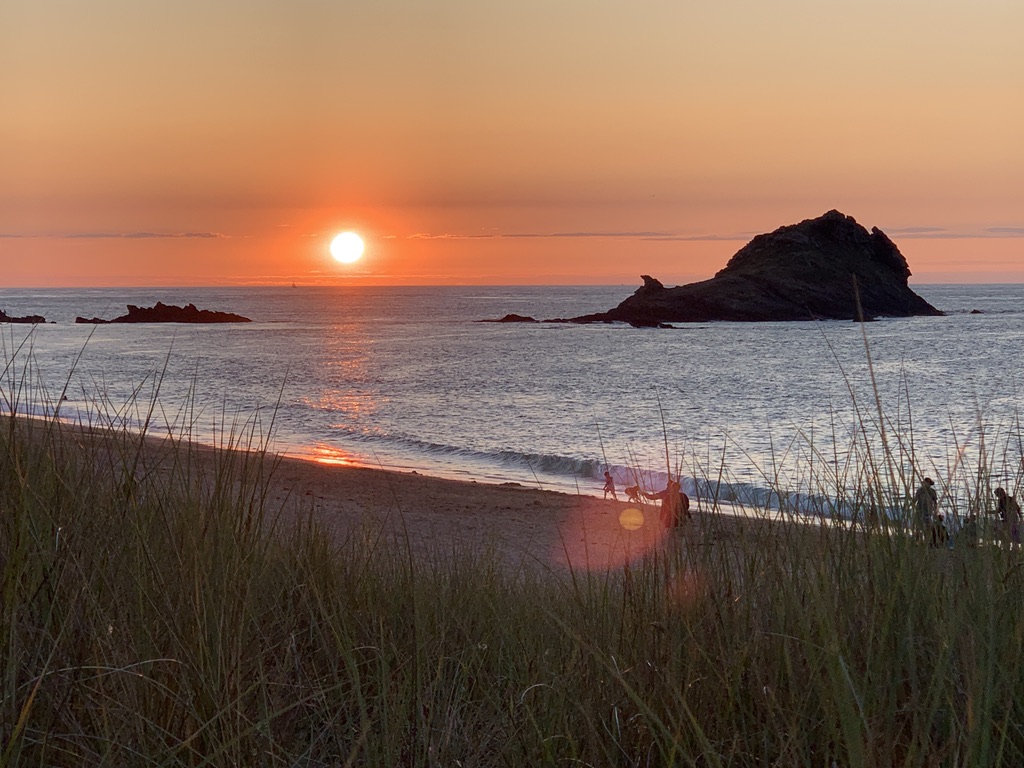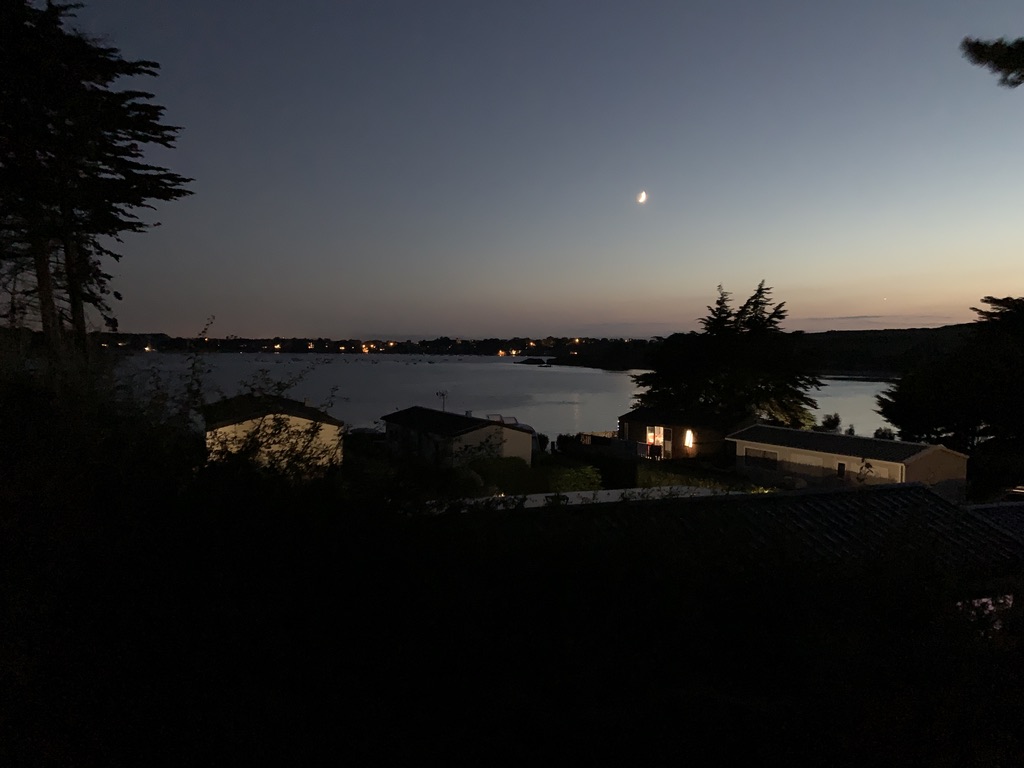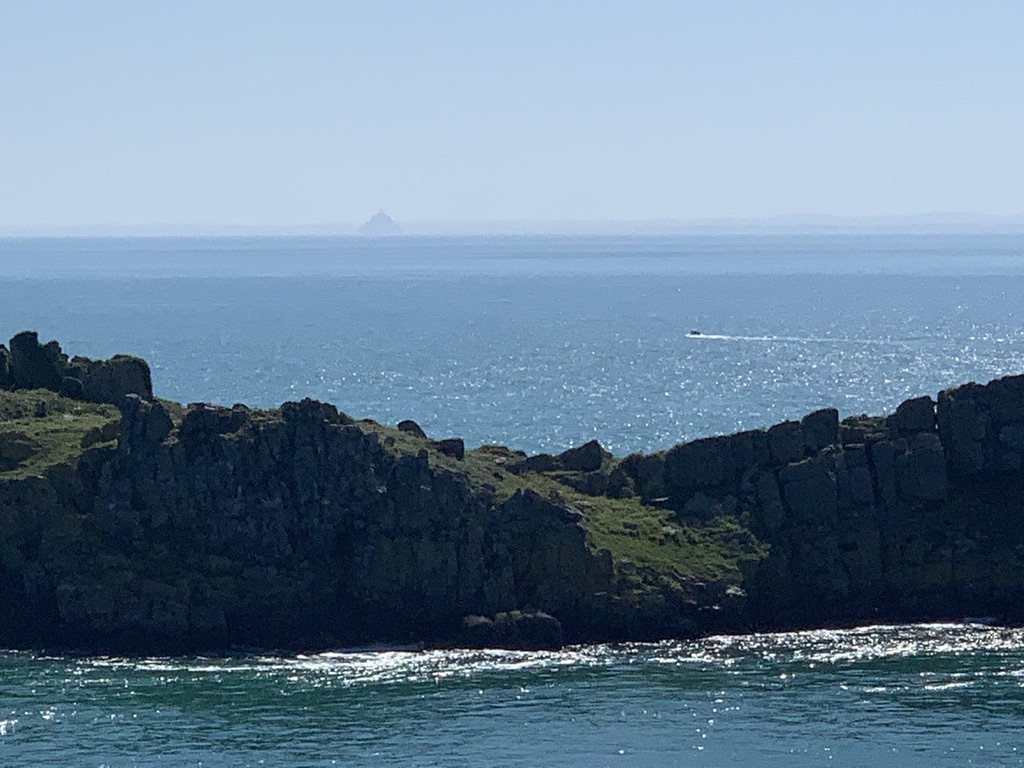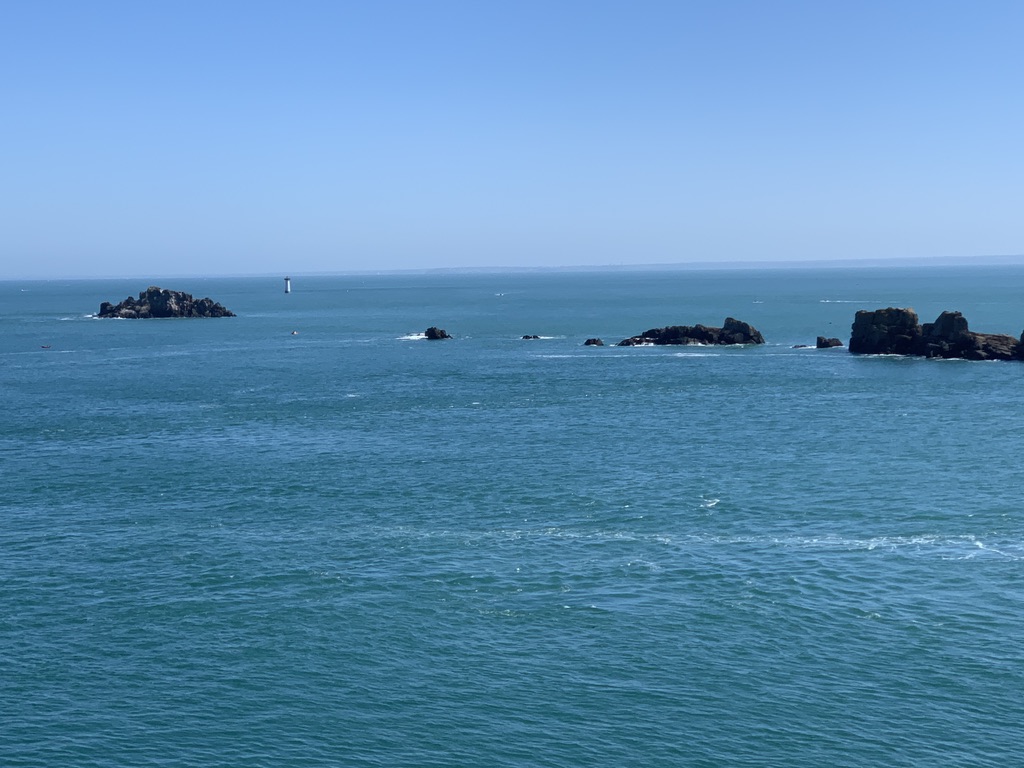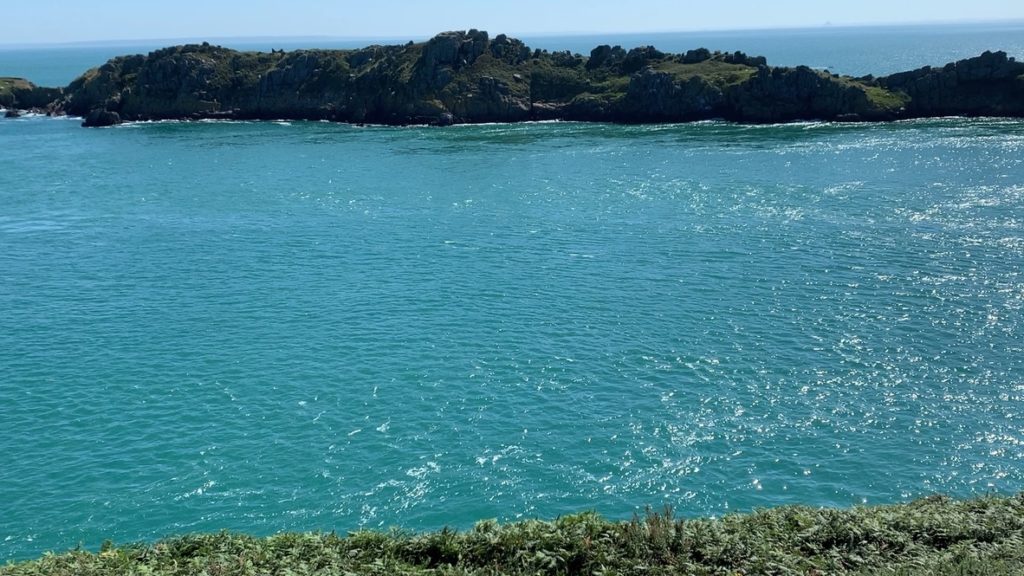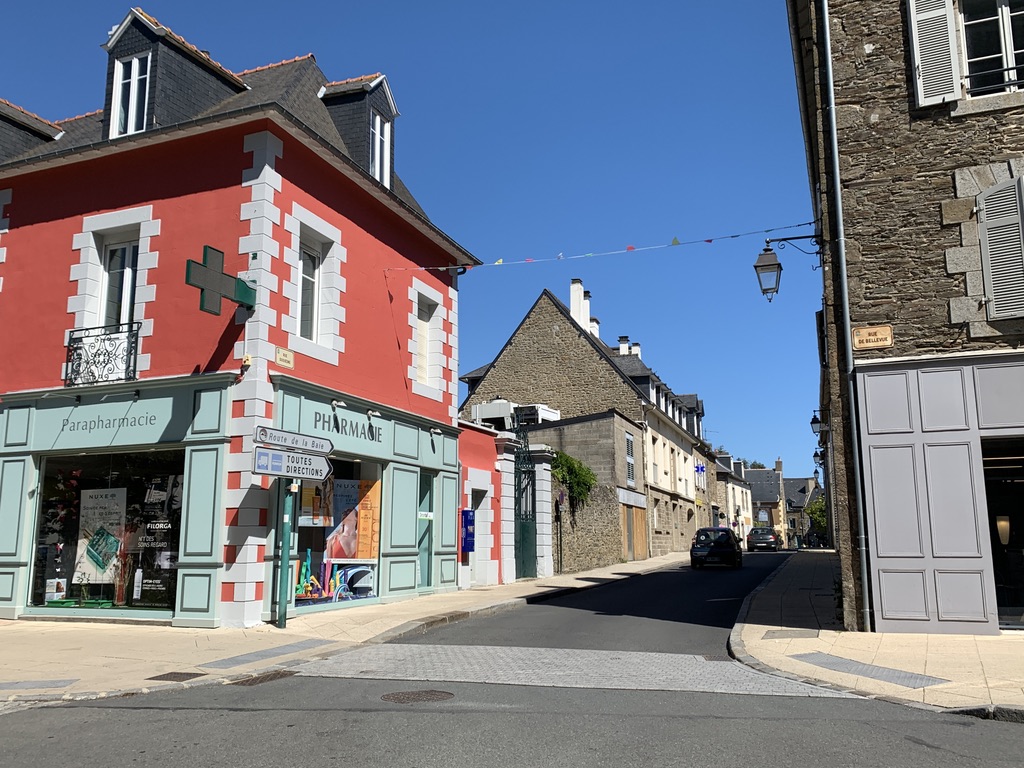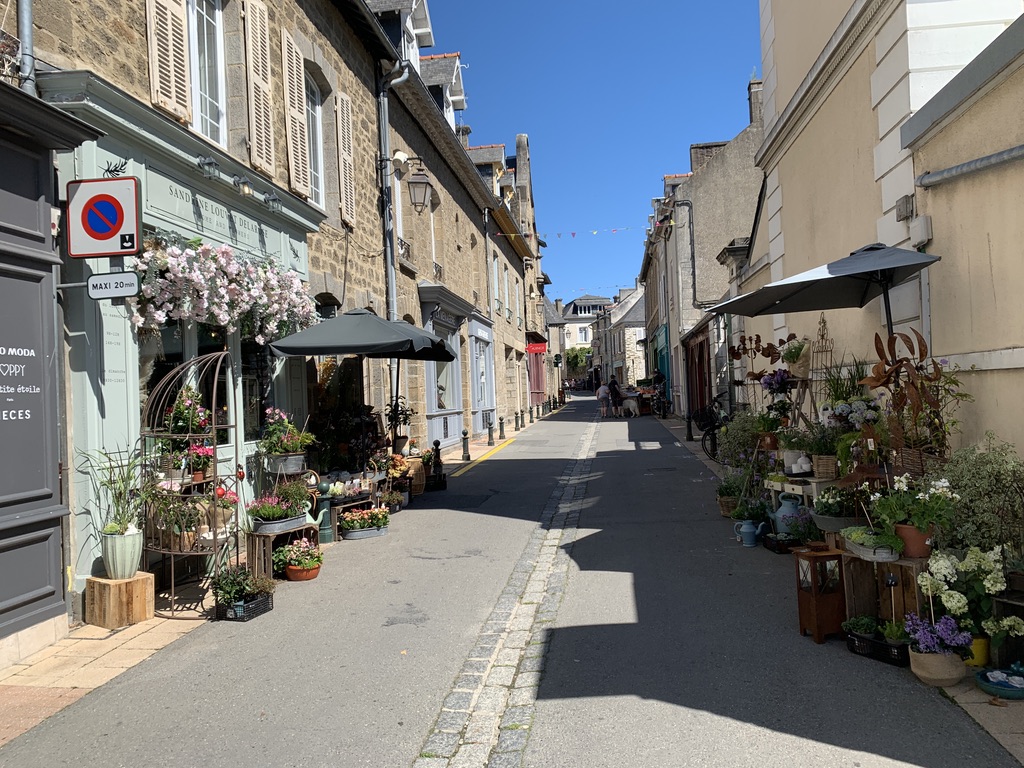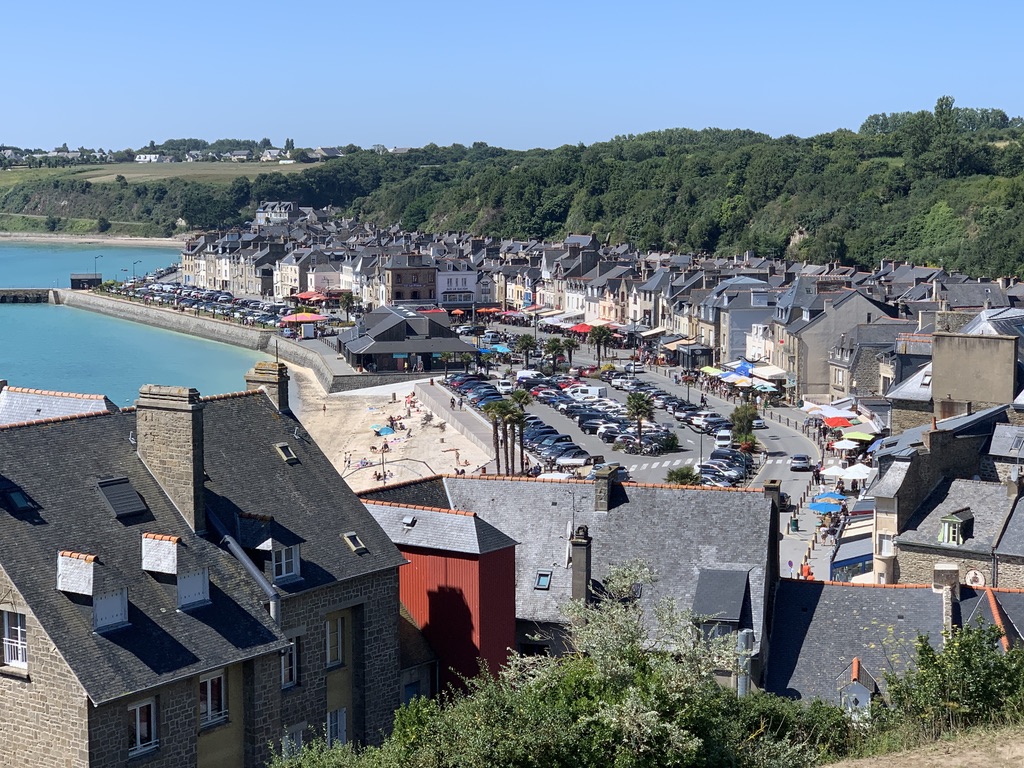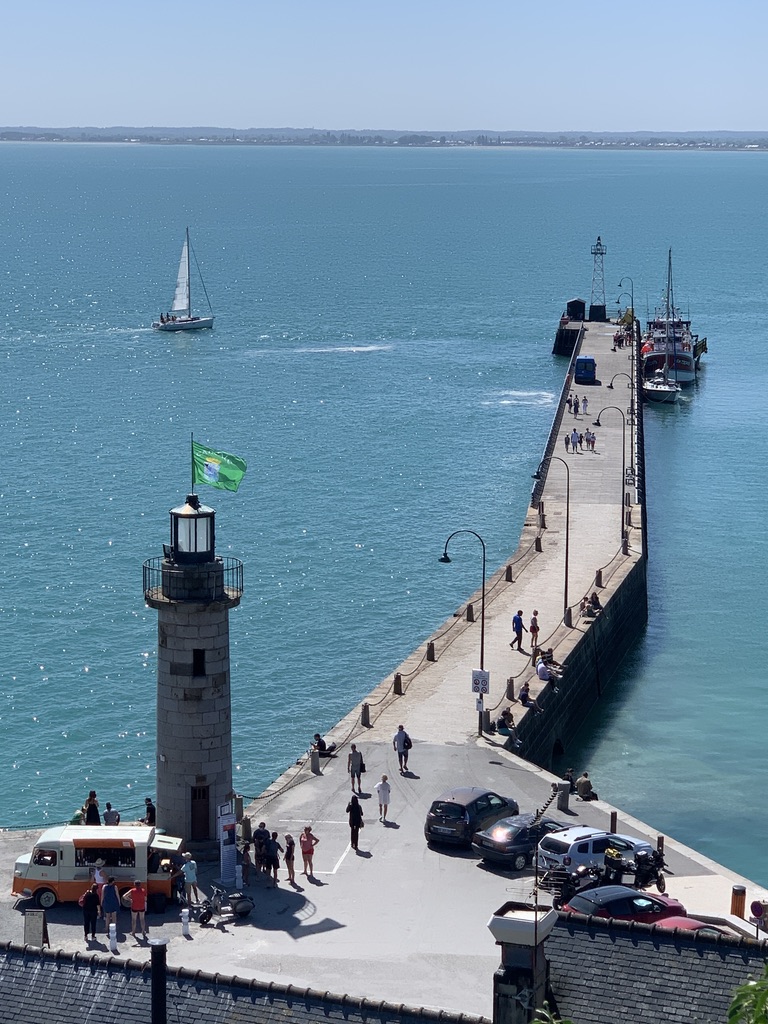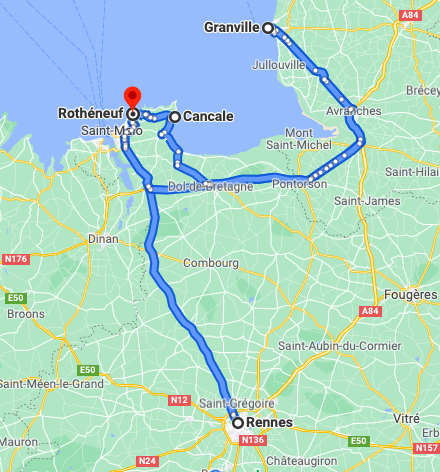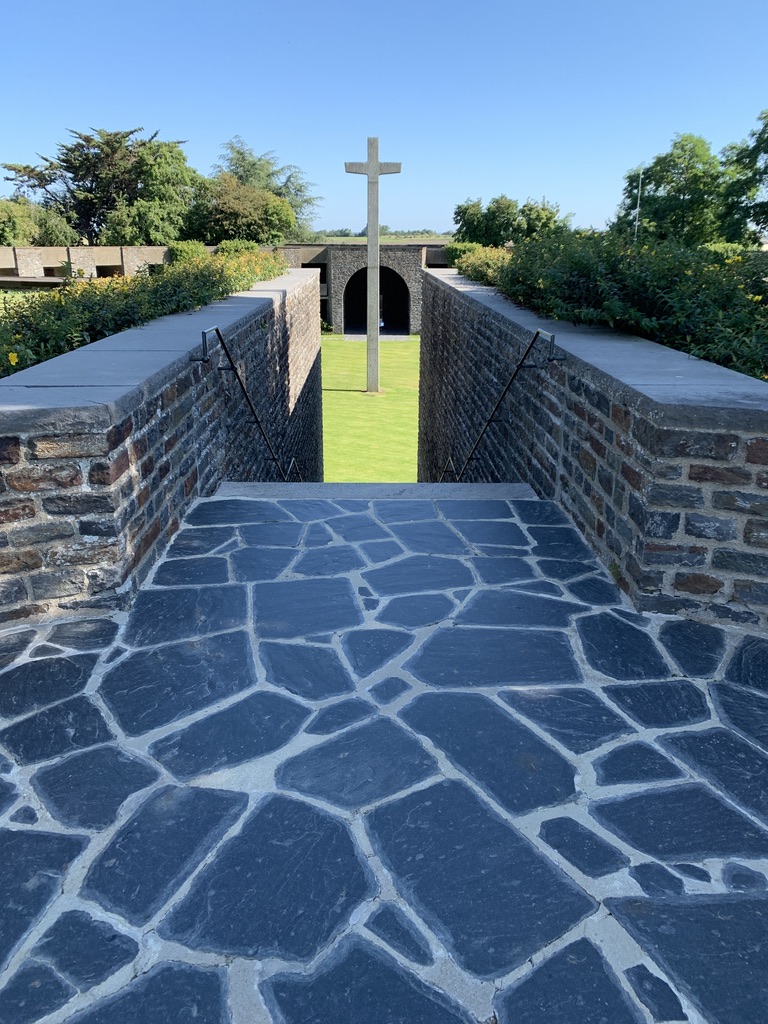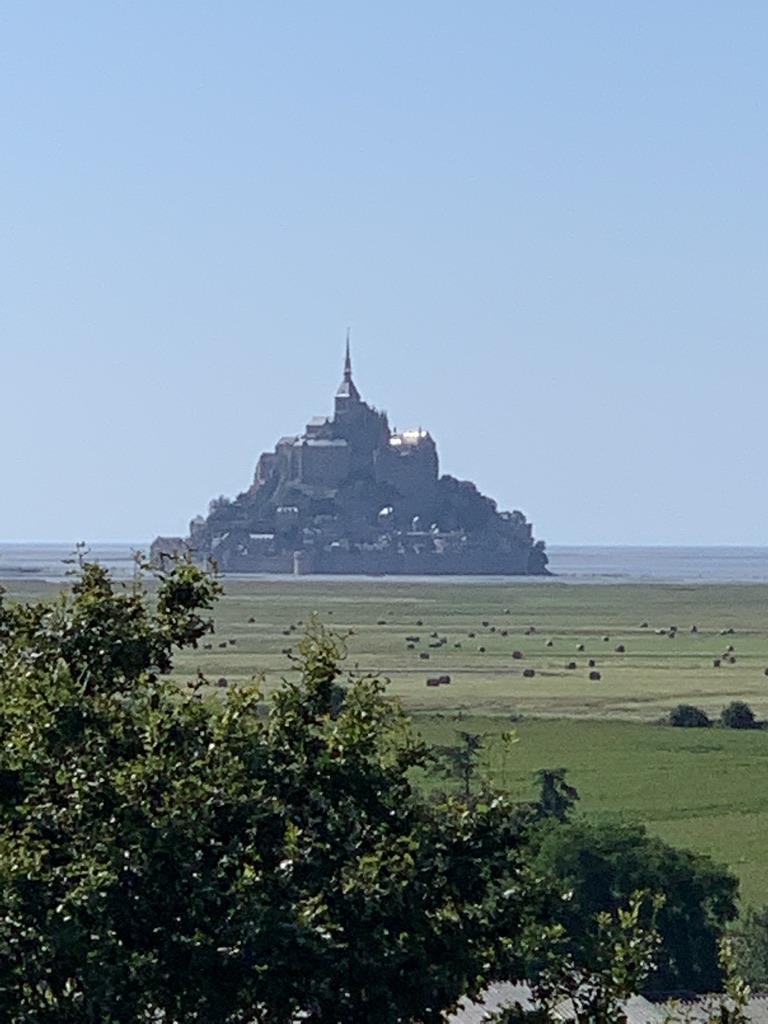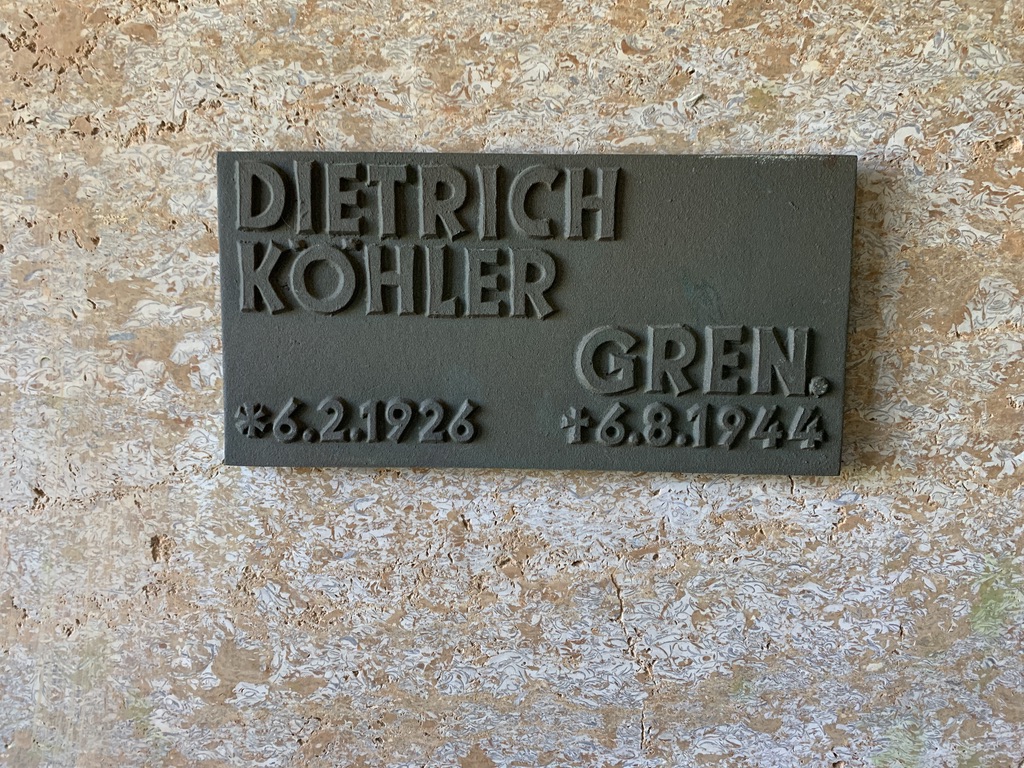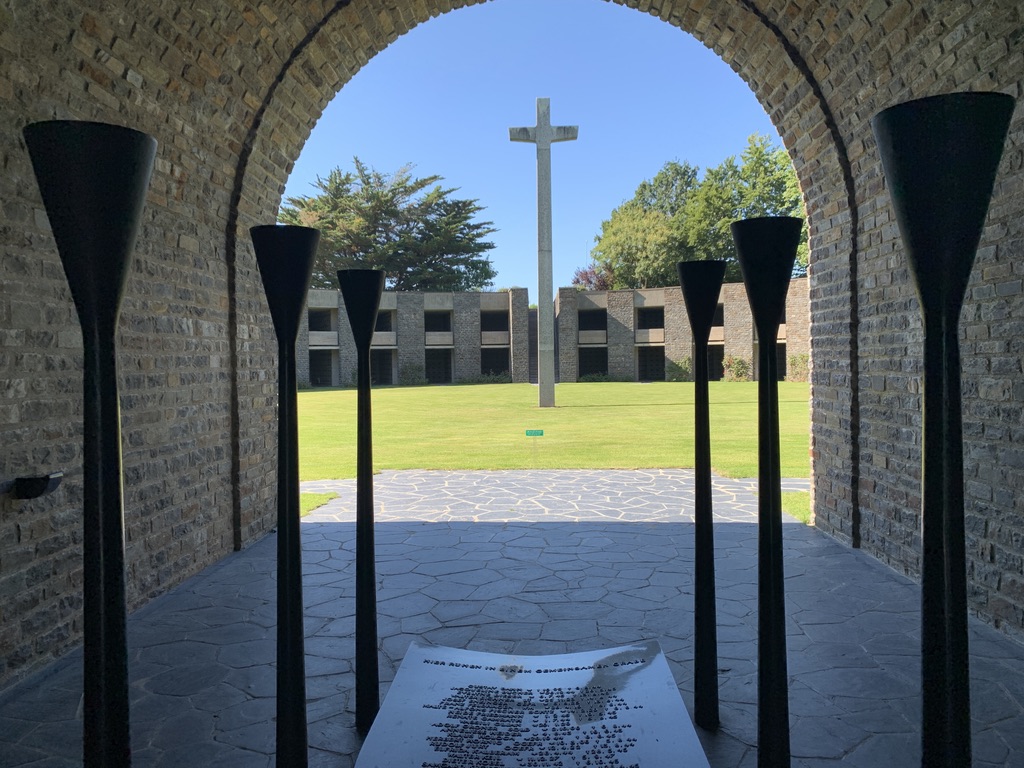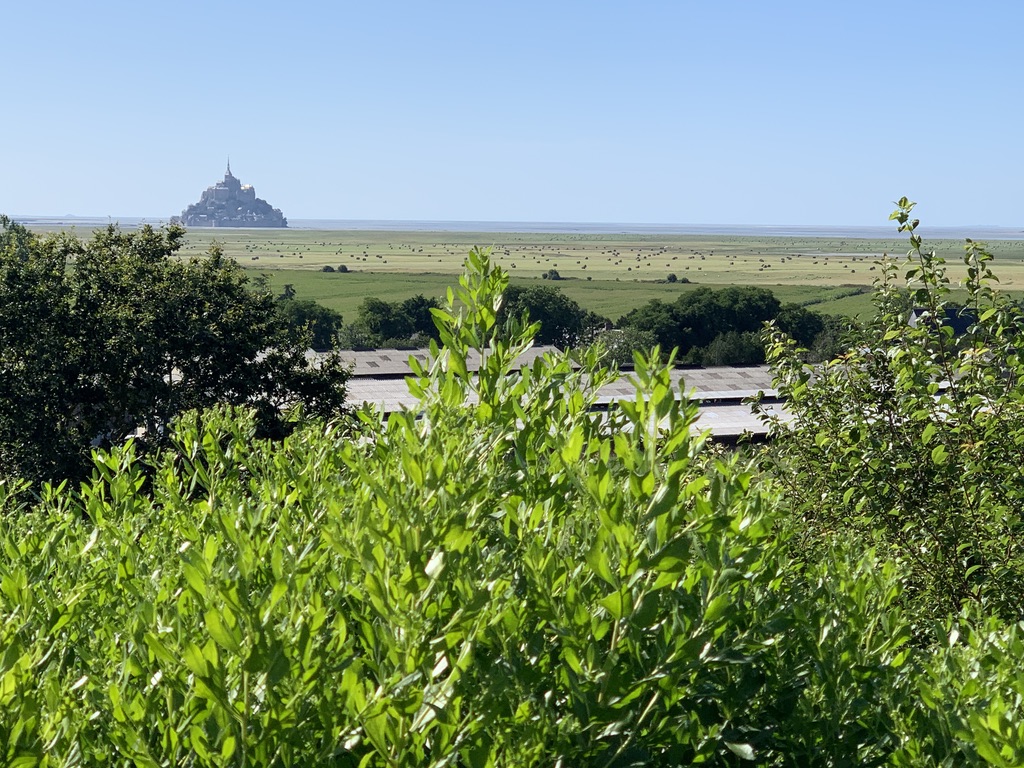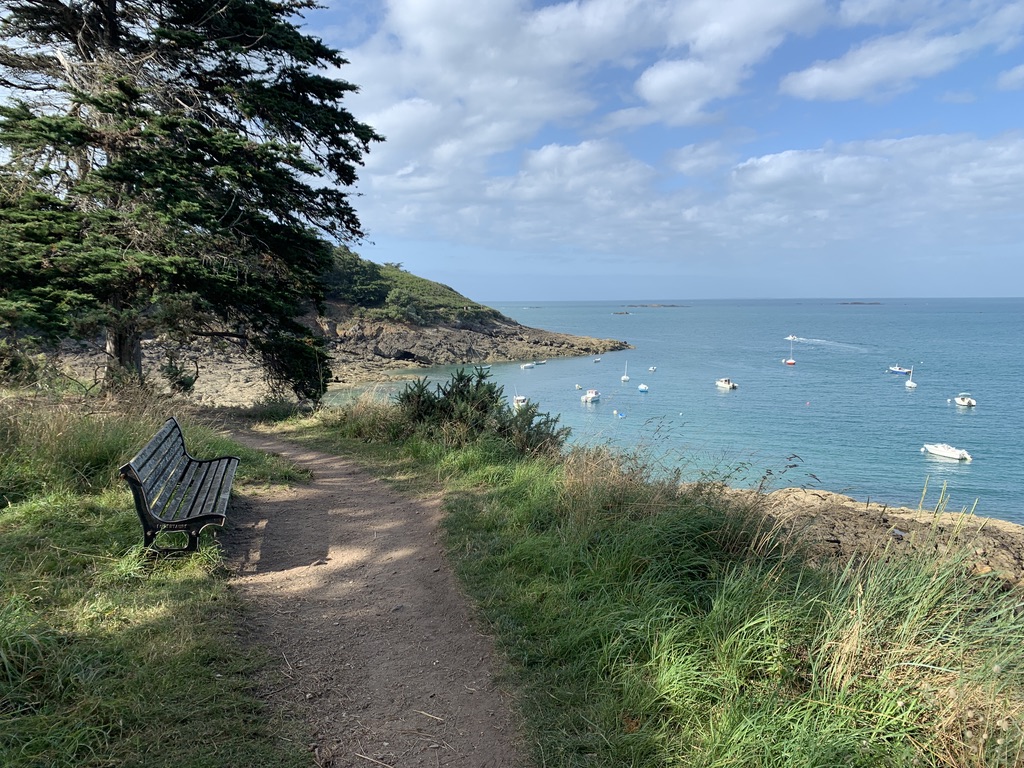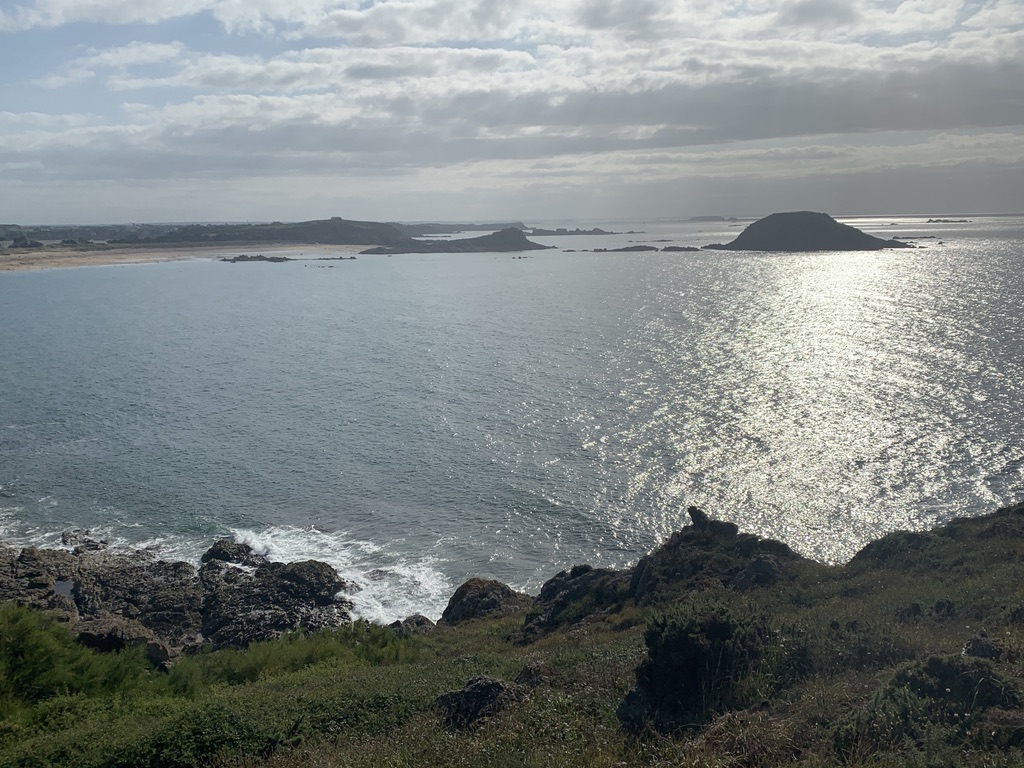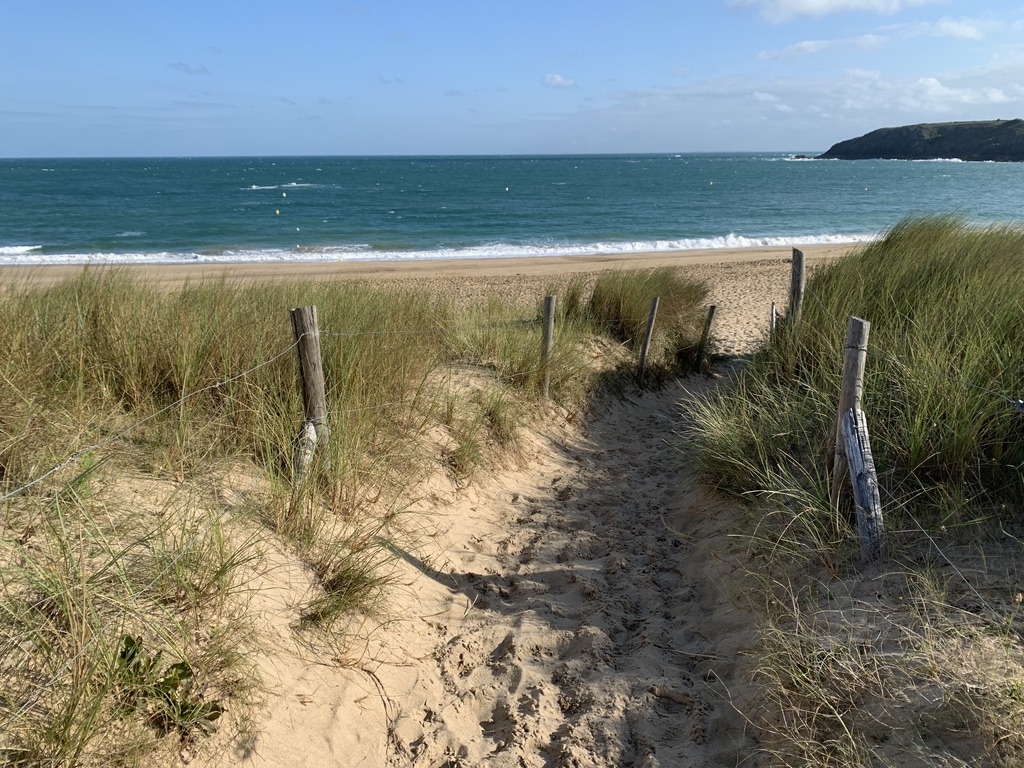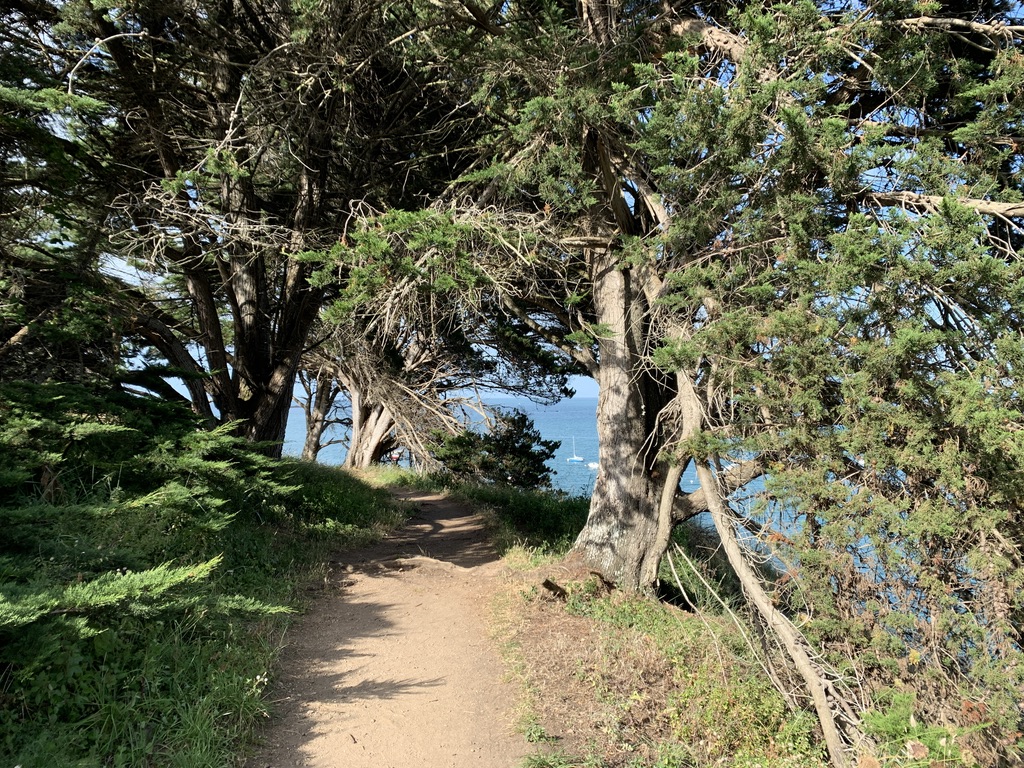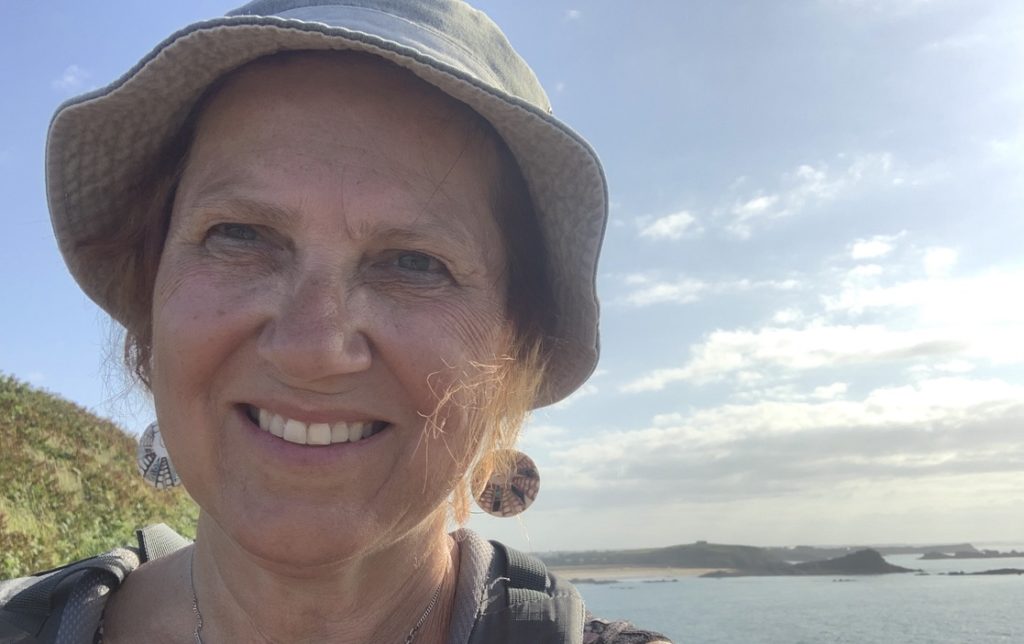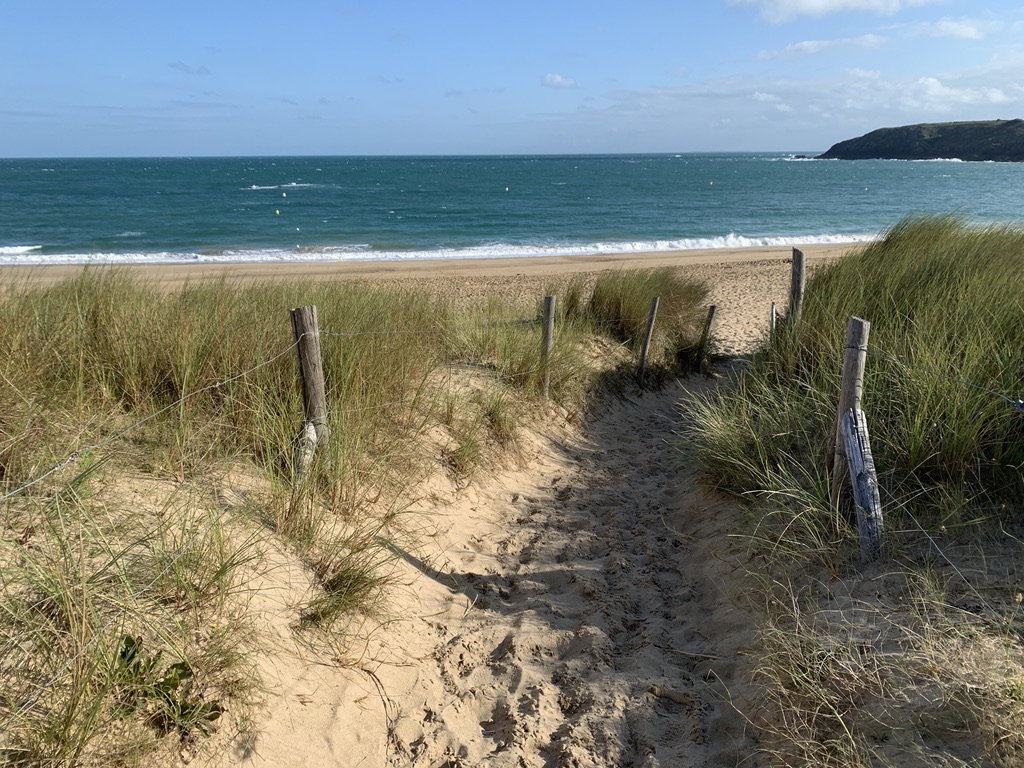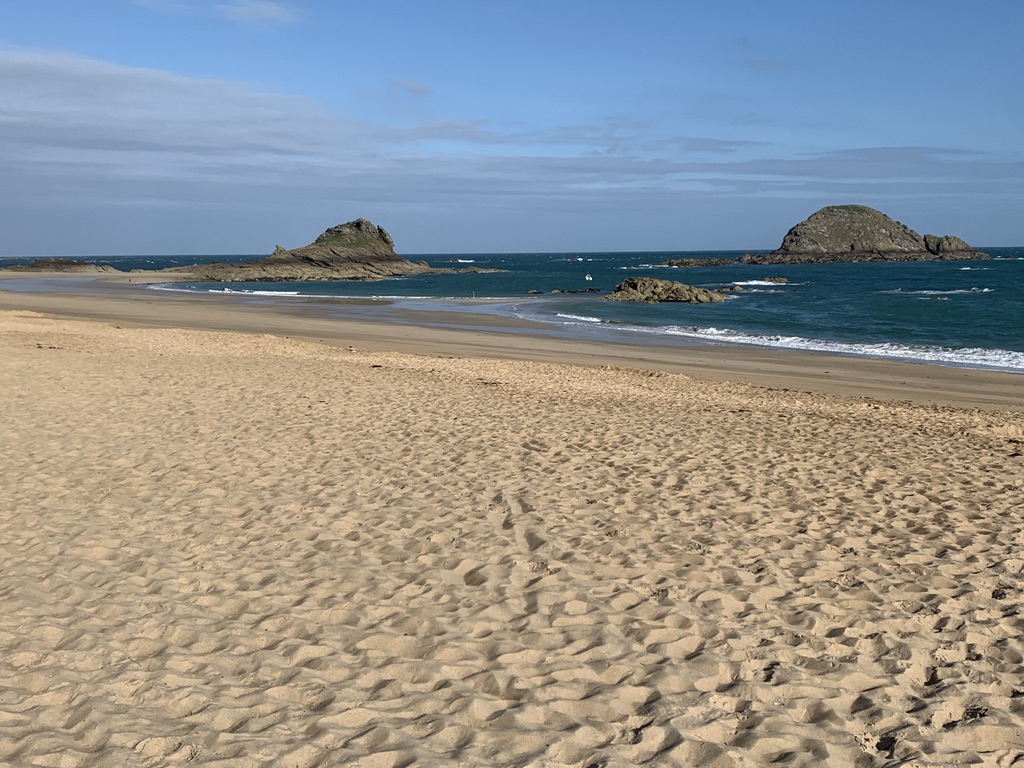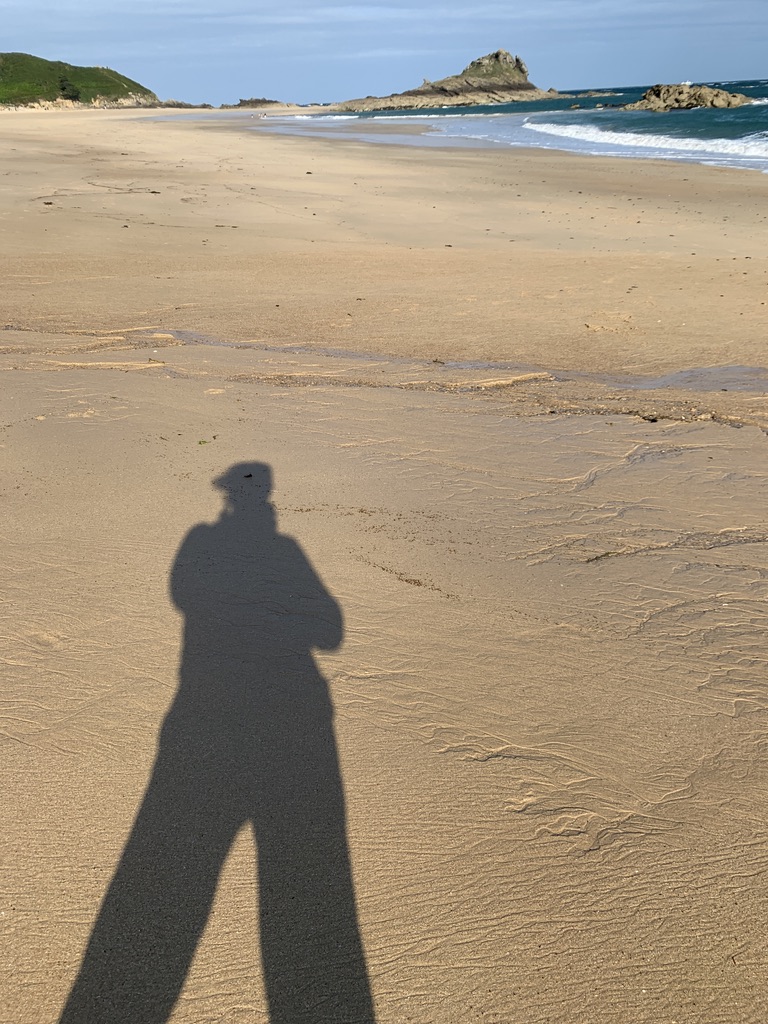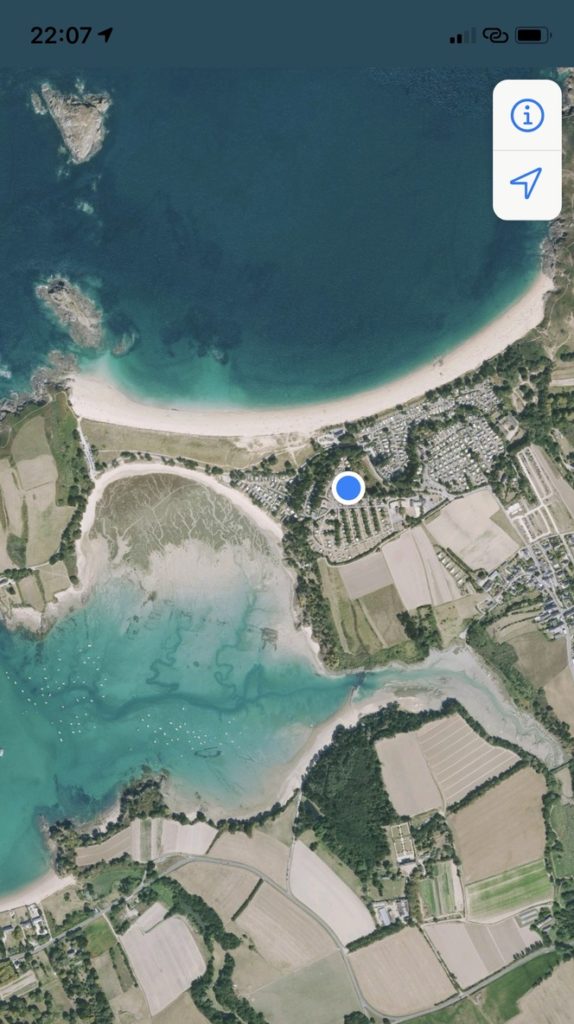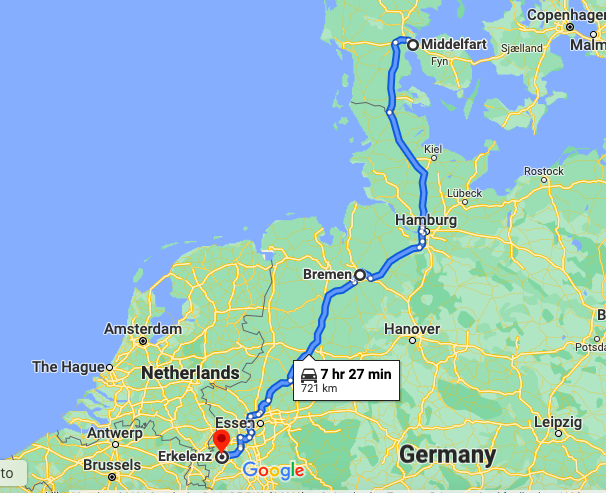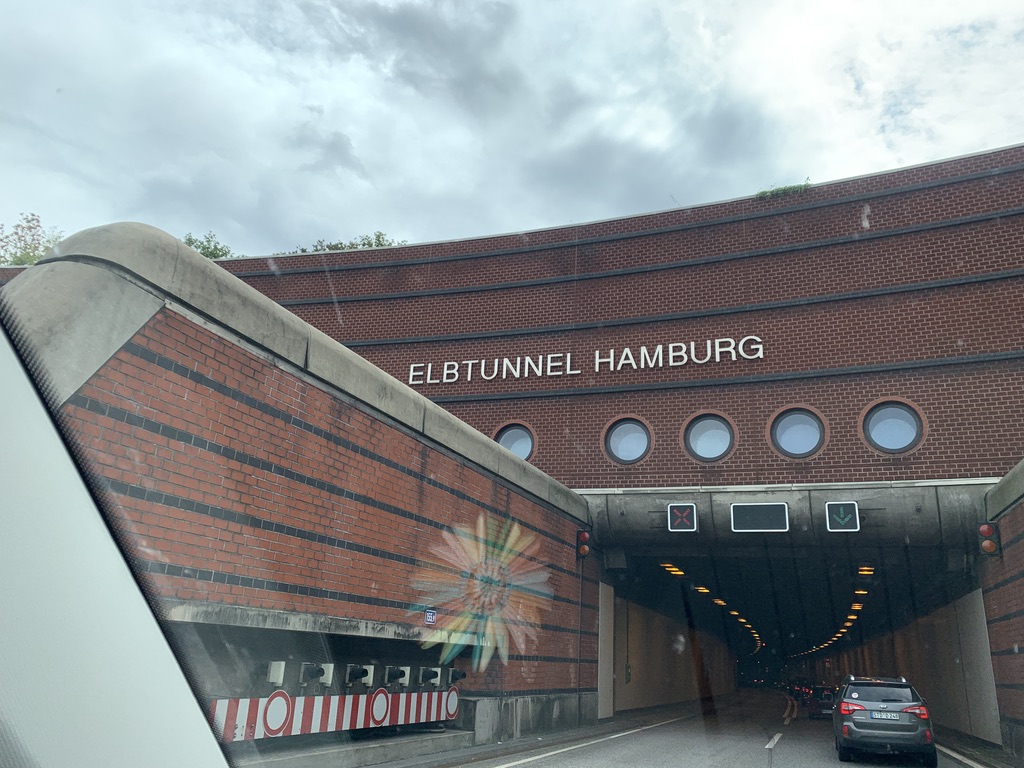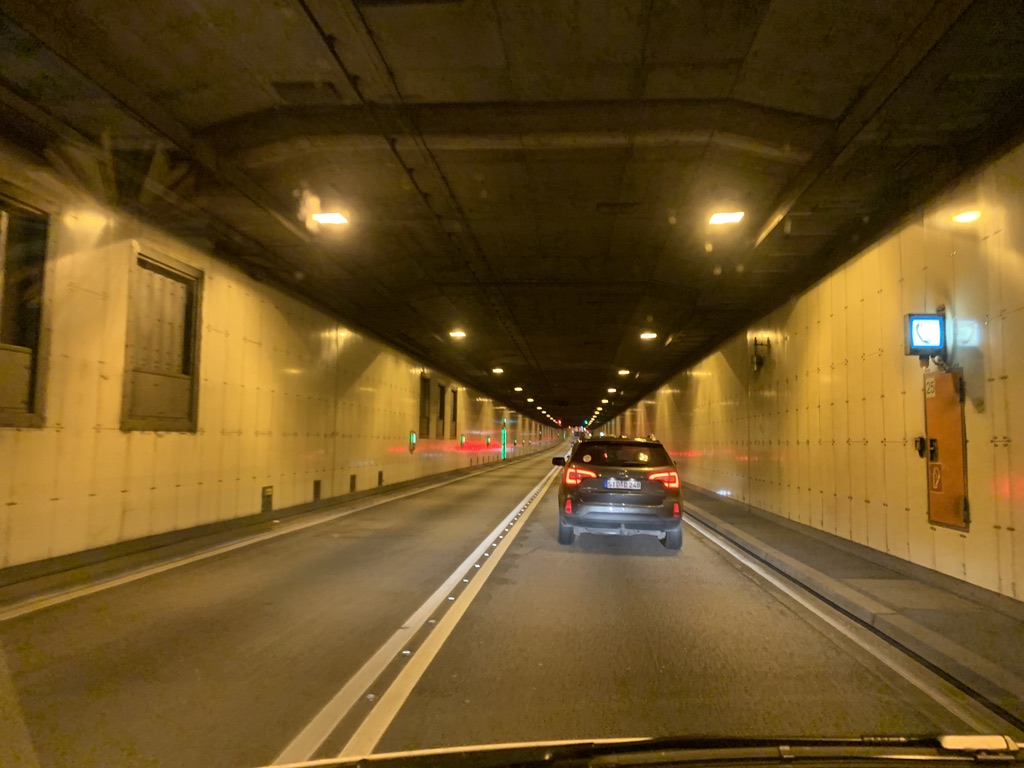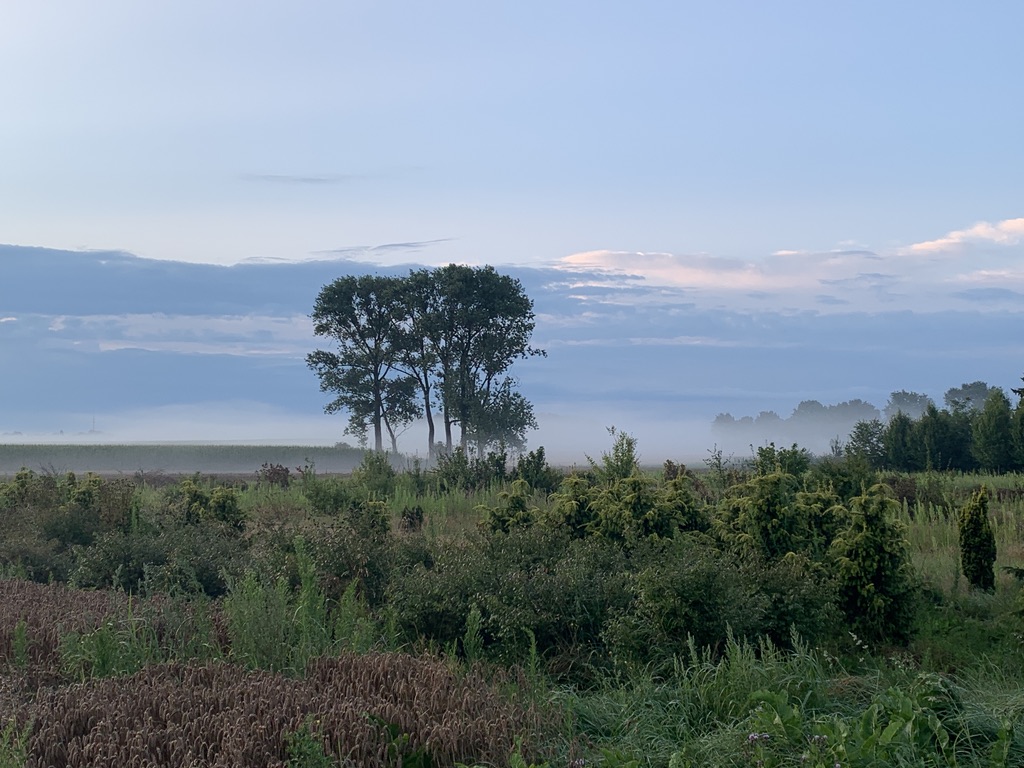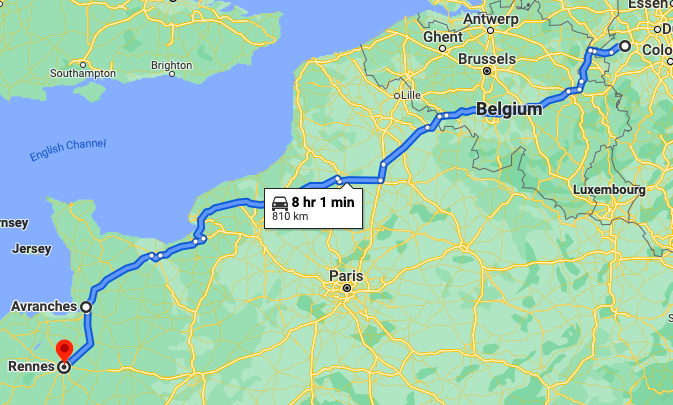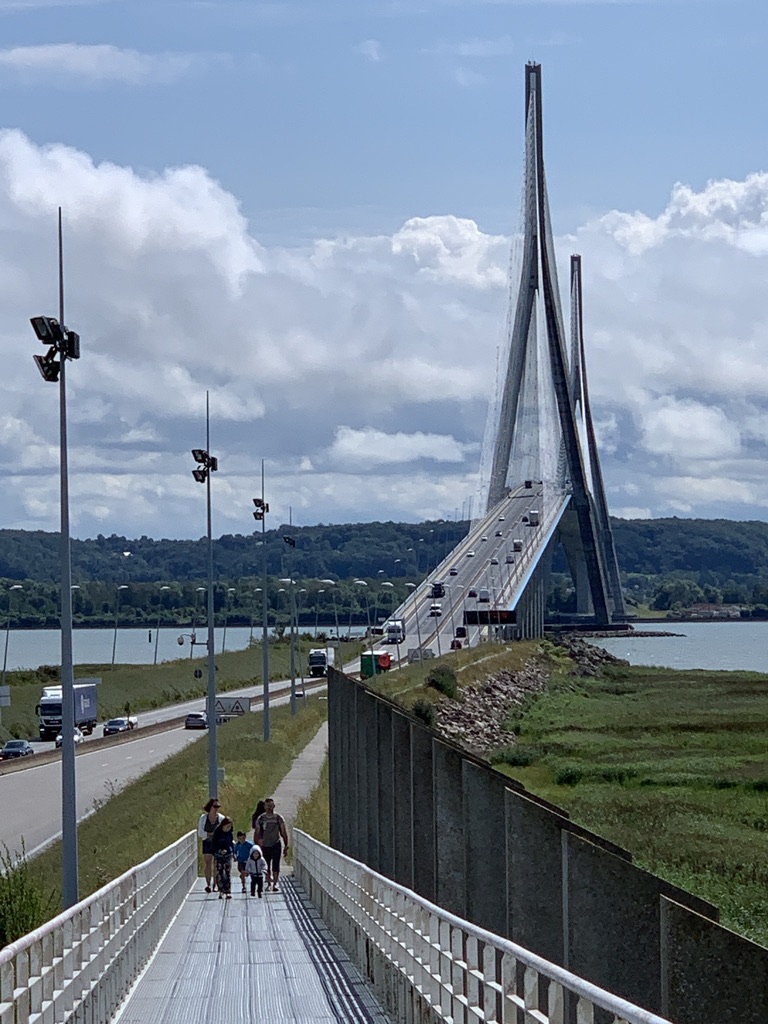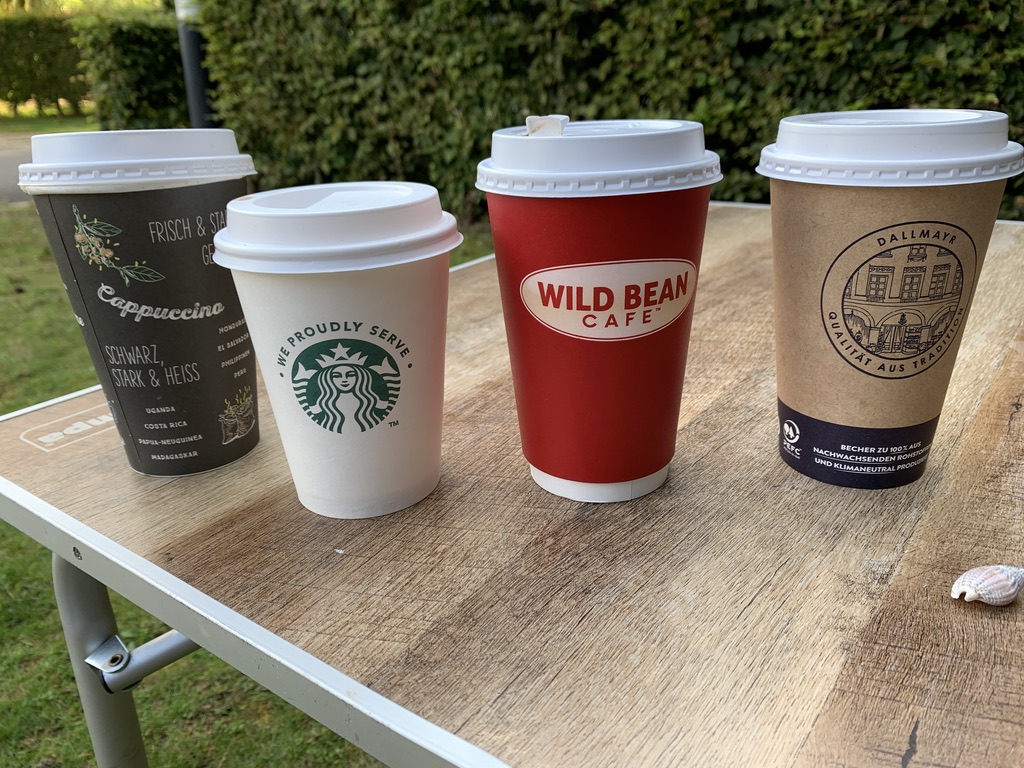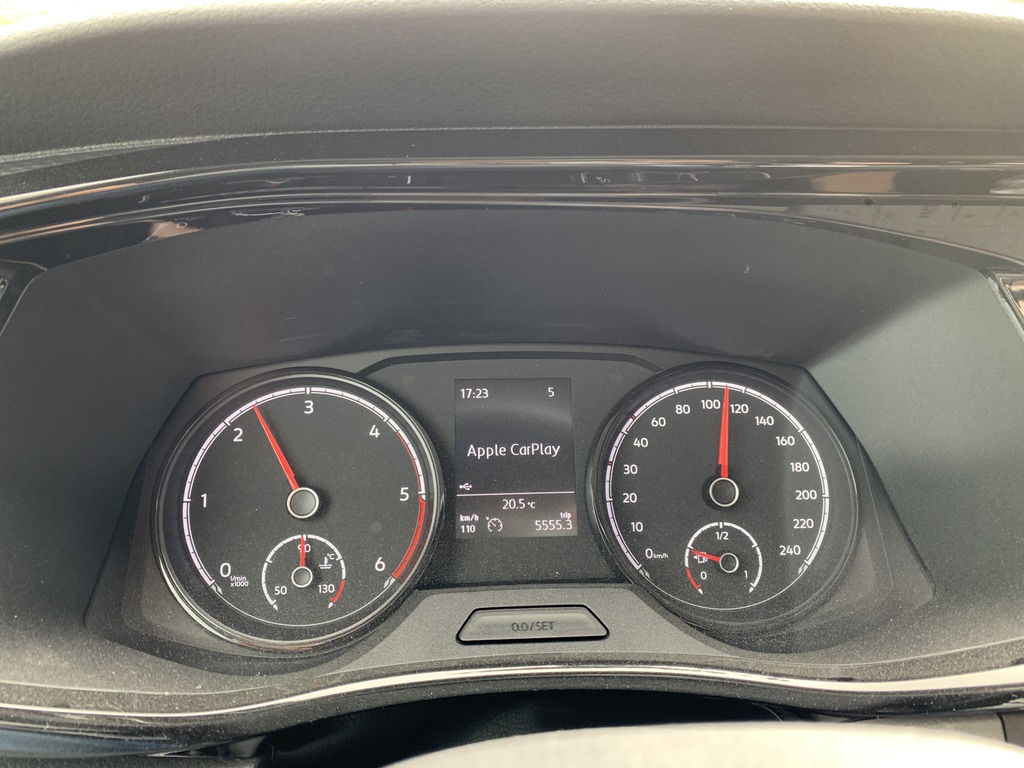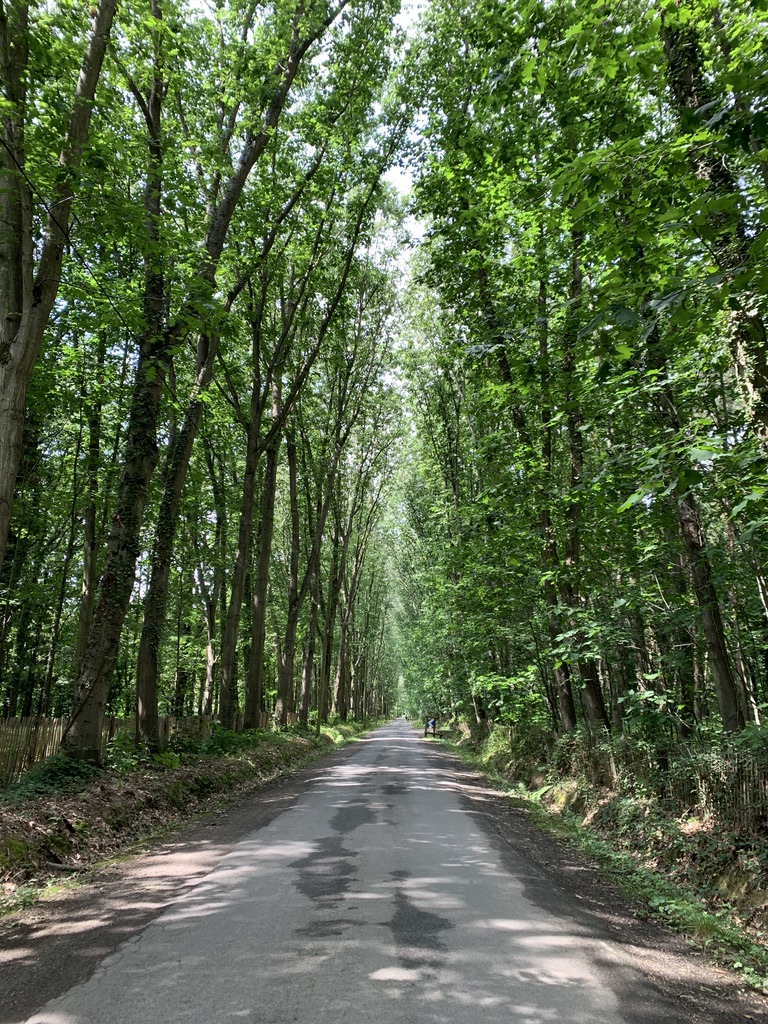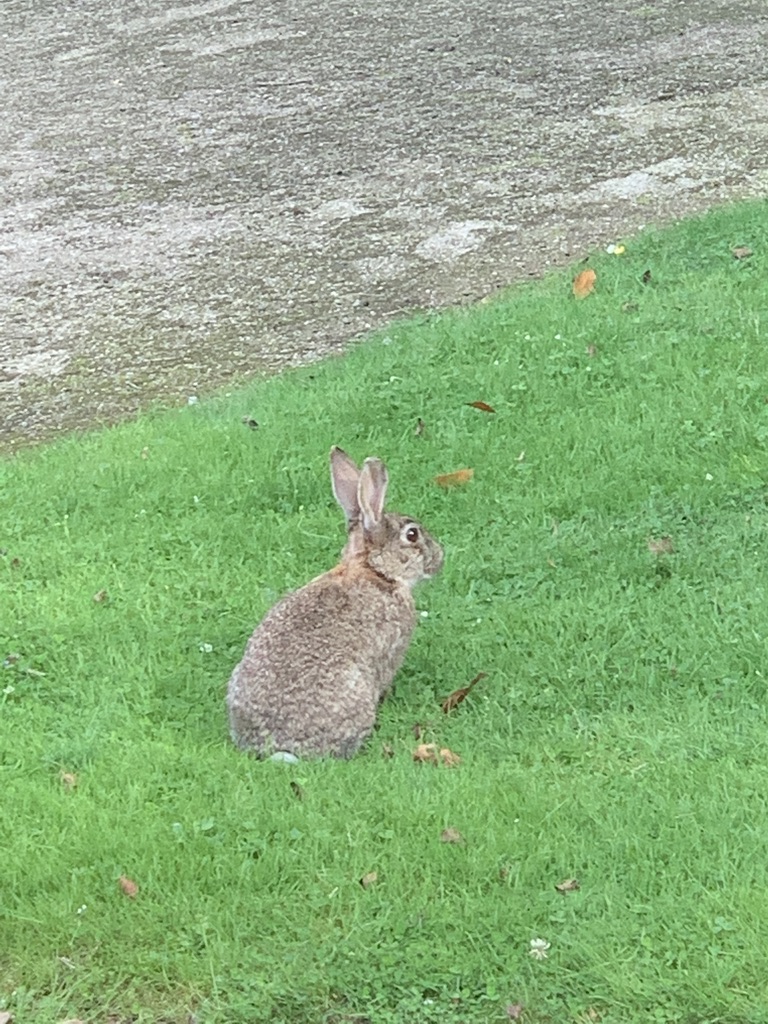It’s really only a few days that I stay at home. I’m loving it. I don’t think it is too short. No, it is just right. I love cuddling the cats for hours, but I do not sleep well in my bed at all – too much have I got used to sleeping in my cosy van. I miss waking up and having nature around me, seeing at once what is going on, breathing in the moment. I have learnt to live the moment. That’s something quite astounding for me, as I was and was known for wanting to plan everything well in advance. Well, I still need to do certain things well in advance, like packing my luggage. The older I get the more time I need. Time to think, time to consider, time to focus. Yet, having time does not automatically mean planning.
We are going to Tuscany.
So, early in the morning my younger son and me drive off. My older son still has to stay at home as he has started an apprenticeship as IT-platform developer this year. We drive off as usual when it is still pitch-dark but I make two mistakes: I stop at a petrol-station to fill up the tank and I stop a second time to get rid of my morning-coffee. We lose about 15 minutes – and they cost us about three completely nerve-racking hours.
You’ve to be early up there at north portal of the Gotthard tunnel on a holiday Saturday morning. Once the hold-up is building up, every minute counts. There are two lanes of cars approaching at 120h/km having to slow down to nil. I’m not good at mathematics but the queue builds up incredibly fast. So, there we are waiting a whole hour in front of the portal.
And once you’re delayed it kind of accumulates everywhere after. There is a huge hold-up at the border and even though I drive around it, it takes us an unusual time to get onto the Italian motorway. And as it is getting late morning there are already a lot of people on their way on the ring-motorway around Milan. So, that slows us down once again. On top there are building sites slowing us down when crossing the Appenin mountain range. And then there are these bloody toll paying stations – what an outrageous invention! Millions of cars have to slow down, wait in queues, having their engines running all this time, burning billions of litres of fuel and thus producing fumes and adding to climate change for almost nothing! Once I pay 2 Euros, once I pay 3 Euros, nerves racked, delayed, standing in the heat of the day! Thank you, Switzerland, that you charge me by a yearly badge!
I’m completely exhausted when I finally drive into the campsite three hours later than usually and swear that if ever I do that drive again I will get up even earlier or set off on Friday afternoon! What a difference to my summer trip! Getting from A to B on a planned schedule seems not to be my thing anymore.
I first went to that campsite Maremmasanssouci in summer 2005. My older son was a not even 2 year old toddler, my younger could not even walk! My boys have kind of “grown up” on that campsite. They loved it, as it is next to the sea and the lush vegetation forming smaller and bigger rectangles and squares as pitches was kind of a forestry labyrinth for the two little boys.
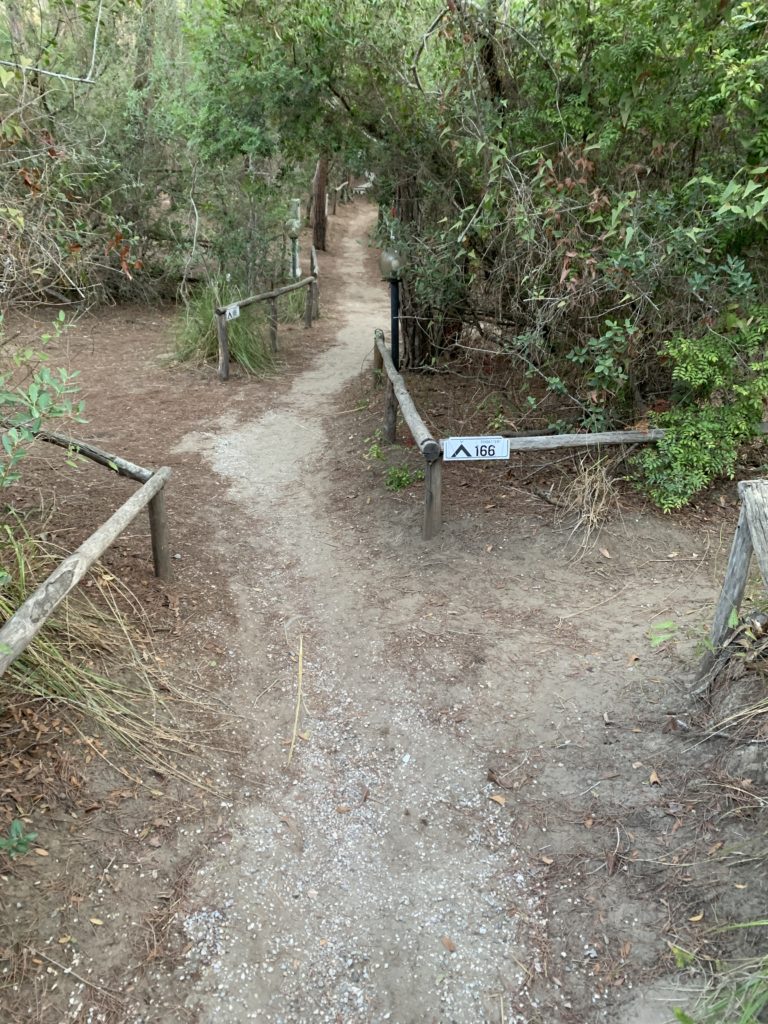
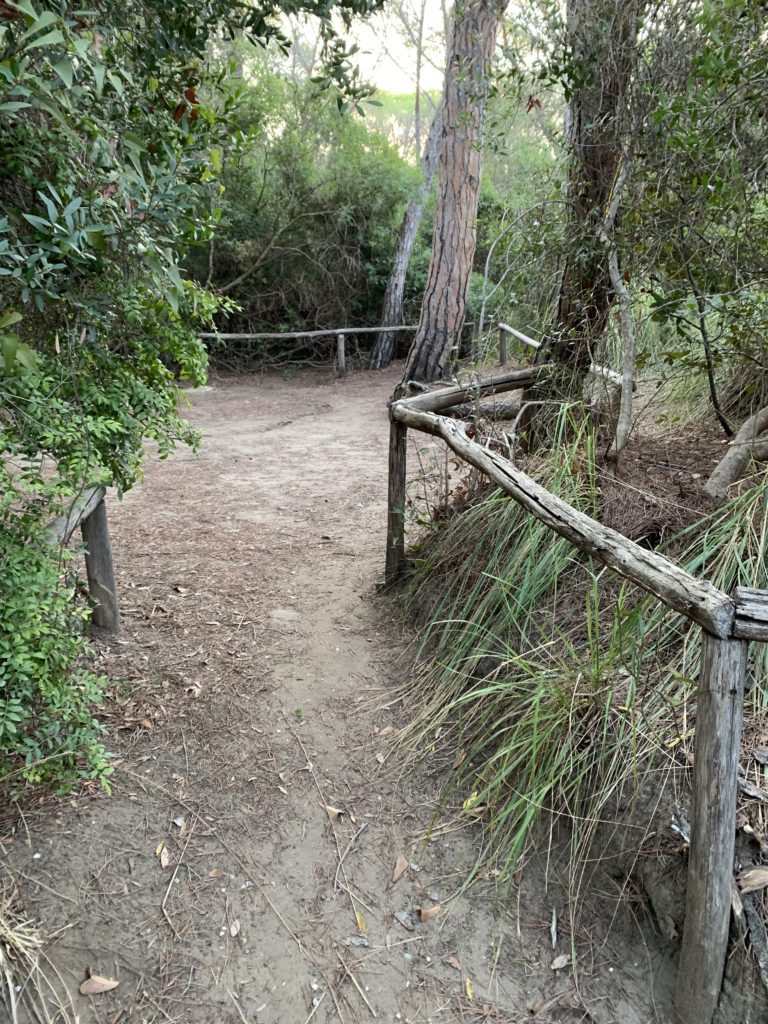
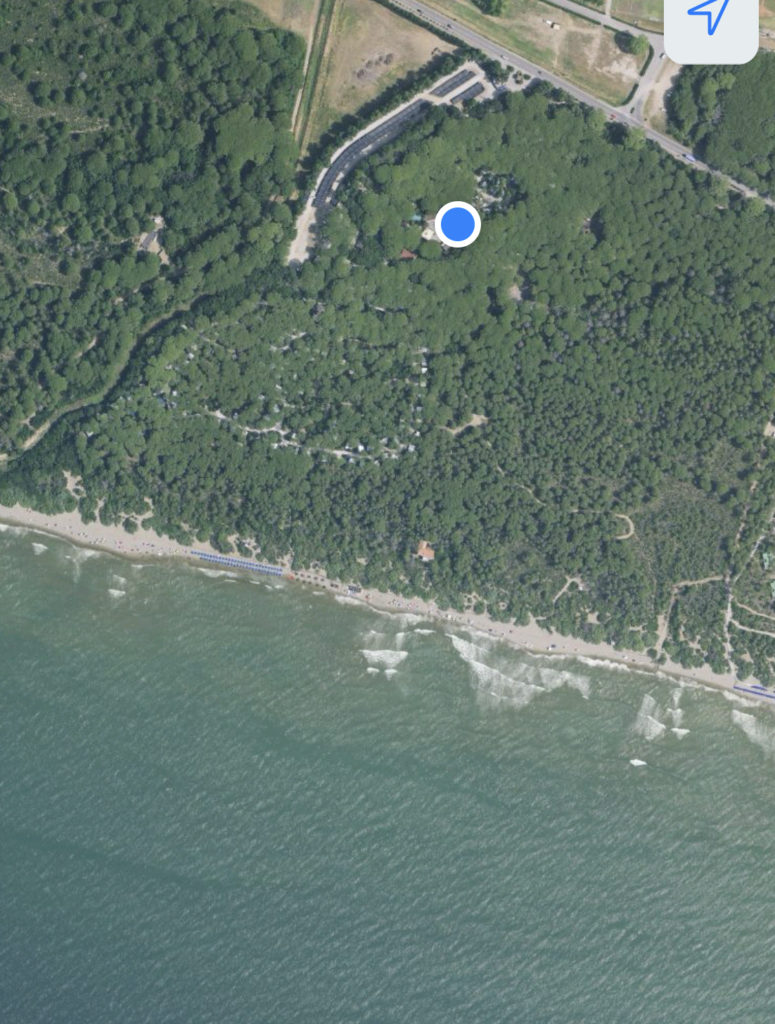
The first two years we went in summer – but found middays unbearable hot. So, I changed strategy and went there during the autumn holidays for many years – prolonging summer in Tuscany, wonderful. The side-effect was that there were almost only Swiss people on the campsite as these are the ones that are having holidays at that time of the year.
There is a small playground next to the bar and restaurant. Children used to gather after dinner and play ‚cops and robbers‘ for hours. The ever so amazing fact about it was that – unlike at home – every child was welcome to join in. There were six-year-old boys running after 15-year-old girls, the typical age-gap conventions were forgotten. And once the game was over at 10 pm sharp, the small kids went to bed, the teens turned to more silent games and the young adults moved down to the beach, to hang out and do things that parents should rather not get notice of.
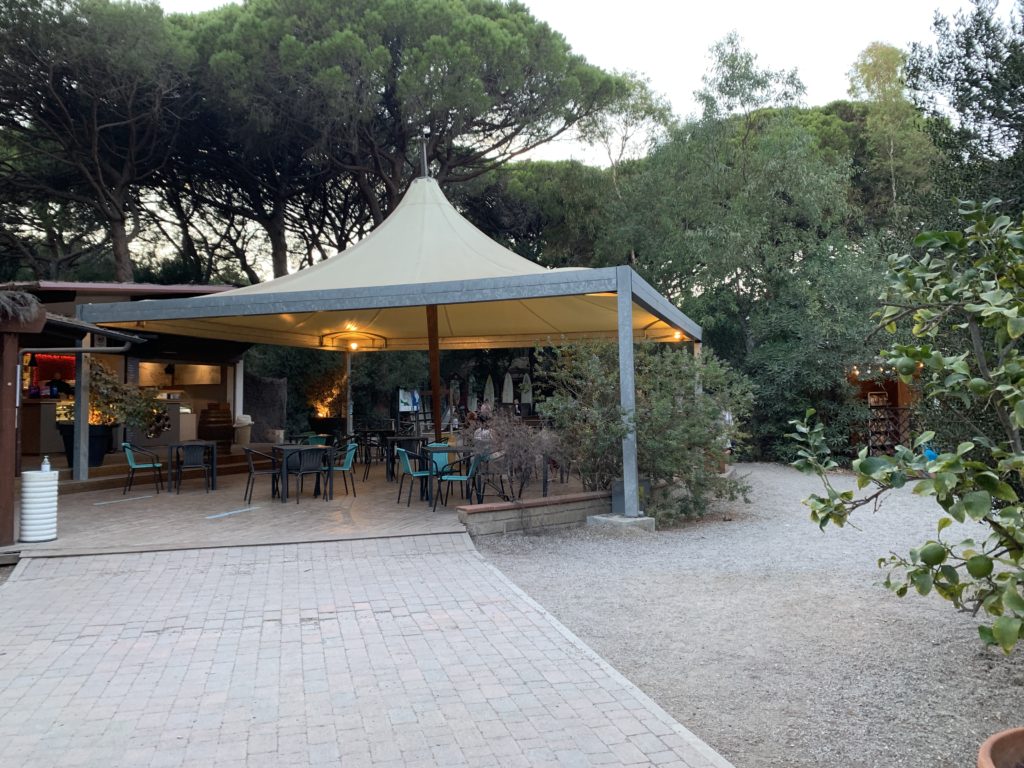
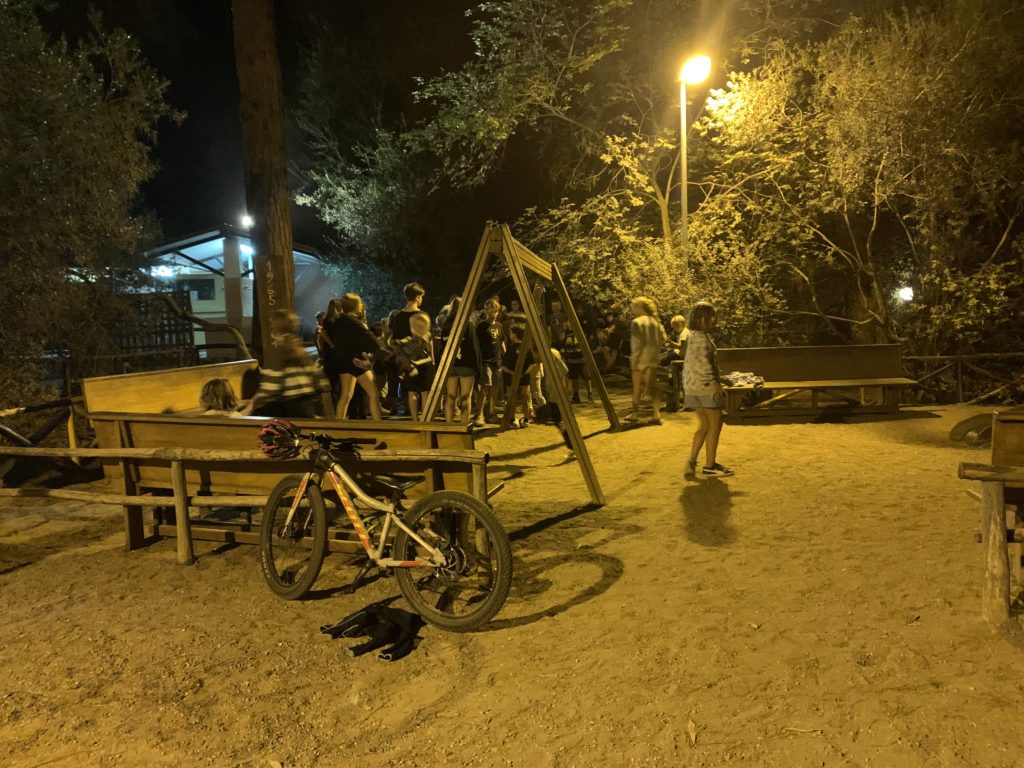
When I pass by the playground one evening, I see them, about 30 children playing ‚cops and robbers‘ – as back in the days when it was still the highlight of the day for my own boys. Now my youngsters are a bit bored of it, but two of the 17 year old ones of the group even join in one evening! This sight touches me deeply. To see these children run around and chase each other for hours, young and older ones, these children who are blamed to solely spend hours in front of screens – it’s moving. And any adult that’s complaining about children running around – should leave the campsite!
My boys loved it and love it. They made friends. When they got older, they founded a WhatsApp Italian holiday group-chat and stayed friends. Now, they even meet at home during the year, organise their next stay in Italy. As almost grown-ups they don’t want to spend their holiday with their mother anymore. So, the boys share a bungalow with their best friends and Mummy stays on a pitch in her freaky camper-van. Never mind. Life is beautiful.
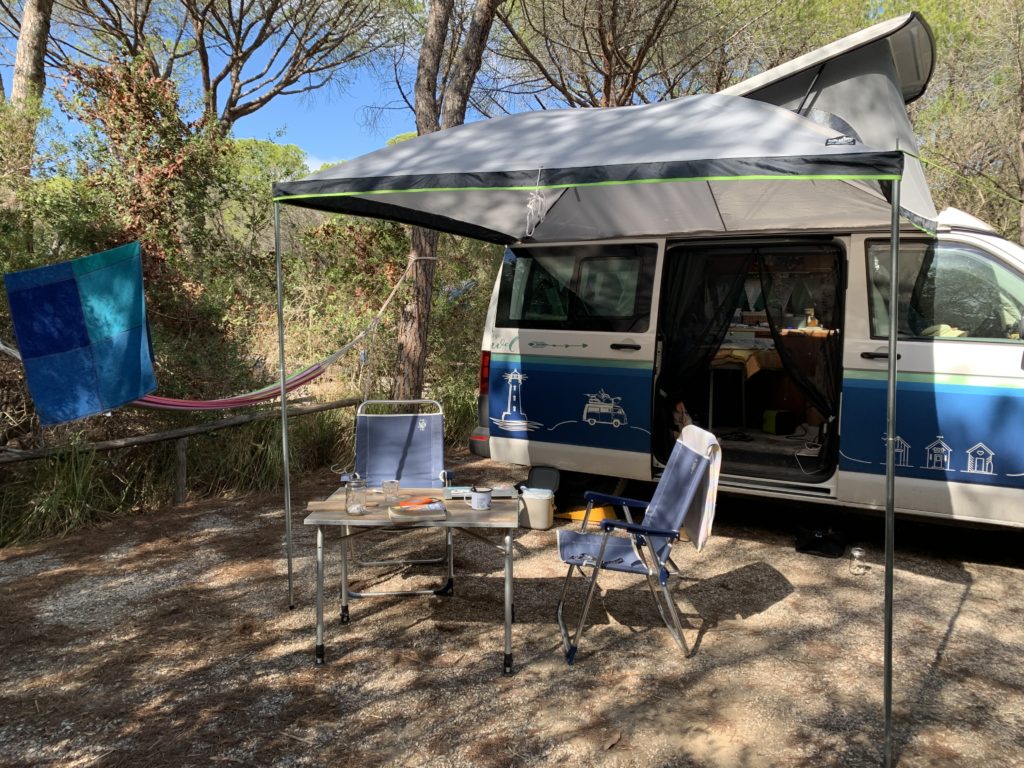
The campsite is full, really full. I think there’s almost no single pitch left. It used to be rather crowded that first week in October getting emptier from day to day, but what I see this year is extraordinary. No offence – families with small children everywhere. True, this campsite is ideal for families with small children – I was one of them for many years, but it’s still extraordinary this year. The beach is cluttered with inflated dolphins, crocodiles and other inflatable objects, you have literally to find your way around buckets and shovels, sand castles and frightening deep holes! I later learn that the campsite had advertised through a holiday agency of a well-known grocery seller-chain in Switzerland as well as in Germany. On top of that many people have become campers in Corona times that have not been campers before. It’s understandable, yet, for those who have been addicted campers for many years it’s a bit annoying to suddenly have to share nice places with so many other people at the time. I wonder, why other Italian campsites around have not grabbed the opportunity and stayed open for the onslaught. Only in the evening there is peace and silence!
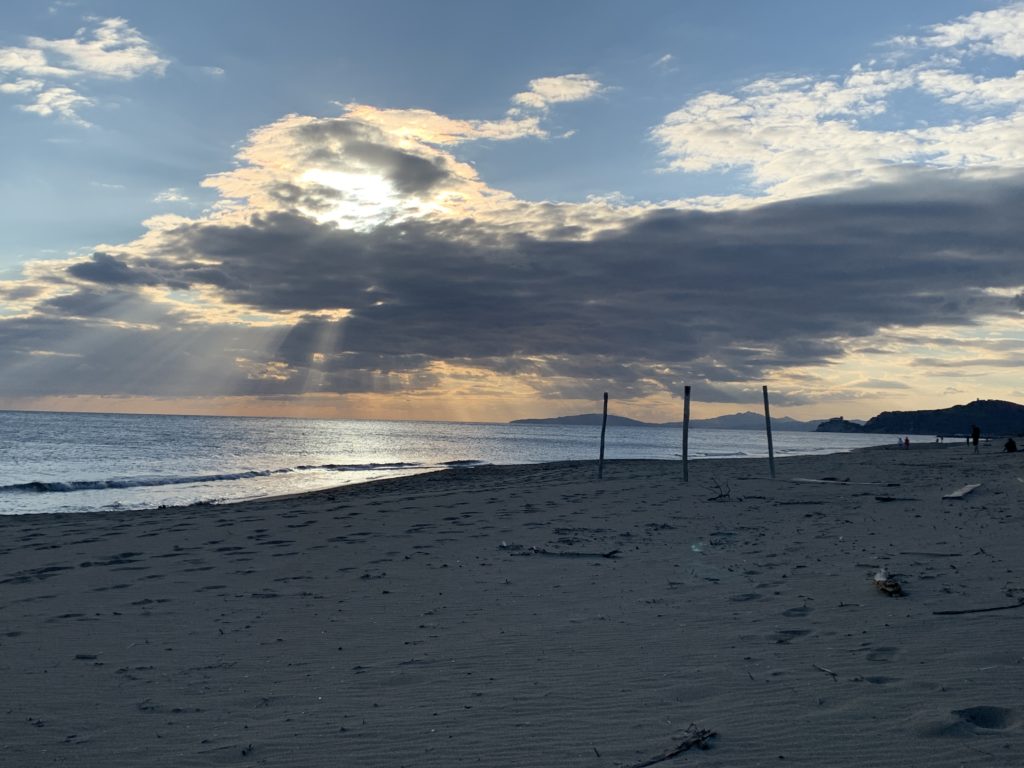
So, I am kind of relieved to leave my boy with his friends the next day and go to Florence where I have – rather spontaneously again – booked a course on useful programs for teaching at Europass. When I called Europass on Friday the lady had asked me doubtfully whether I really would make it to get to Florence on Monday. Yes, I will! I decided to do this workshop in the first instead of the second week of my stay in Italy after the weather forecast had turned out not to be very good for that week hoping for more favourable weather in the second week. And on top – the workshop suits me fine!
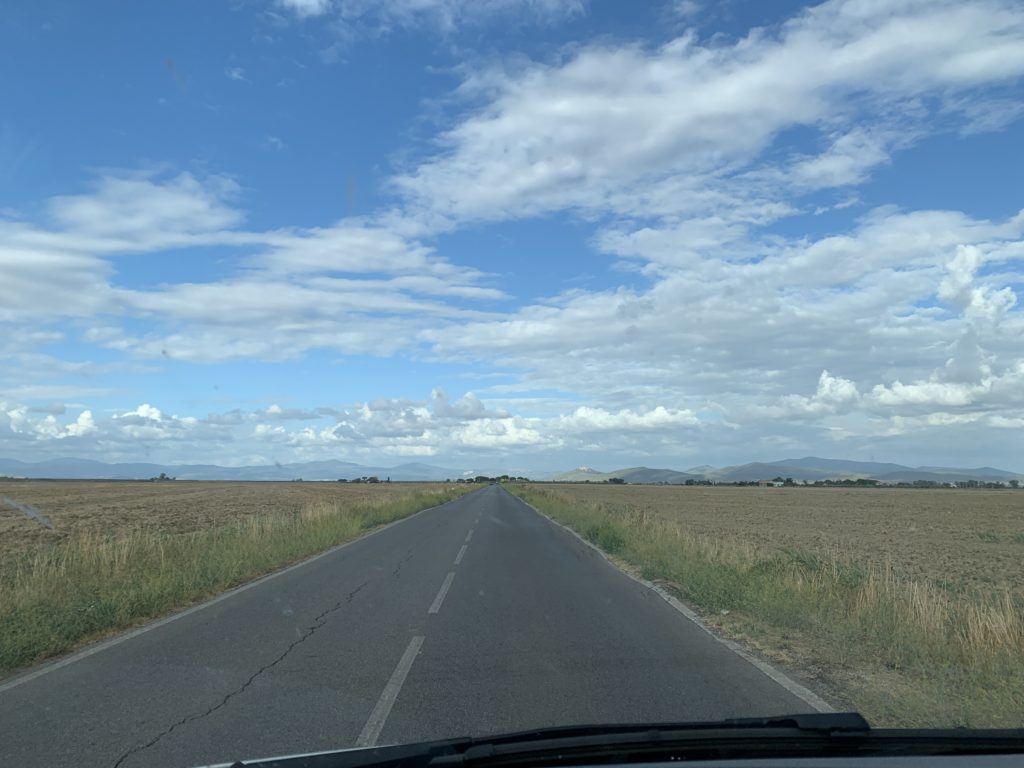
Tuscany is beautiful. I’m peacefully driving along when I have to turn onto a small road leading to a village a bit inland. There is a sign inhibiting cyclists to take this road and I wonder why, as a country road not that busy should be perfect for cycling. I soon find out, though. This road is just too dangerous for cyclists as there are long and rather wide crevasses all over the tarmac. The road was built on swamp land and obviously it was badly built as the tarmacked sides are about to break off and by doing so many crevasses have broken up as well. You have actually to take care not to get too near to its borders as it is unstable and thus speed limit is at 30 km/h. I ask myself where all the financial aids from the European Community have gone – am I really still in Europe?! This road is simply a disgrace! I have already joked about the SS1 Aurelia coming down from La Spezia to Rome – the Strada di Stato Numero 1!! A conglomeration of potholes! Speed limit at 110km/h if you want to ruin your shock absorbers. Well, SS1 is a shock for your absorbers! But this road tops everything I have ever seen. At some places there was weed growing out of the crevasses.
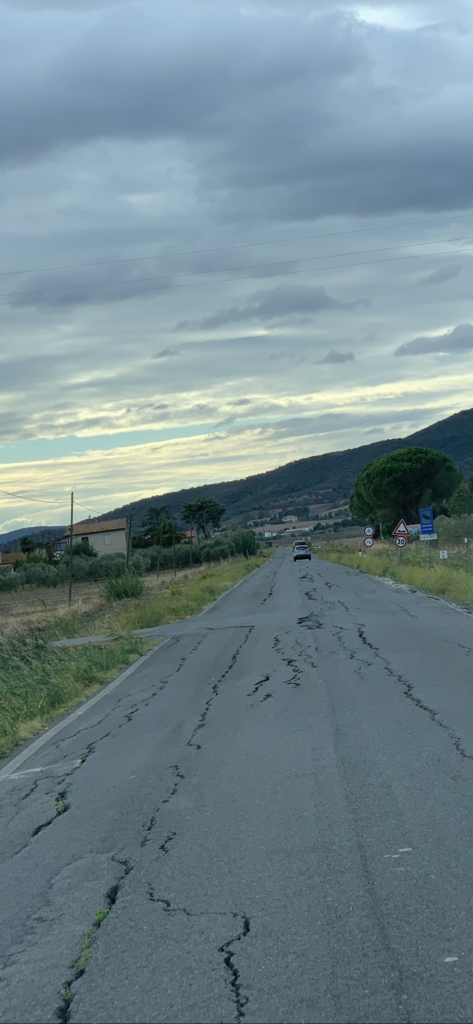
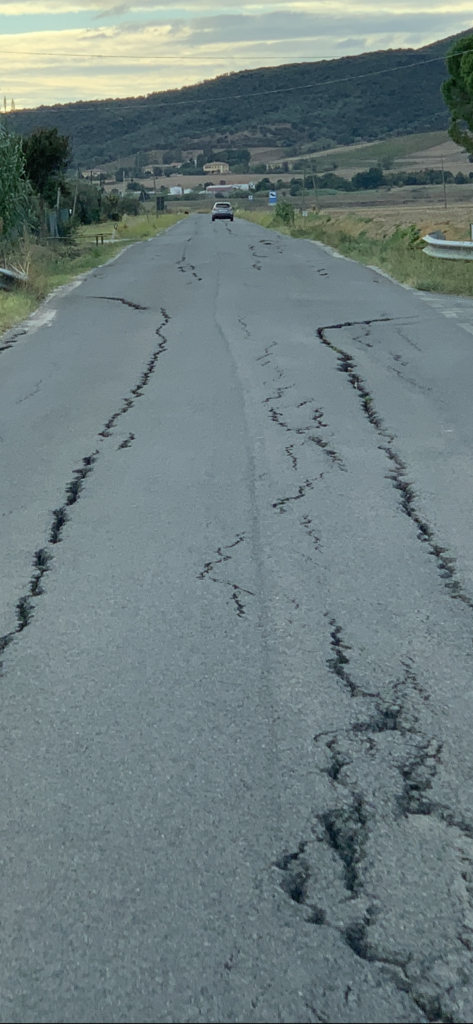
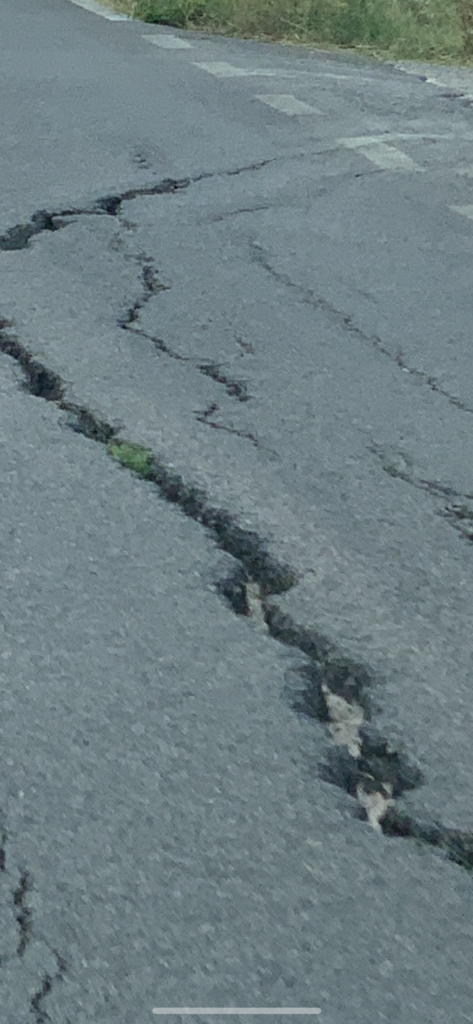
We are in Italy! So, 30km/h means that the average speed performed is 60 km/h. I try to do my best and drive about 45 km/h and still I’get doubled all the time which makes my heart sink each time on that road.
Later, when I’m driving on a road with a speed limit of 60 km/h the correct speed for Italian standards seems to be 90km/h and when I’m driving on the highway at 100 km/h (speed limit 90 km/h) I’m still considered to be an obstacle! At one time I spot the remains of a lorry, completely fallen apart, burnt down, rather a skeleton than a lorry. I week later, when I drive past it on my way back, it’s still there, untouched. Left over to remind drivers to slow down? Or just neglect?
I had not expected the campsite in Florence to be soo crowded at this time of the year. The guy at the reception tells me it’s completely booked out, so I try to be happy with my pitch. Next door are Germans. They warn me of bicycle thieves in Florence, gangs from Romania or Northern Africa, they say. Their favourites are expensive electric bikes – well then, take care Susanna! I do, and by the end of the week my bike has not been stolen! But one day I actually witness someone ‚taking‘ the back wheel of a seemingly abandoned bike with a ‚professional‘ tool – in the bright light of the day and with many witnesses around?!?
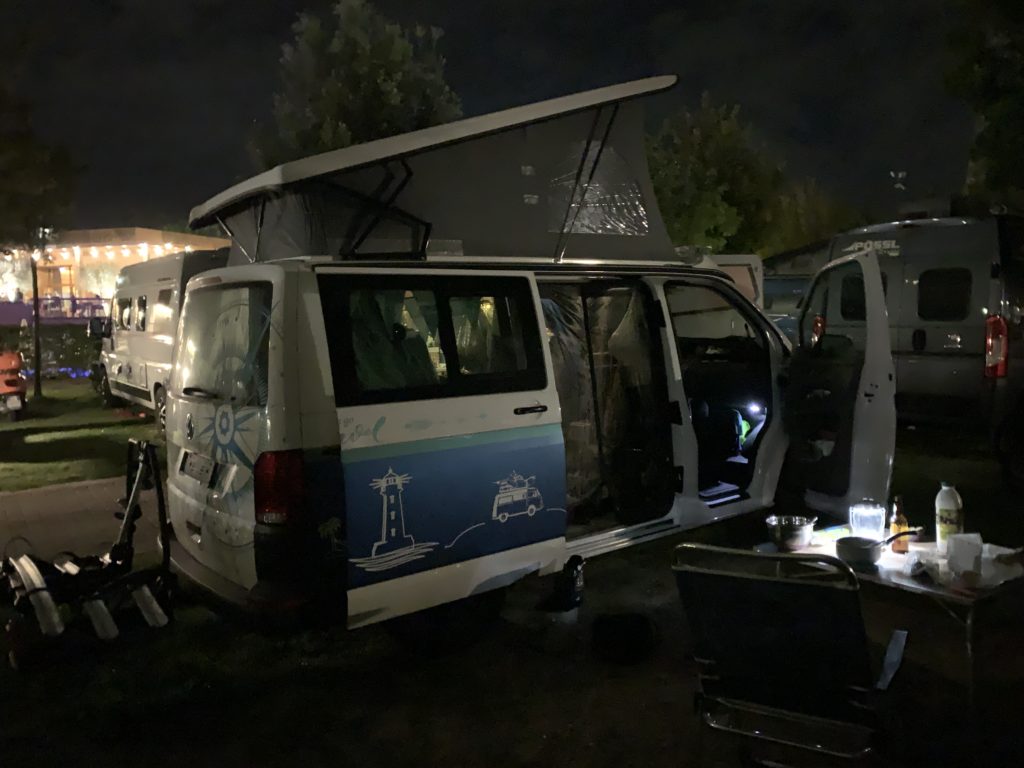

Then there are those German “road-surfers”. Once again, a pop-up appearance in Covid times. Rent your van! No idea of camping – camping is freedom. Camping is a subordinate, inferior way of having a holiday, thus, you needn’t care about others, you can play up – you and yourself! Those blokes come back from town around midnight, completely plastered and then they continue emptying more bottles in front of their van. They’re not aggressive, just having a jolly good time and just don’t care – camper novices! Only when I summon a guard, they stop. Next morning, I write to “road-surfers” and complain people should at least be told how to behave on campsites when they get handed over the van! Roadsurfers – surprise – actually reply to my complaint, apologetic, but telling me they cannot be made responsible for people’s bad behaviour!

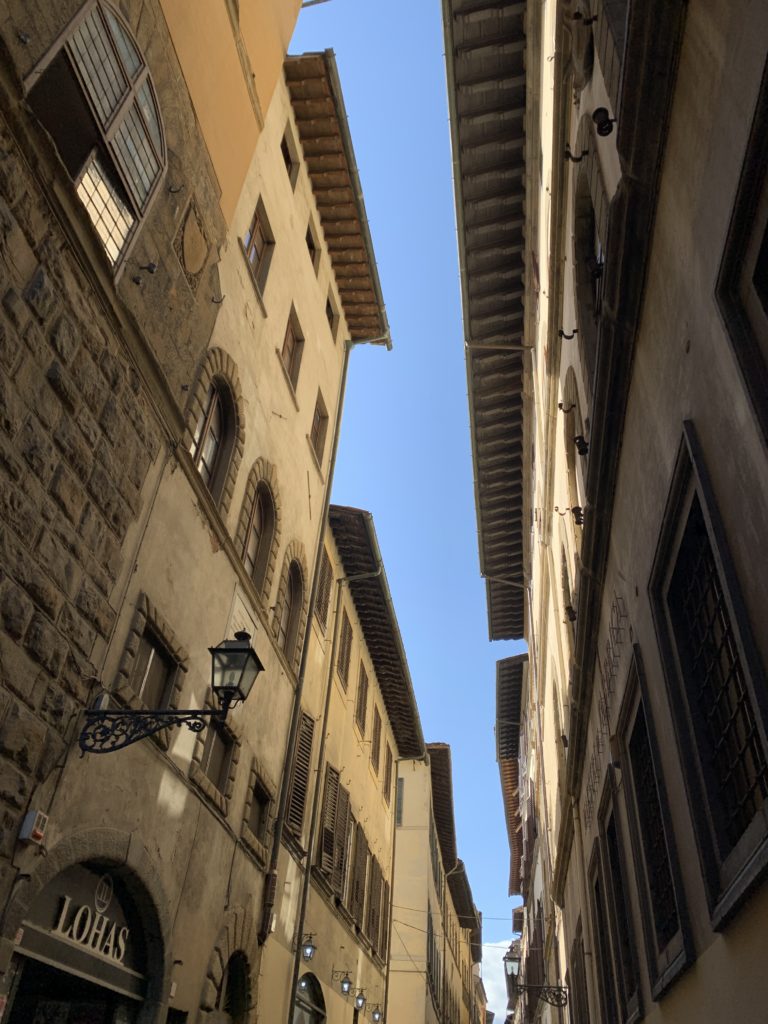
When I cycle to my venue next morning through the cramped streets of Florence (yesterday the bus had taken almost double its supposed time because of notorious hold-ups) I once again think – central Europe is faaaar too crowded. Thus, a lot of Florence people try to get into town by scooters, the famous Vespa all over the place. That’s kind of nice.
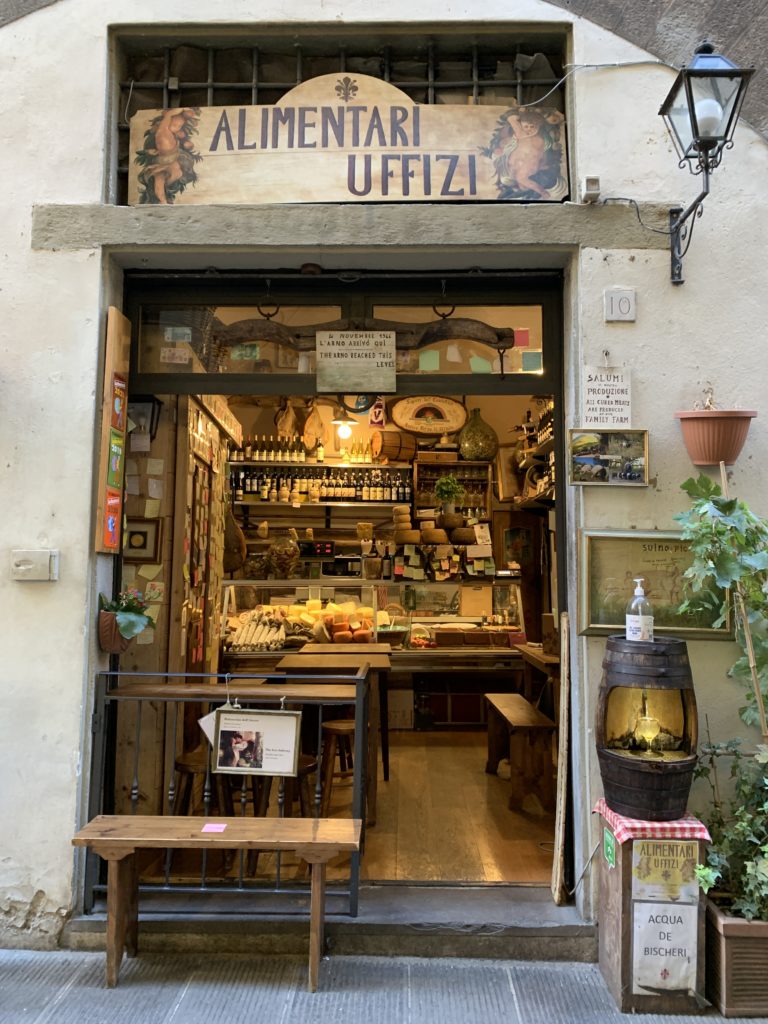
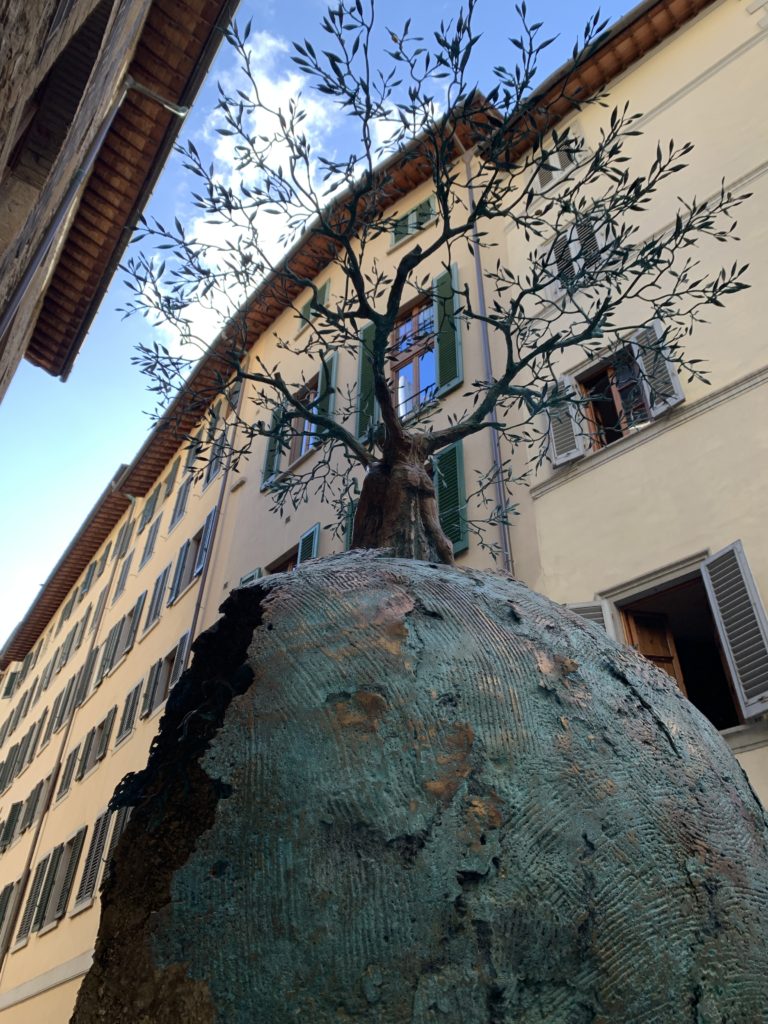
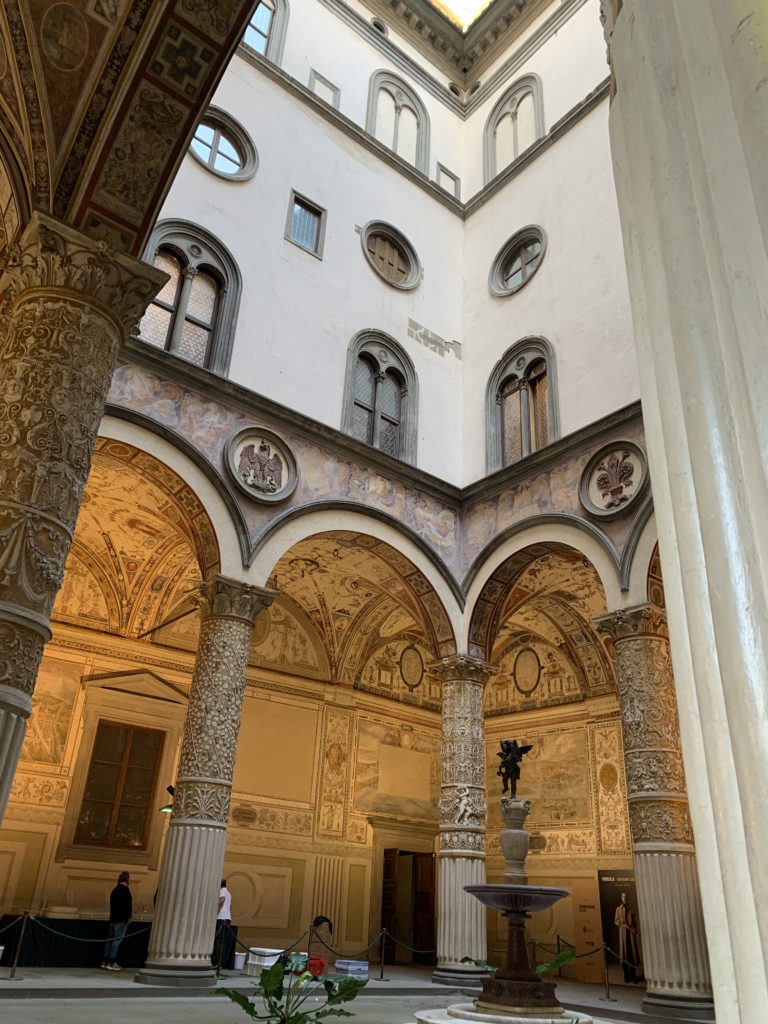
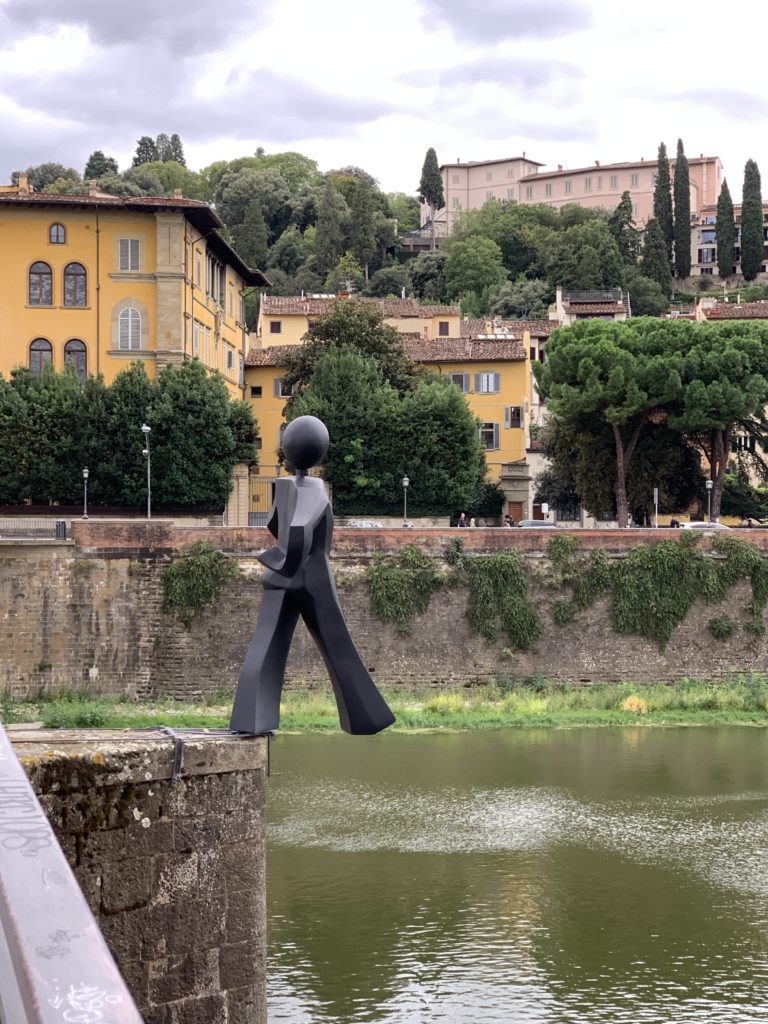
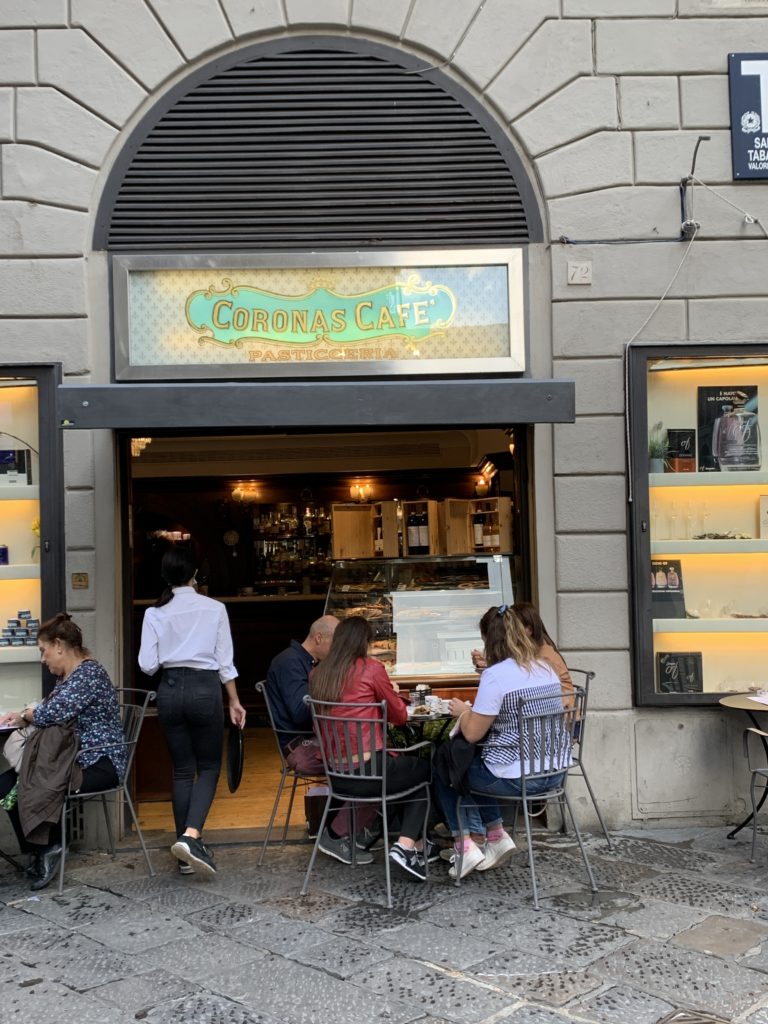
My course is great! I truly enjoy my time in Florence. I had a rather dull memory of it, gloomy, dirty, narrow. The streets are narrow and gloomy, alright, blotchy black from the fumes of too much traffic. I also remember the dome to be gloomy – and am surprised about its bright beauty!! Like a glittering jewel it’s shining from its place right in the city centre.
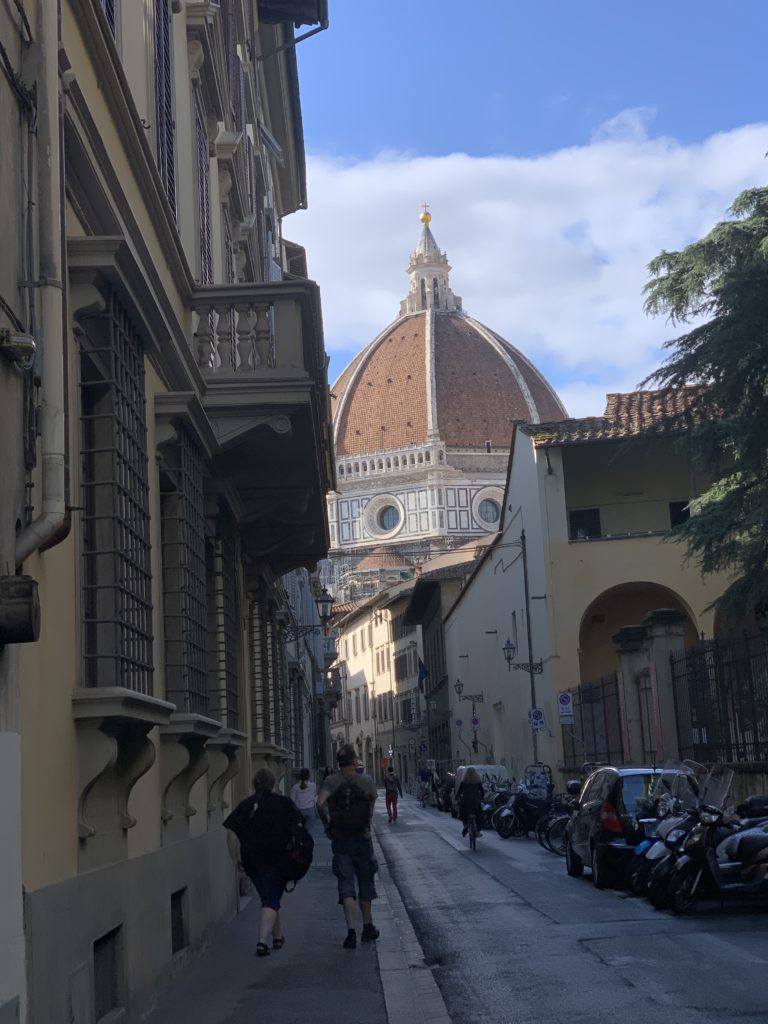
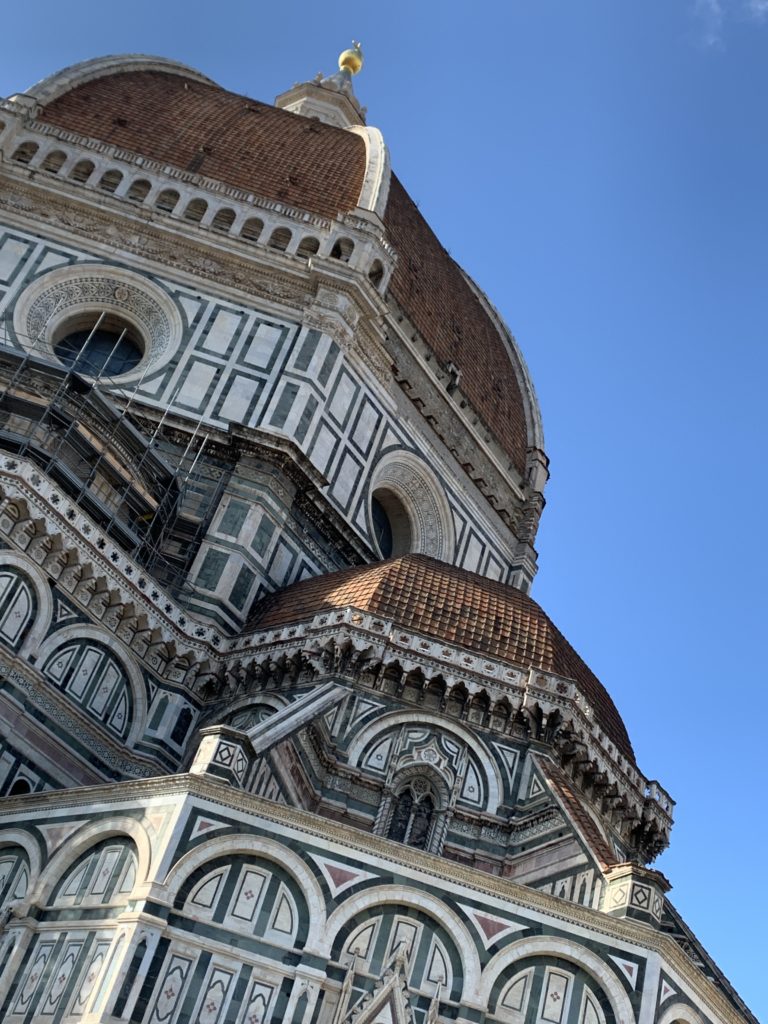
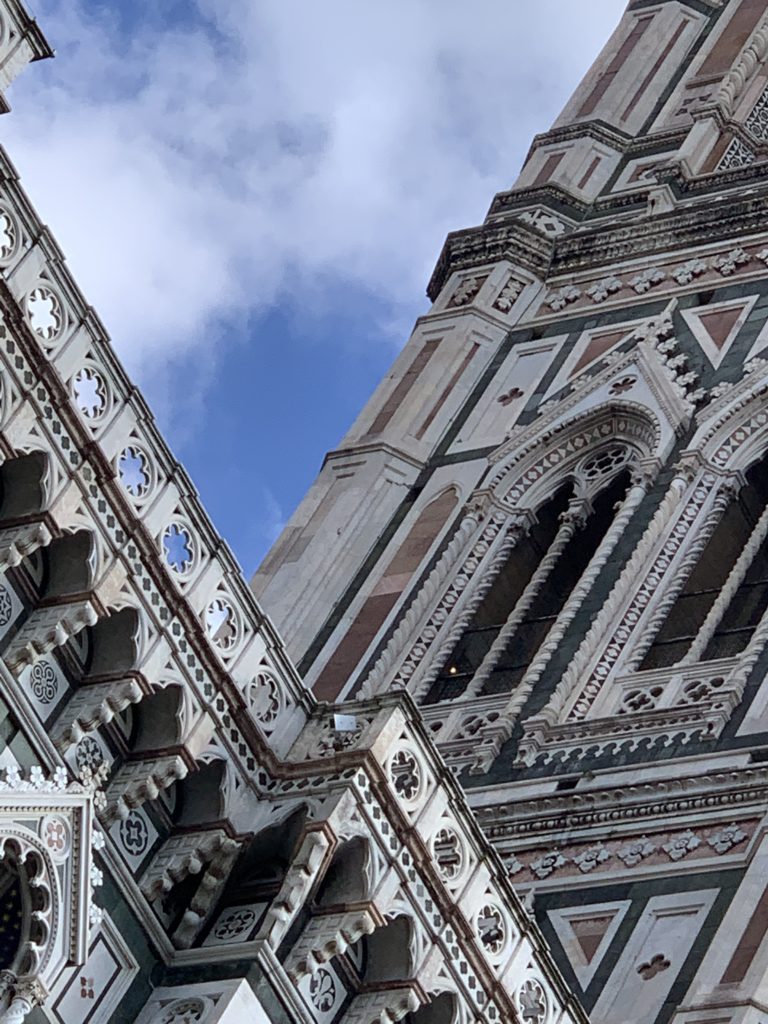

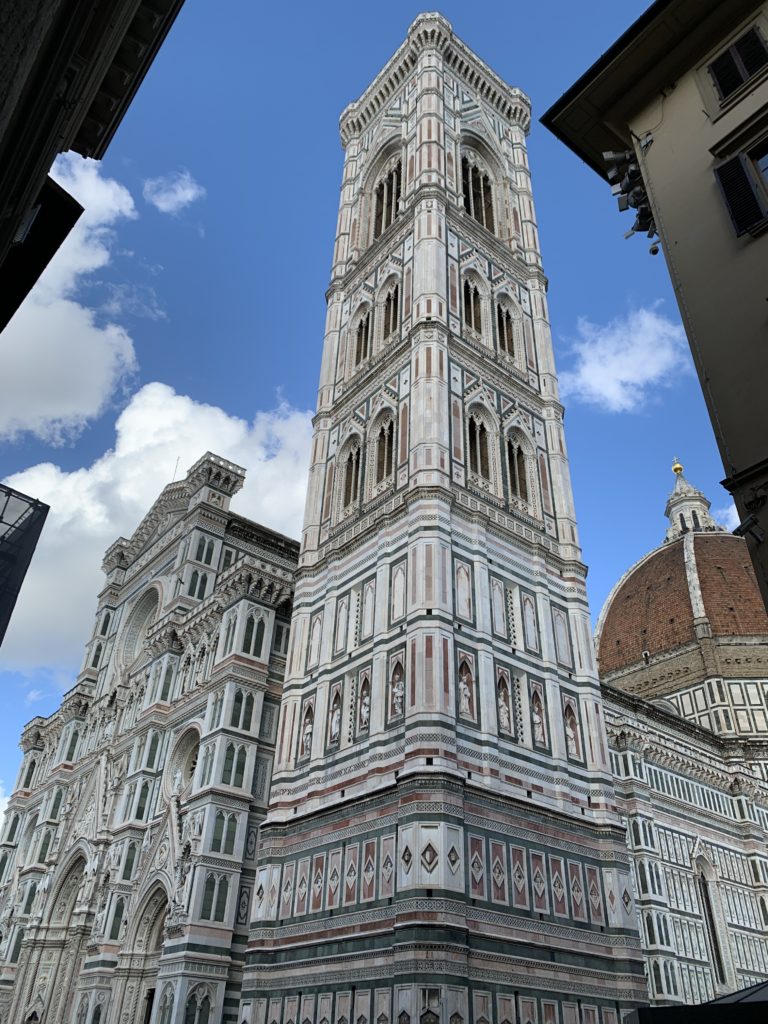
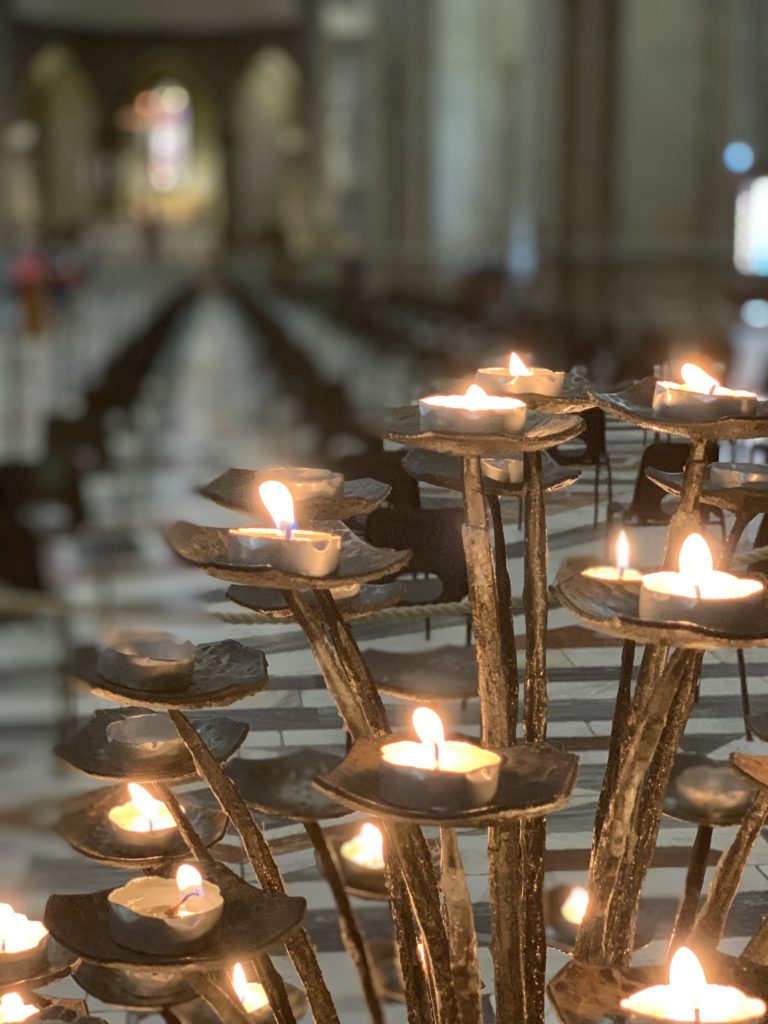
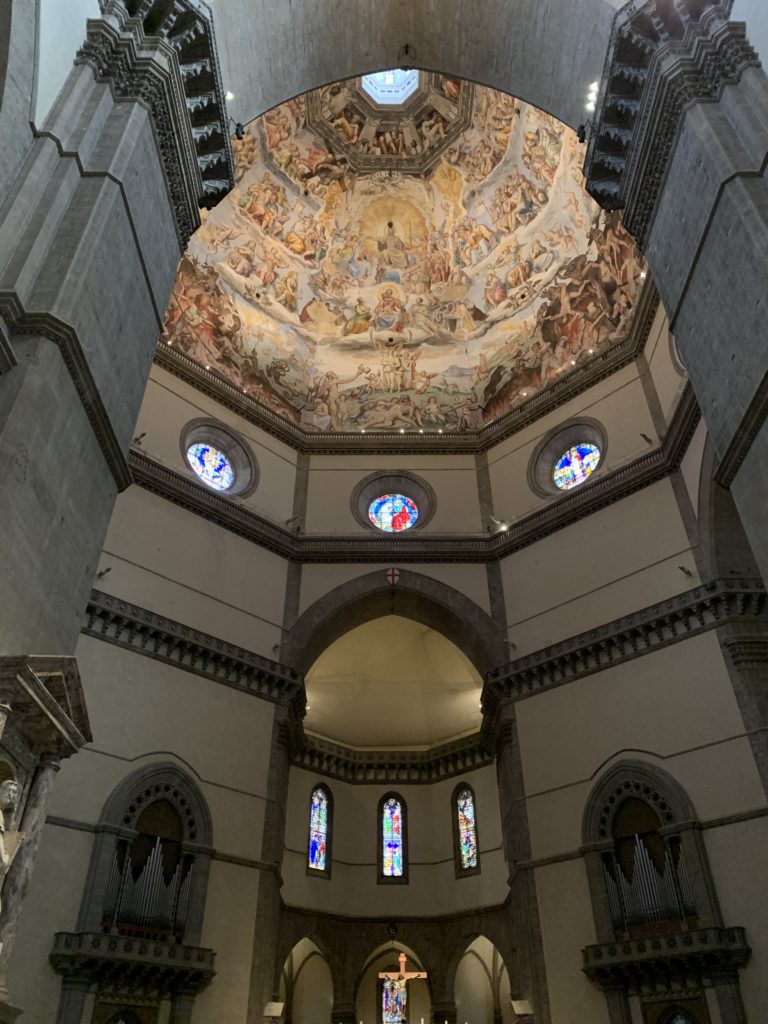
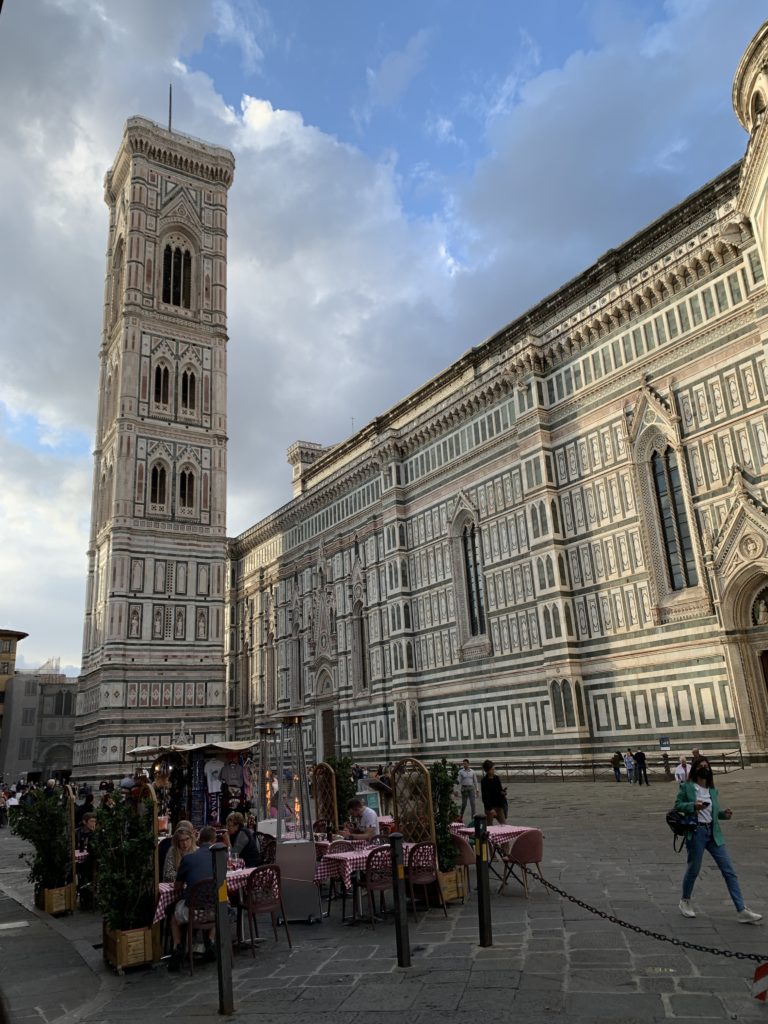
Robin, our stranded American ‚history-of-art-student afternoon tour-guide‘ confirms that the dome used to be gloomy and dirty and has only recently been cleaned. She tells us many other things which you would not notice yourself, like the wine-windows, or the rather everyday life depictions on the dome’s decoration, or then the stone carving which is supposed to be a graffiti by the master himself, Michelangelo. Food is gorgeous, too. I eat far too good and far too many ice-creams!
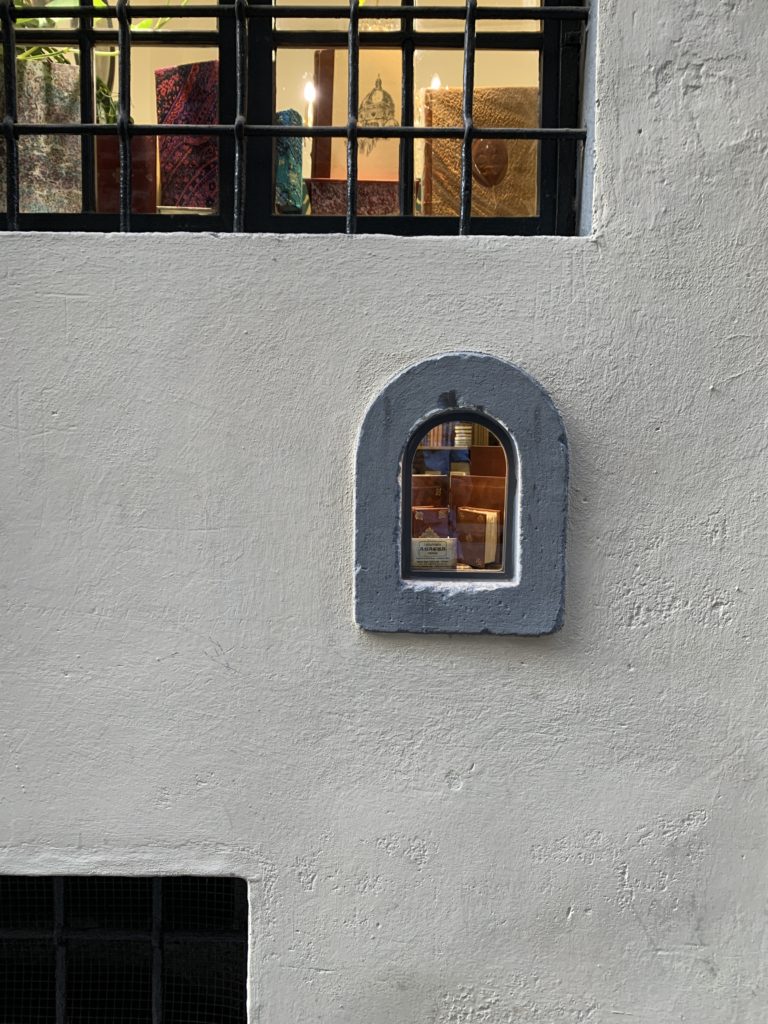
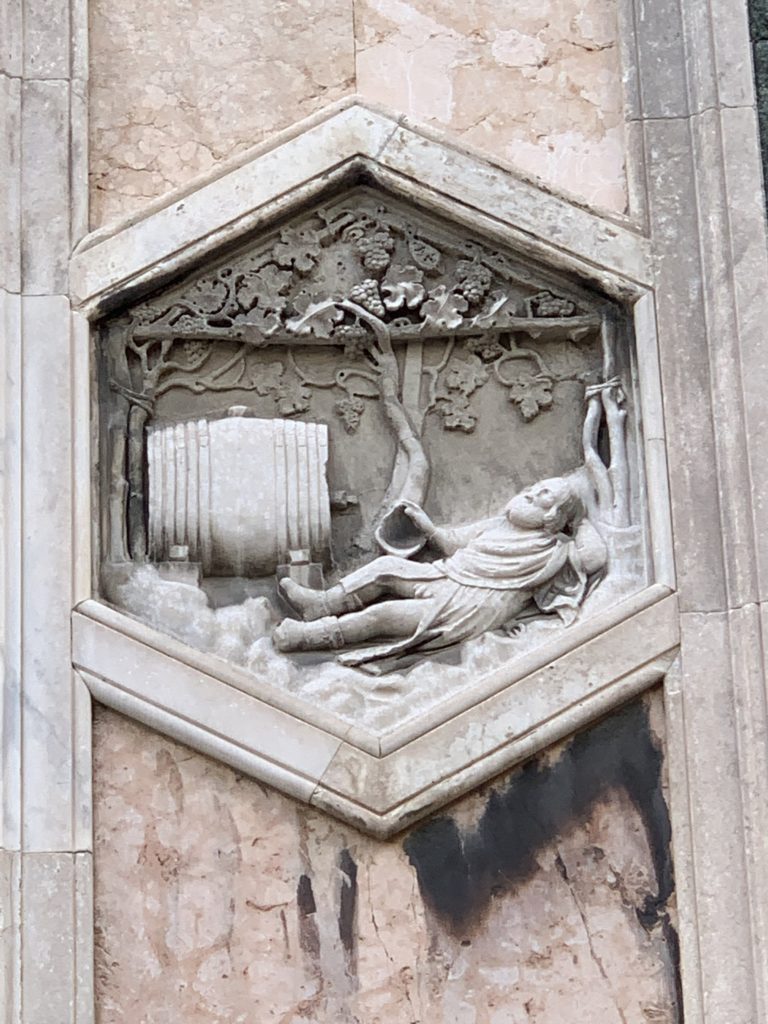
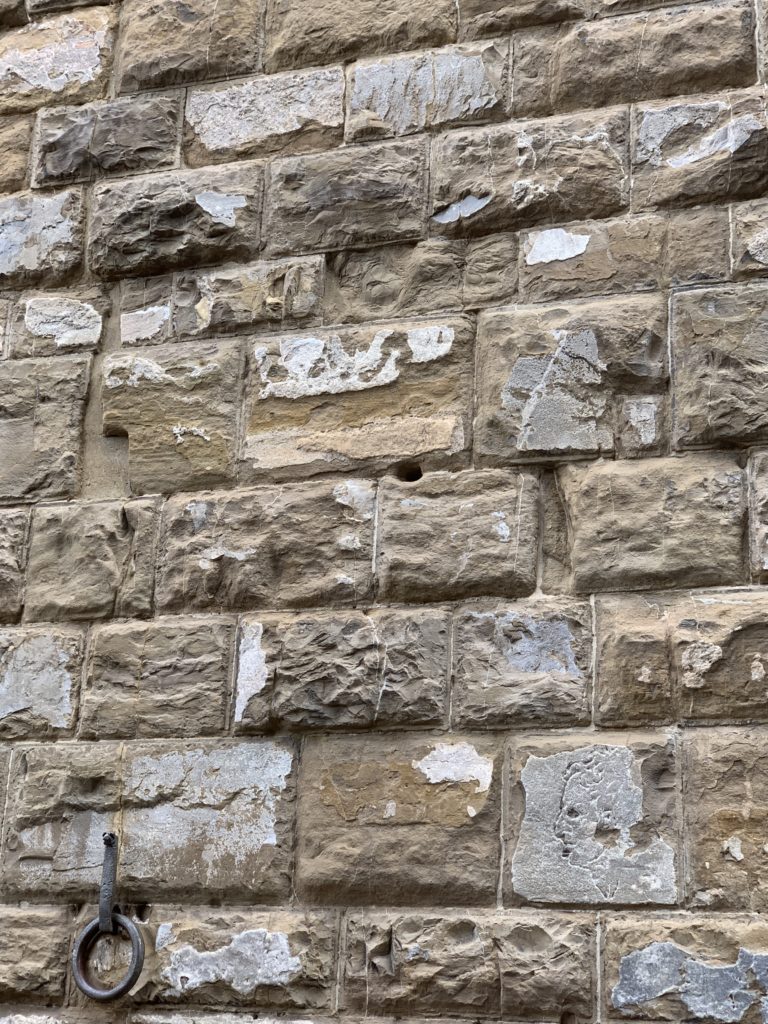
Florence is art in every sense of the word!
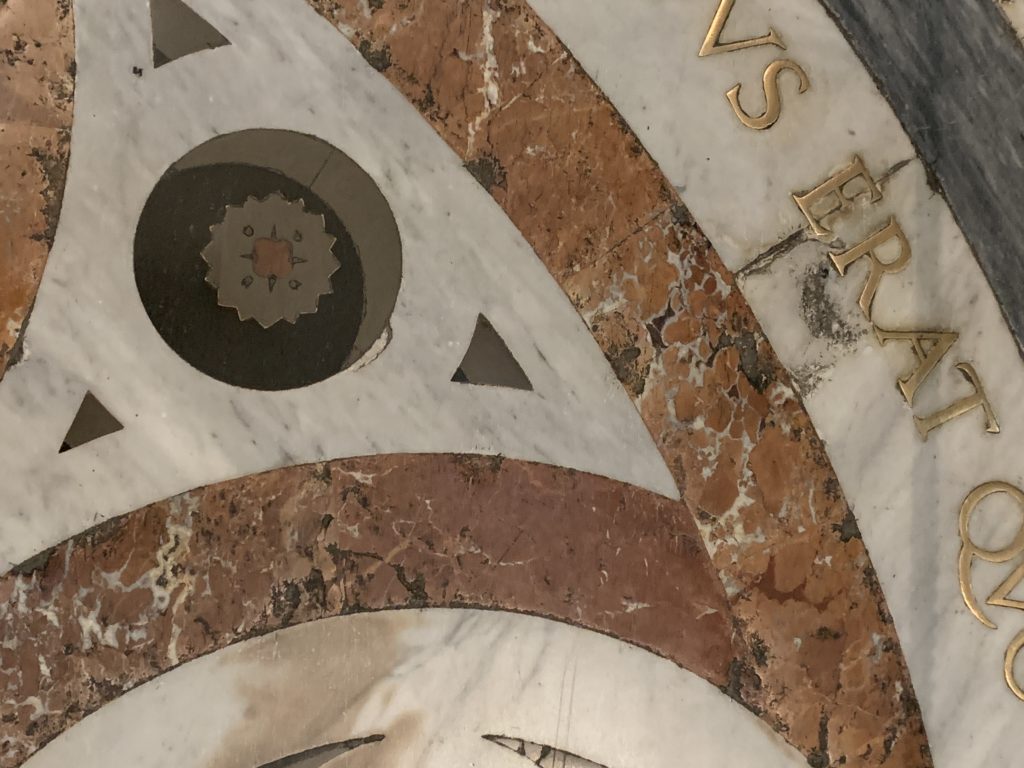

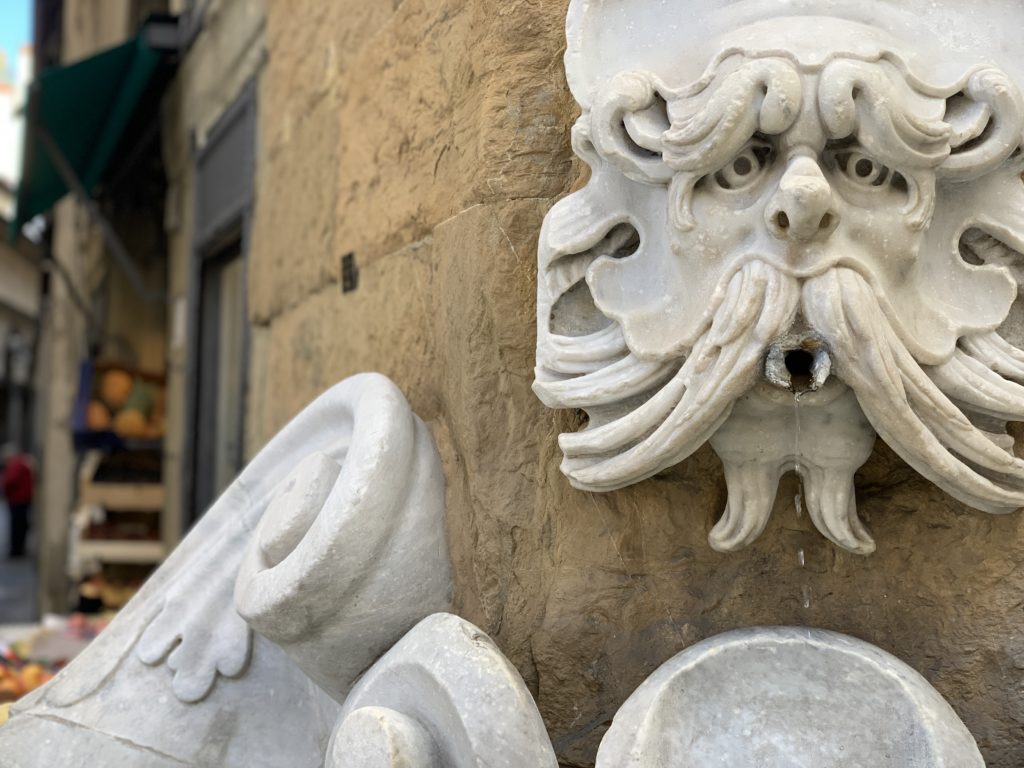

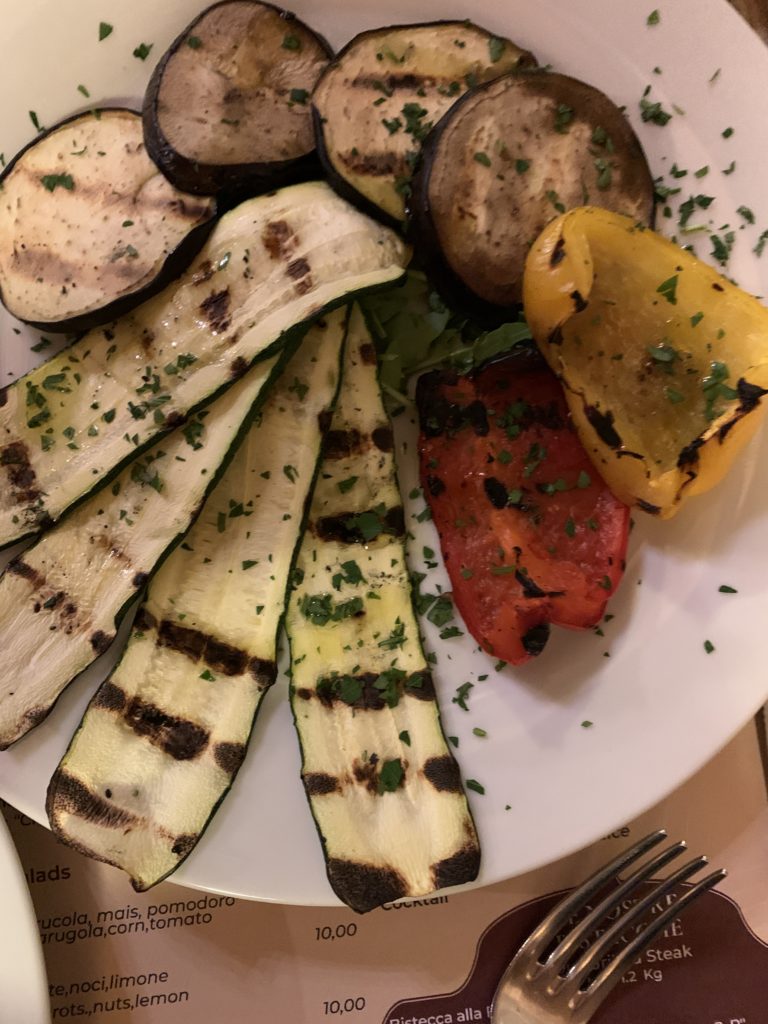
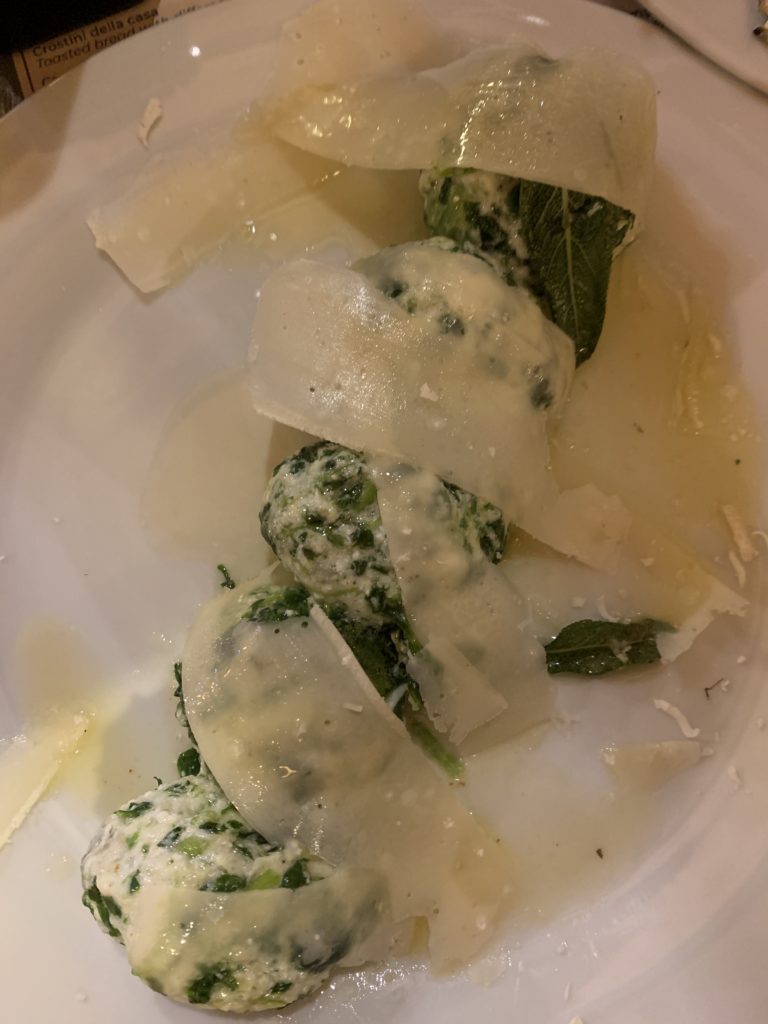
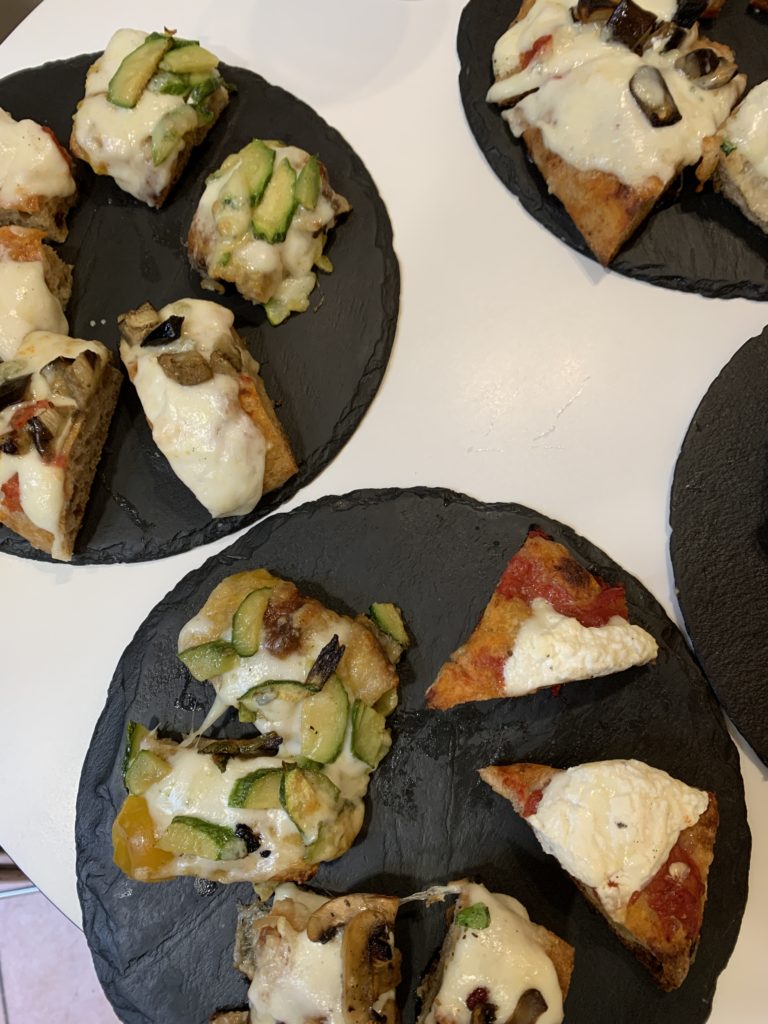
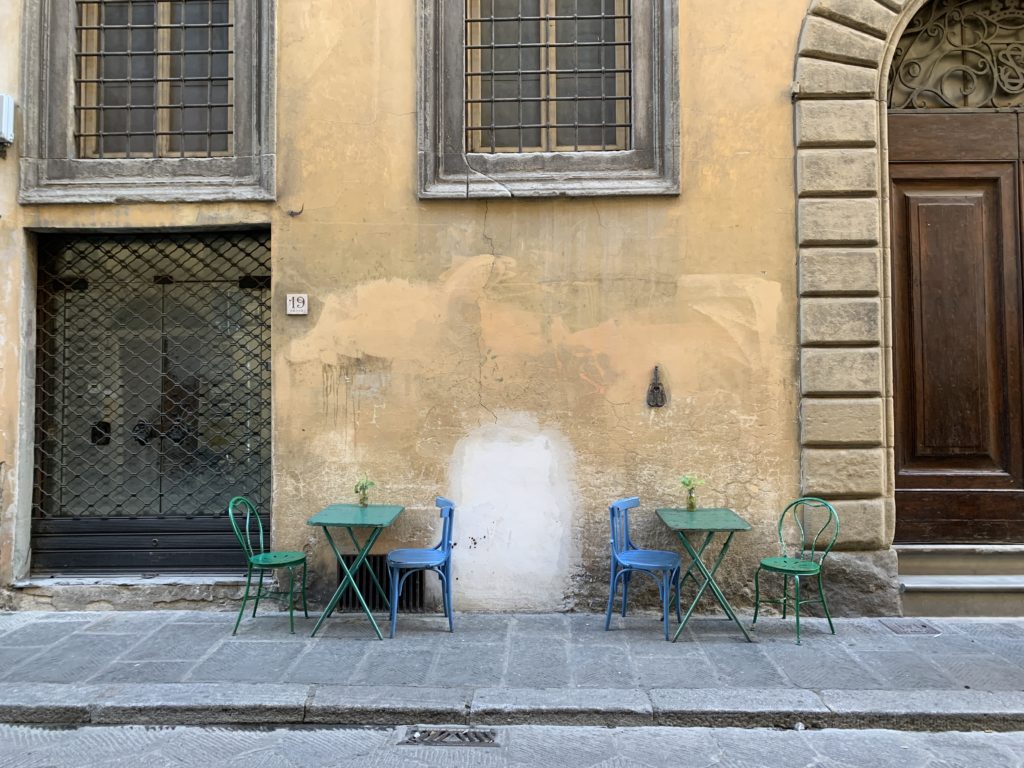
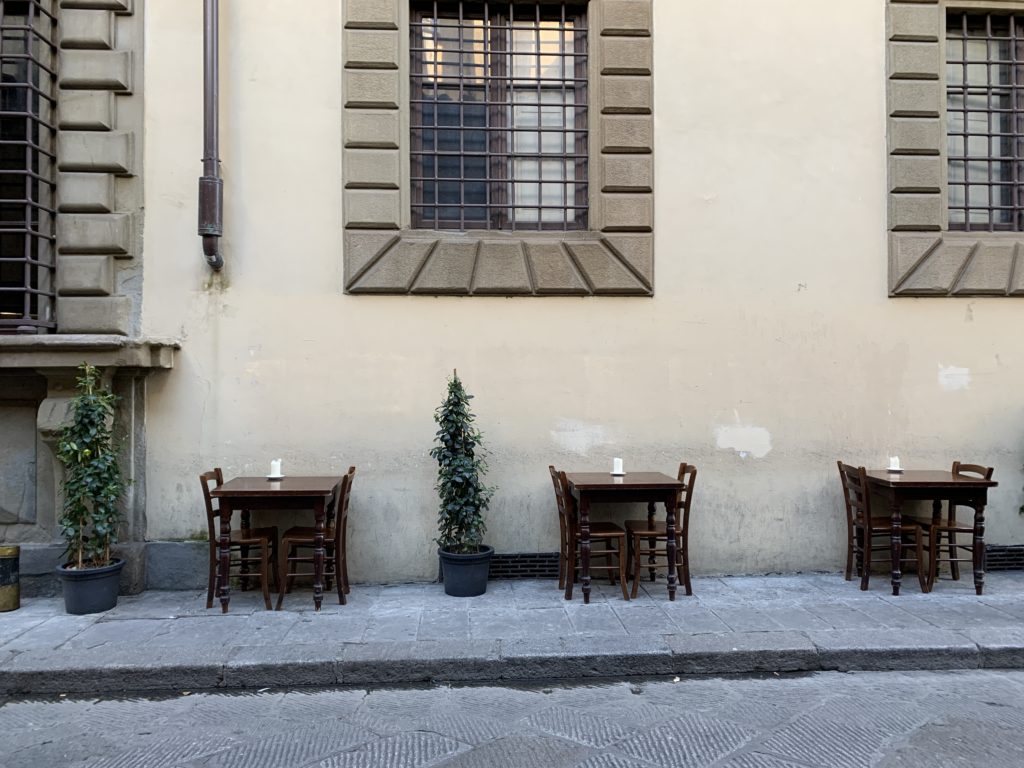
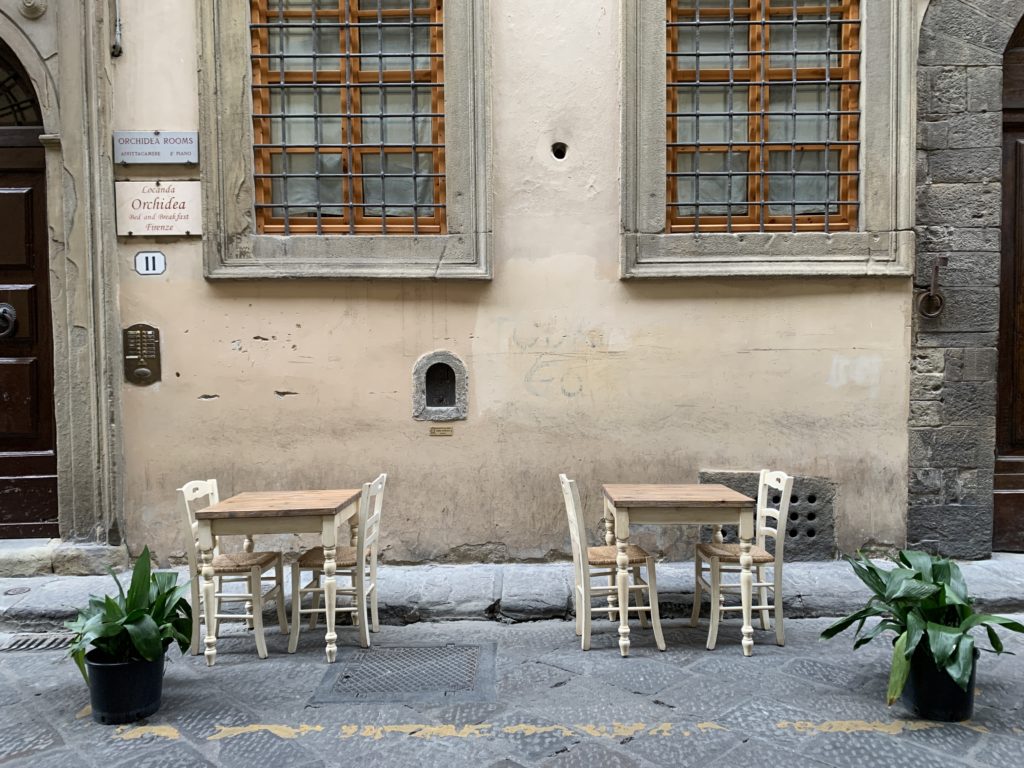
And there is CLET. Clet is a Frenchman, an artist, who came to Florence about 16 years ago and ever since then has „decorated“ the street signs with stickers. Of course, it is against the law, but as these stickers are truly innovative, creative and imaginative, authorities have cast a blind eye to it.
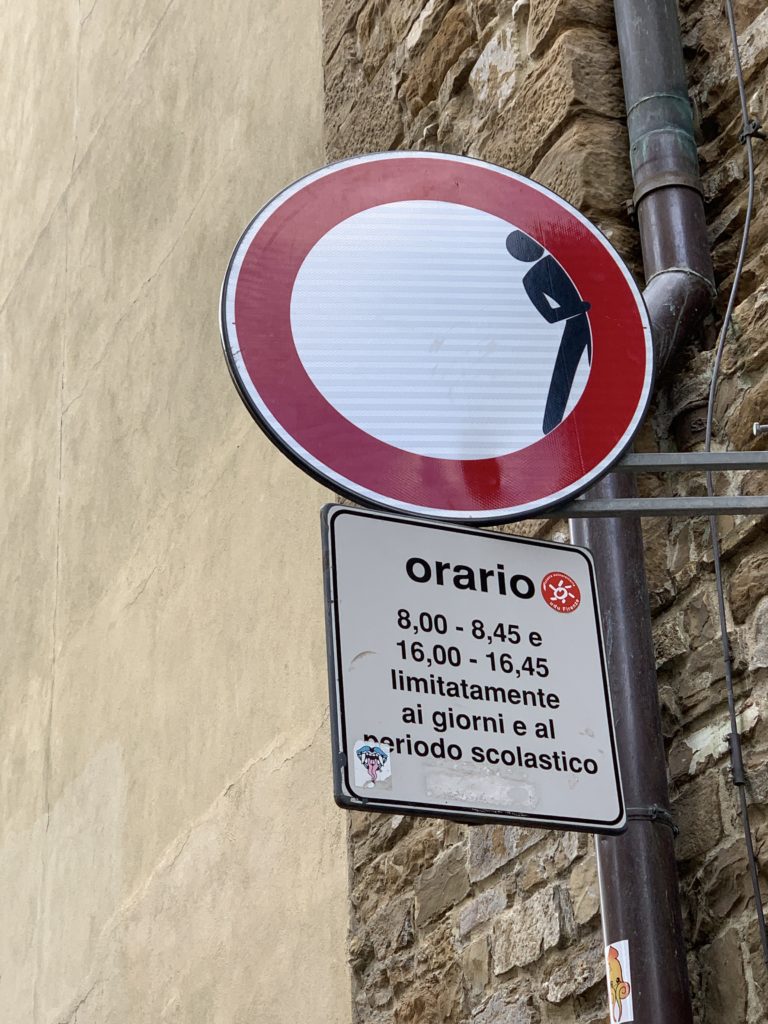
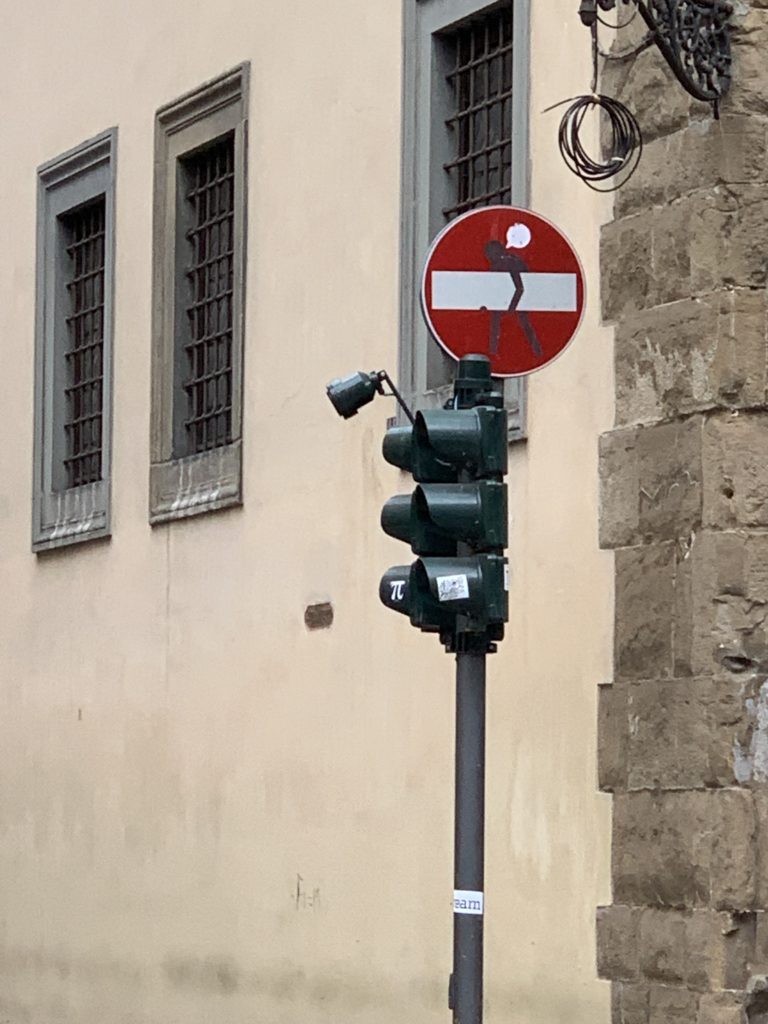
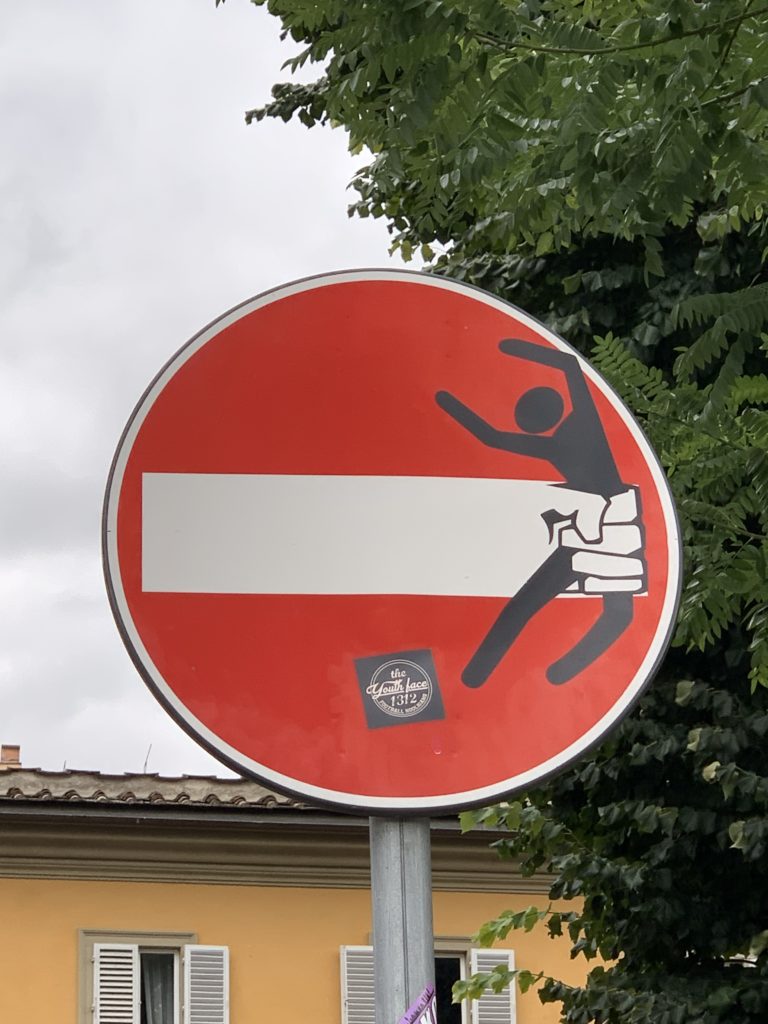
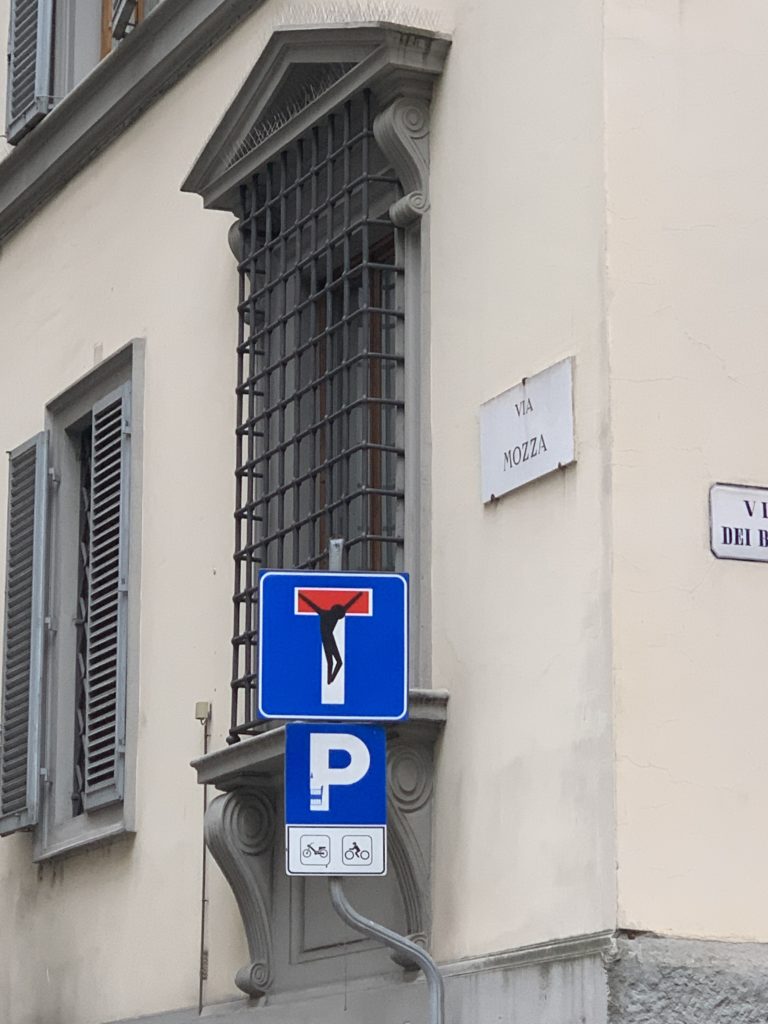
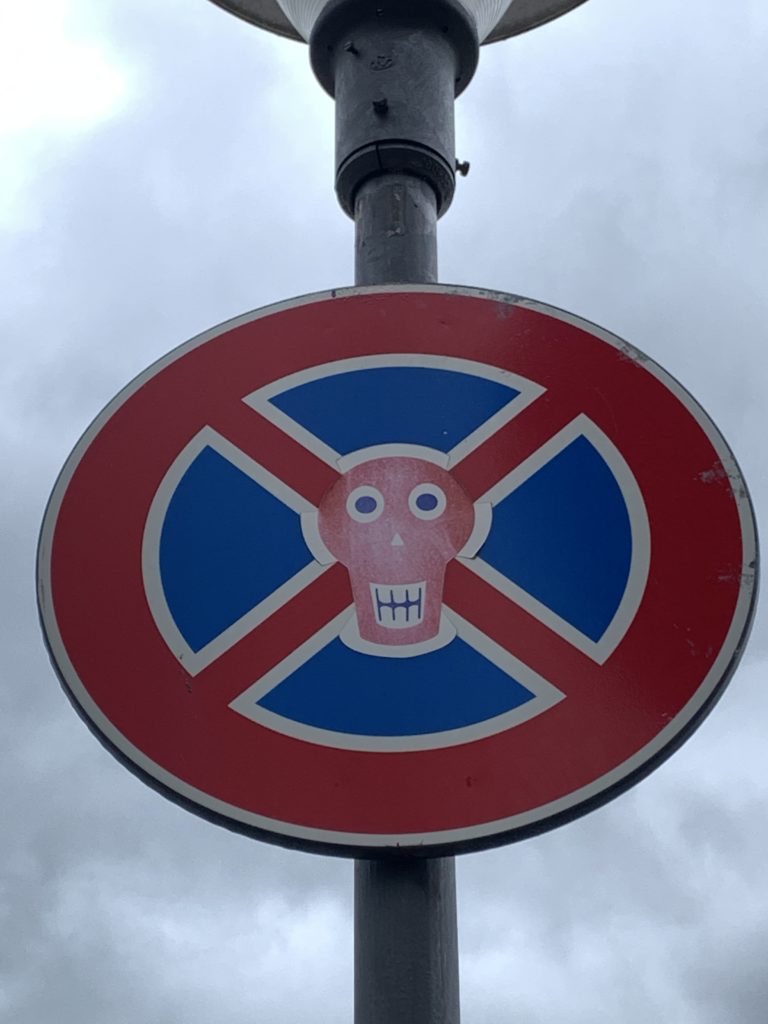

I’m kind of sorry to leave autumnally Florence on Friday afternoon to join my friend Ruth and my boys at the Tuscan campsite. My older arrives as well. He’s taken the coach from home – and had admitted that he was a bit nervous about the journey – ‚a new experience‘ he called it. It was kind of nice to hear that this sometimes too self-confident young man could still be bothered.

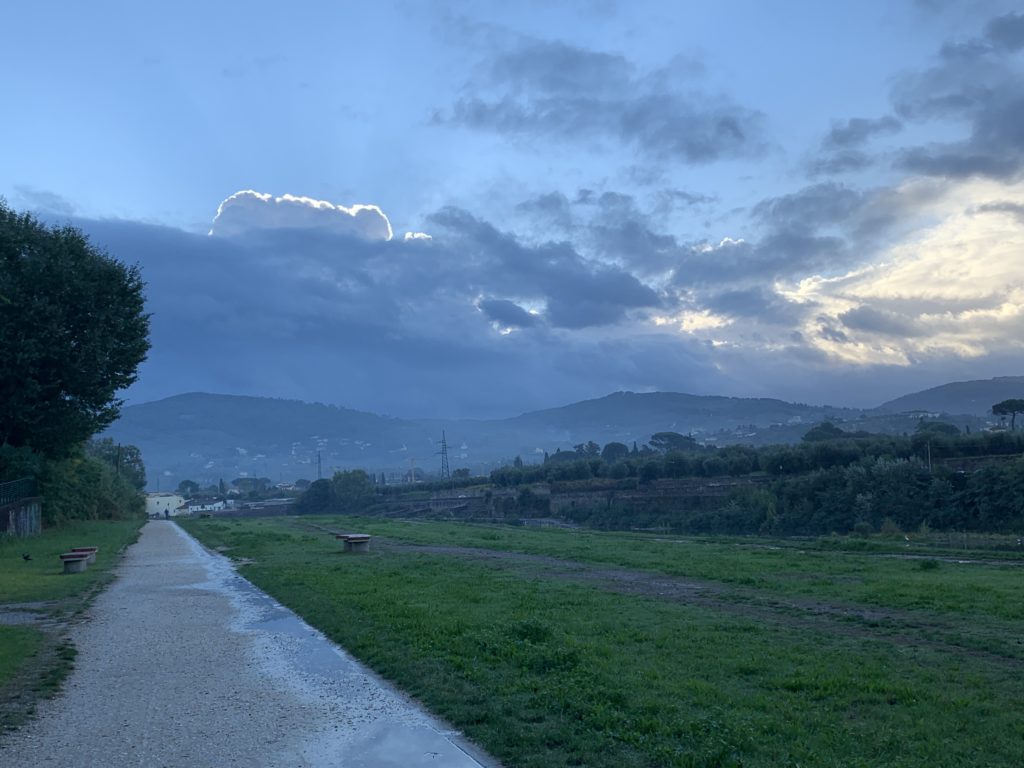
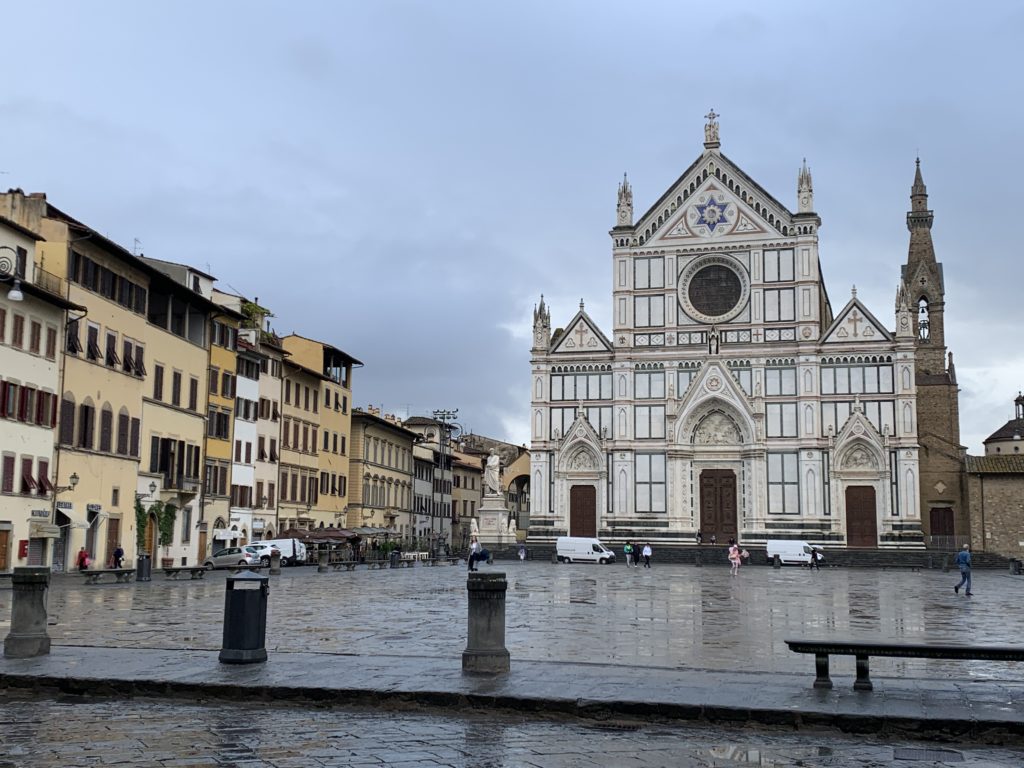
We are having a few good days at the seaside, gorgeous sunsets with views of Giglio, Montecristo, Elba and once we even spot the outlines of Corsica! Yet, I realise that I somehow have outgrown of this kind of holiday. I’ve tasted something else, peaceful placidity, abundance of possibilities, time, creativity, peace, serenity. This is different, this is ‚a holiday‘. On top the weather is sunny but cold, too cold for October. I hardly venture into the water, me, who had been swimming in the Atlantic just a fortnight ago! The nights are particularly cold – we sit there in front of our vans or at the bar, wrapped in down jackets and rugs, wearing woollen caps!! I turn on the heating in the van several times, as it is not cosy anymore. And even though I still love sleeping in my van, I start longing for home.
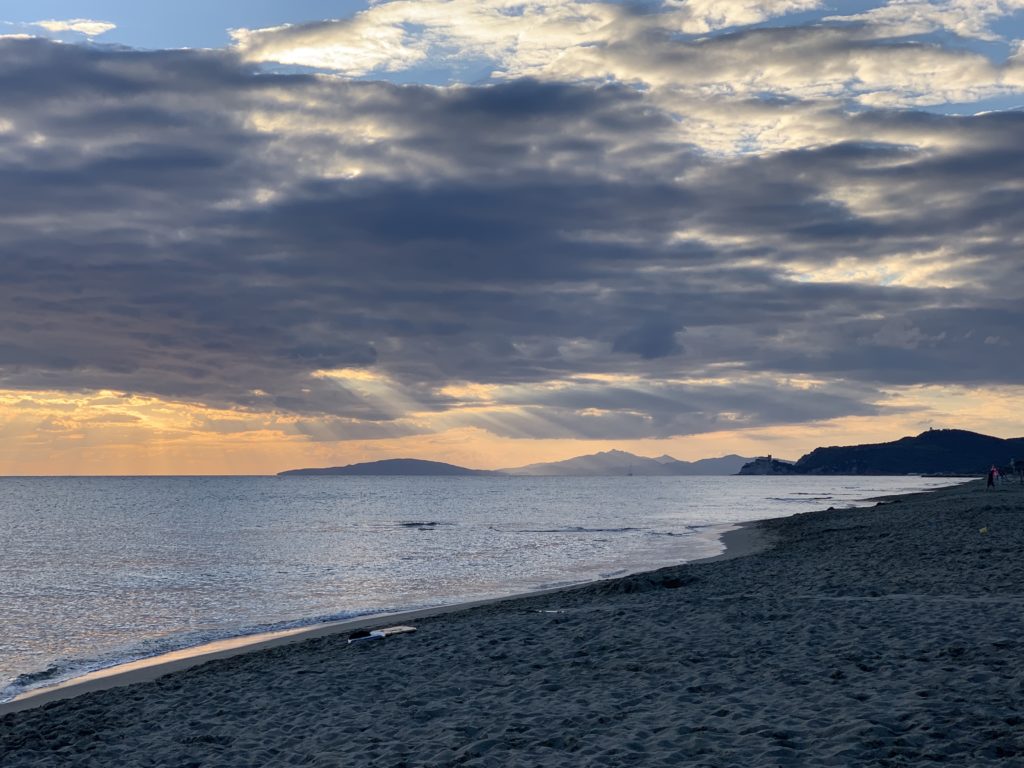
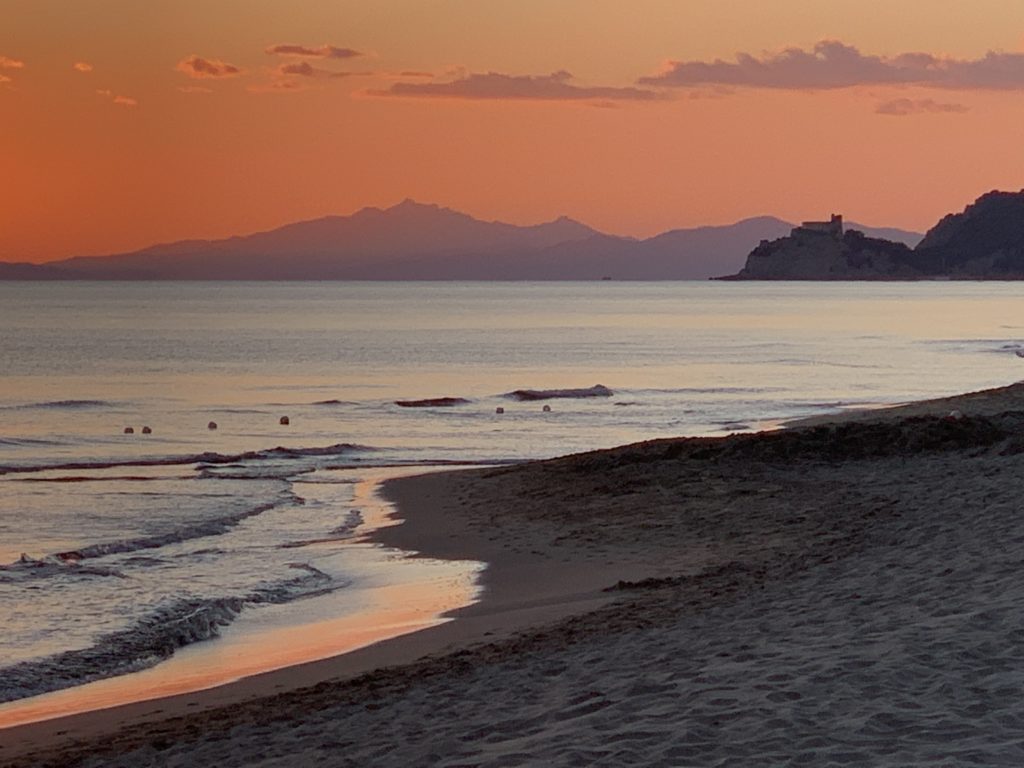
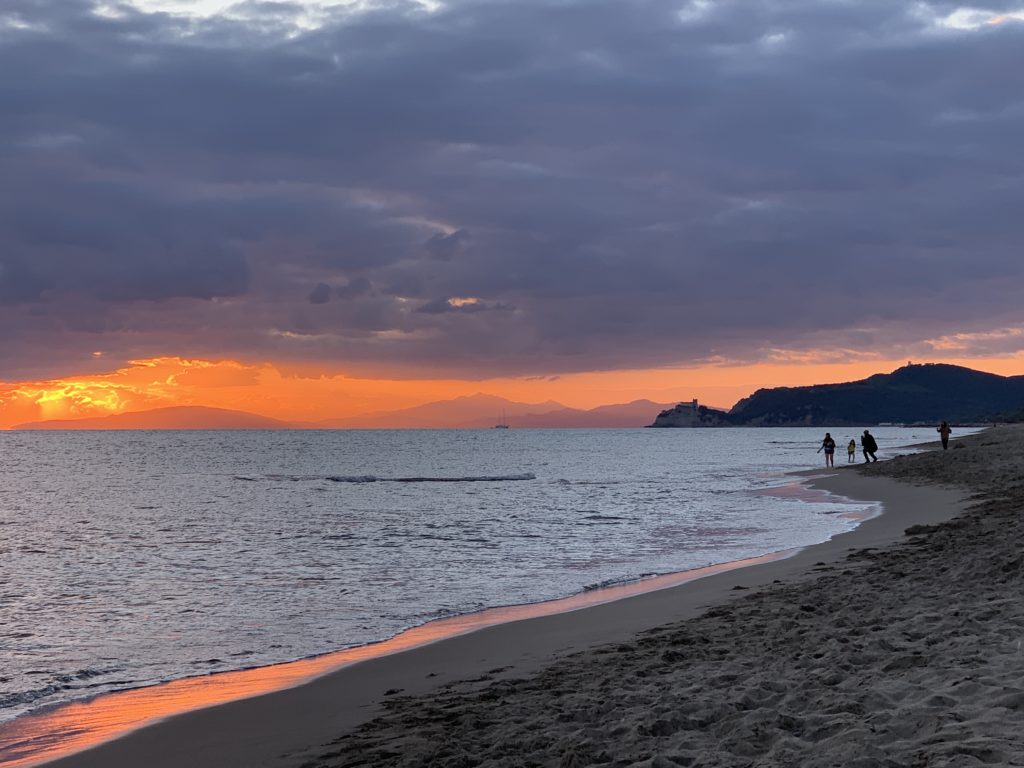
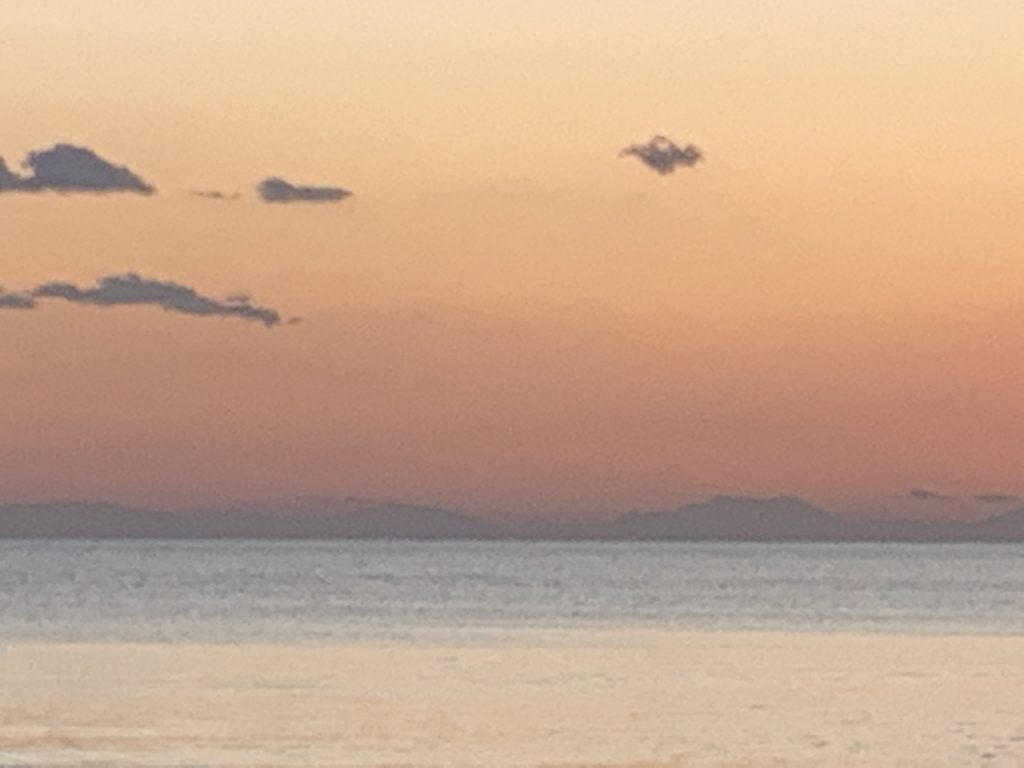
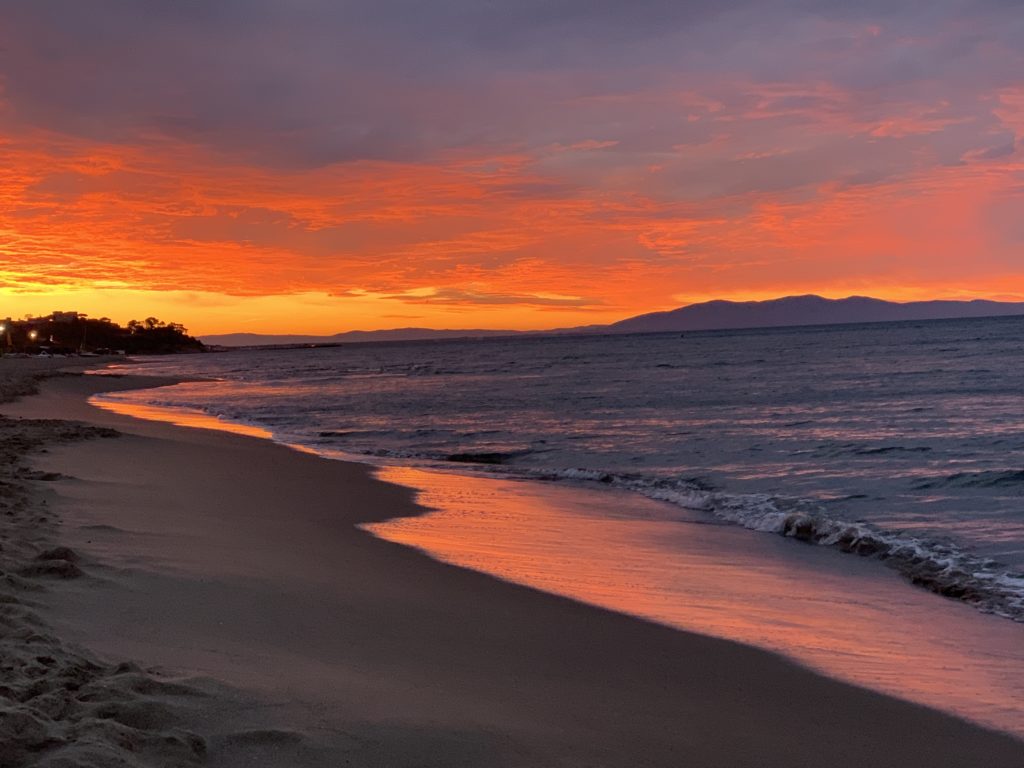
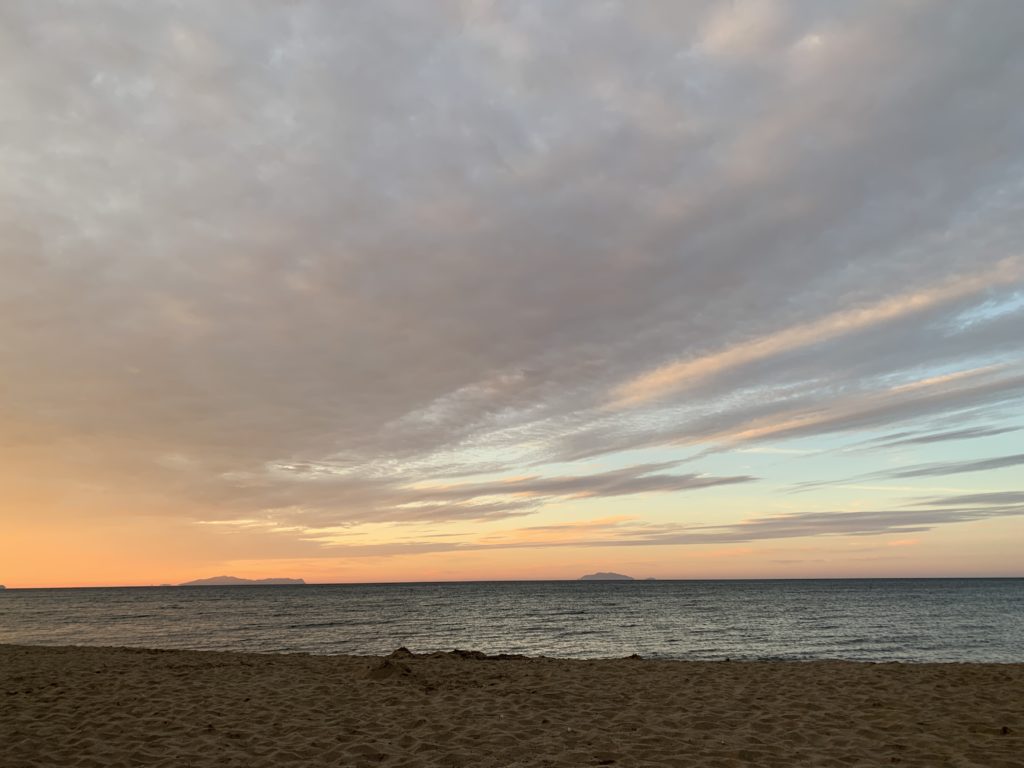

Marcel from school had called me when I was still in Florence – I need to step in for a colleague who’s on sick leave. There I am, sitting in my camper preparing lessons! It’s a special, a nice experience. Homeoffice in my camper van. I take on the challenge and try out some of the new programs I’ve just learnt in my workshop in Florence.
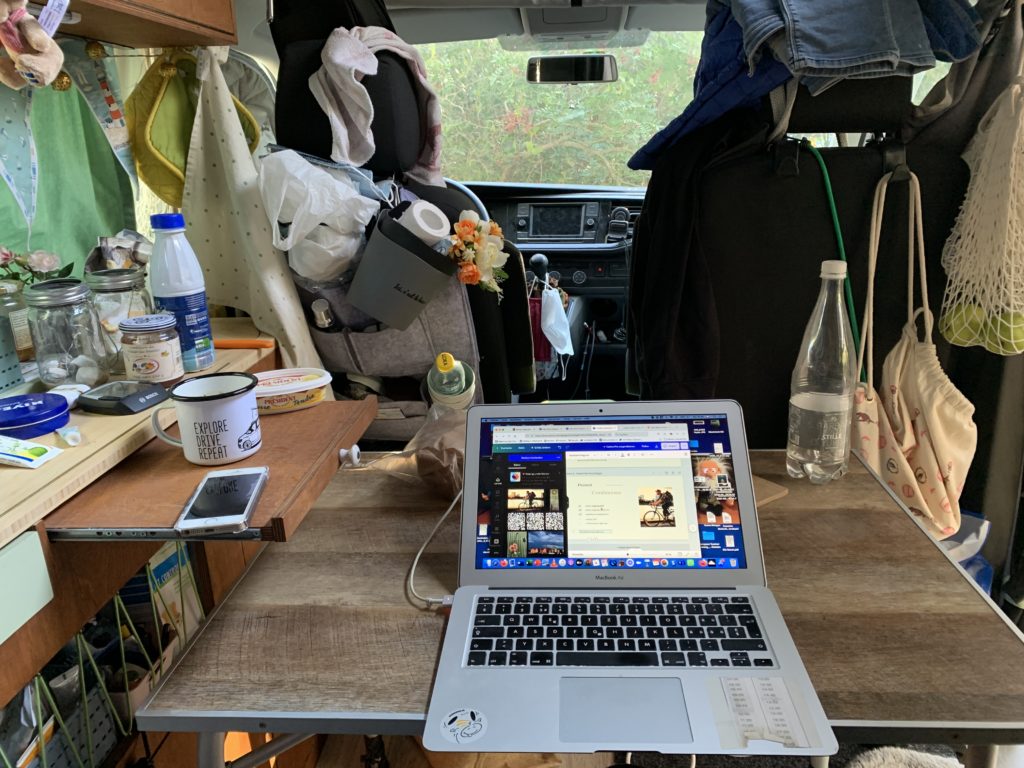

This year we have not seen any boars!
We were laughing on end last year after the boars had actually helped themselves to Ruth’s Prama ham and Tortelloni from her fridge, making so much noise that the neighbours woke up and wondered why the lady next door would pack up in the middle of the night – Ruth was fast asleep and didn’t notice a thing.
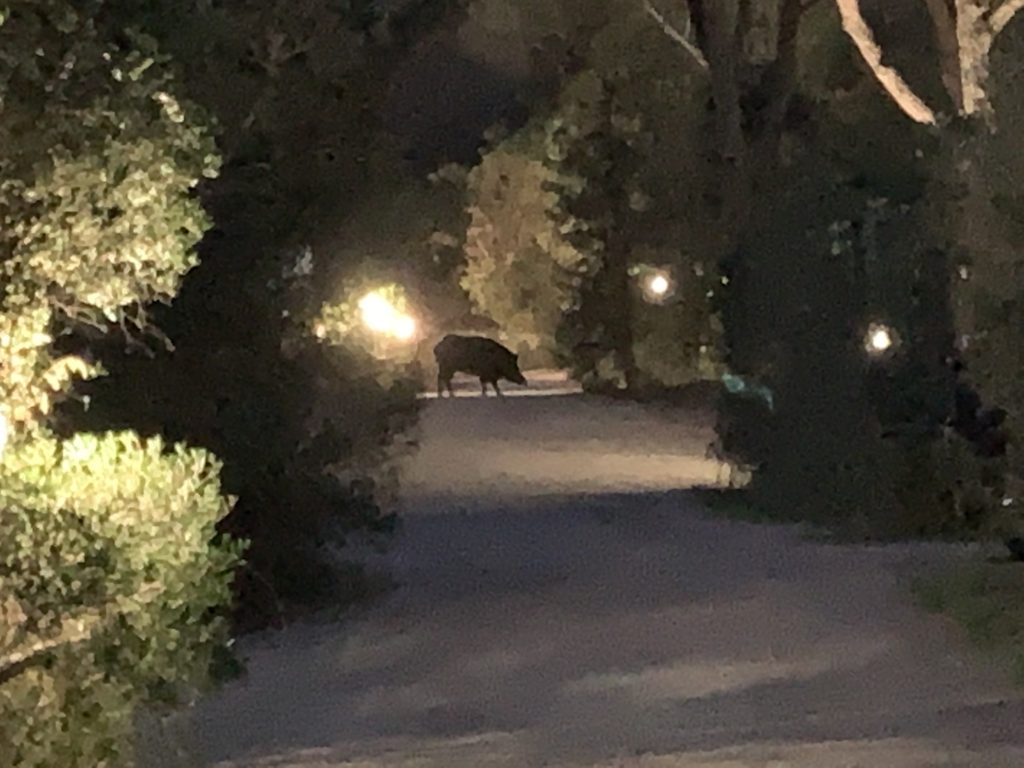

„We eat all you leave outside!“ – Yes, even from a fridge! And don’t be surprised if your fridge falls apart thenafter!
We get back home safely and without too much delay!
